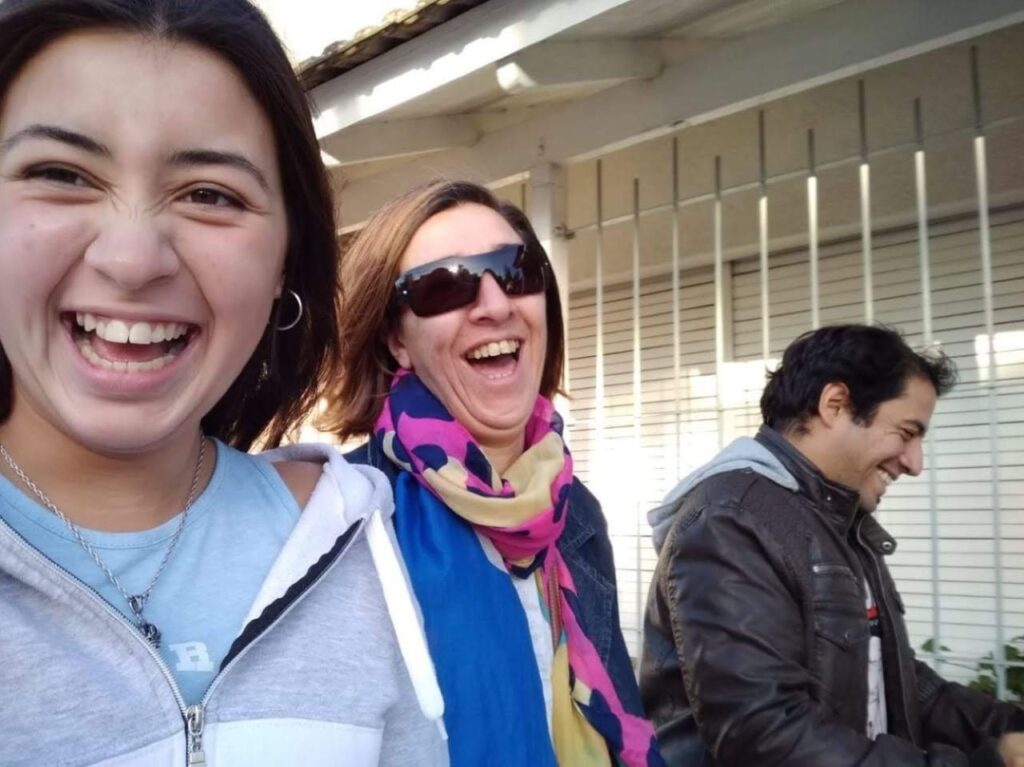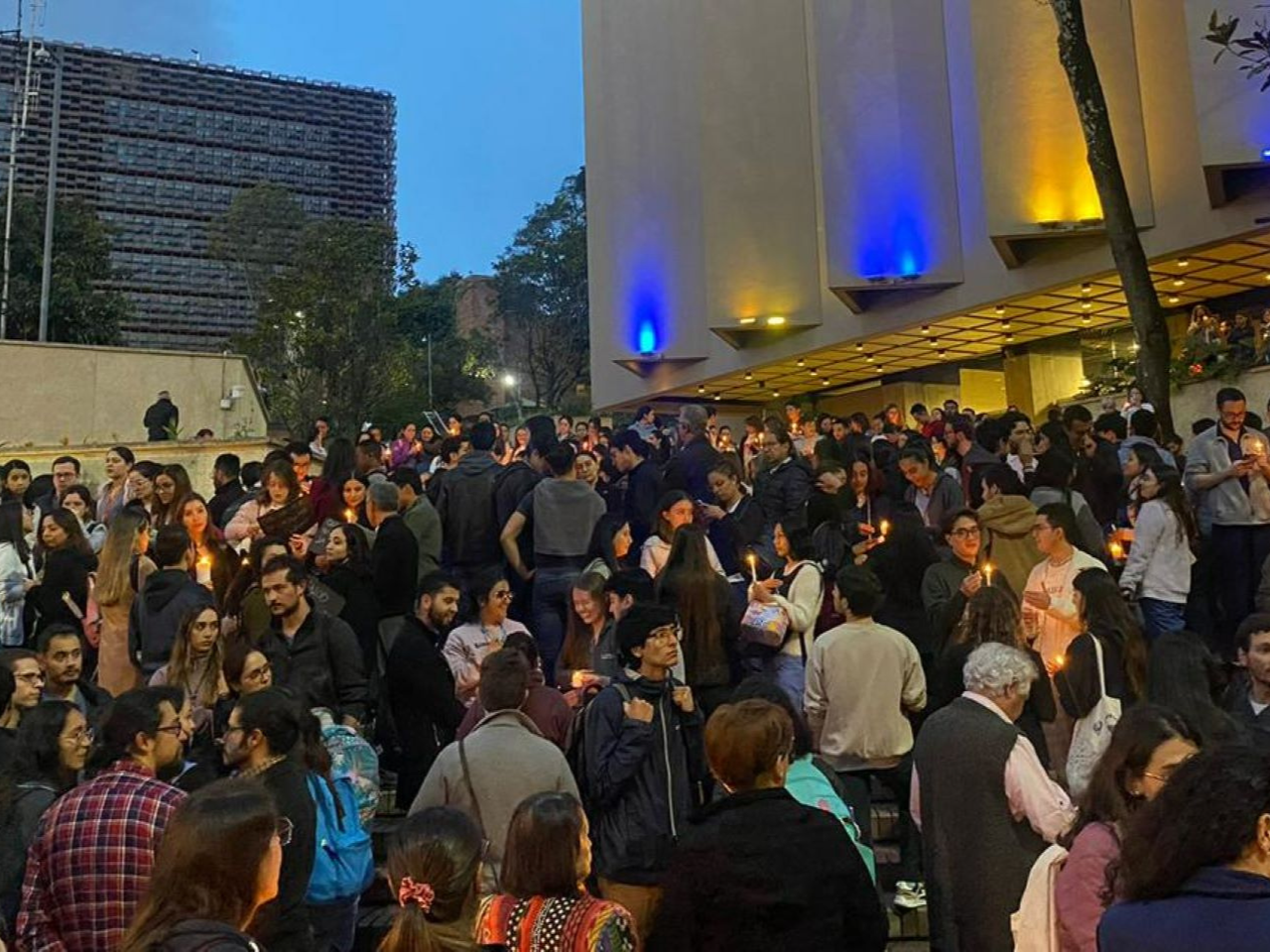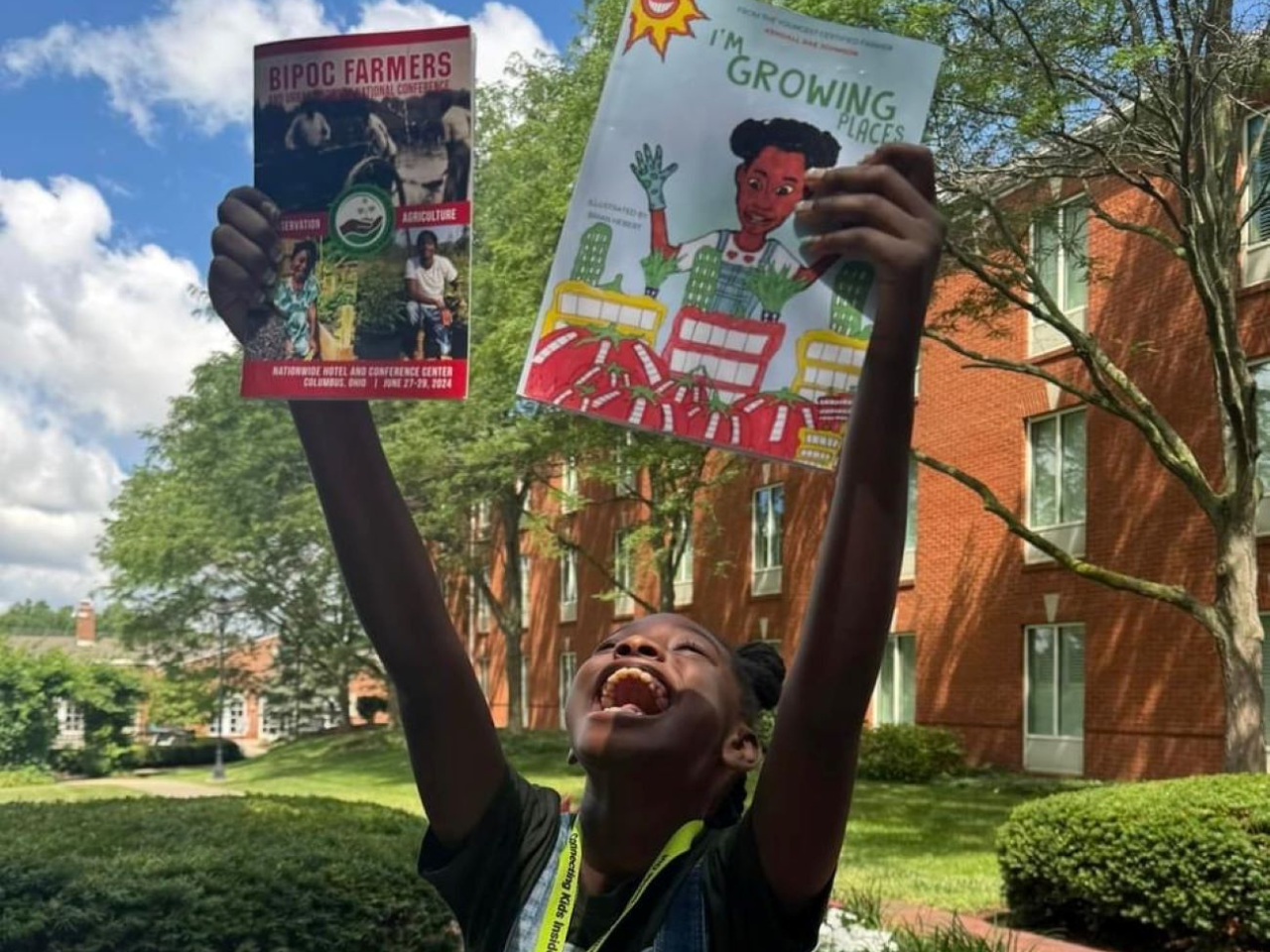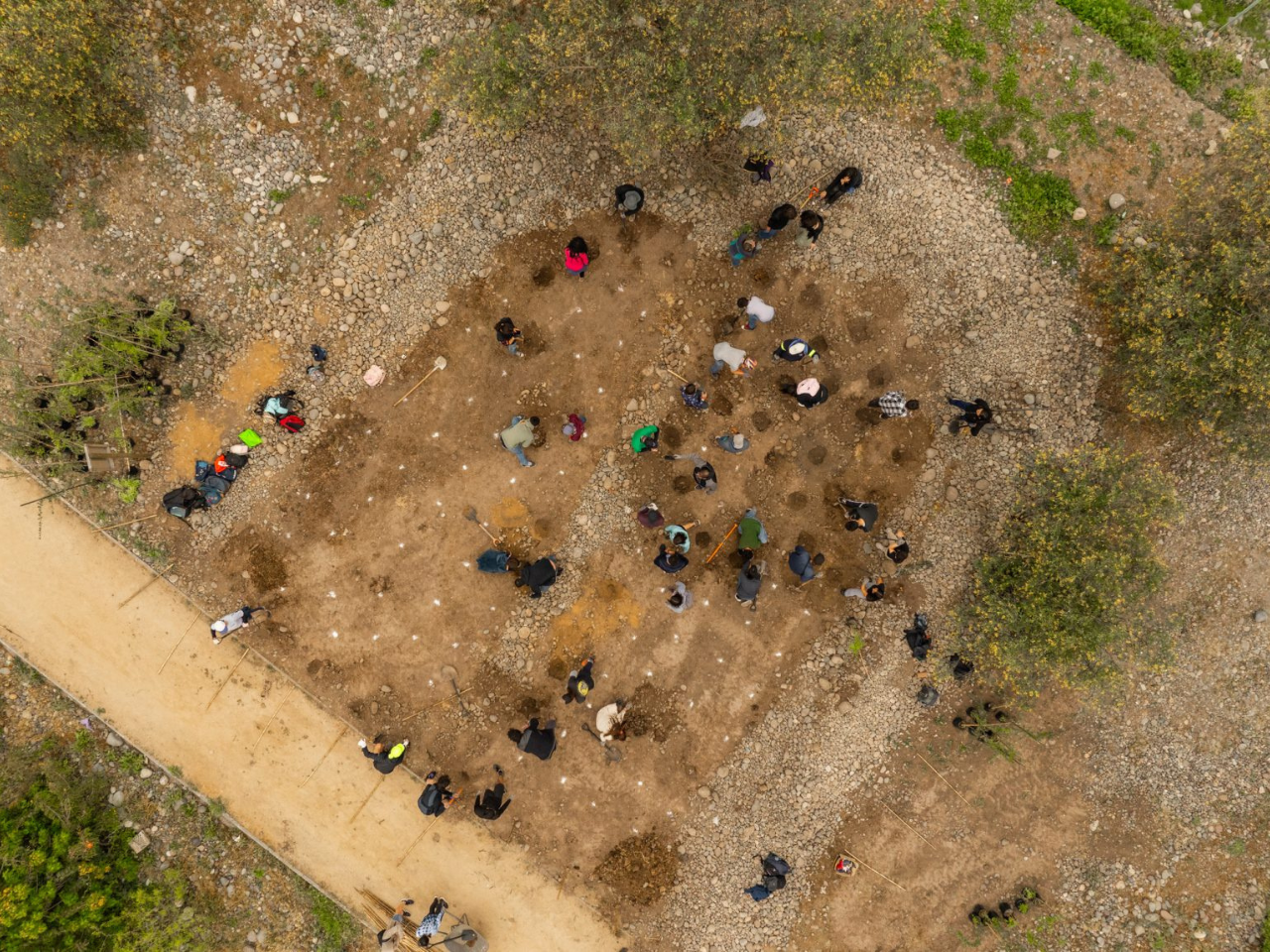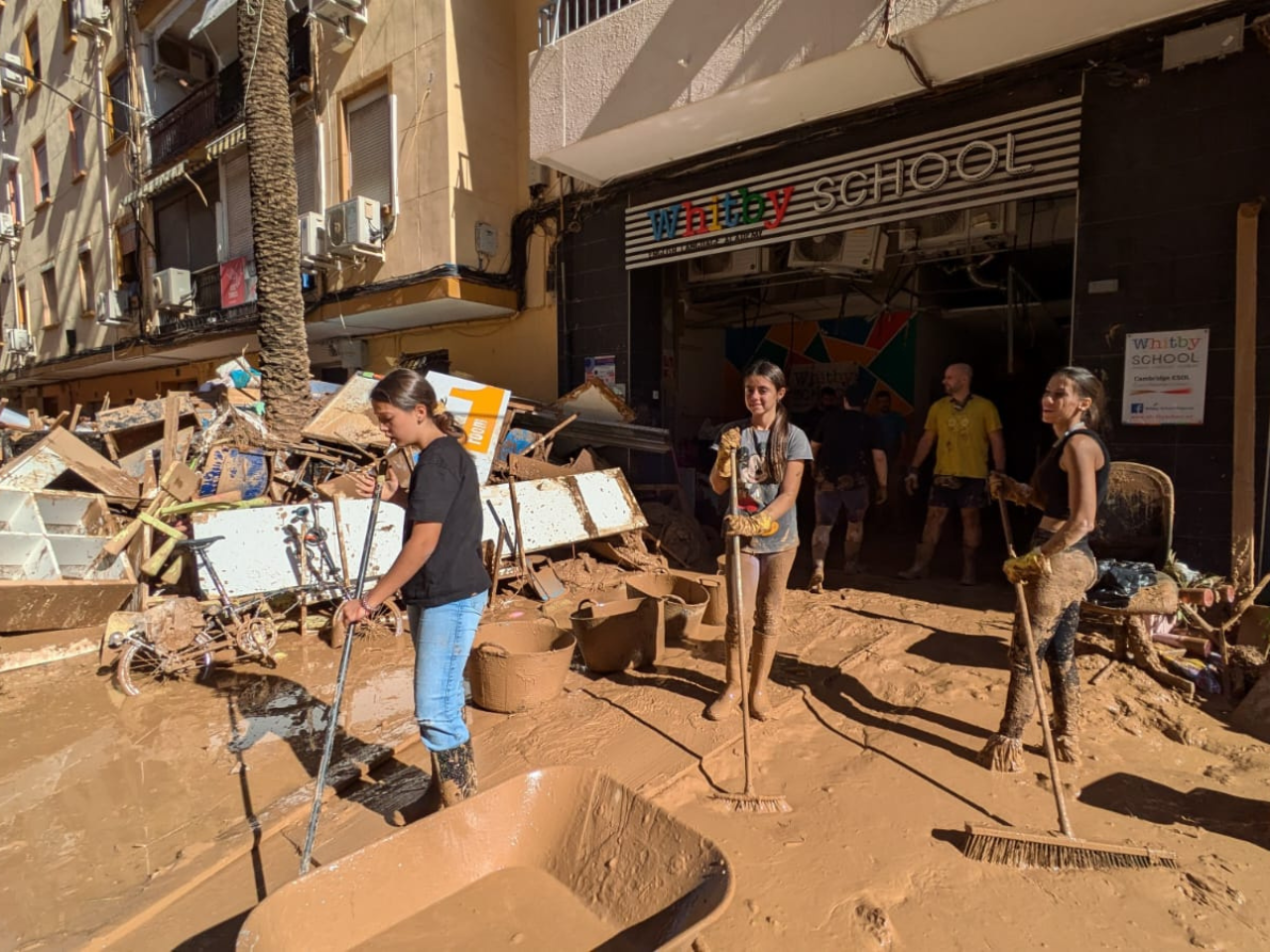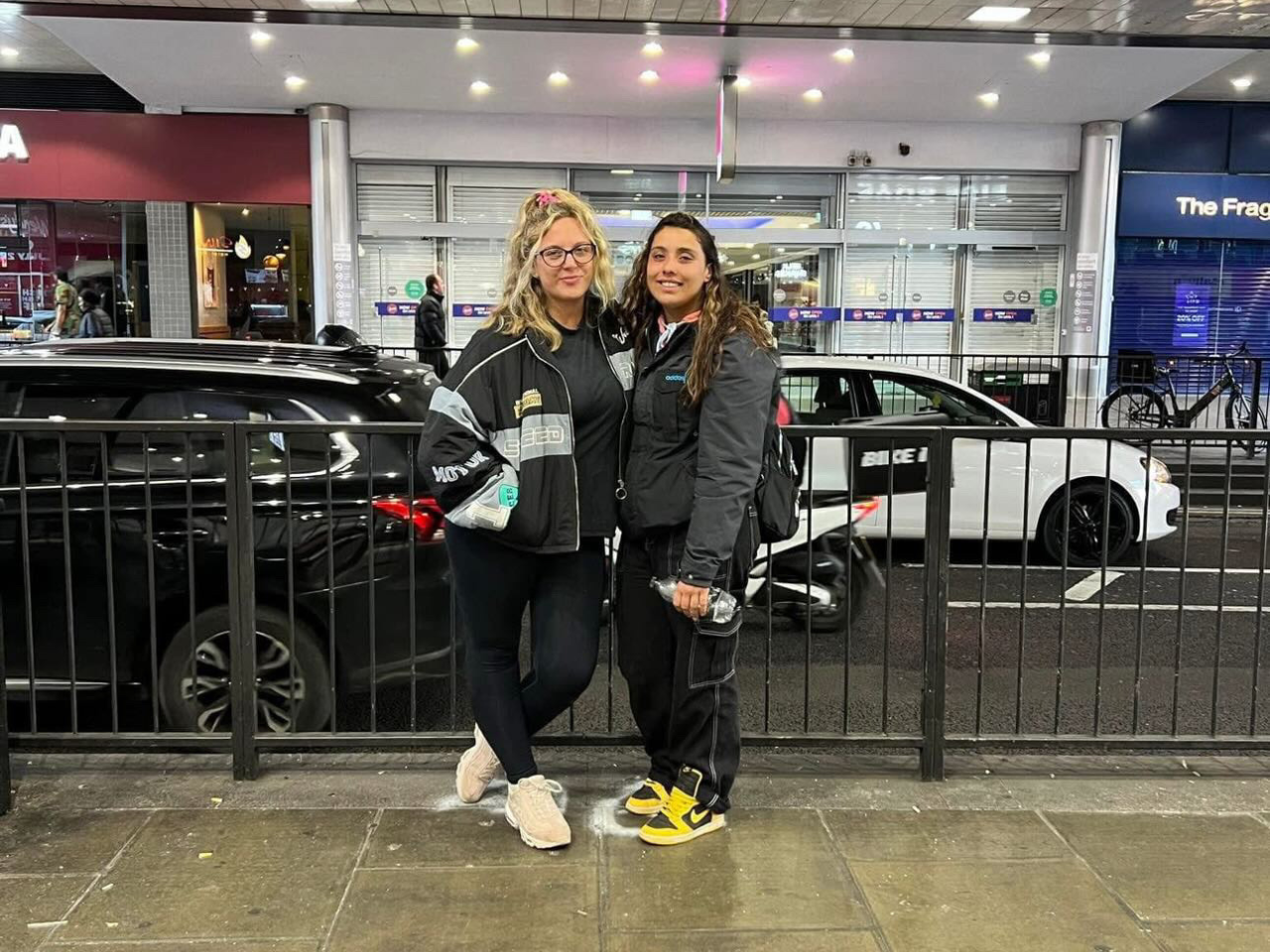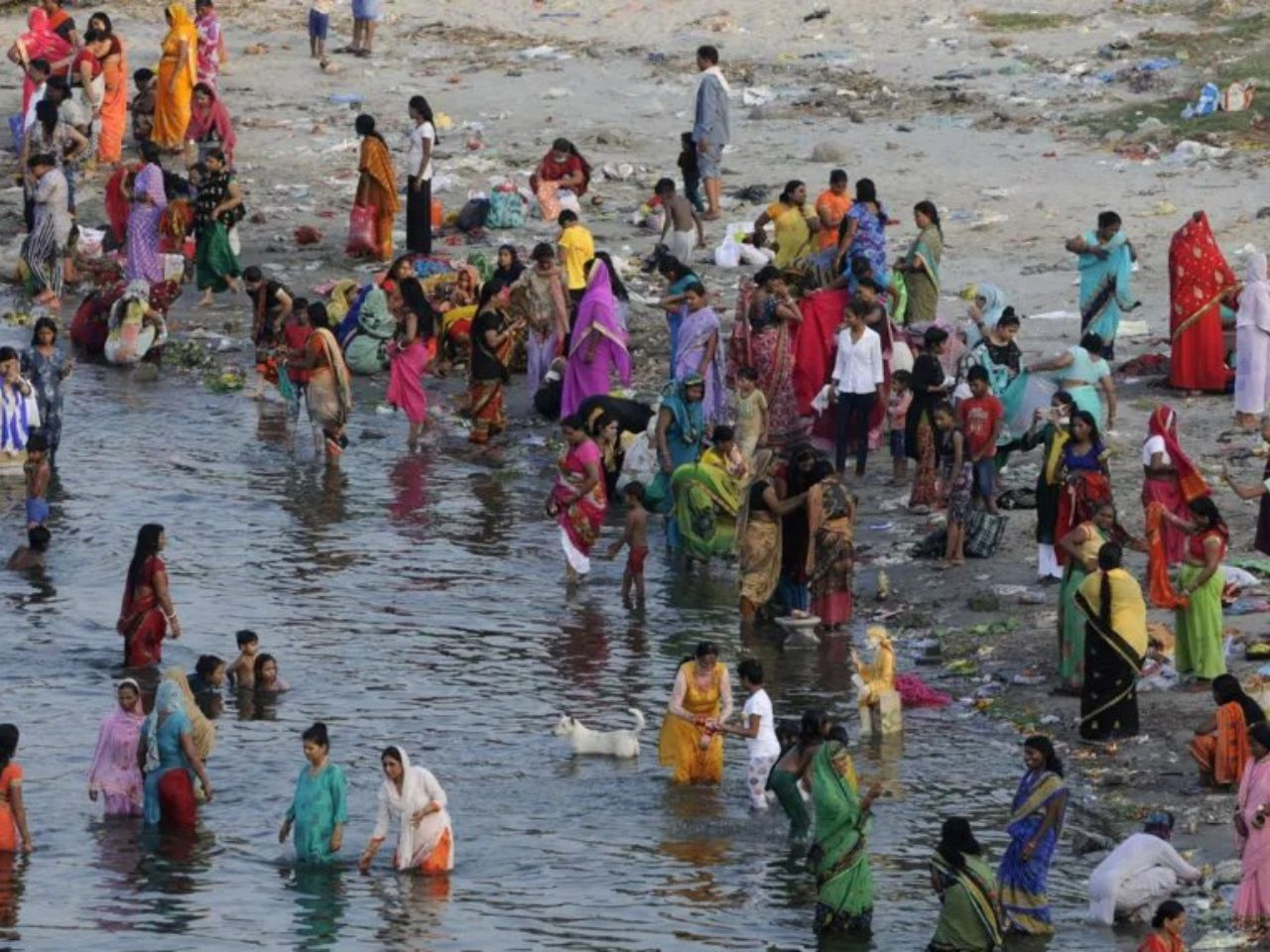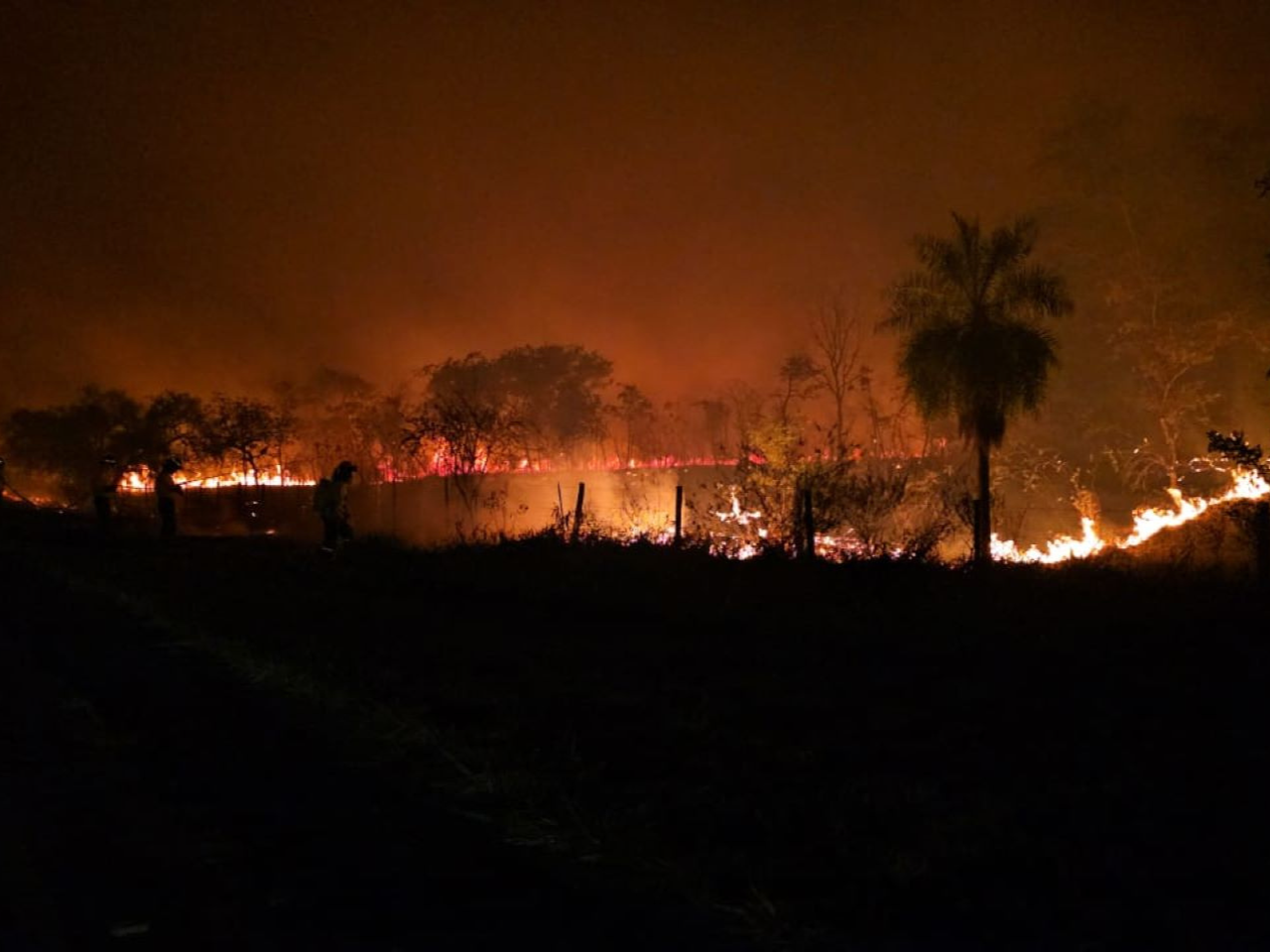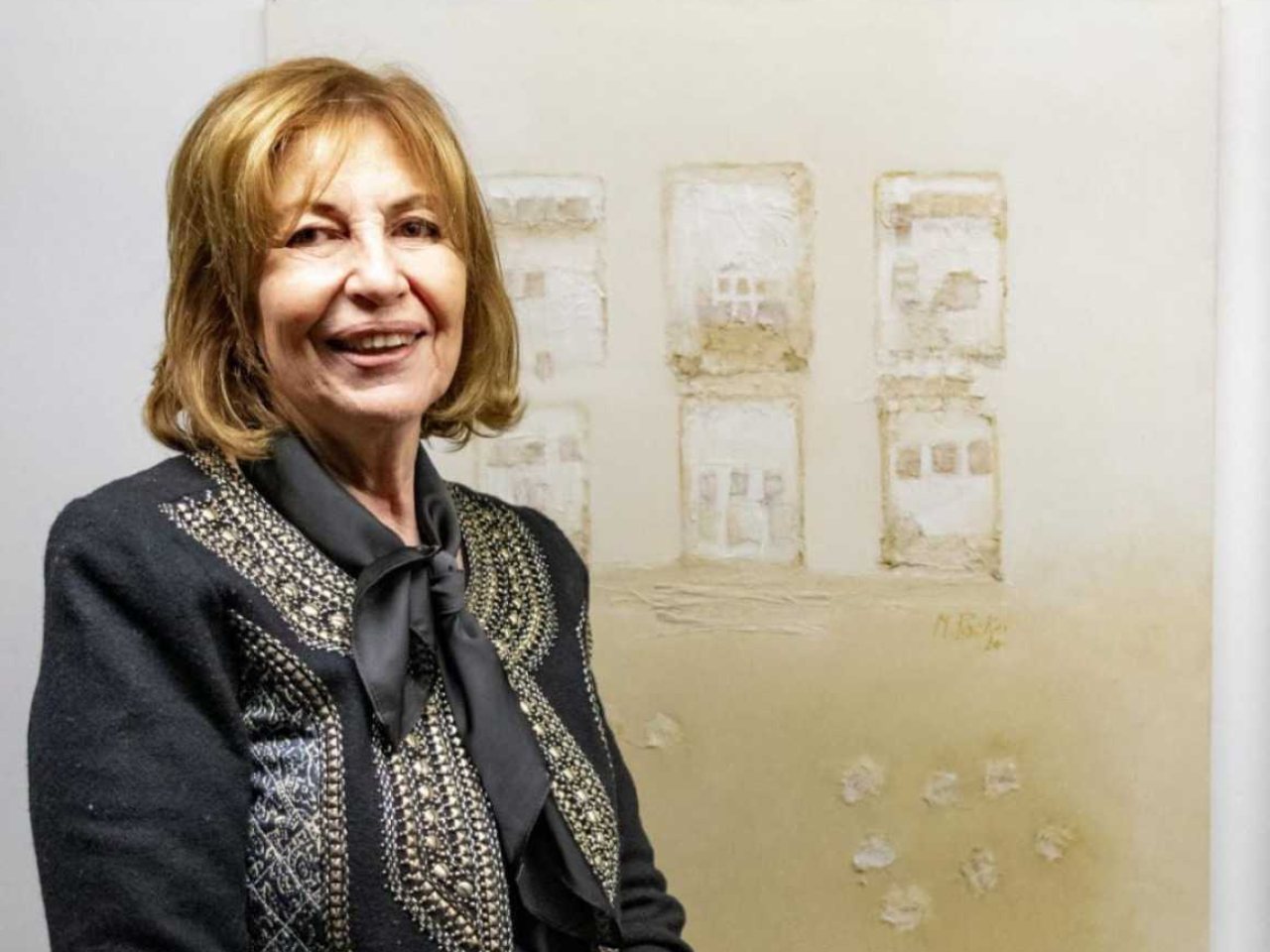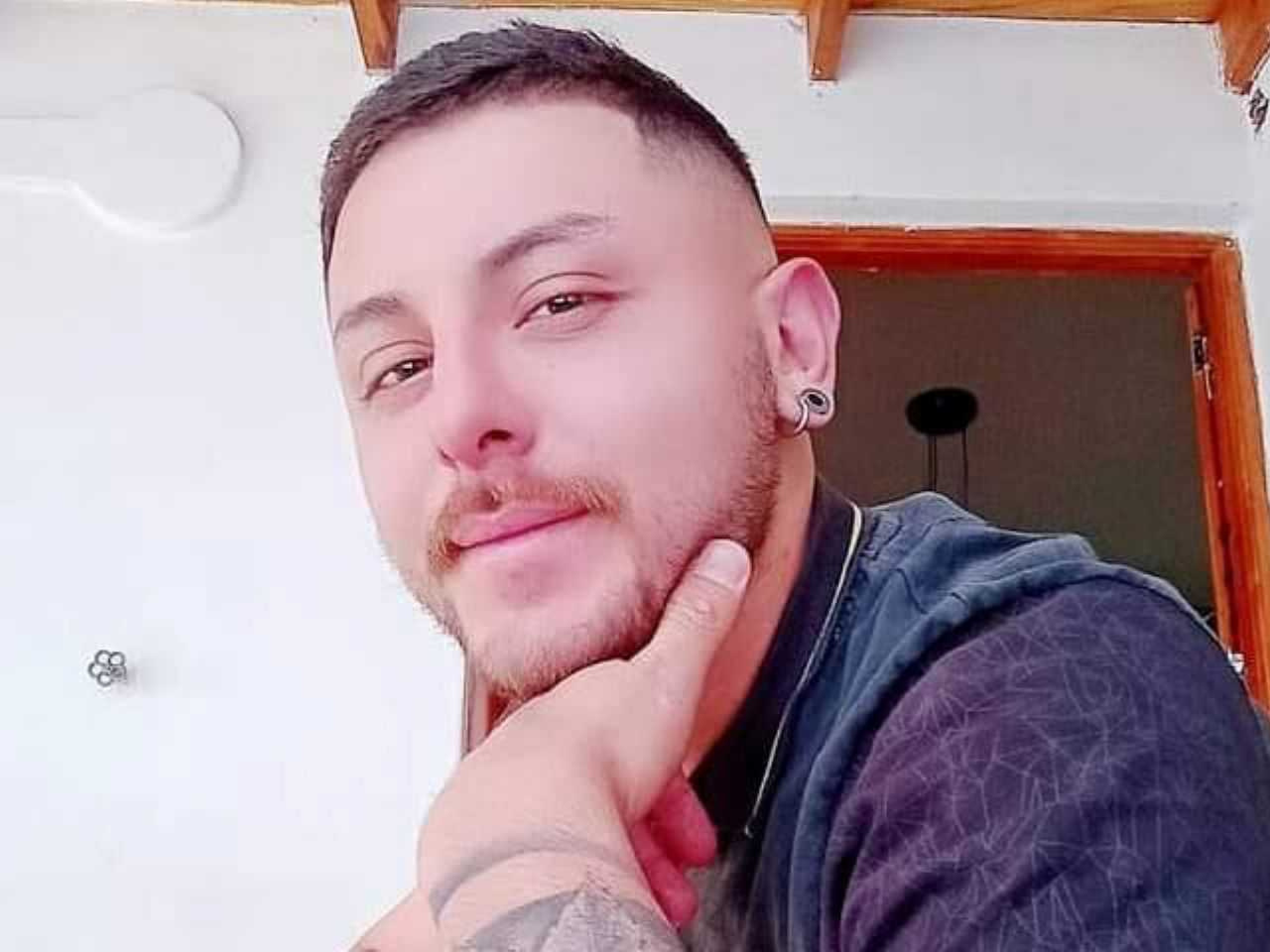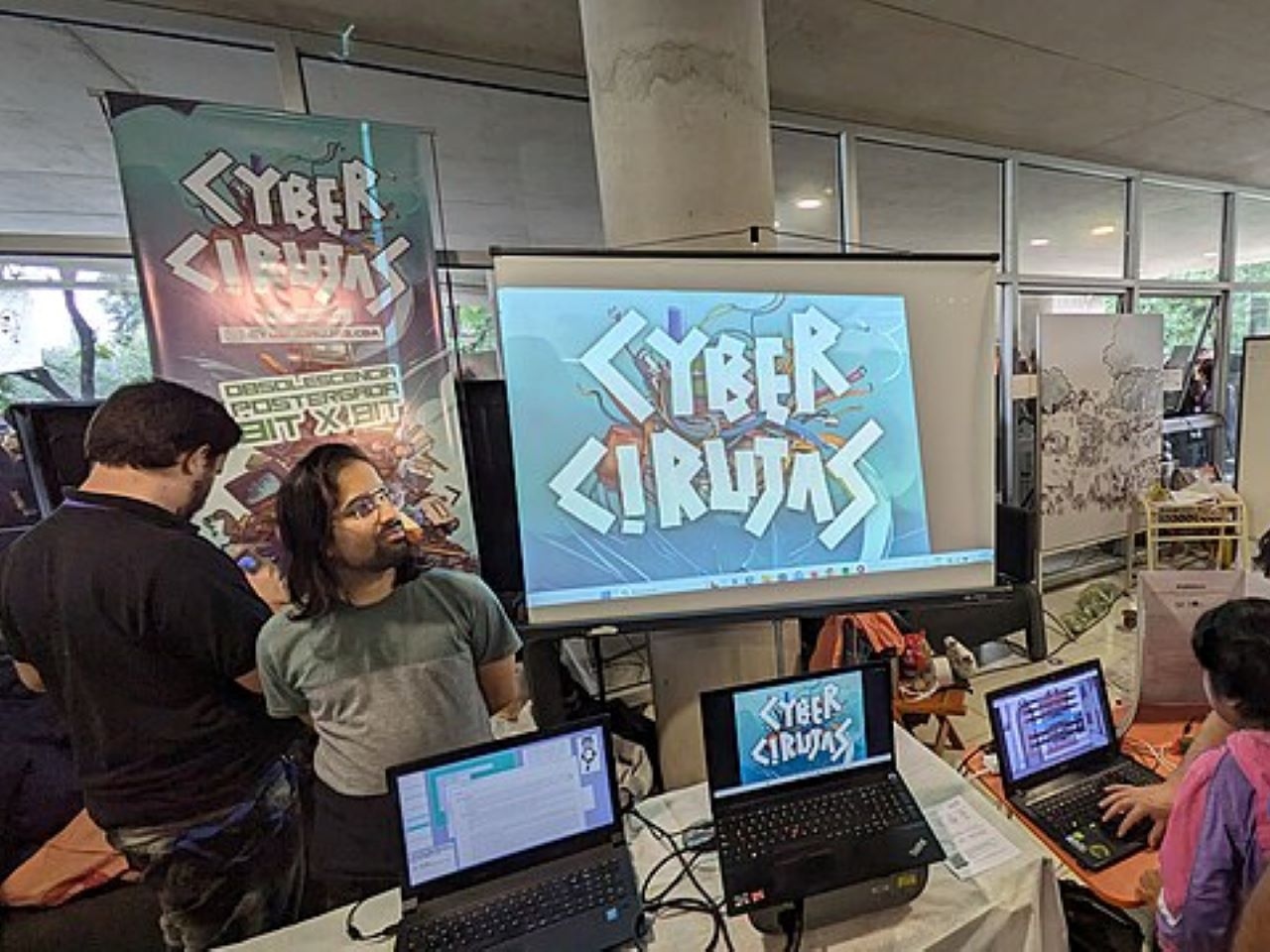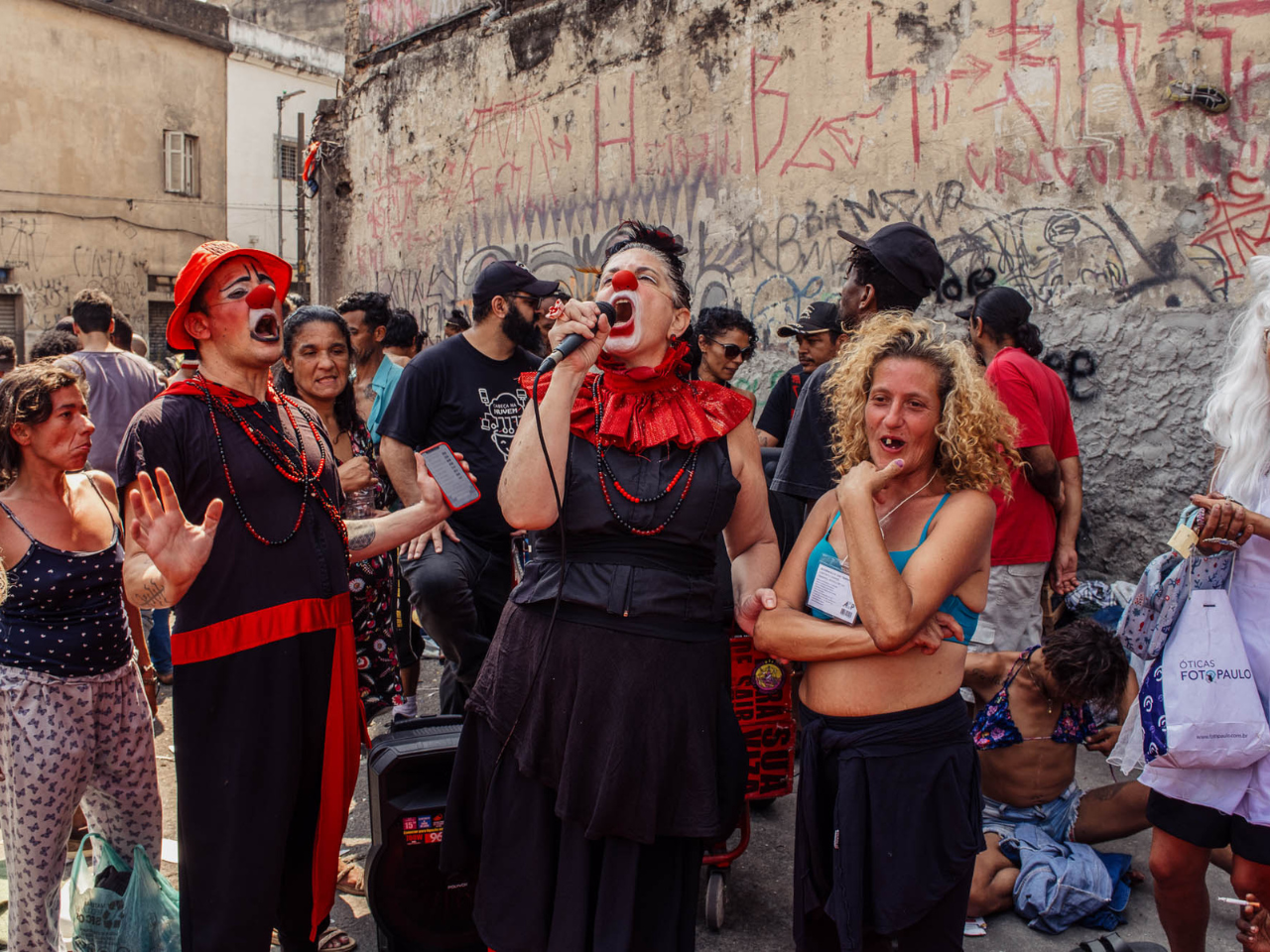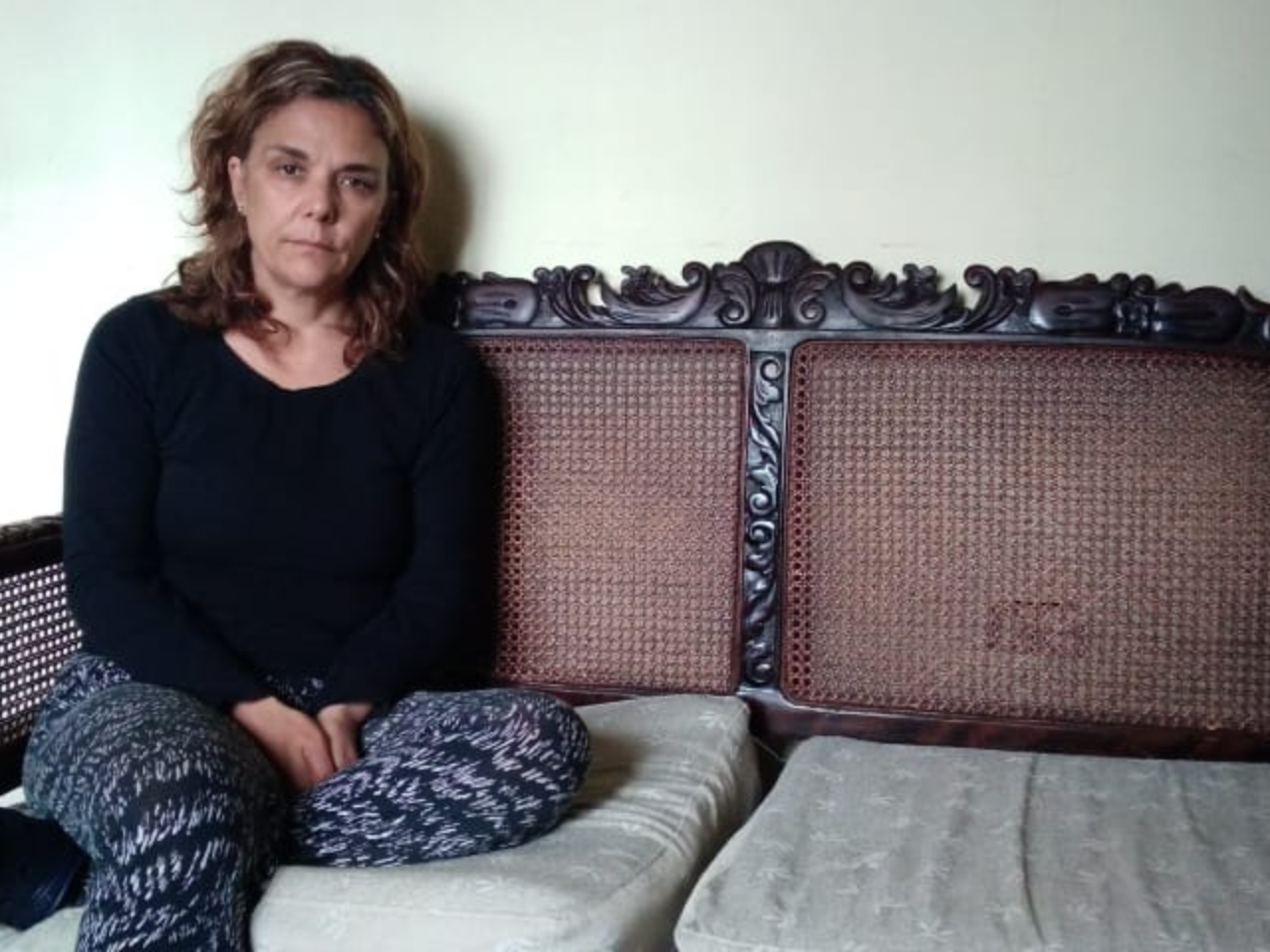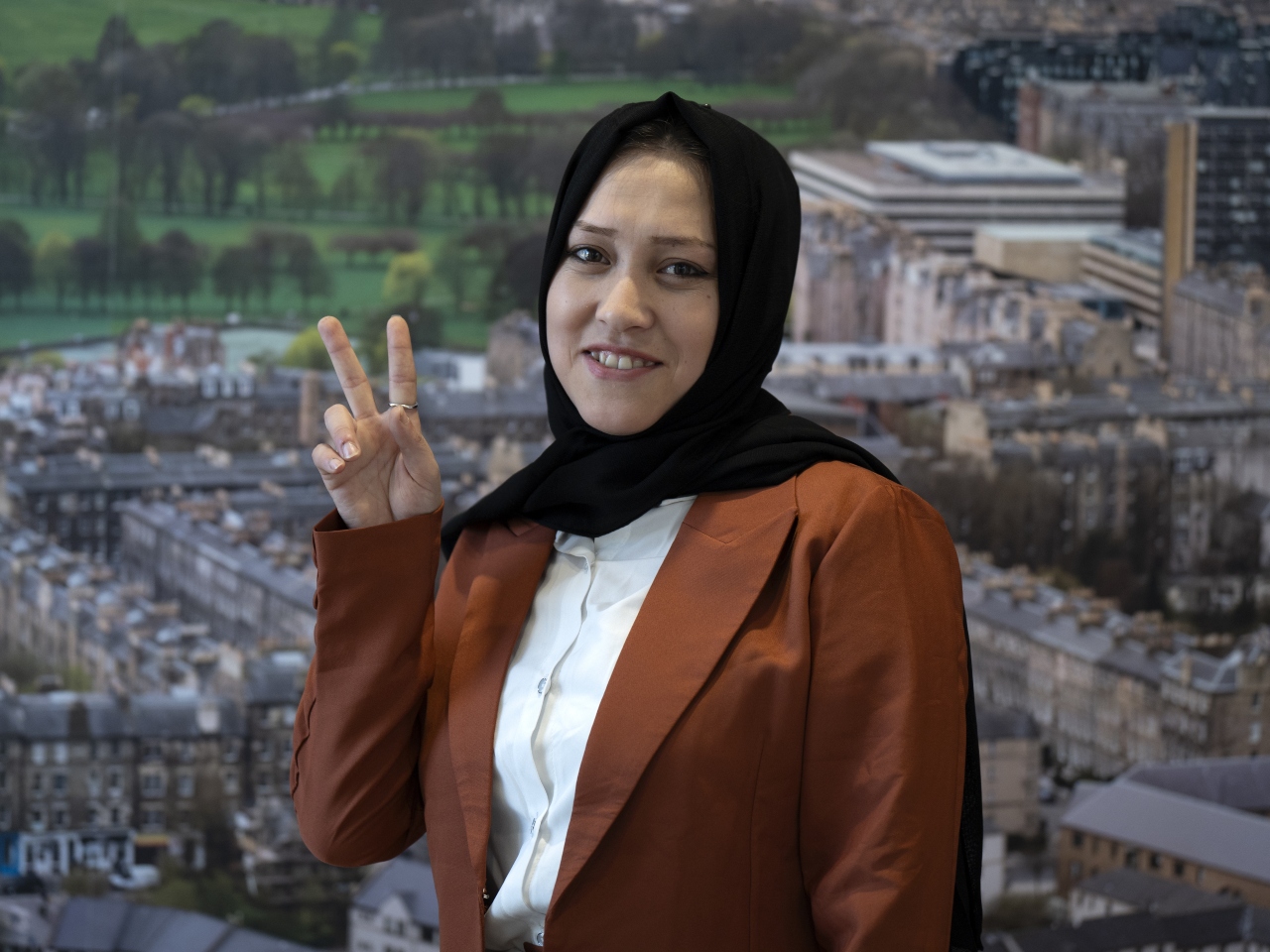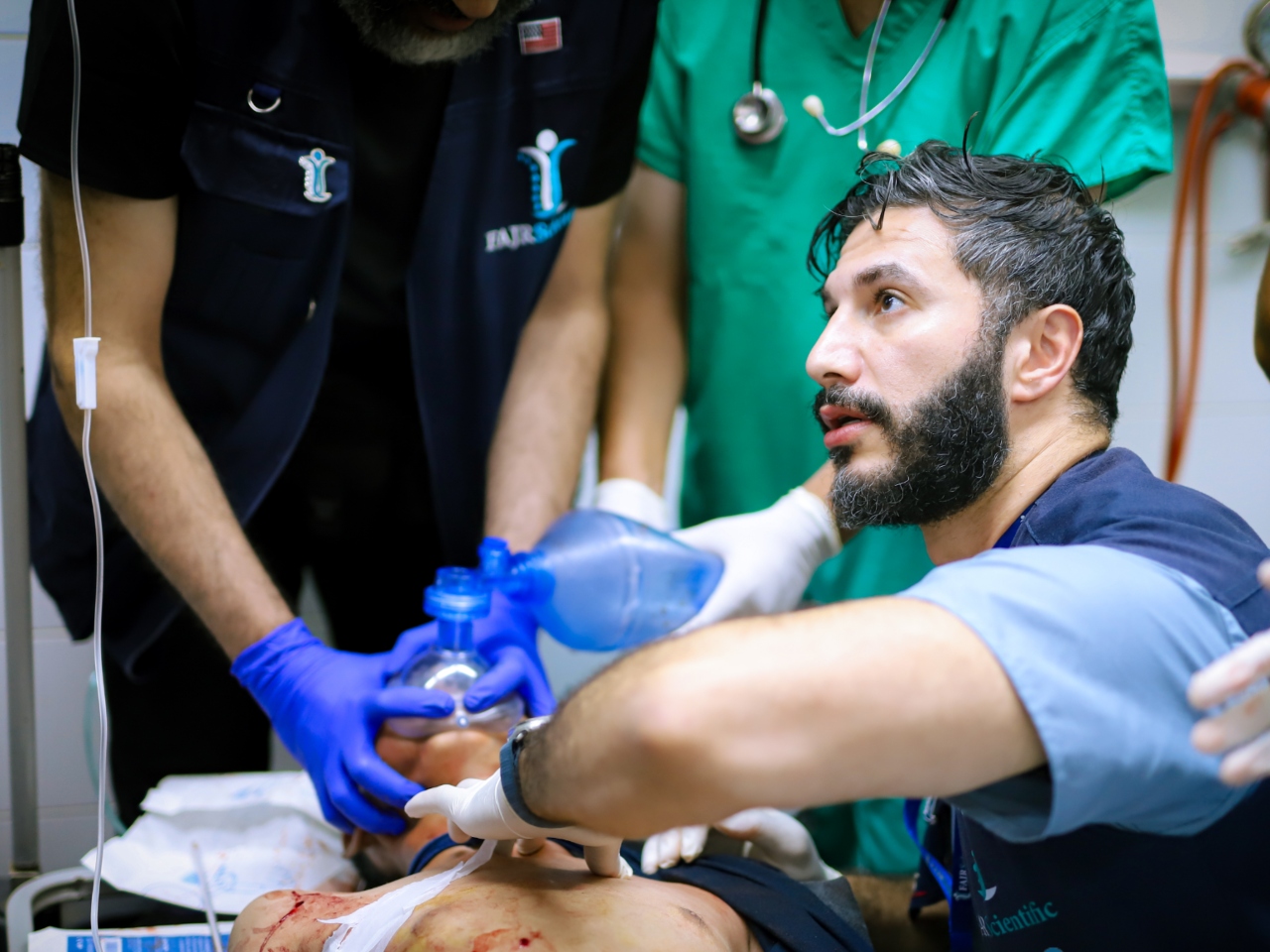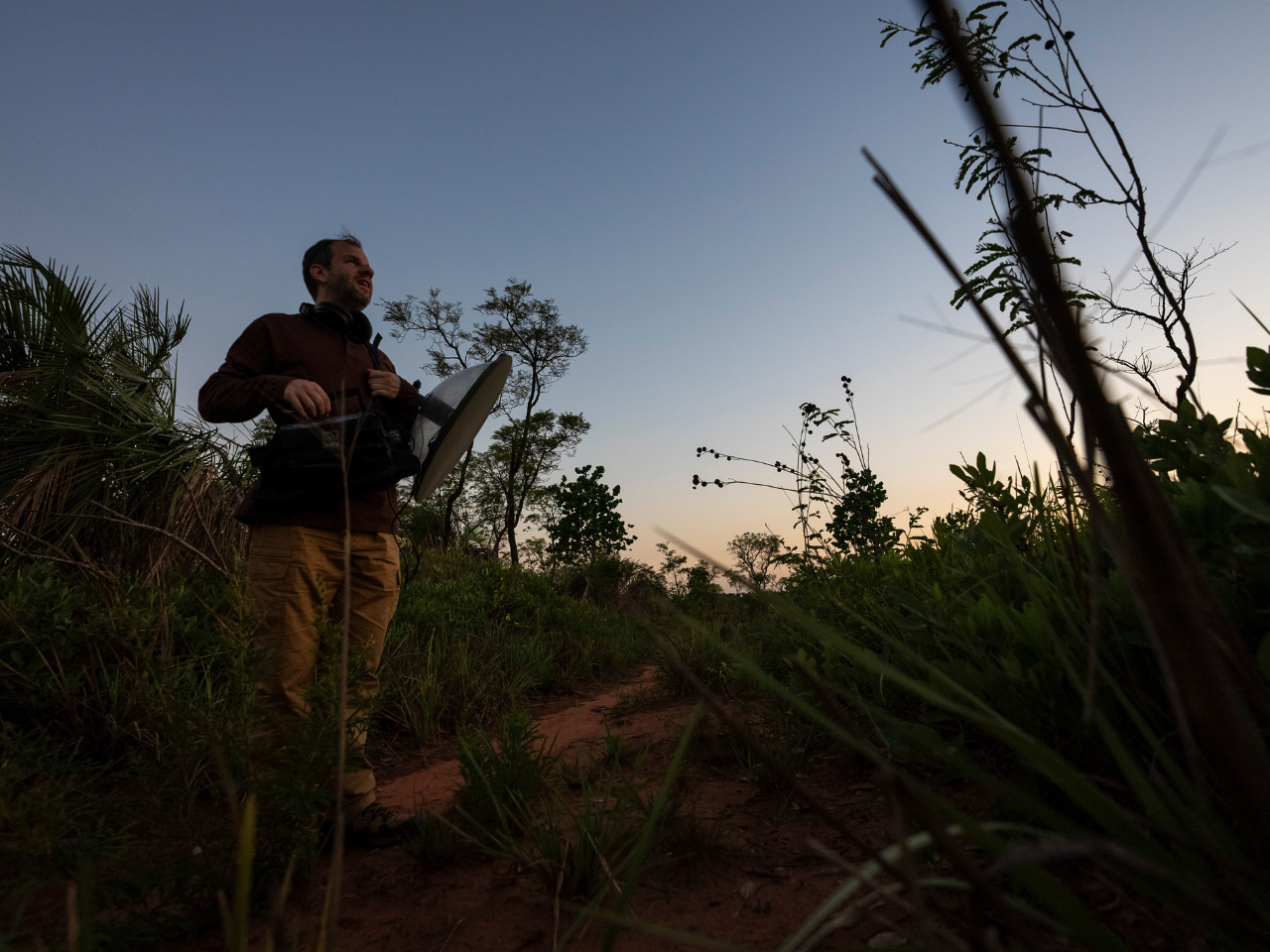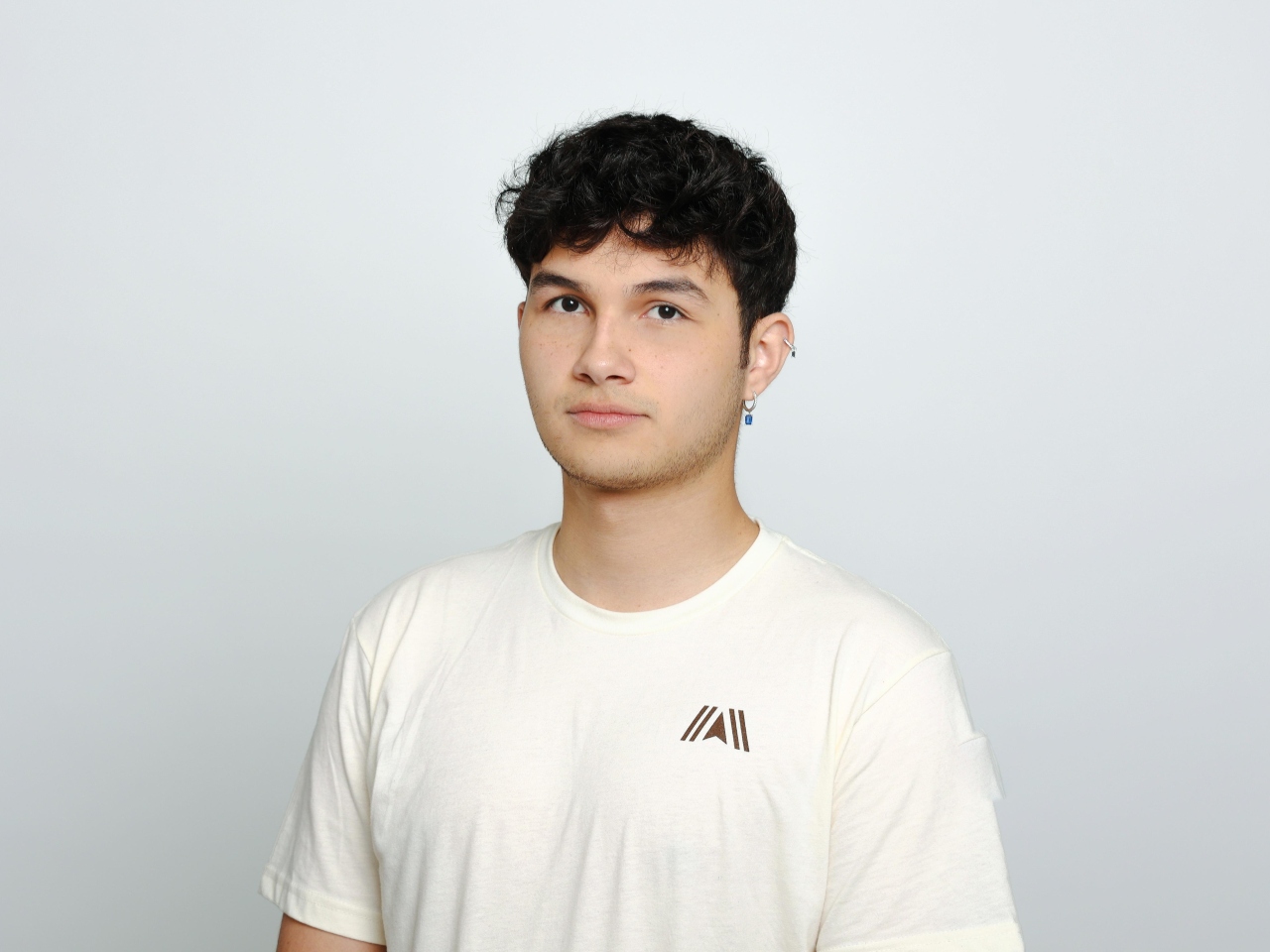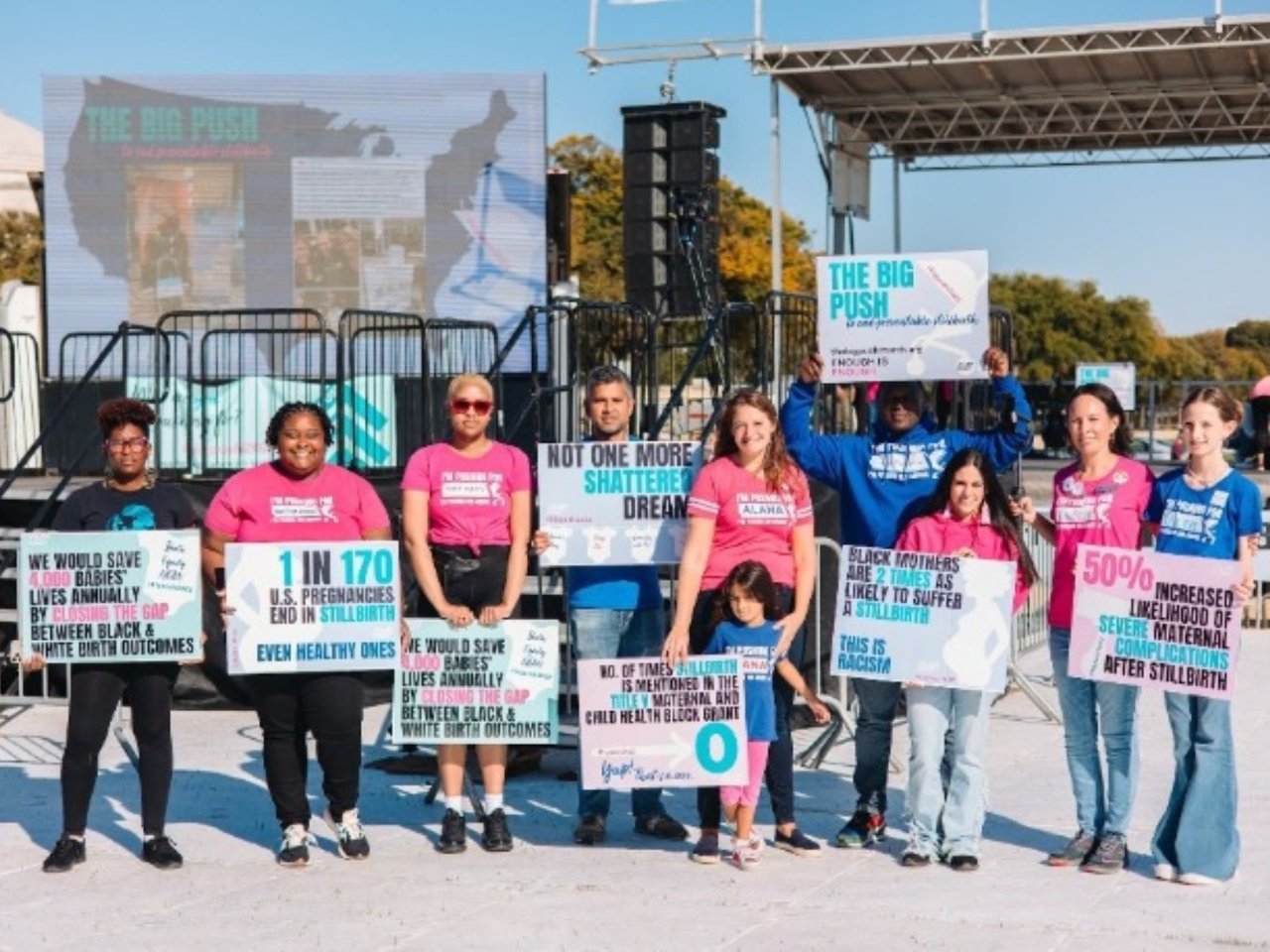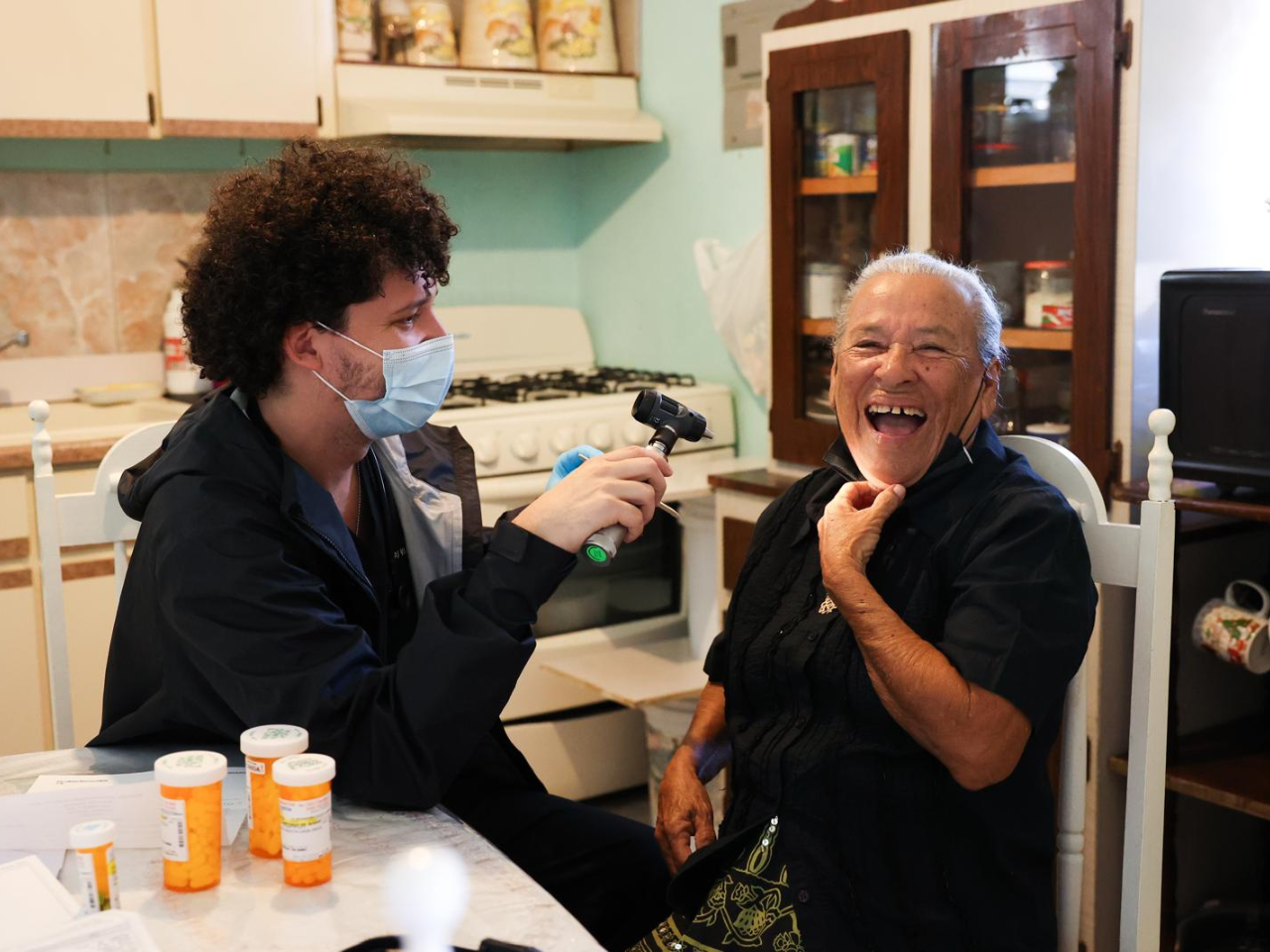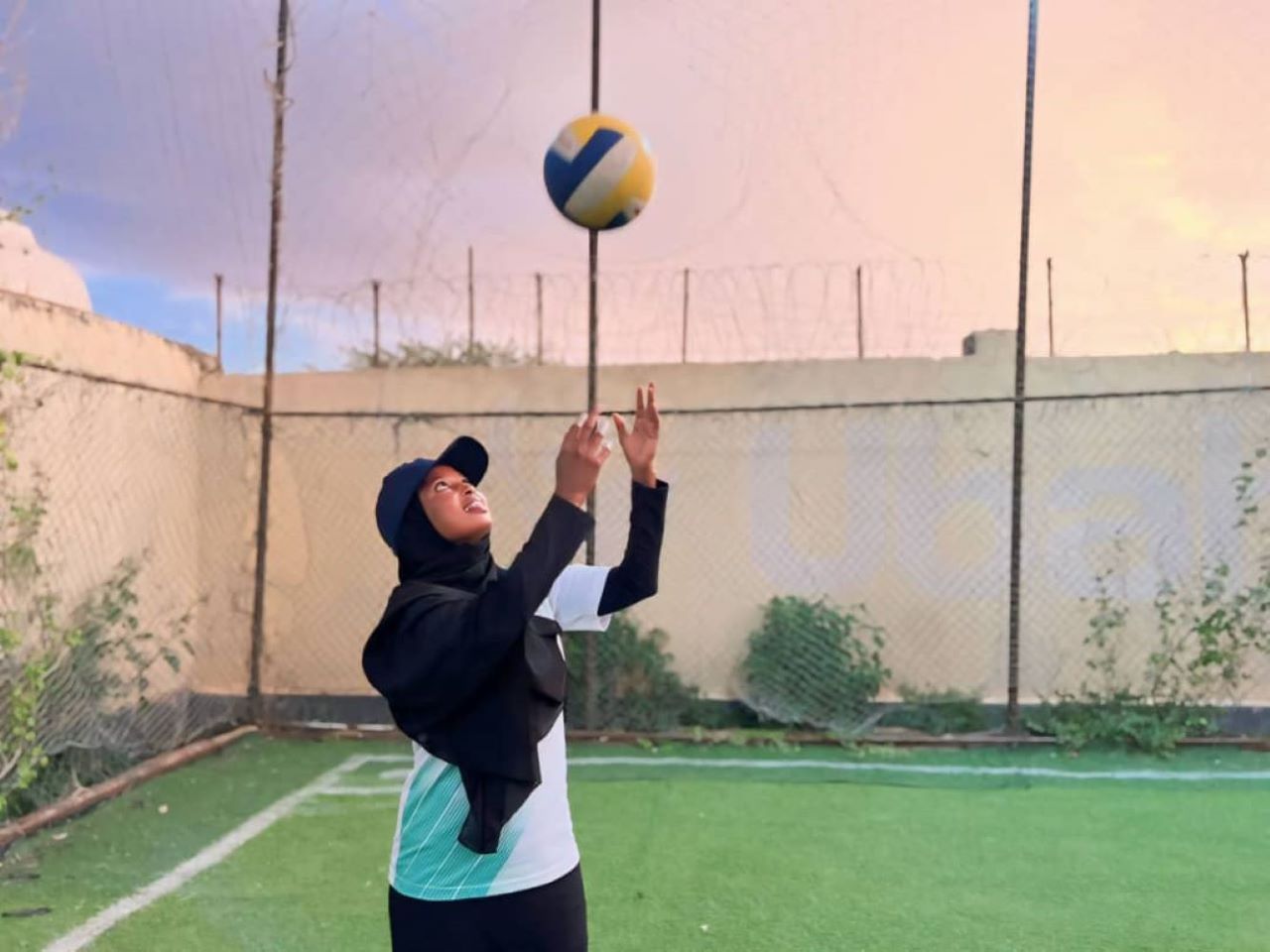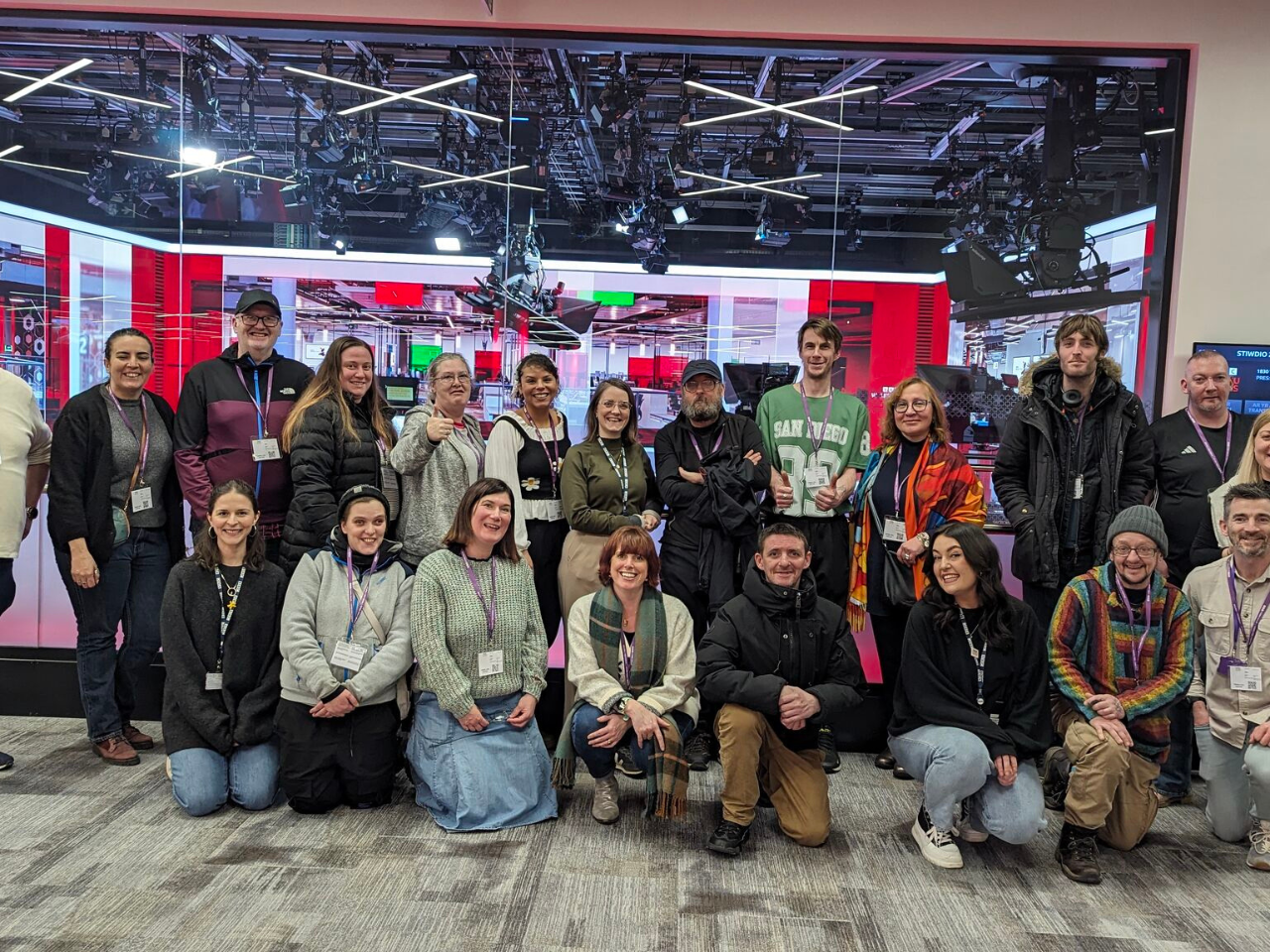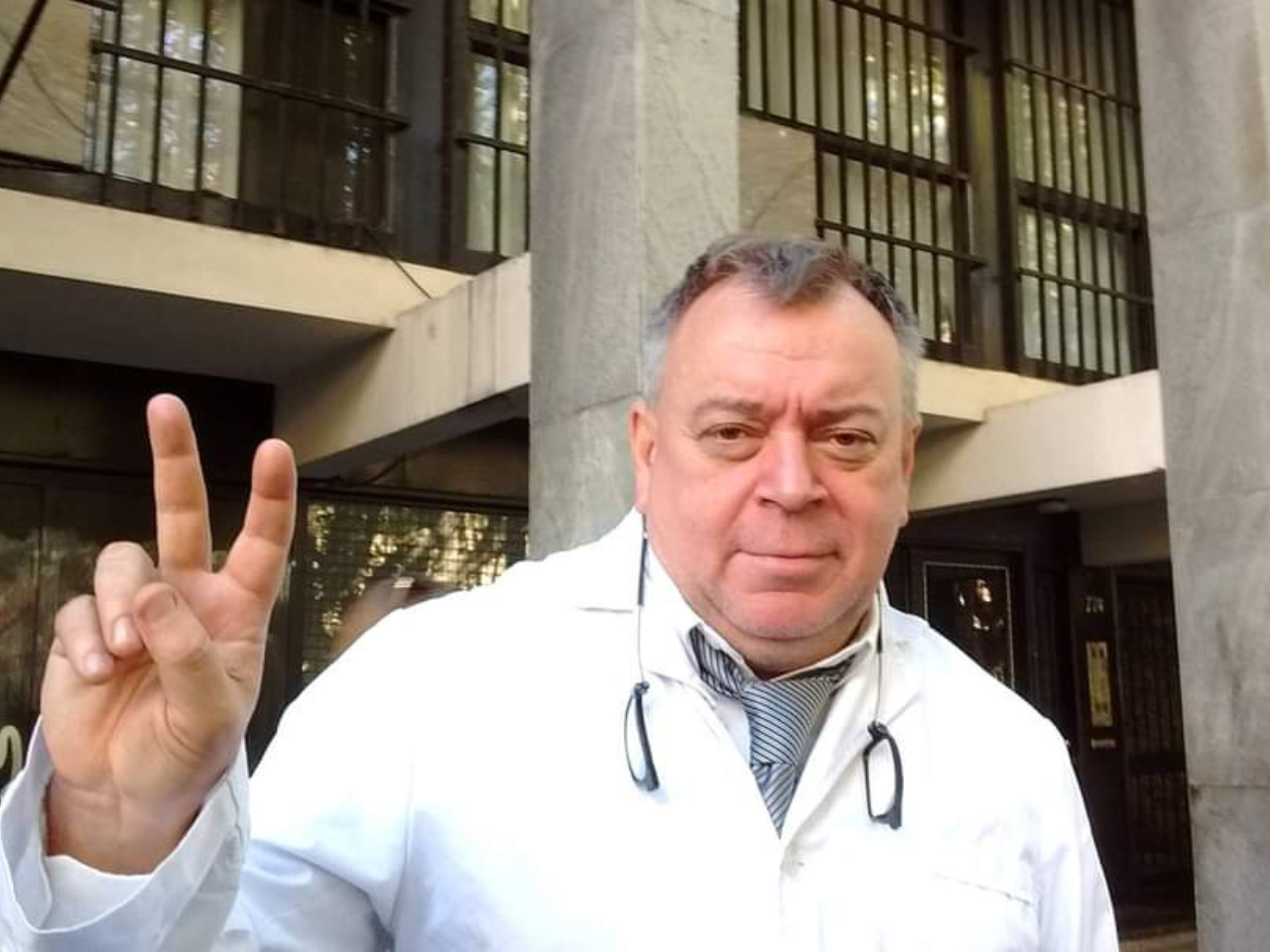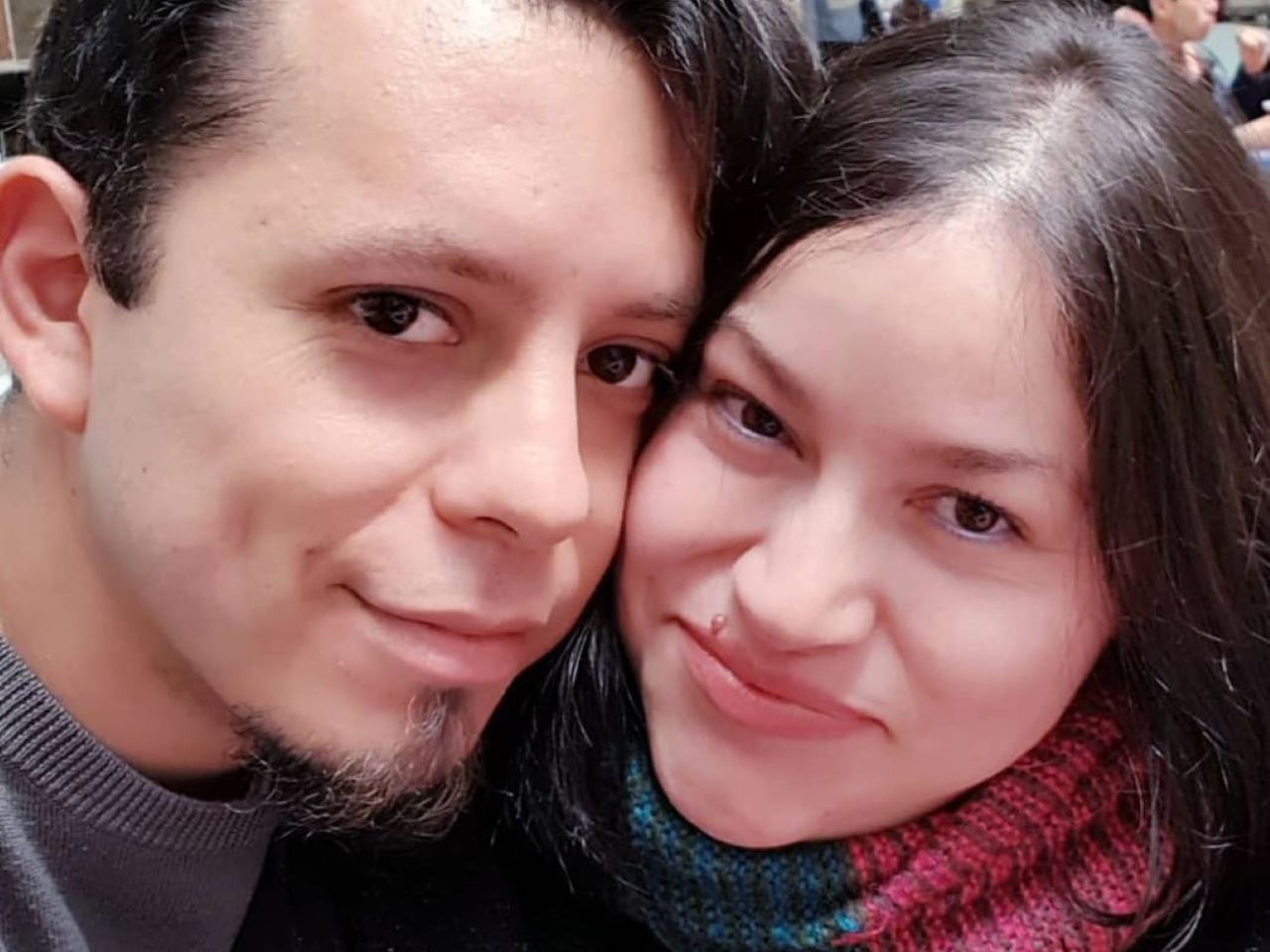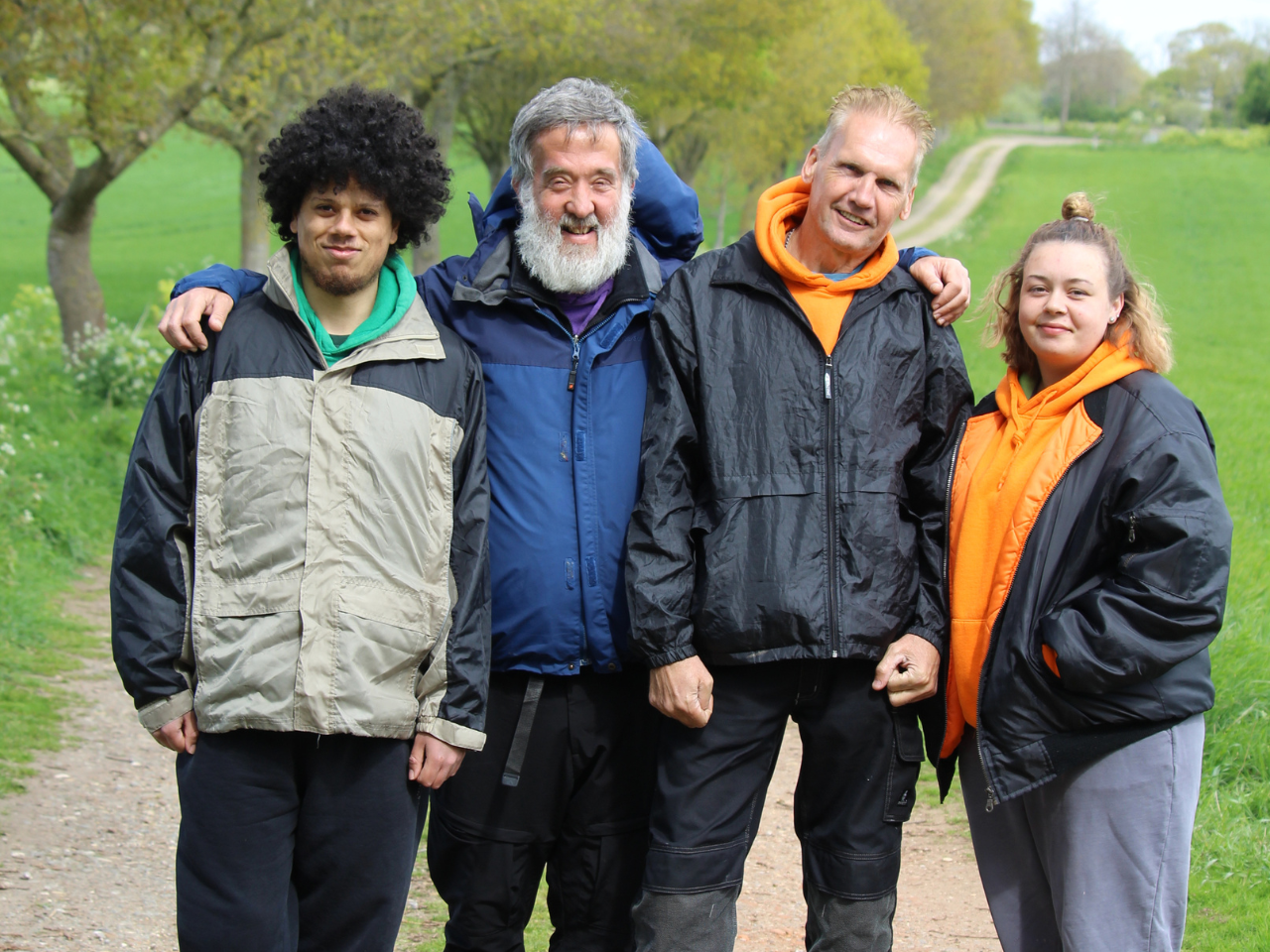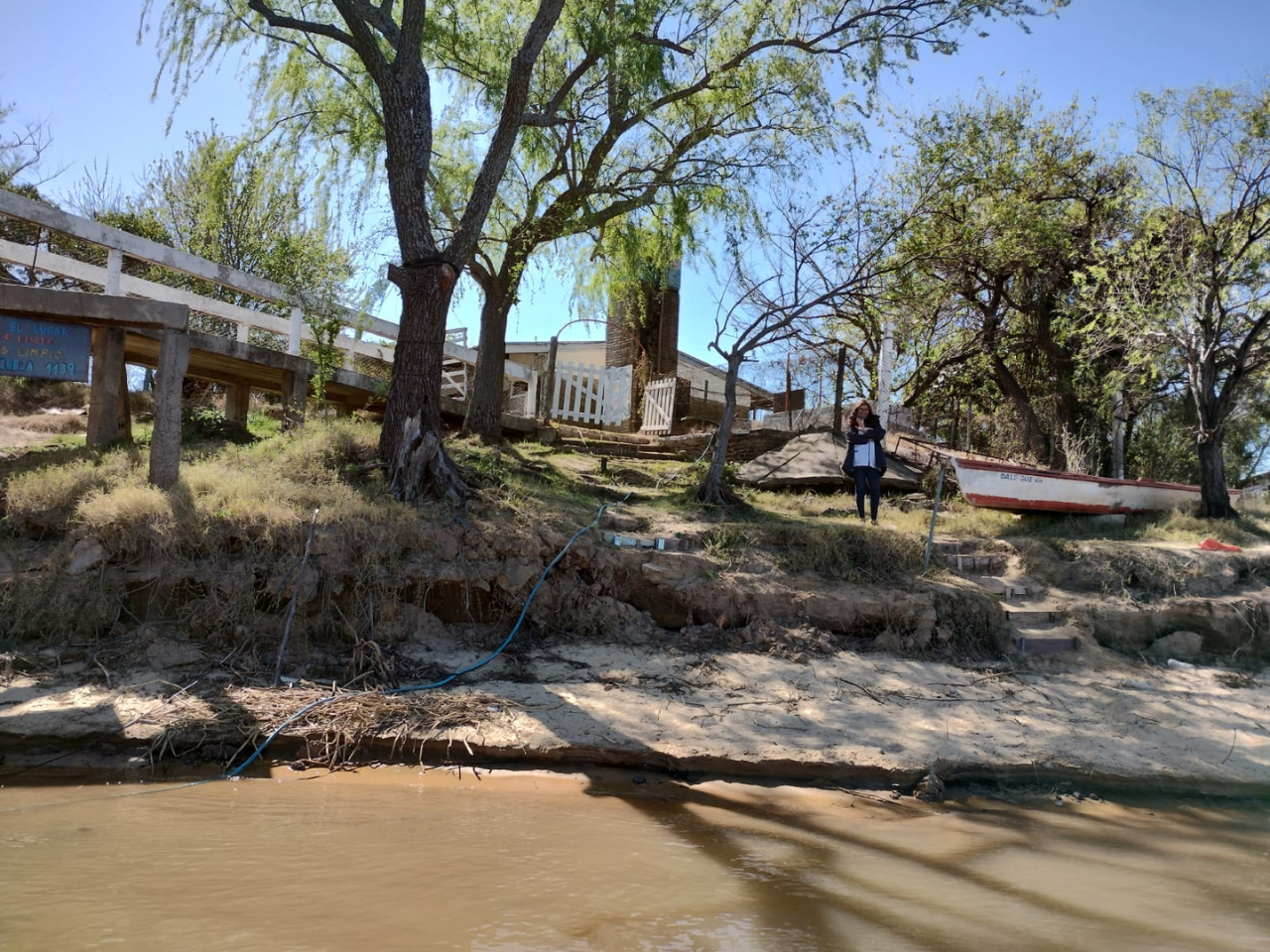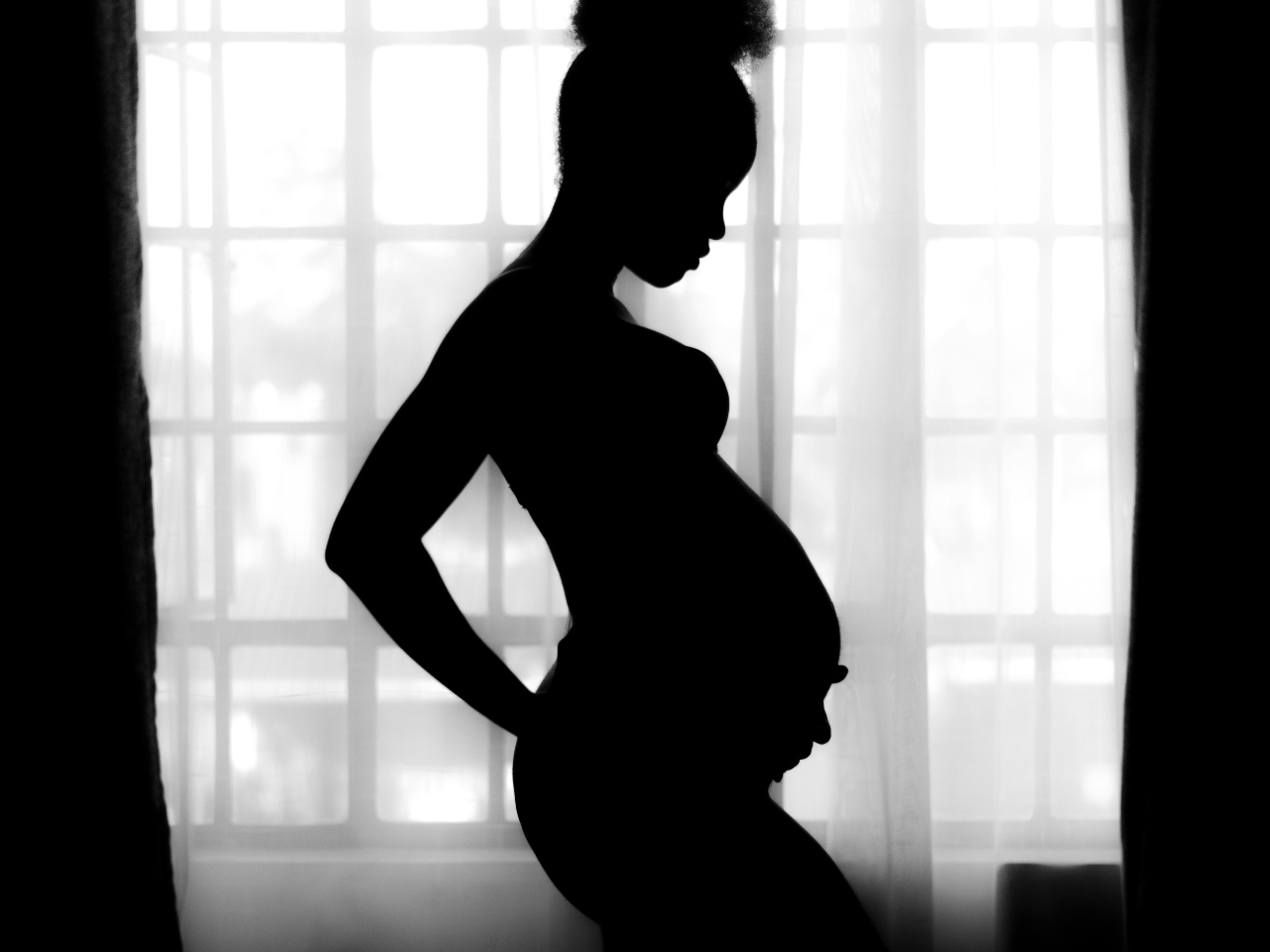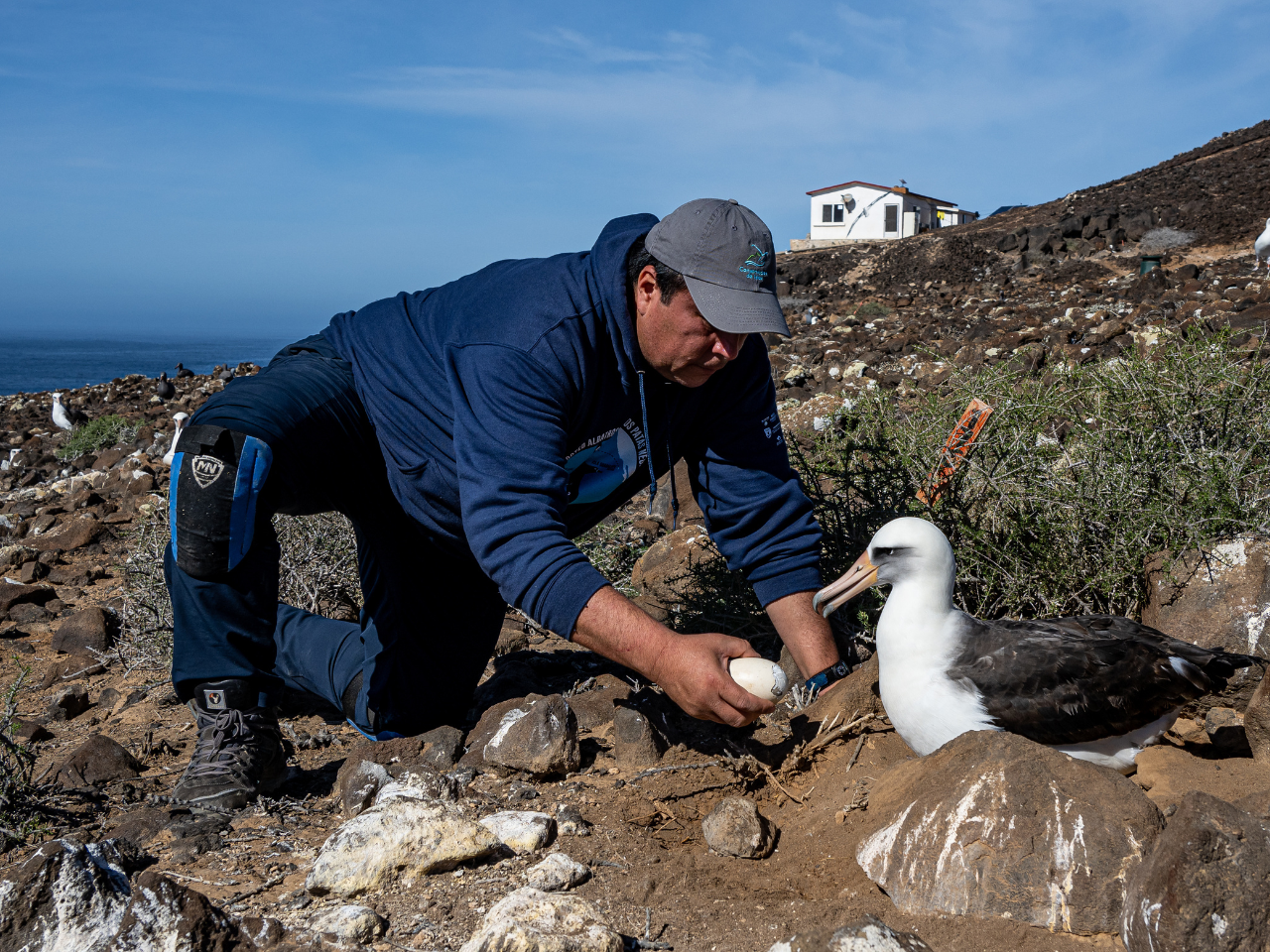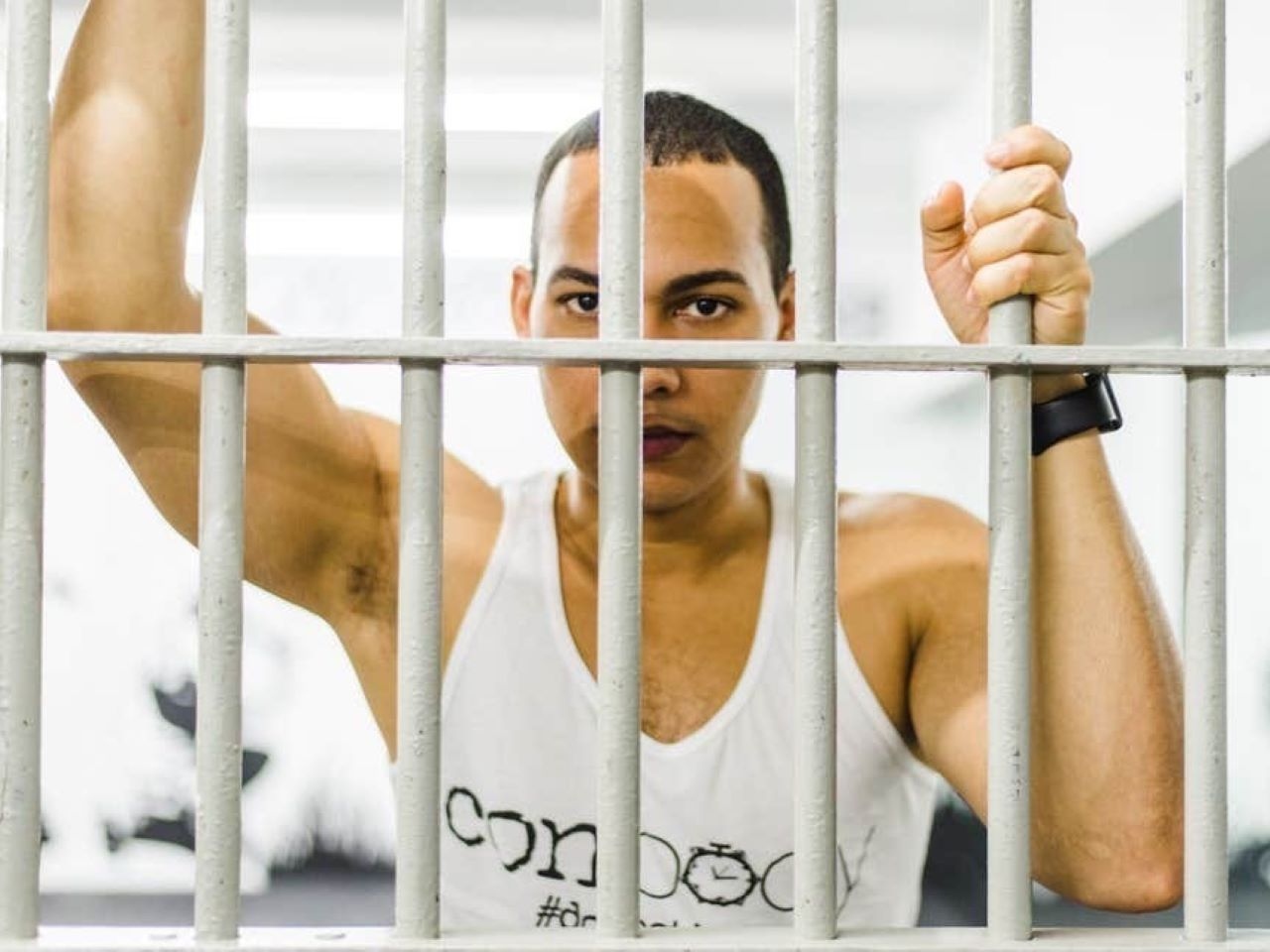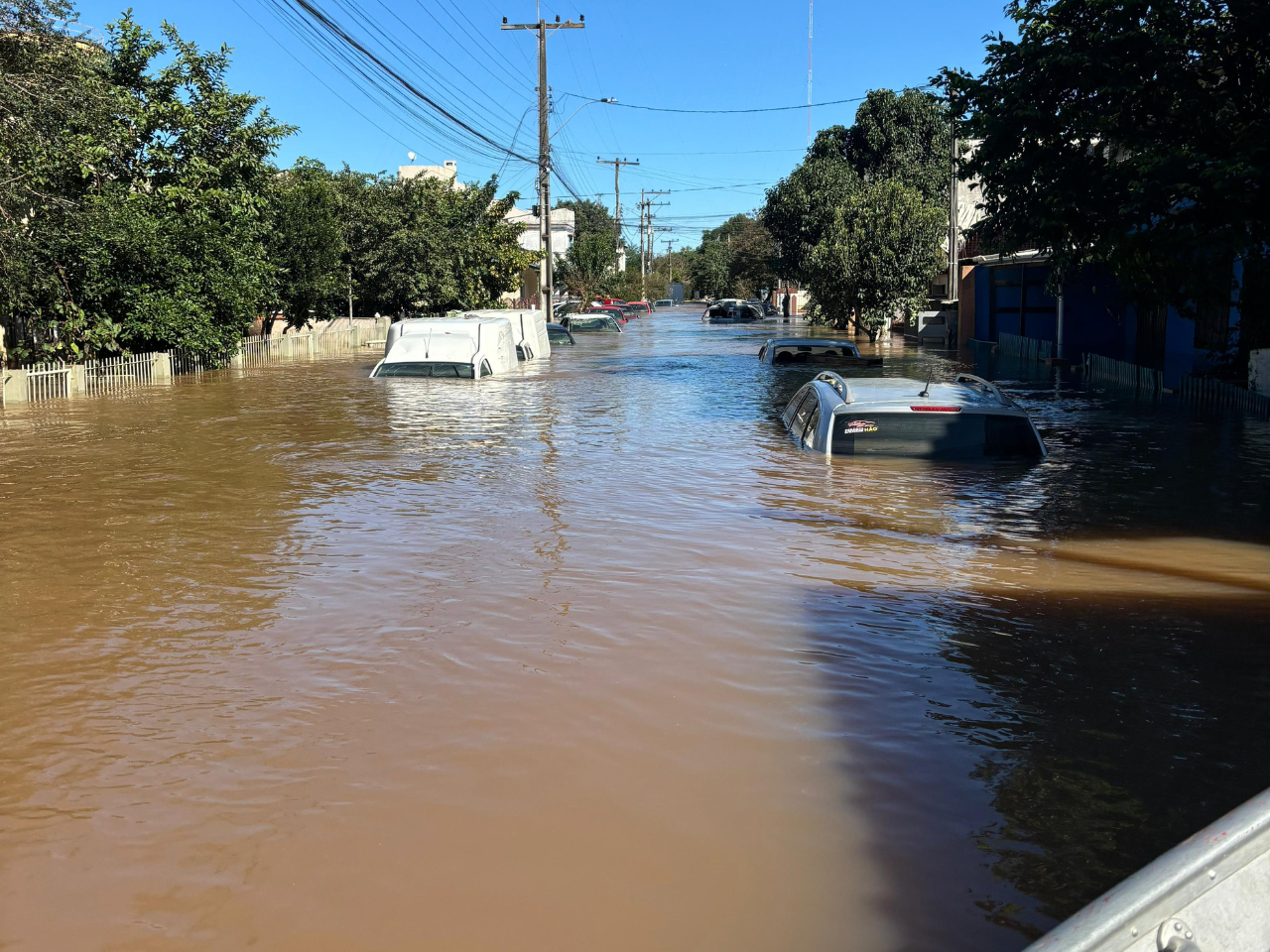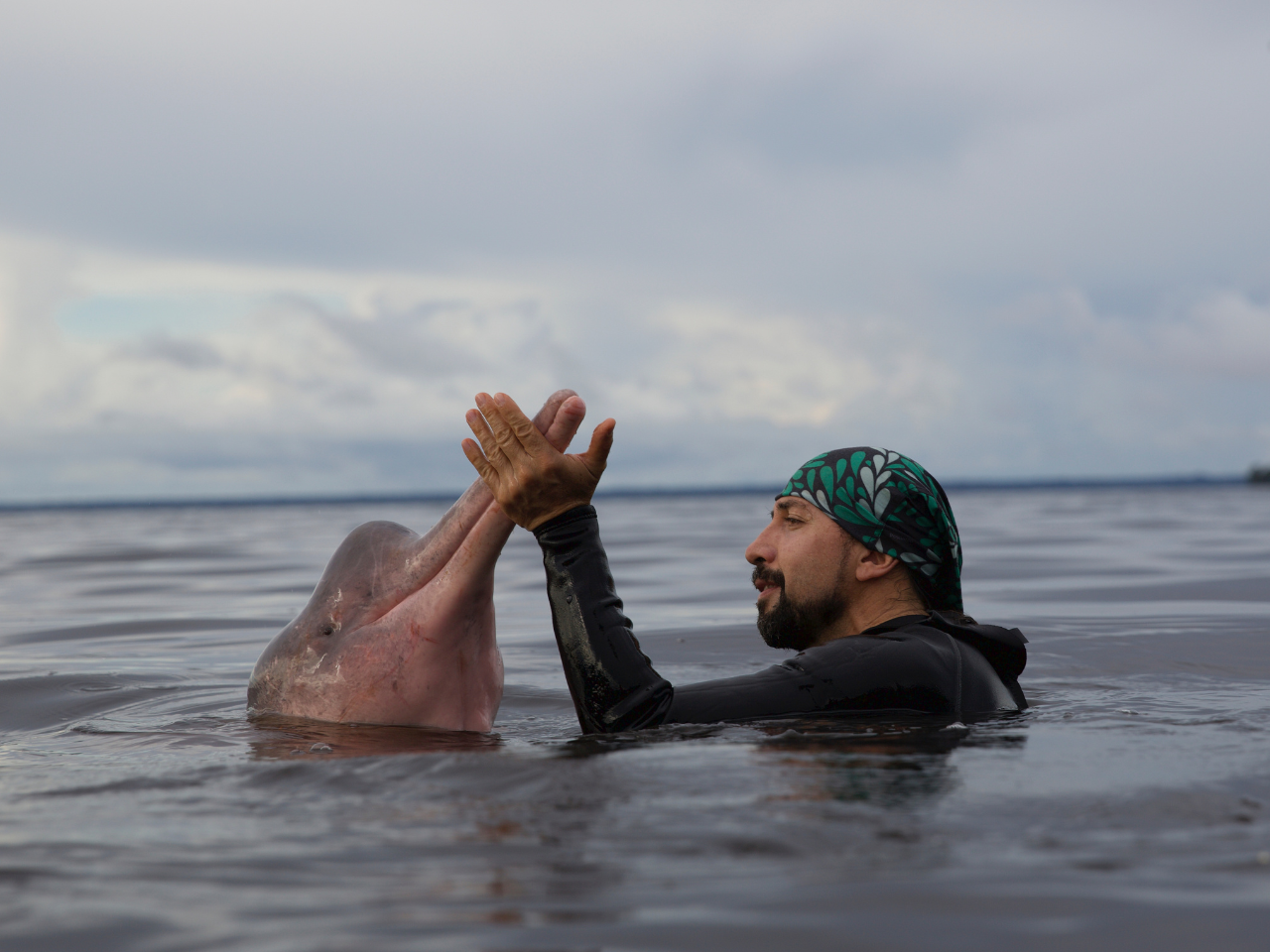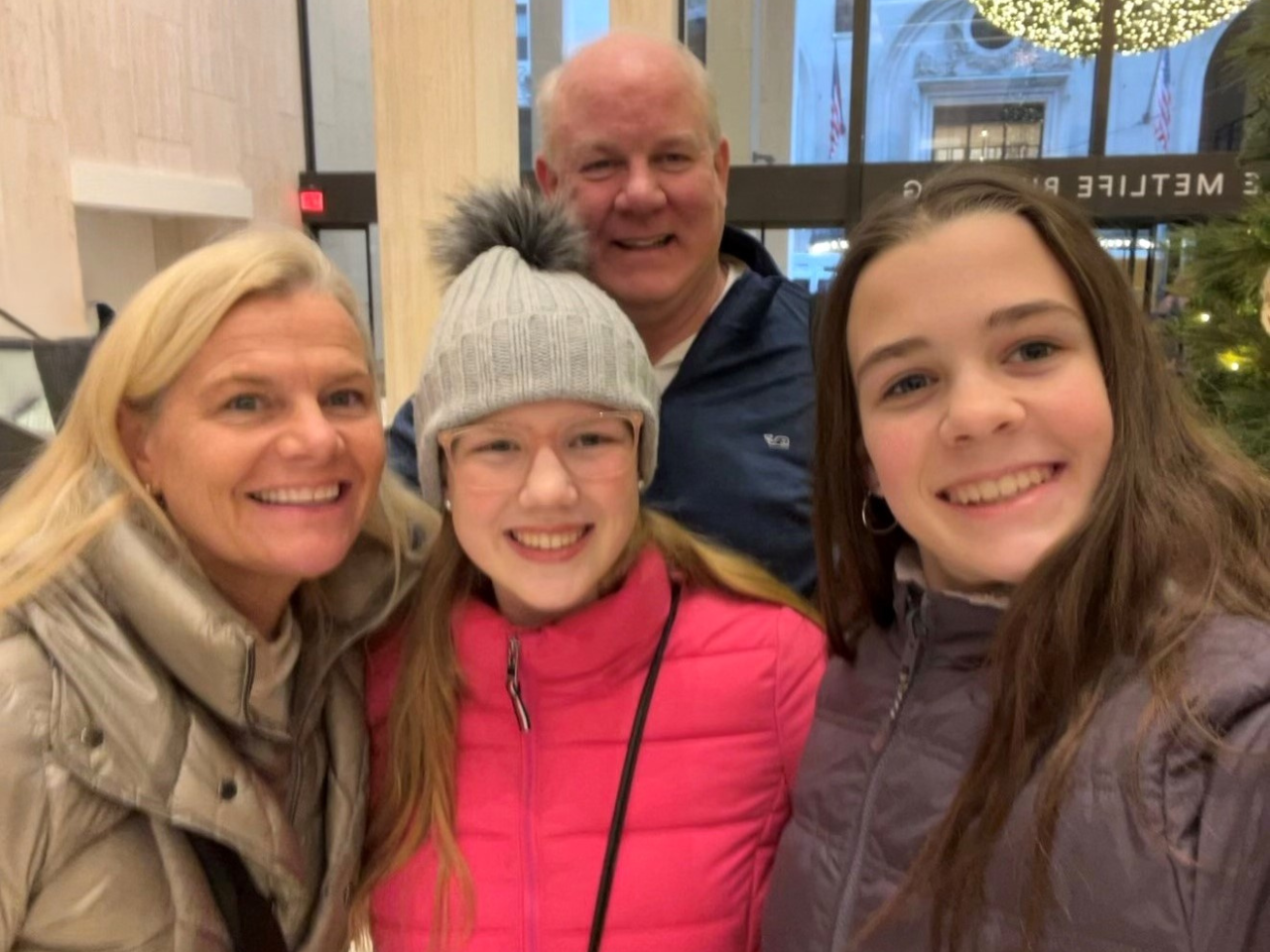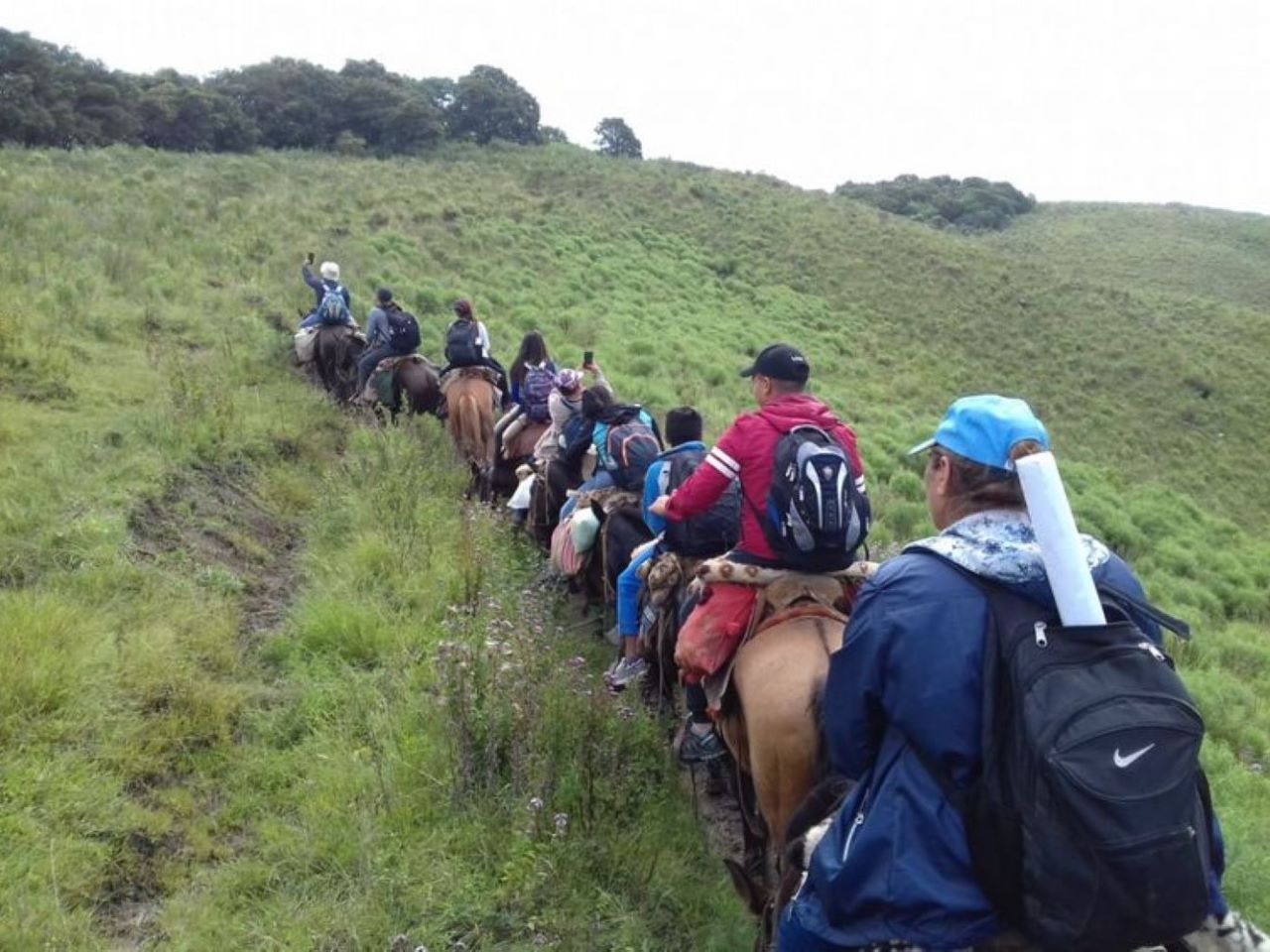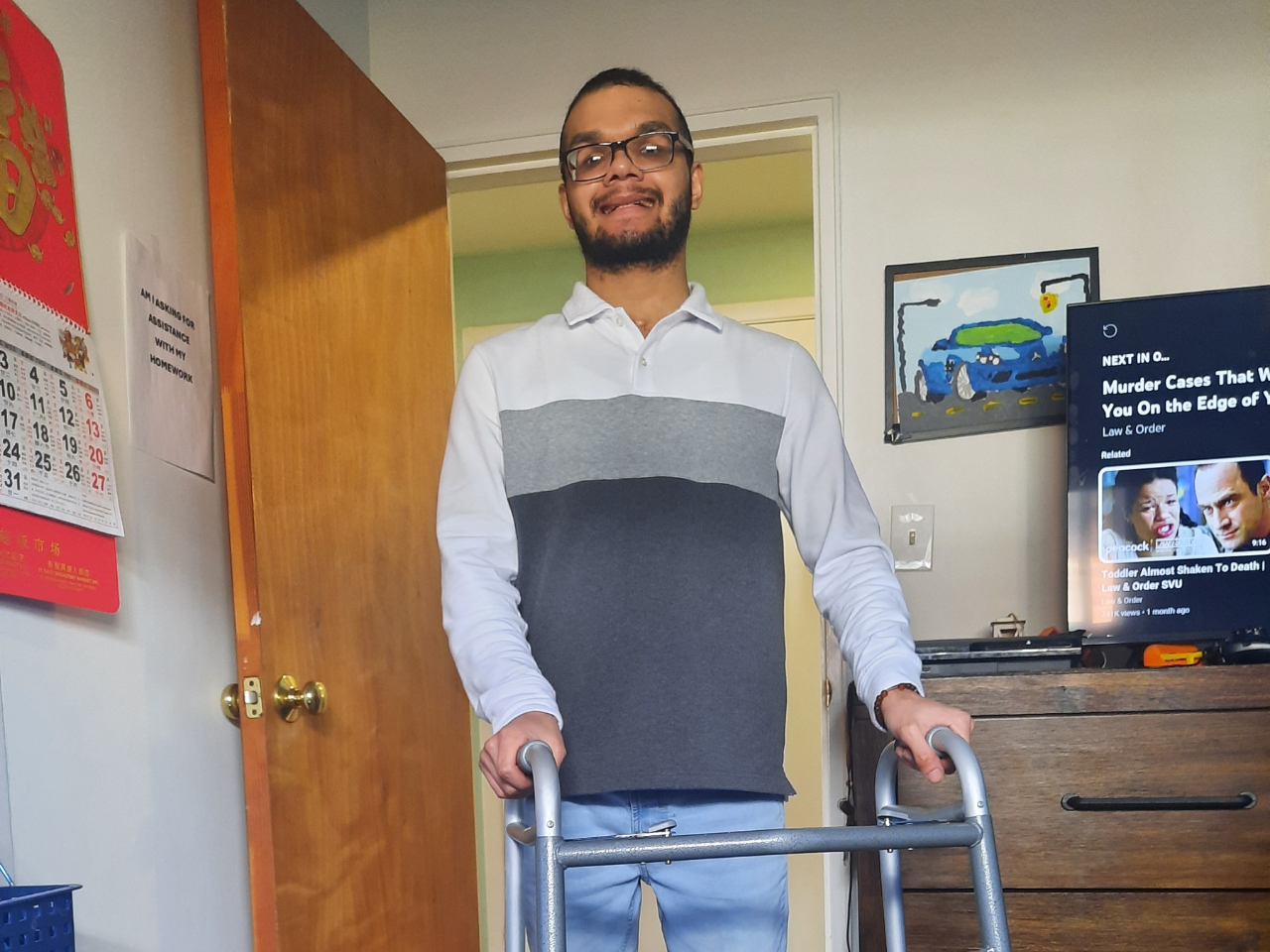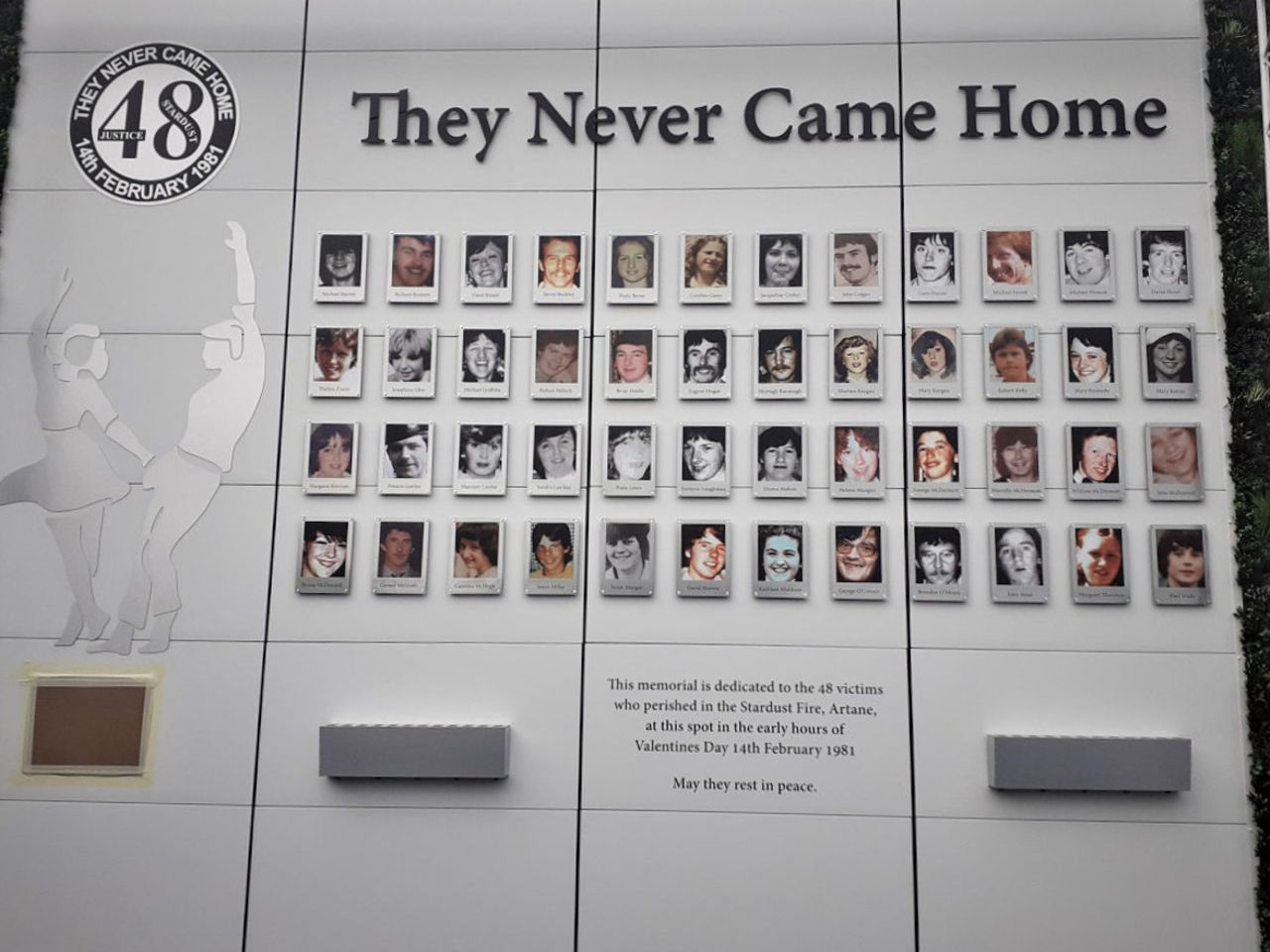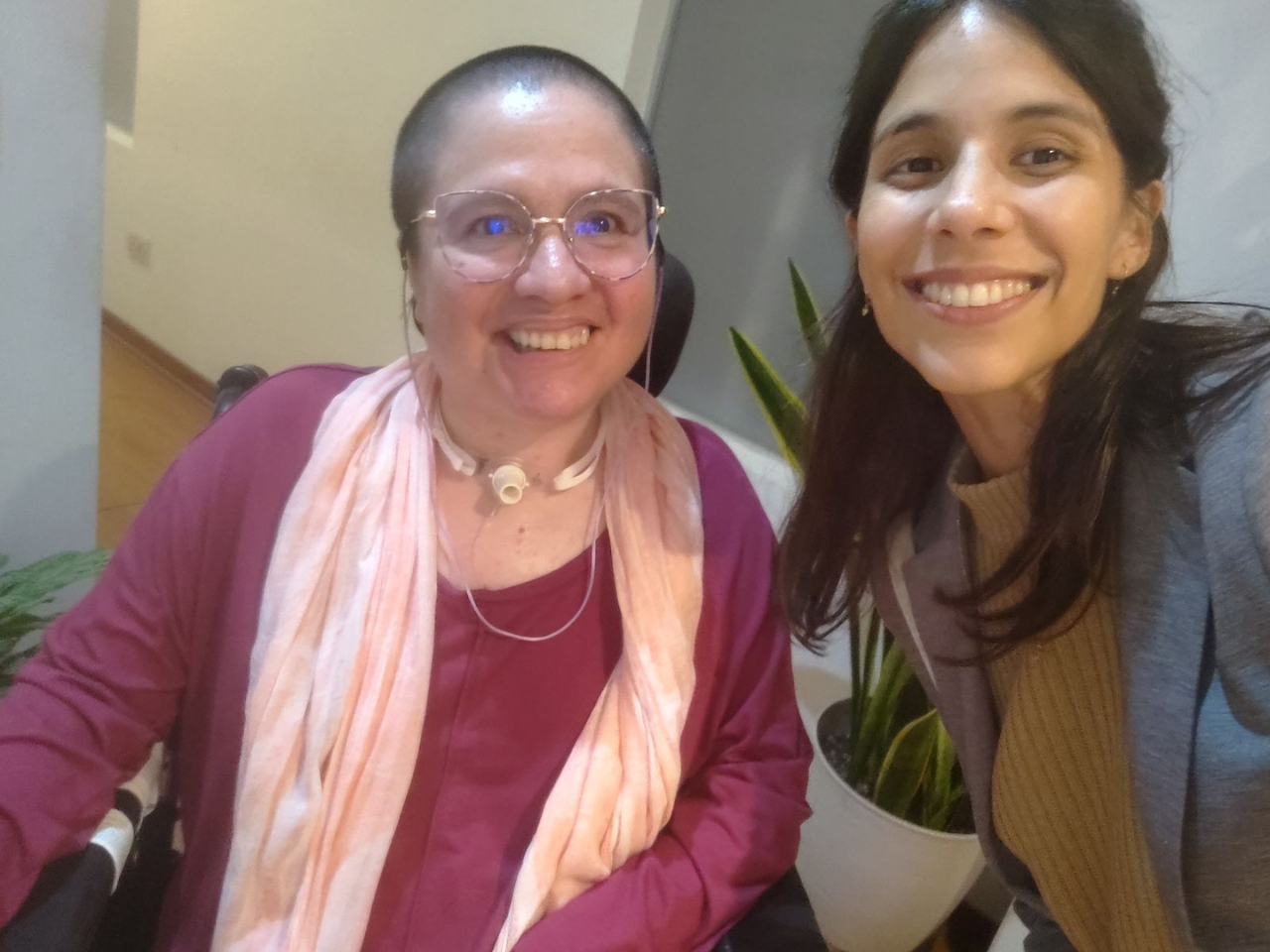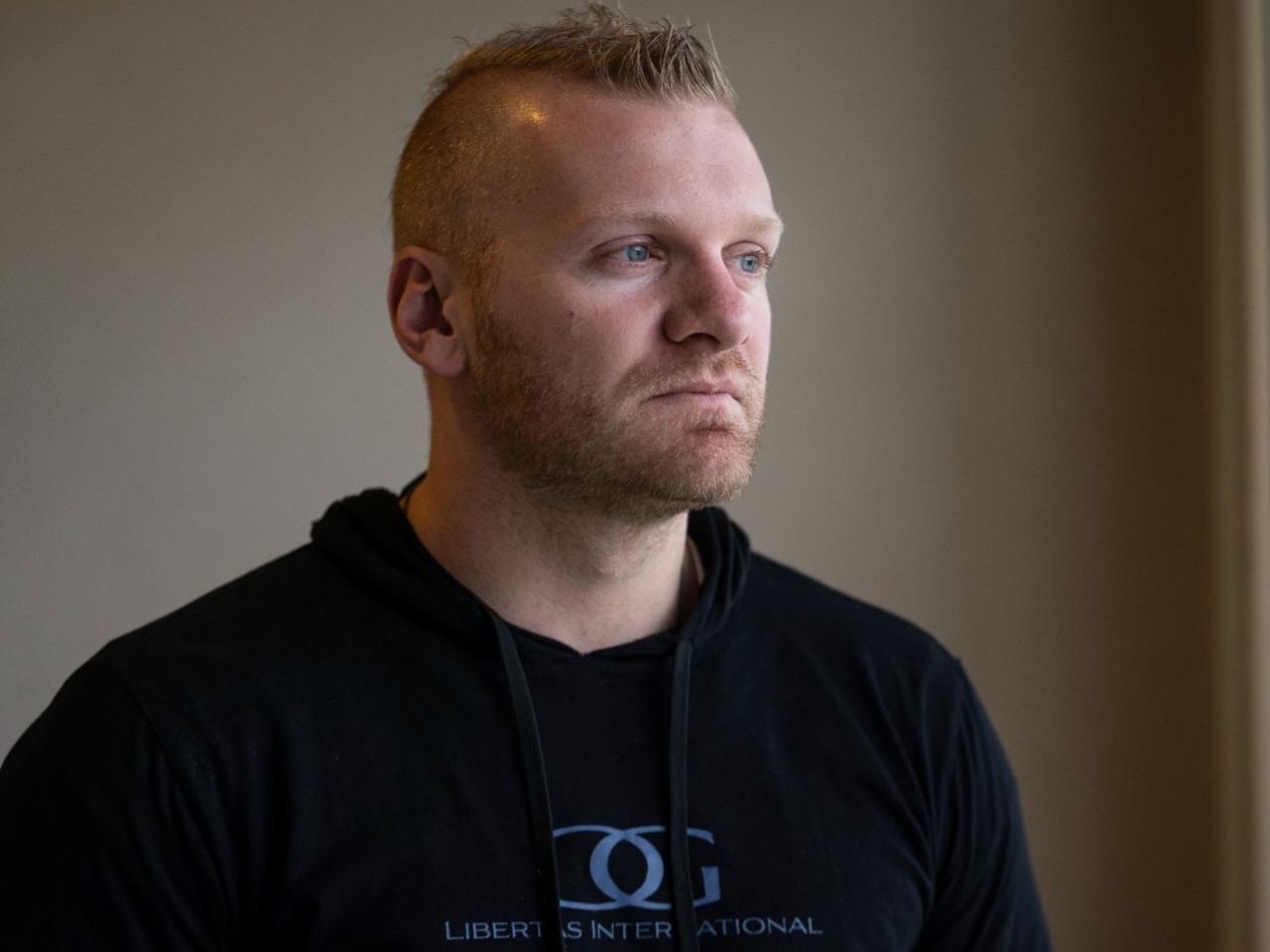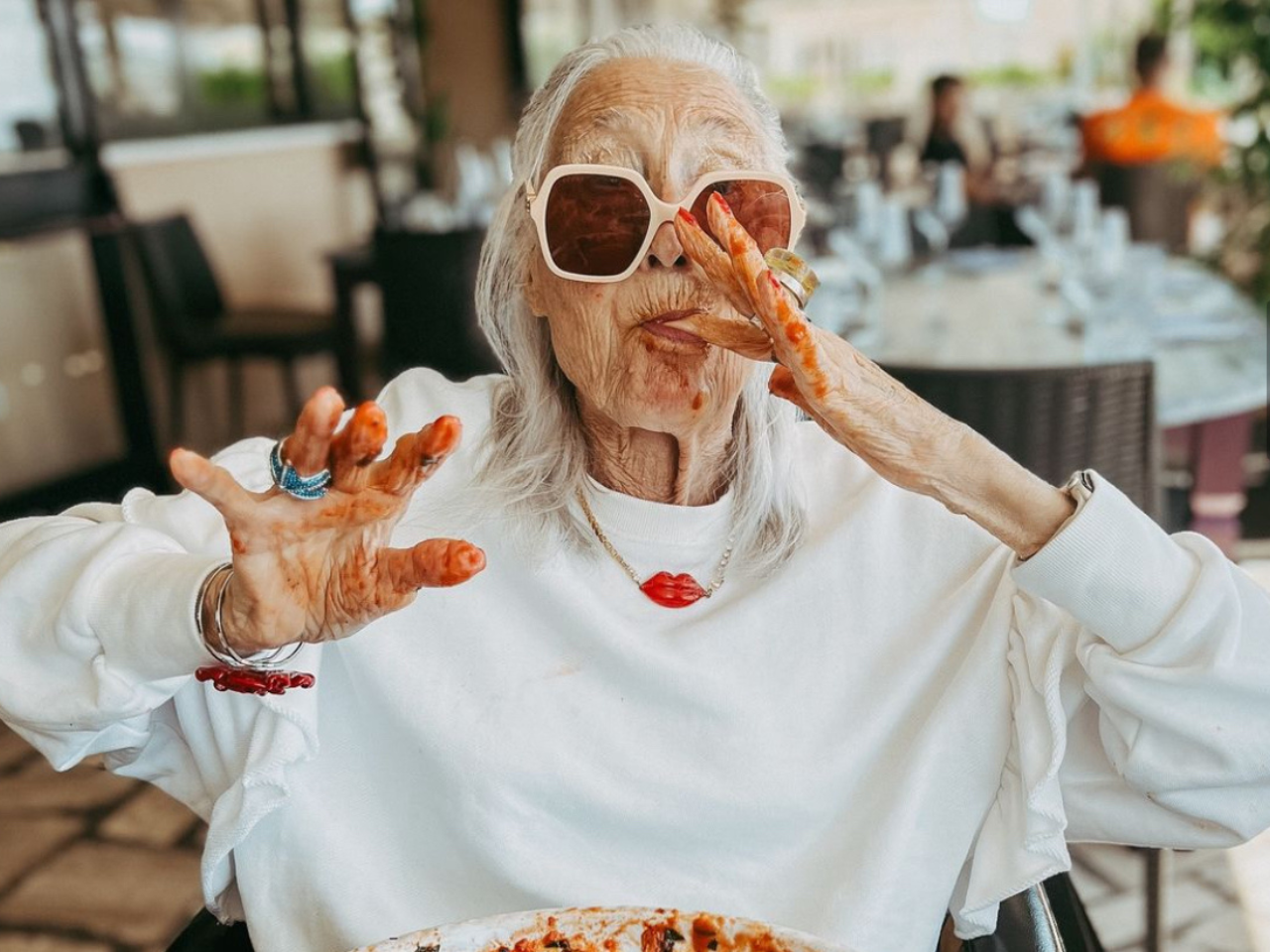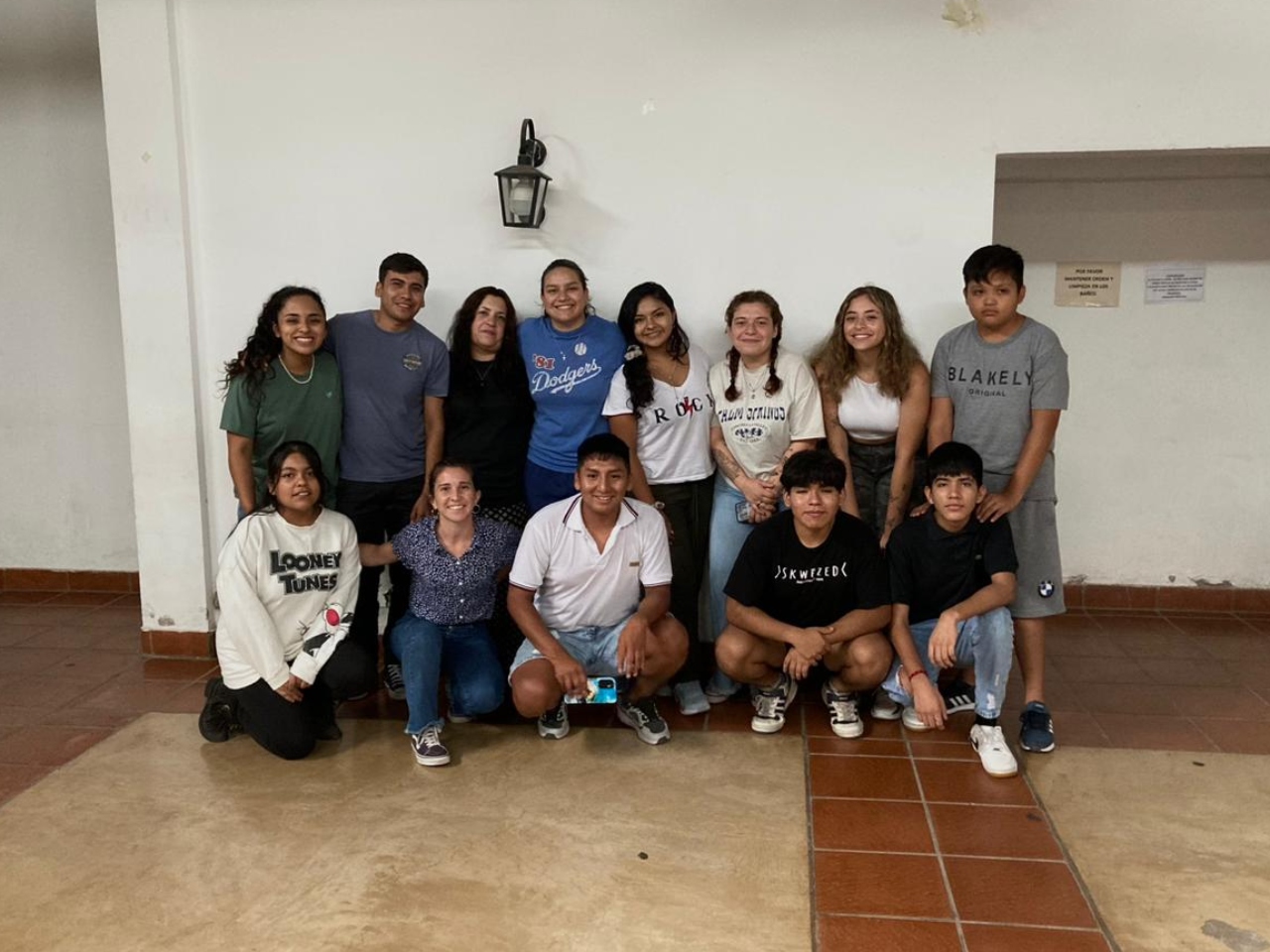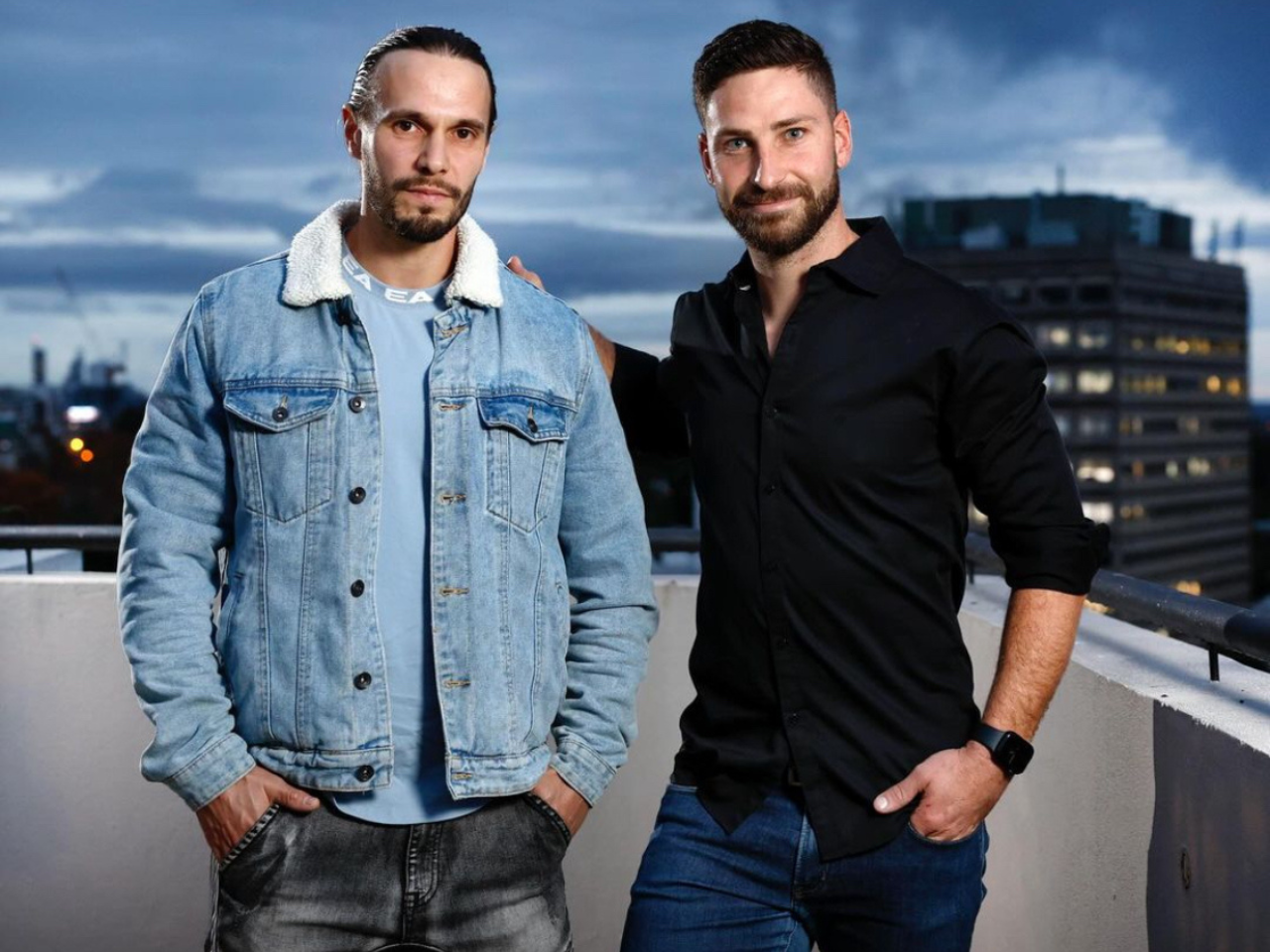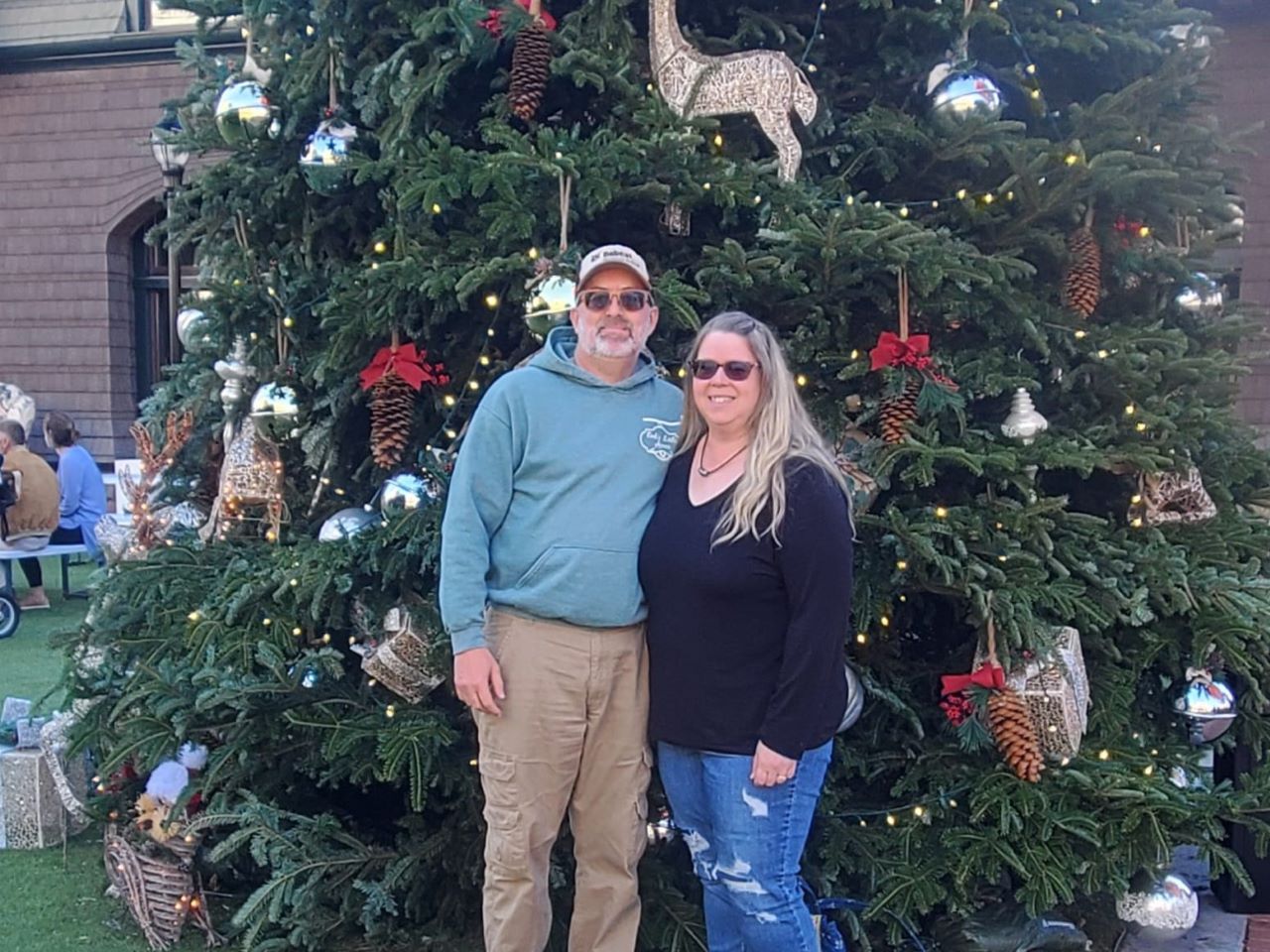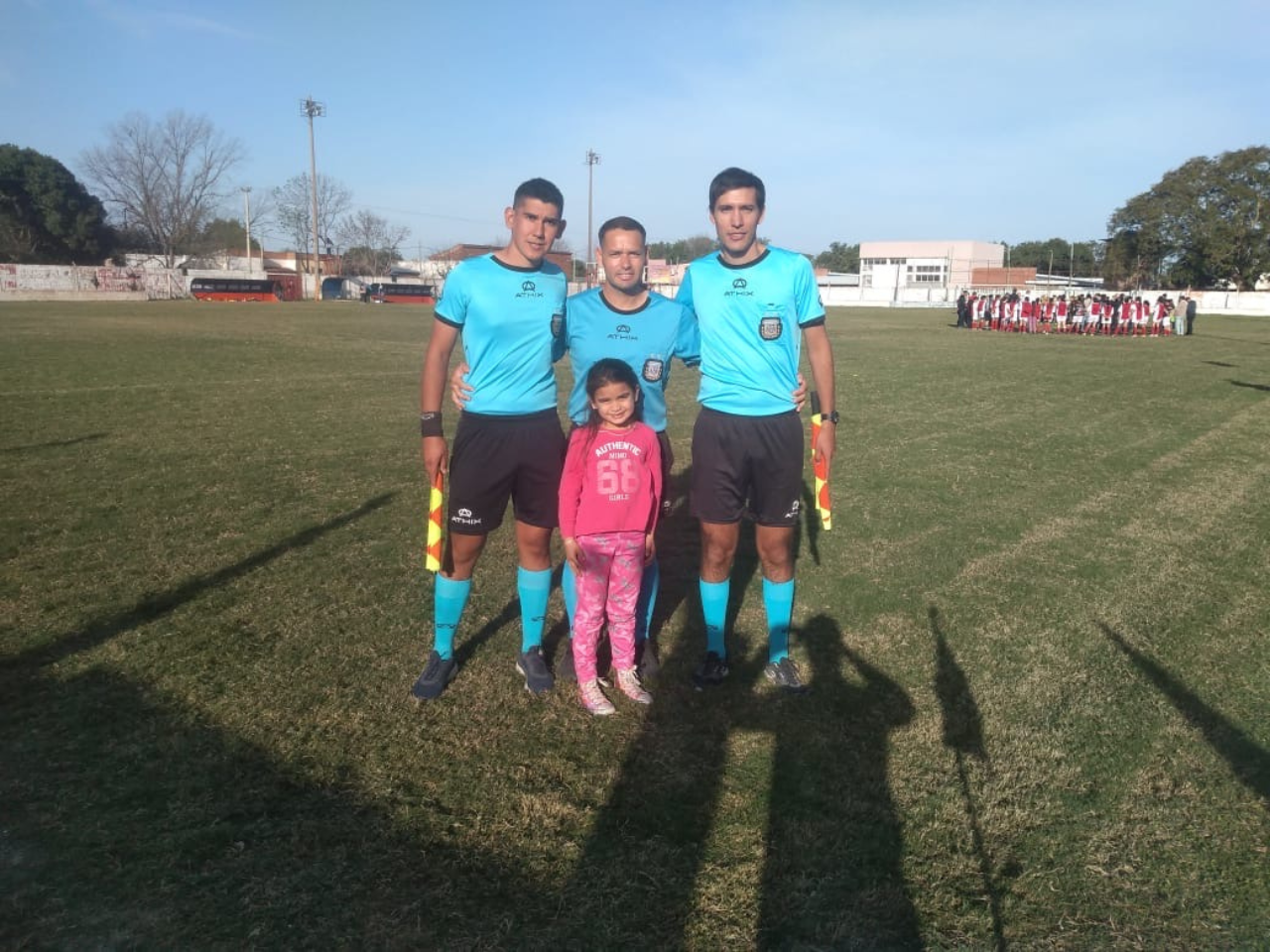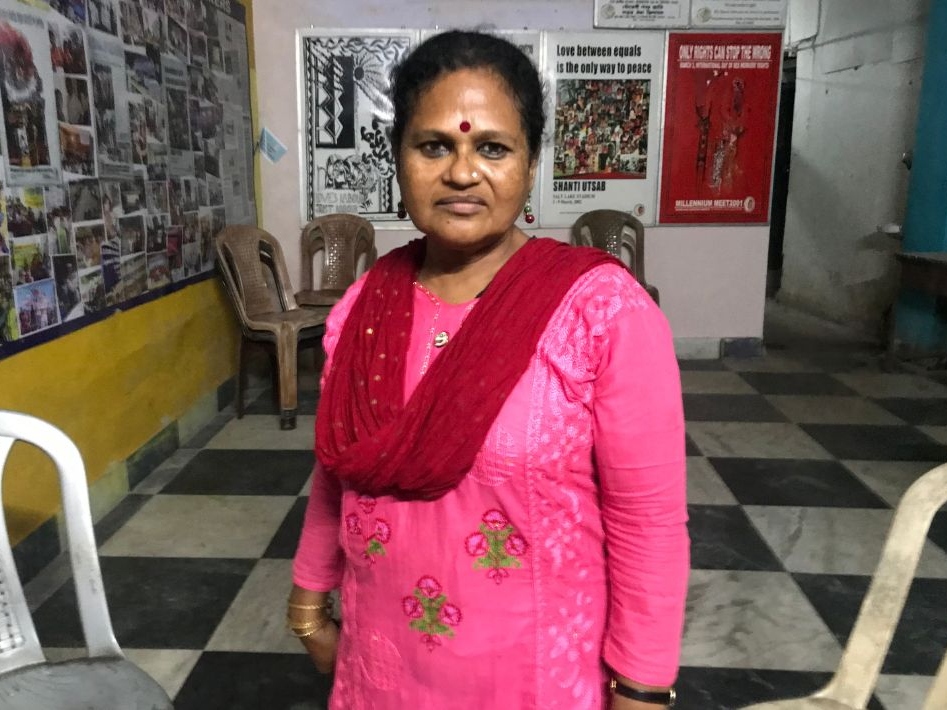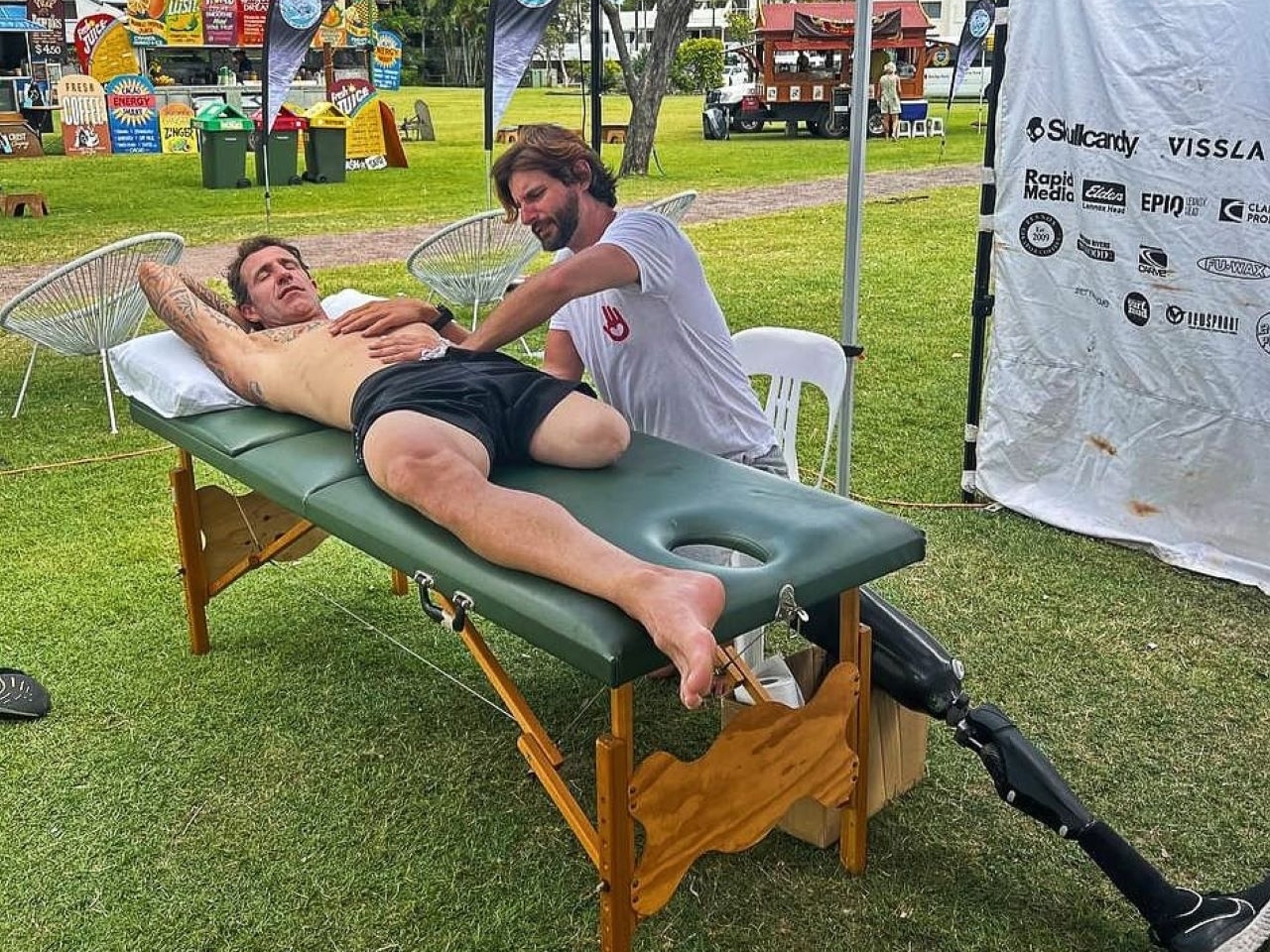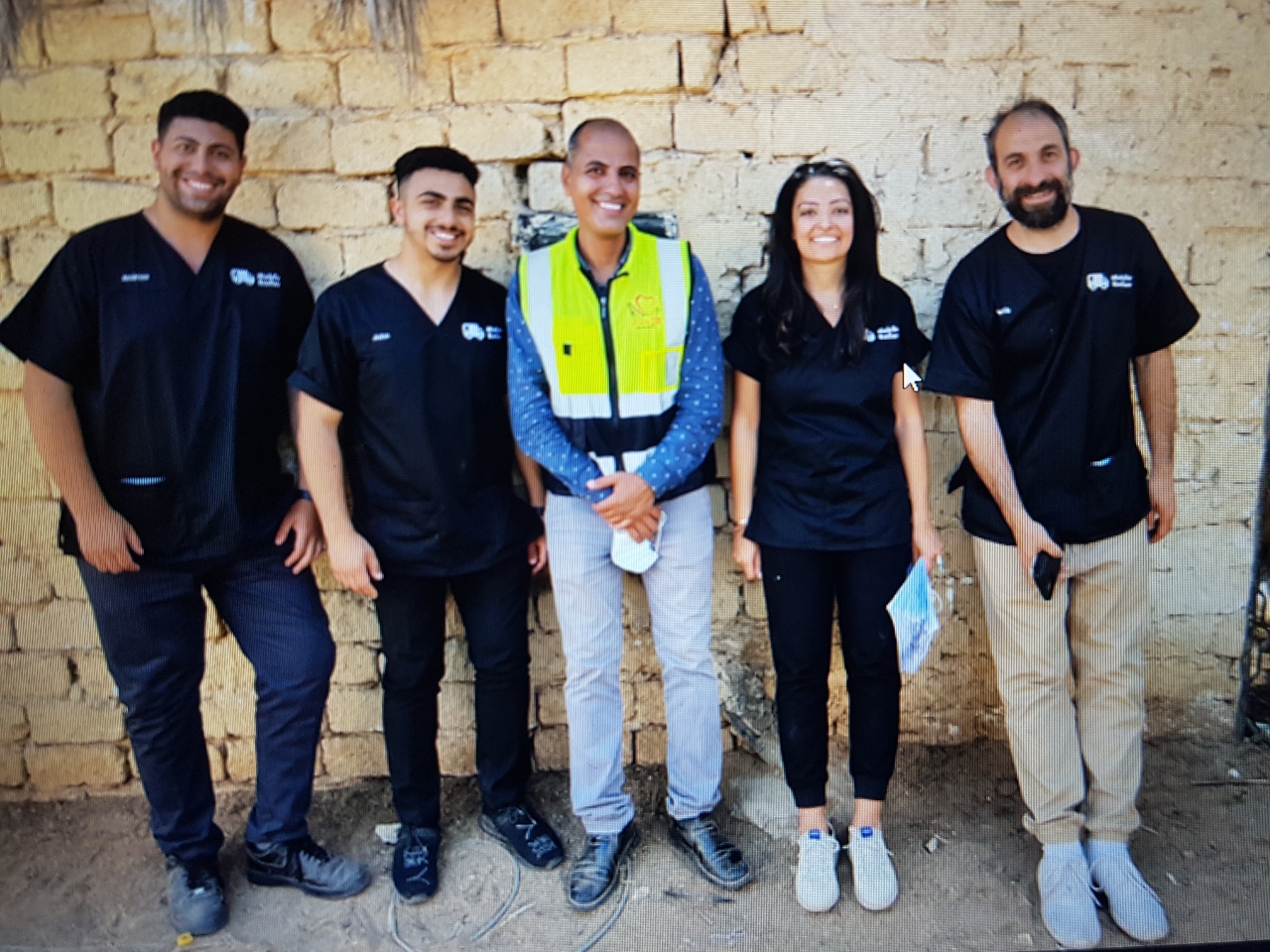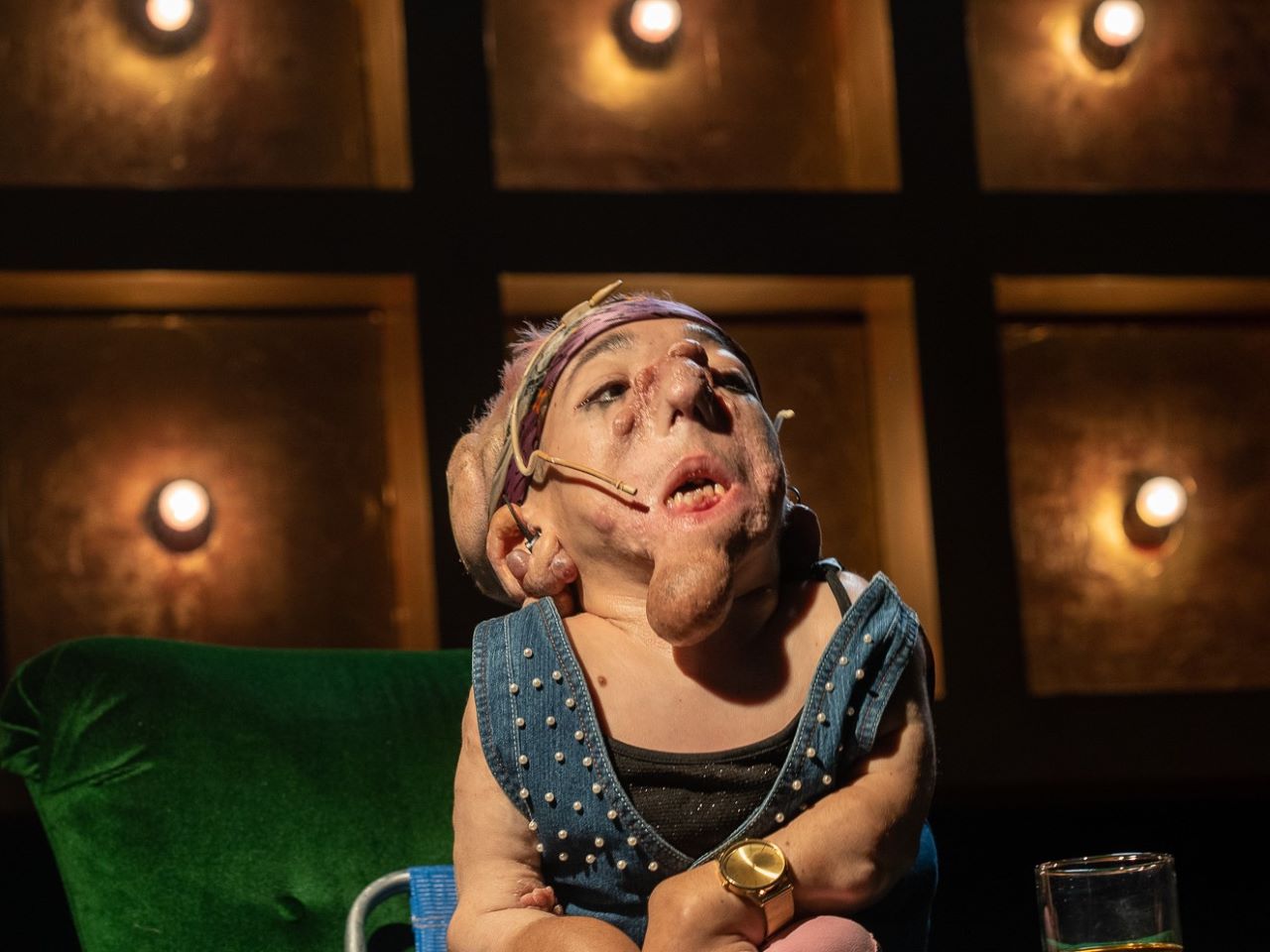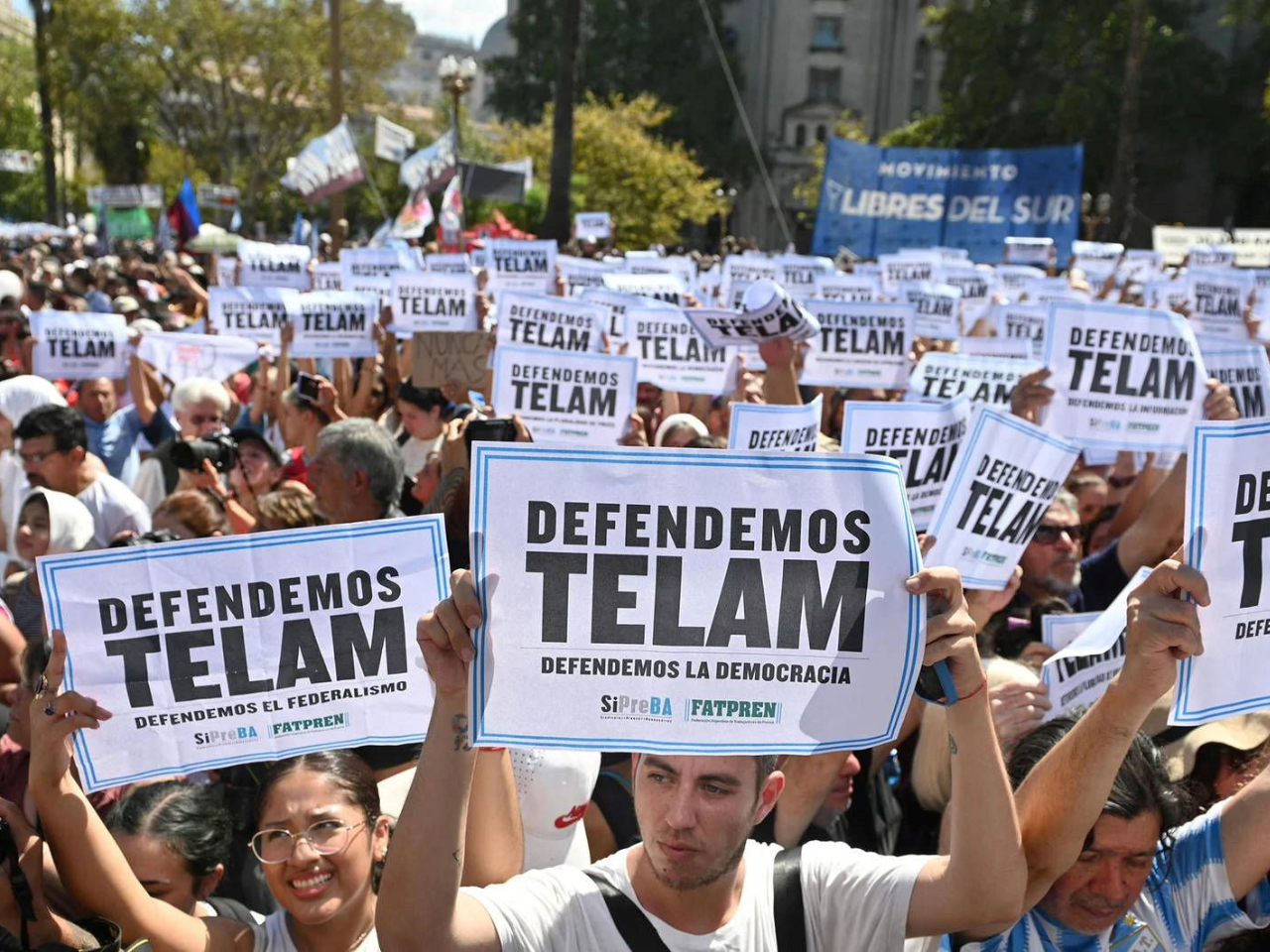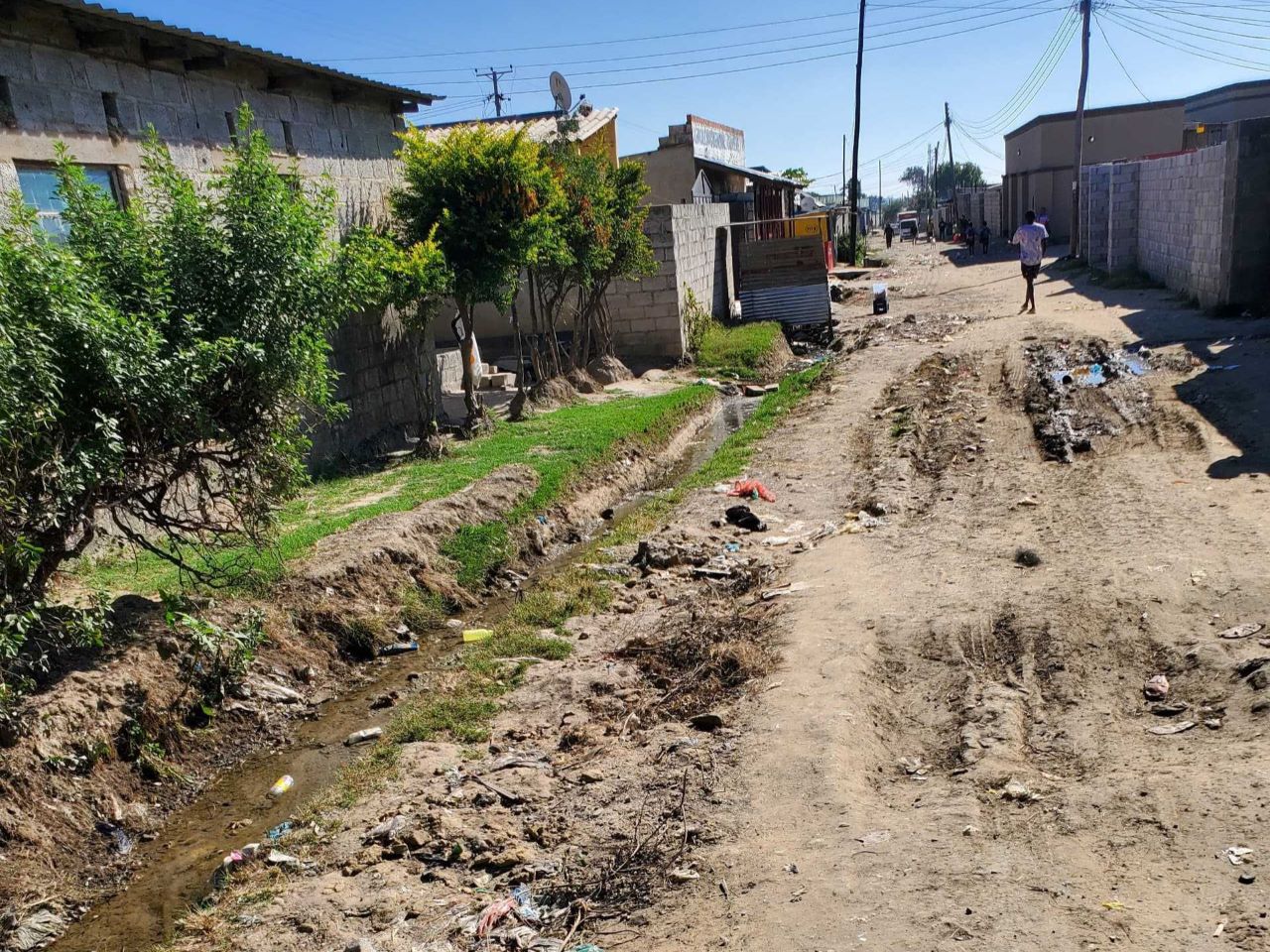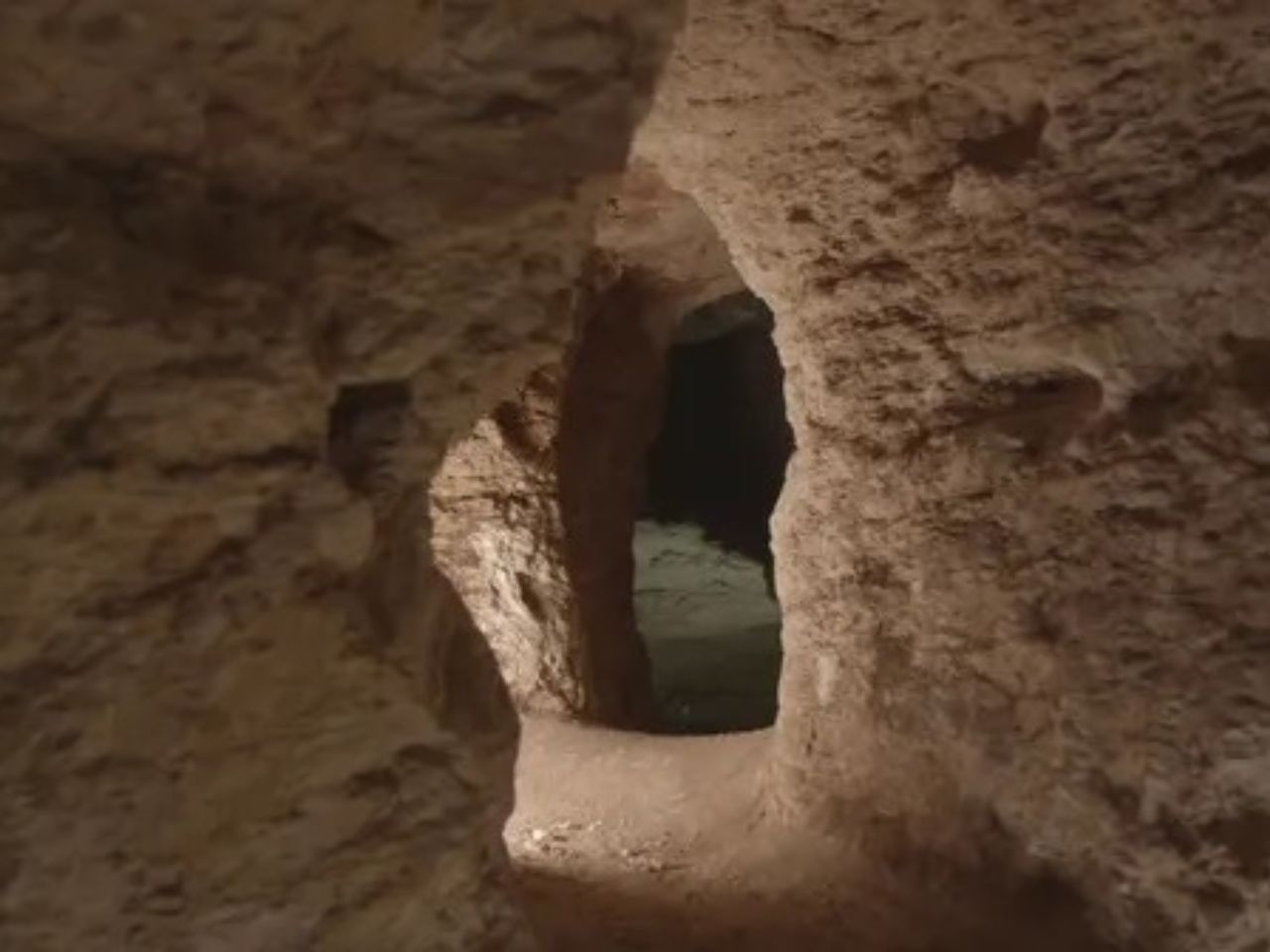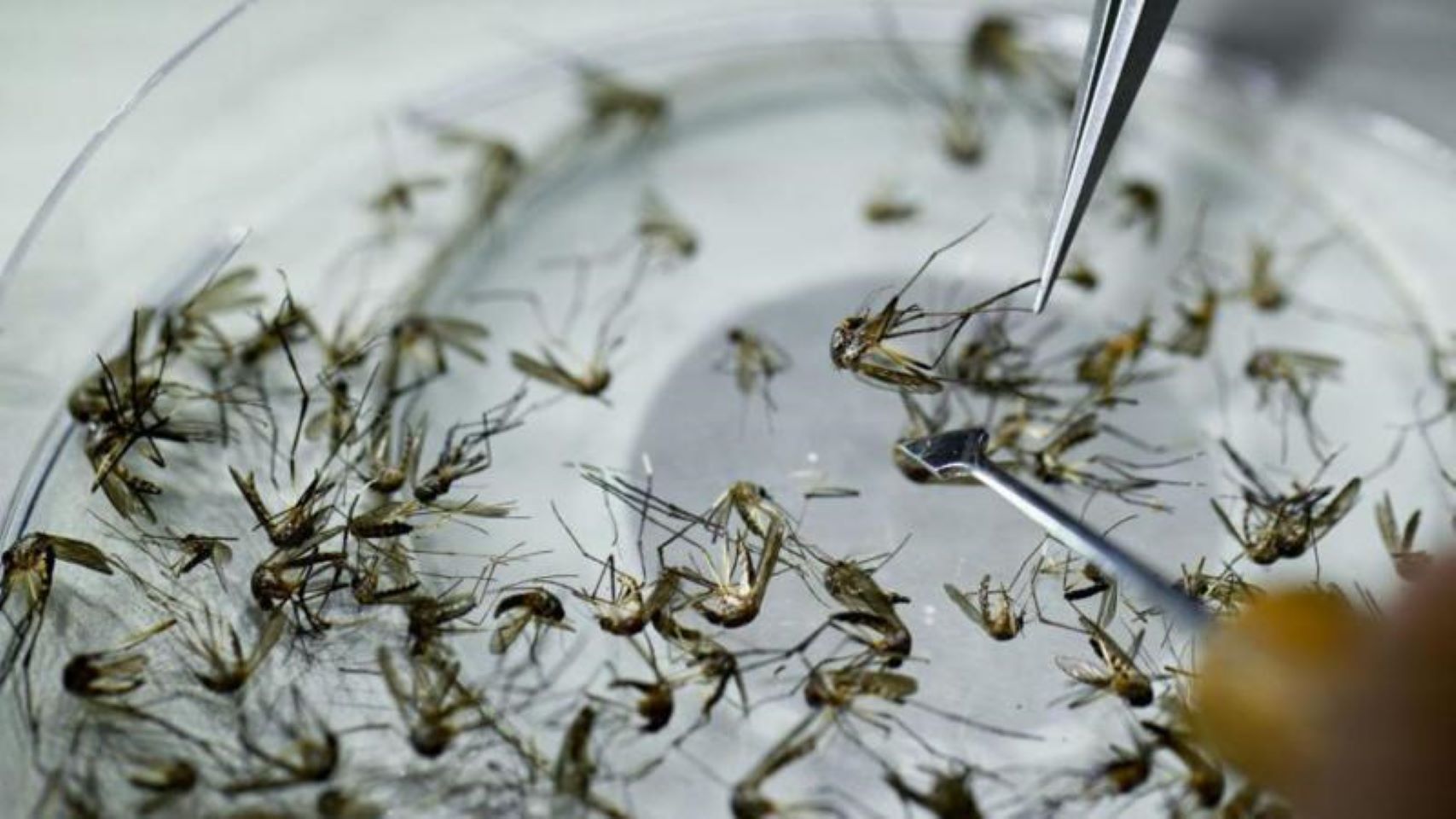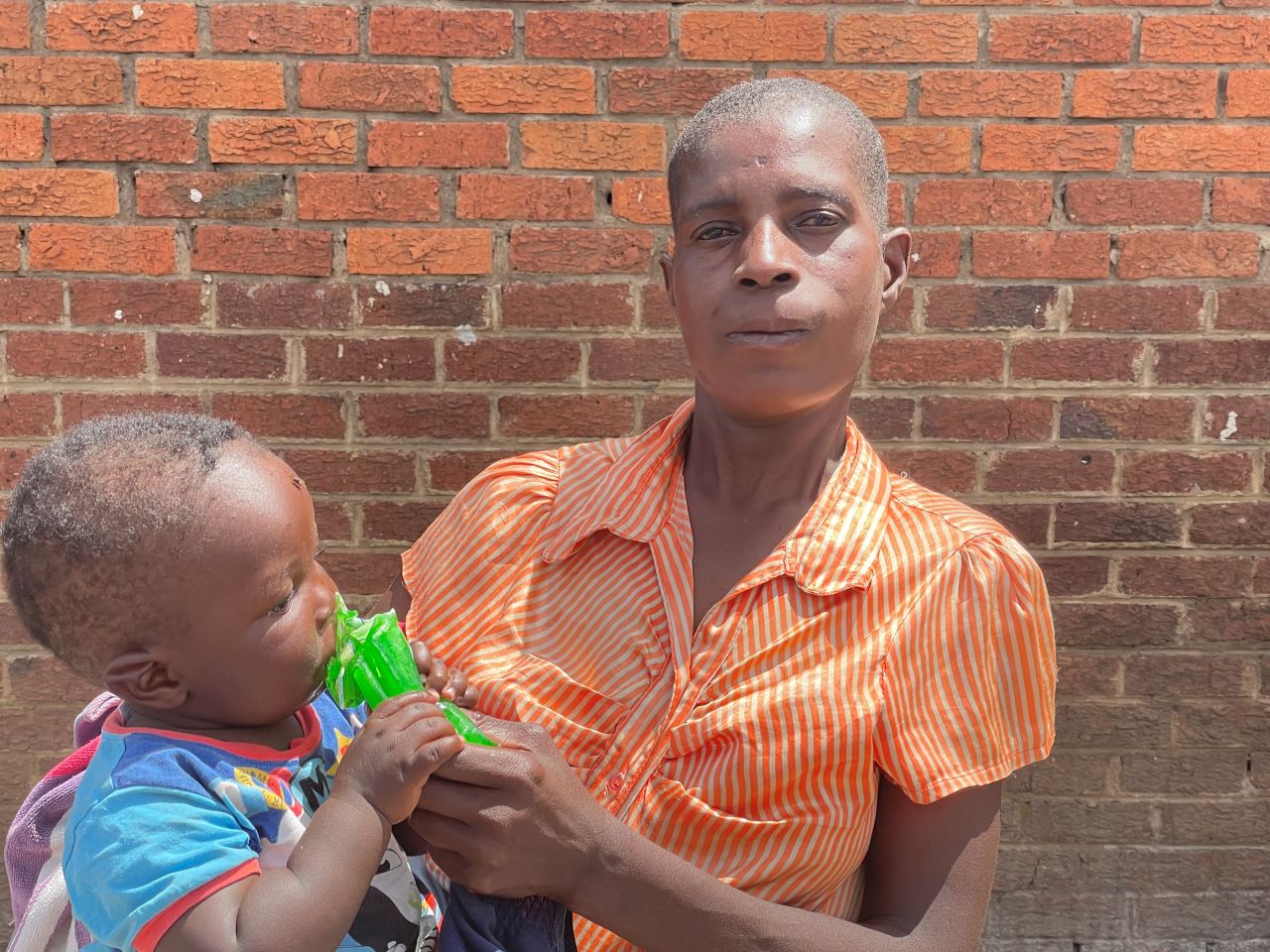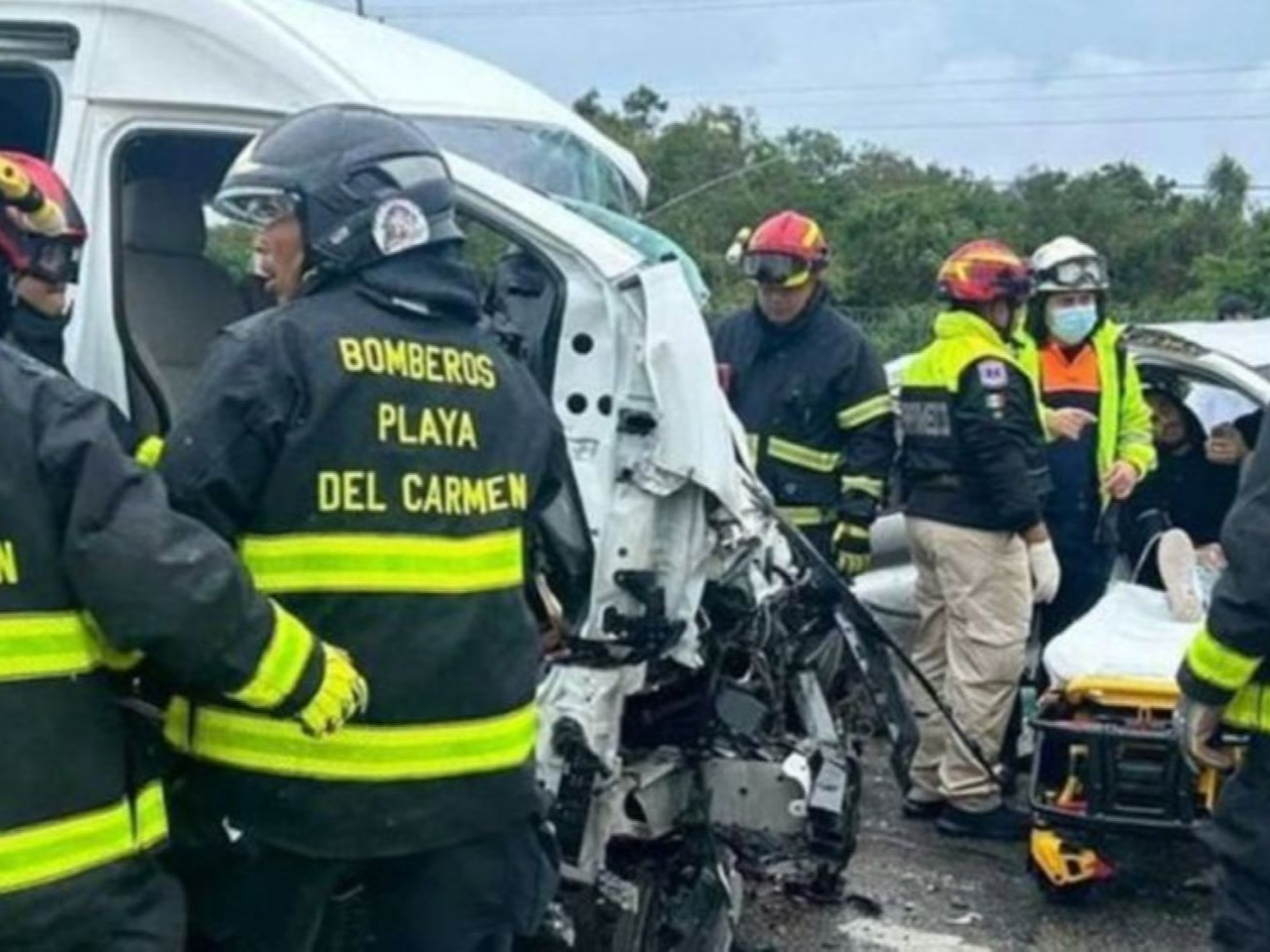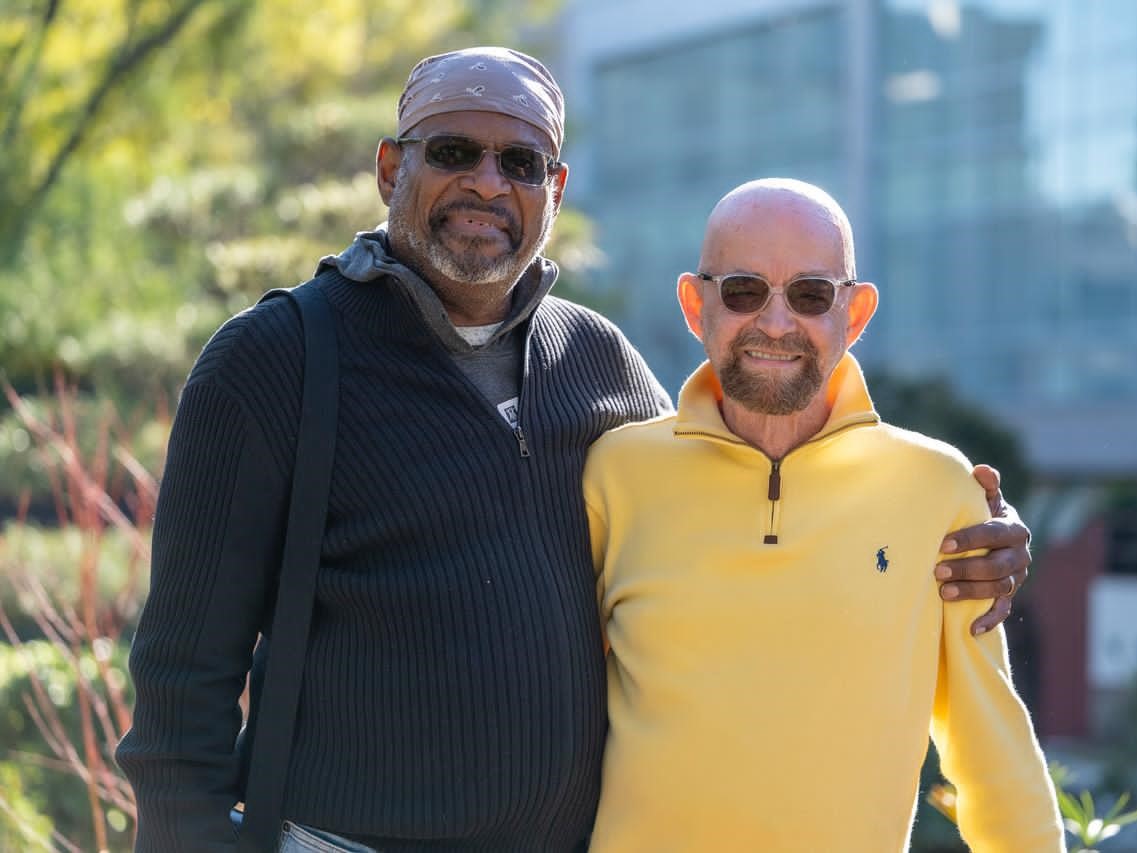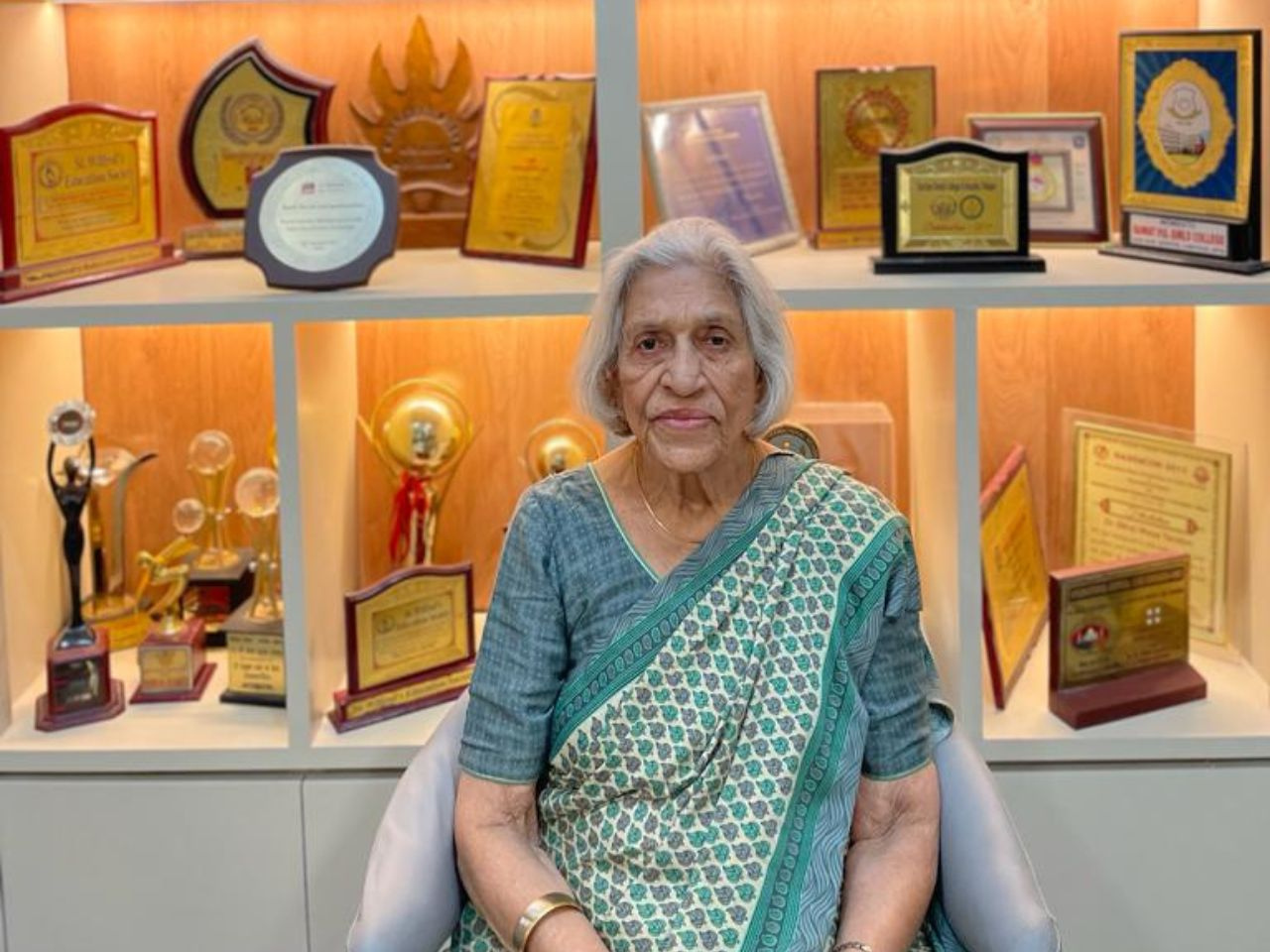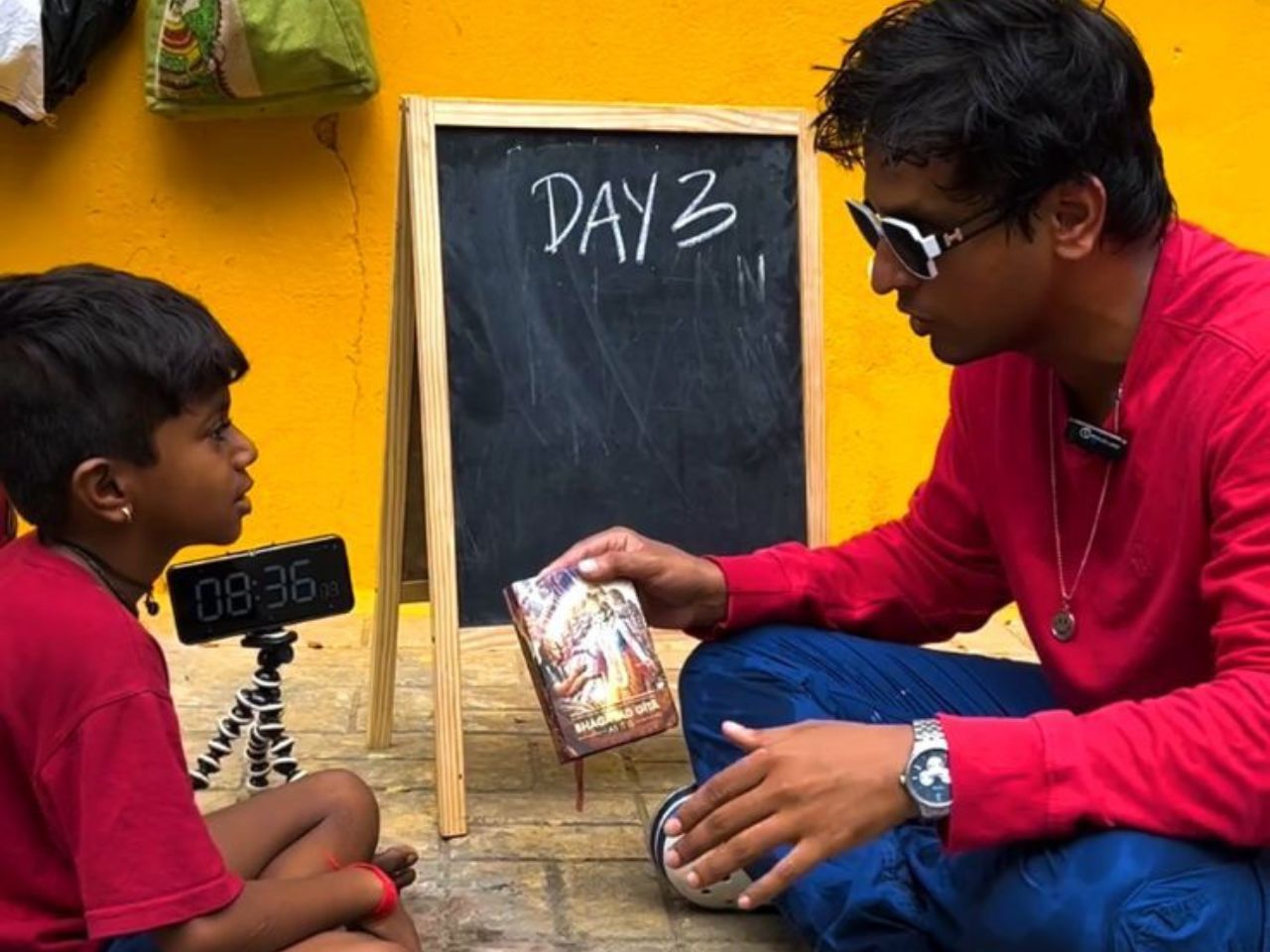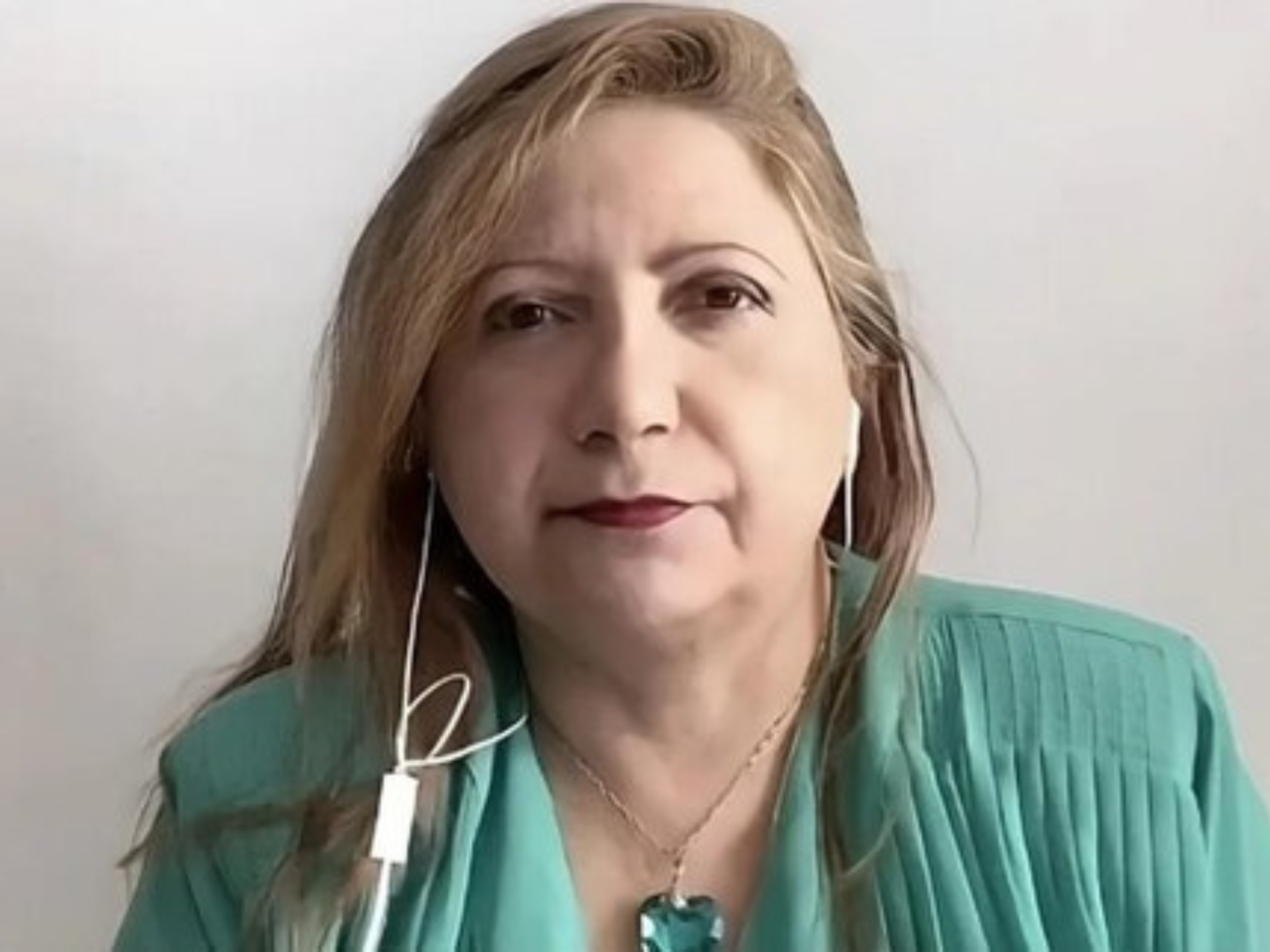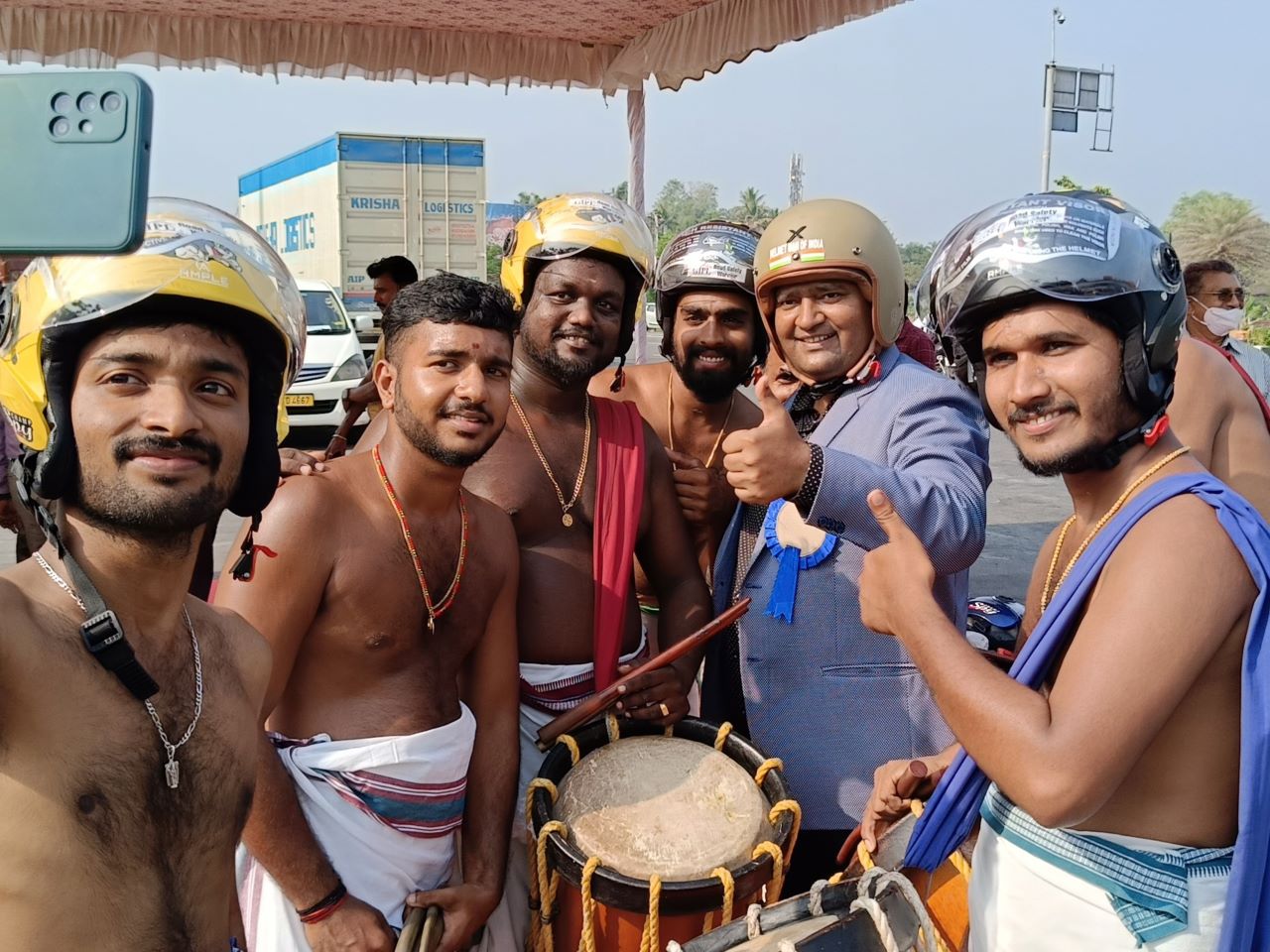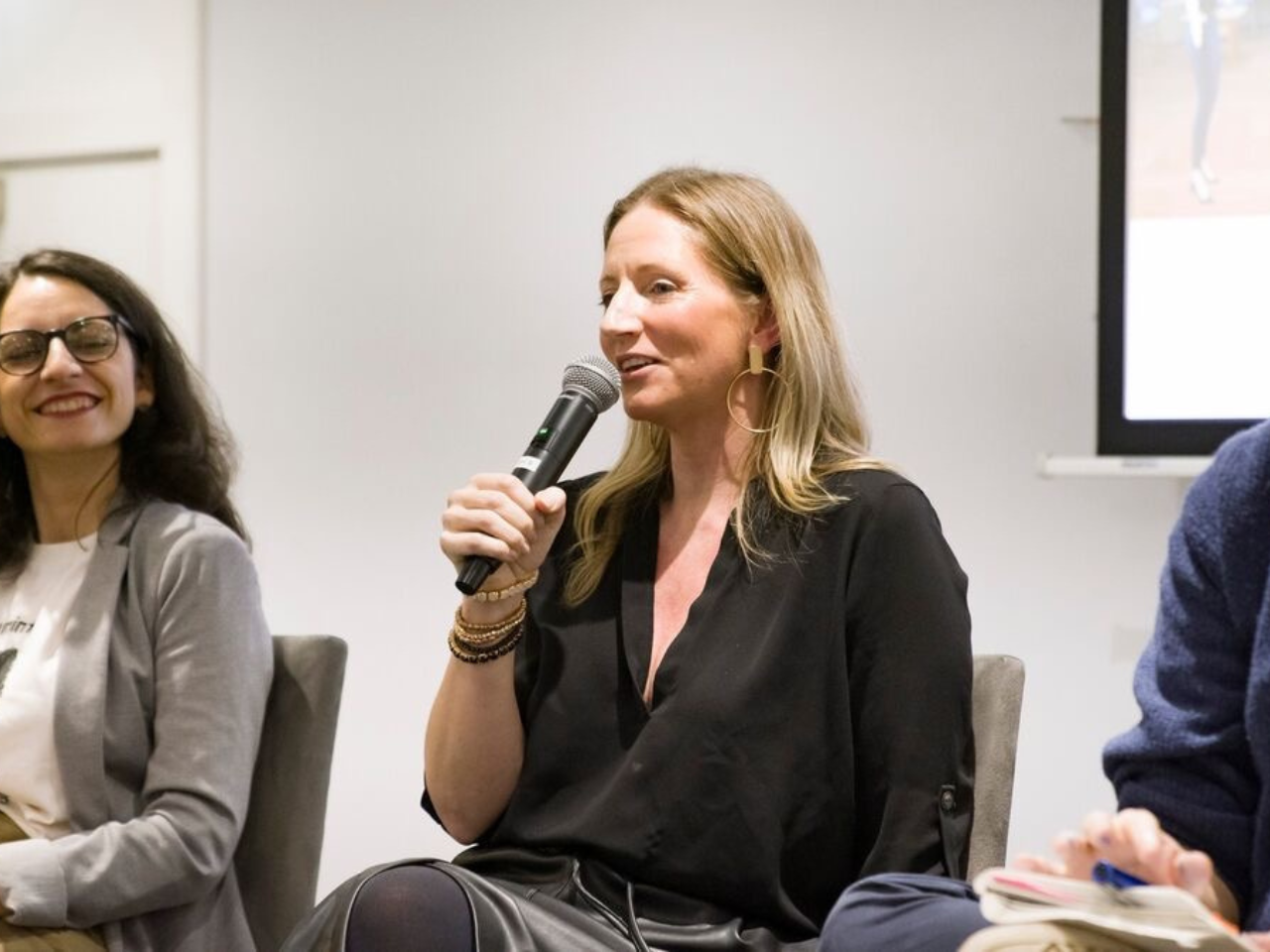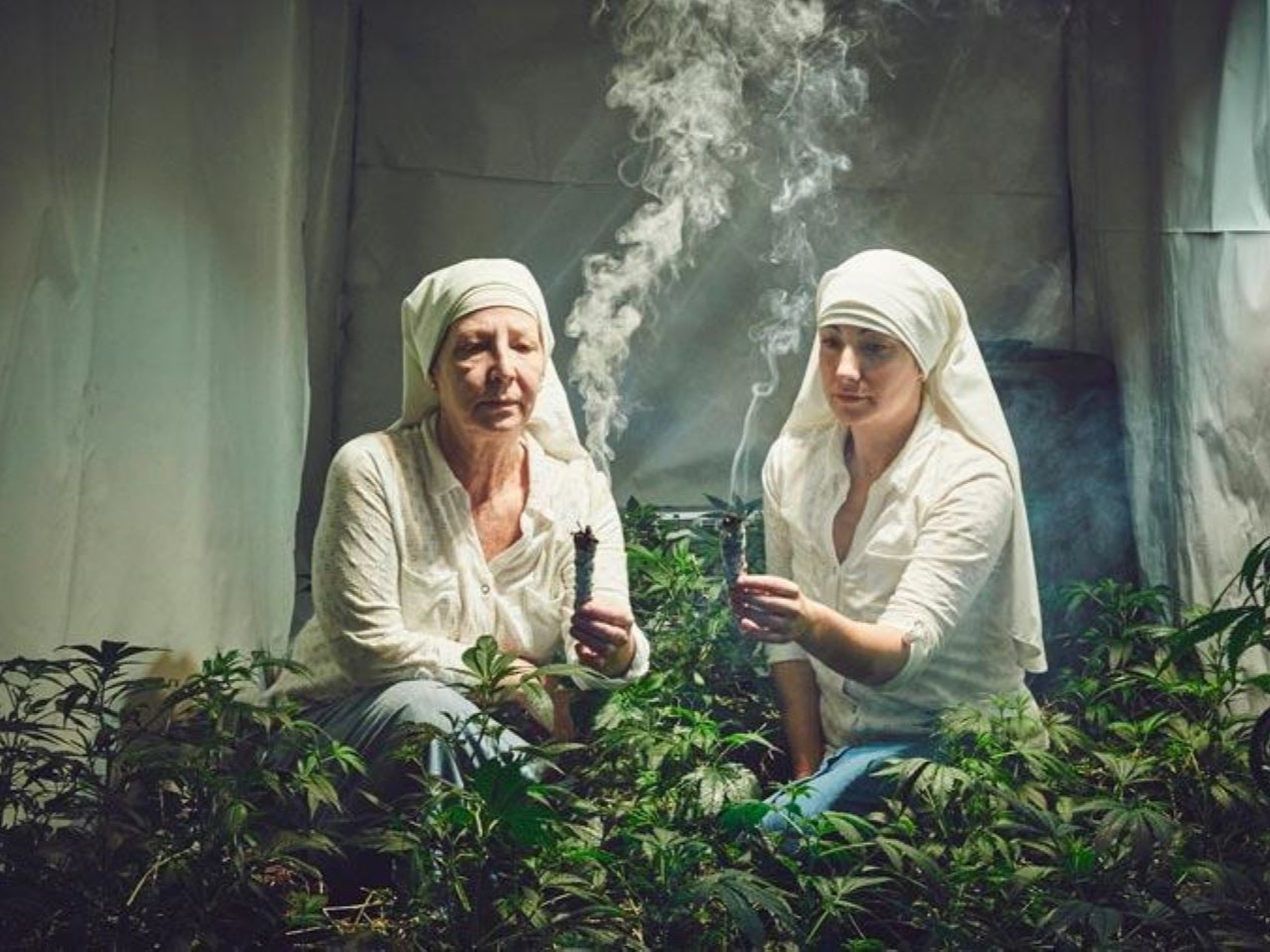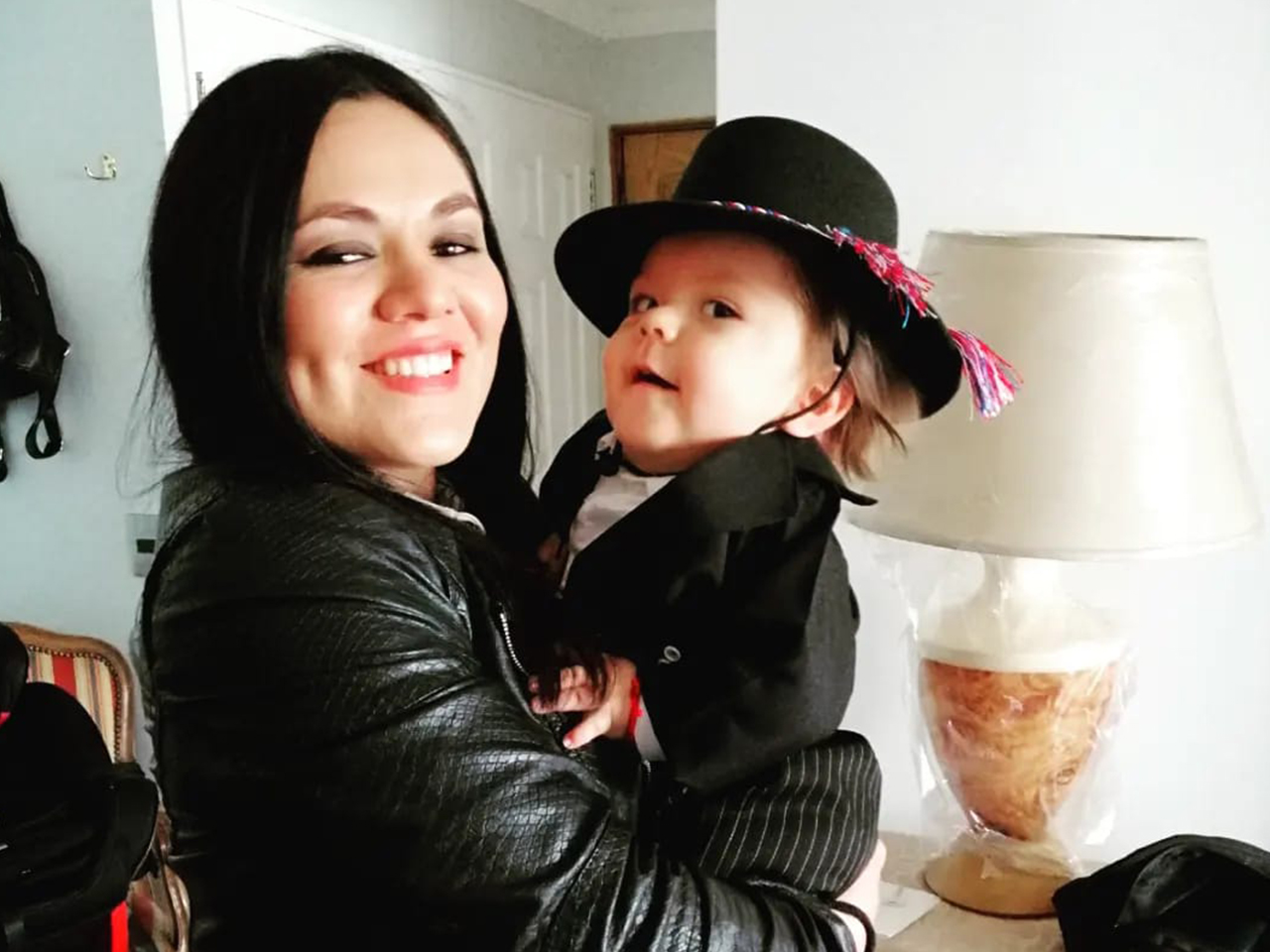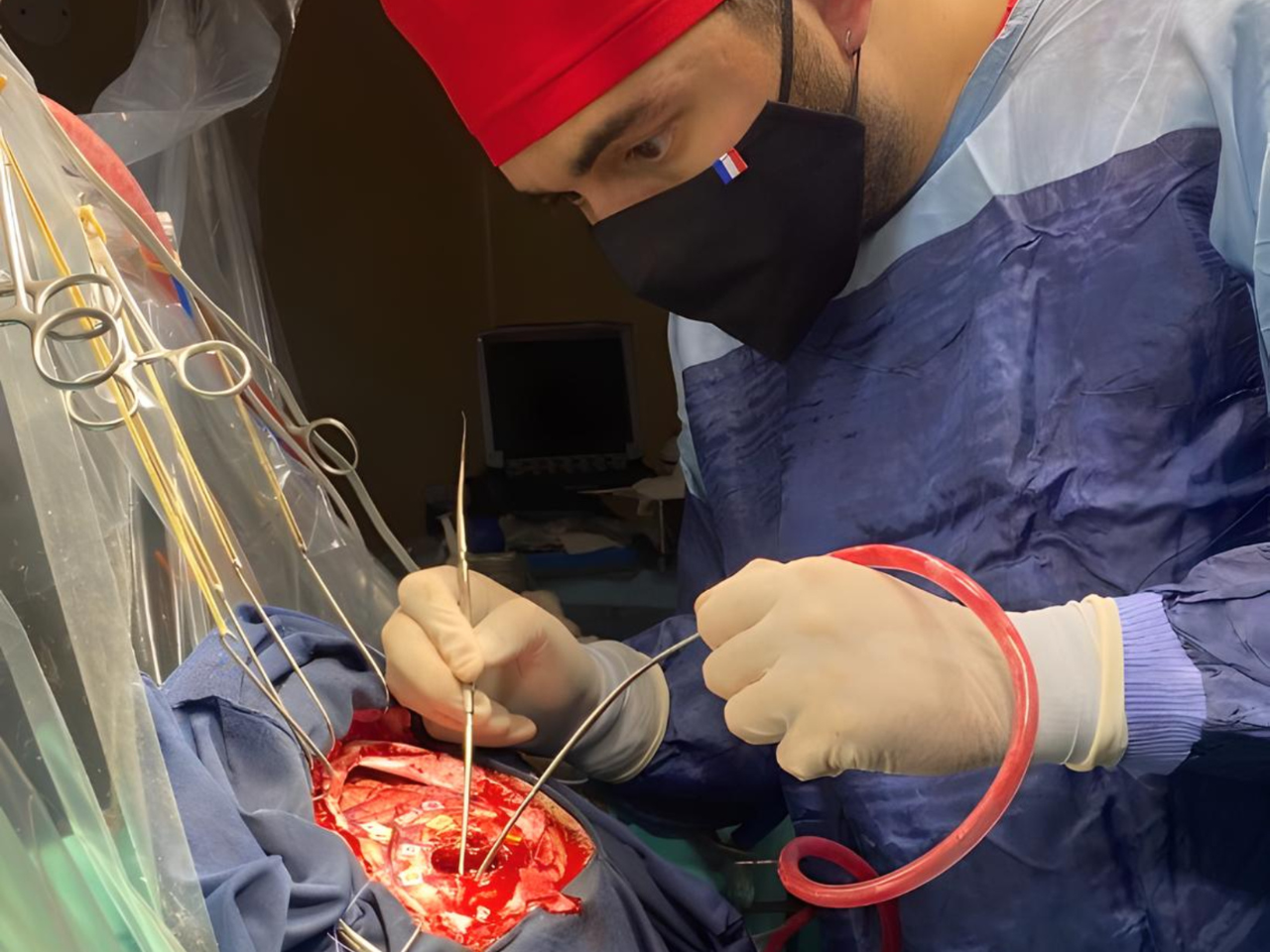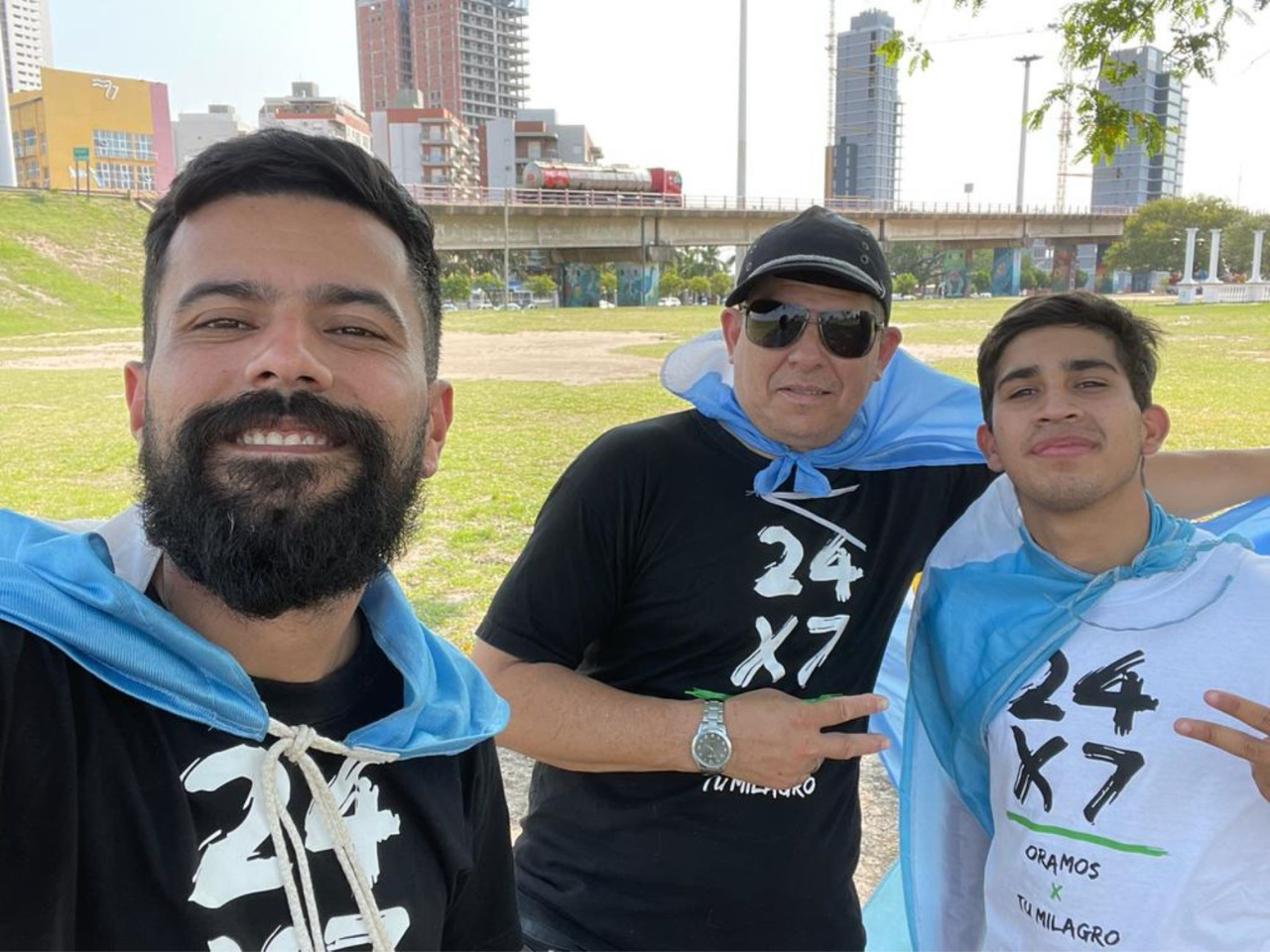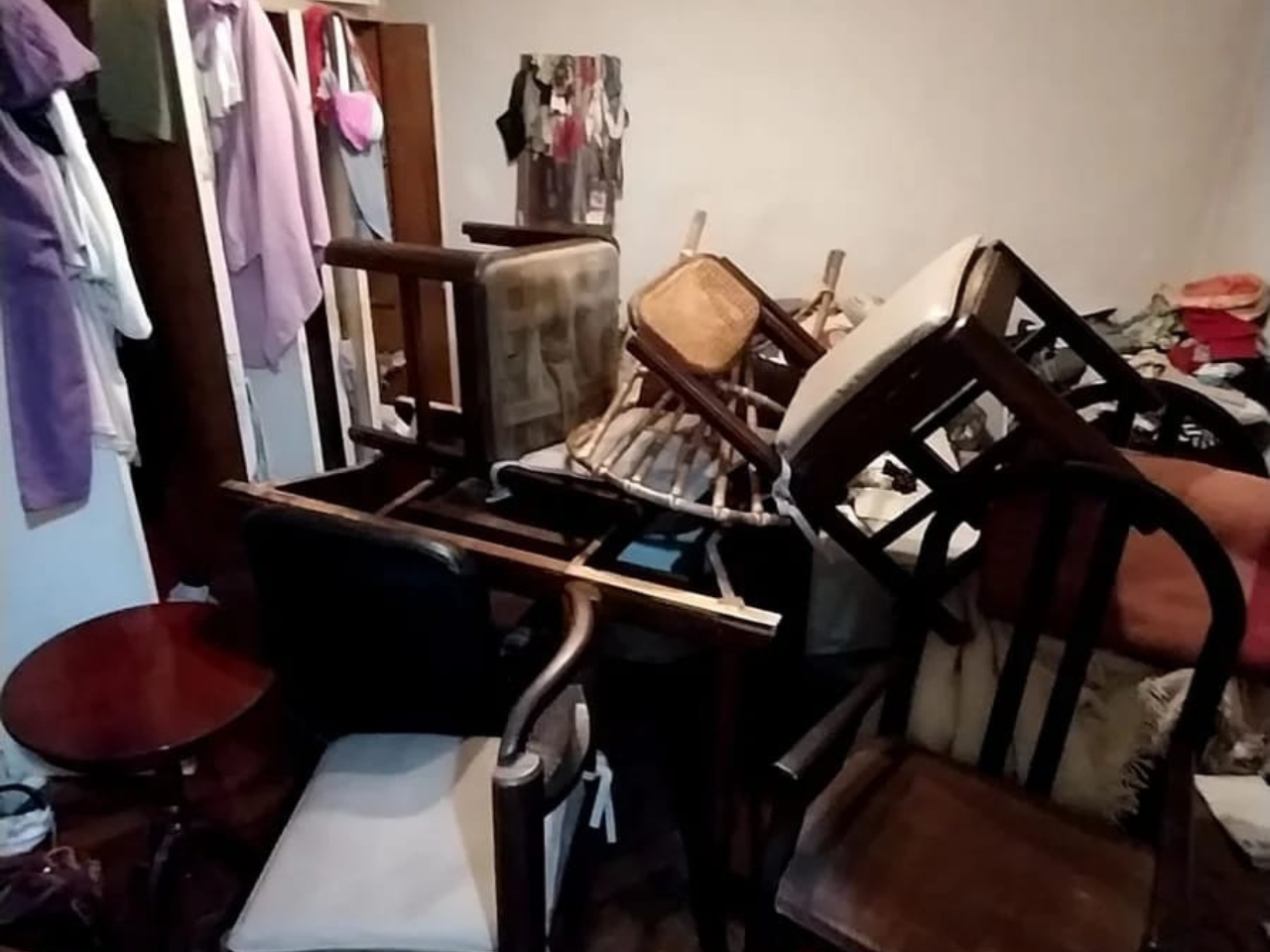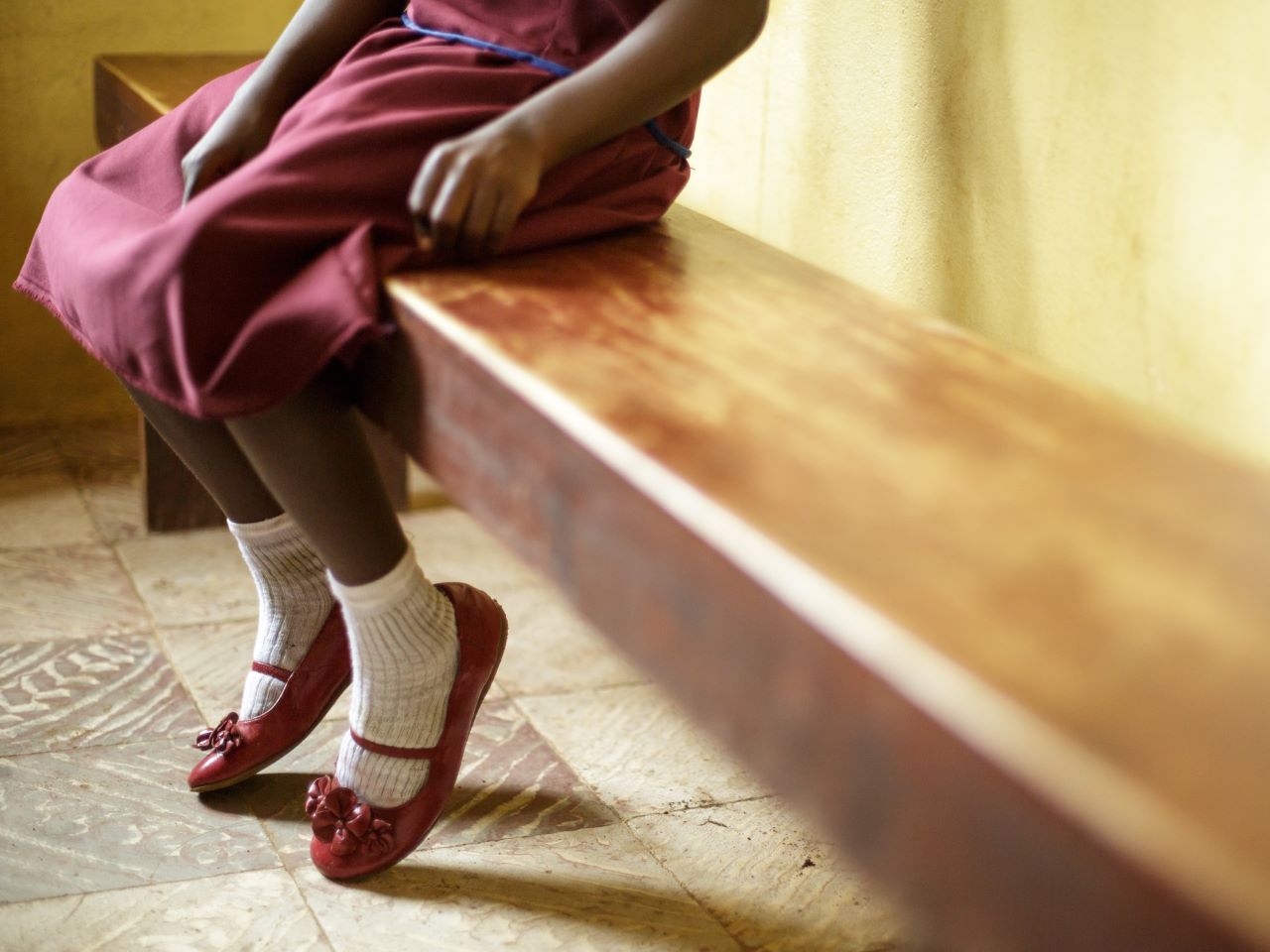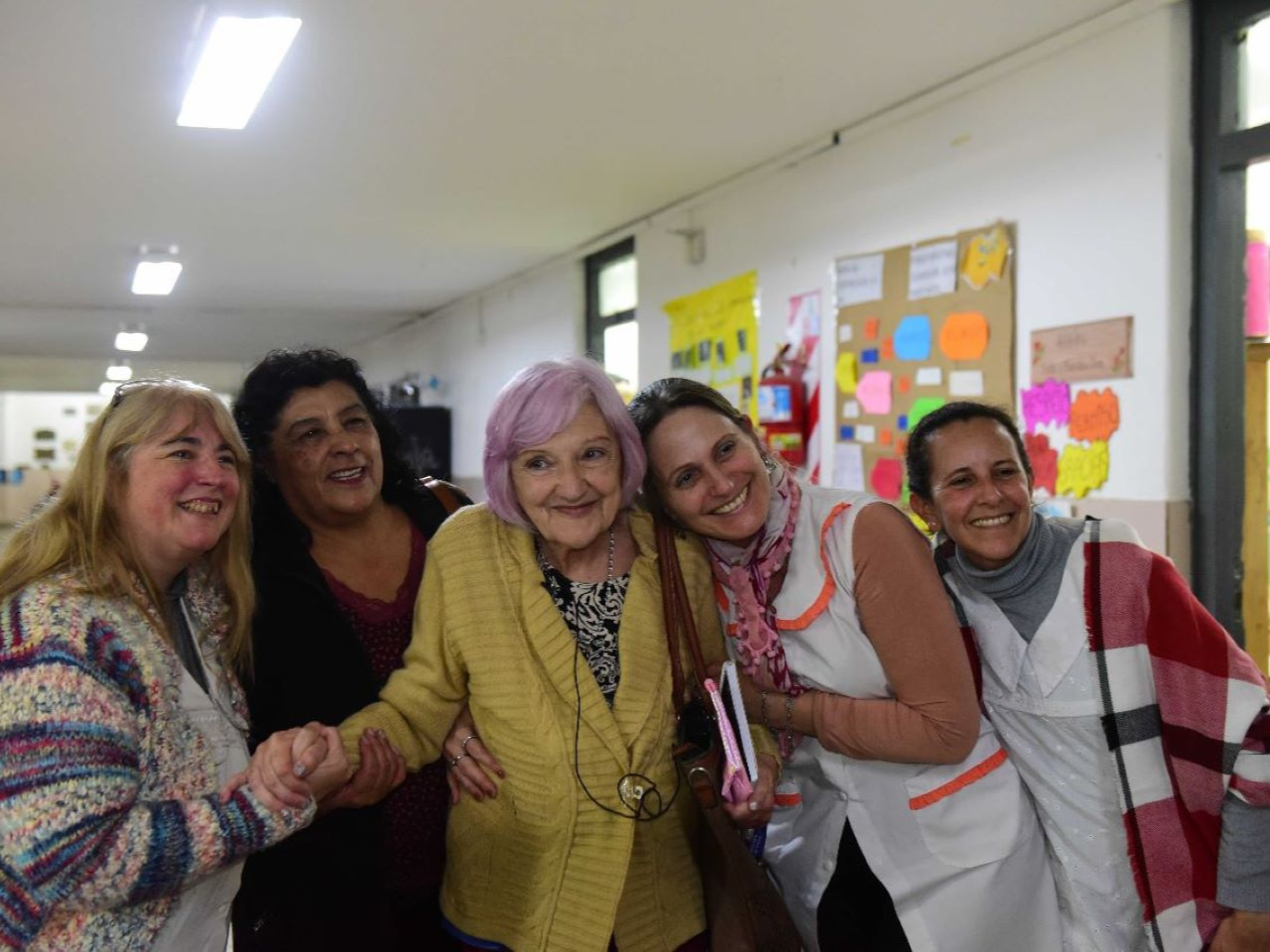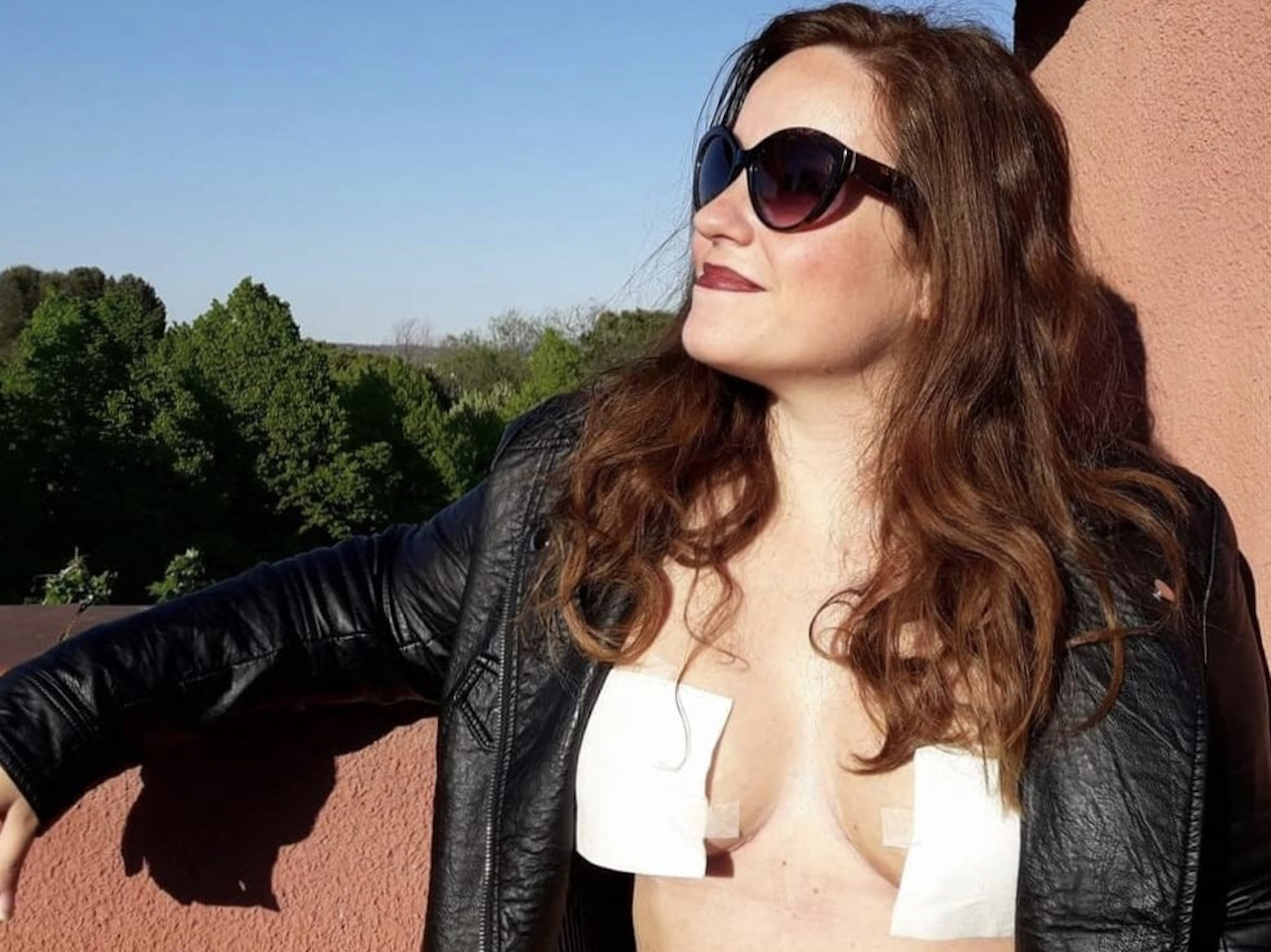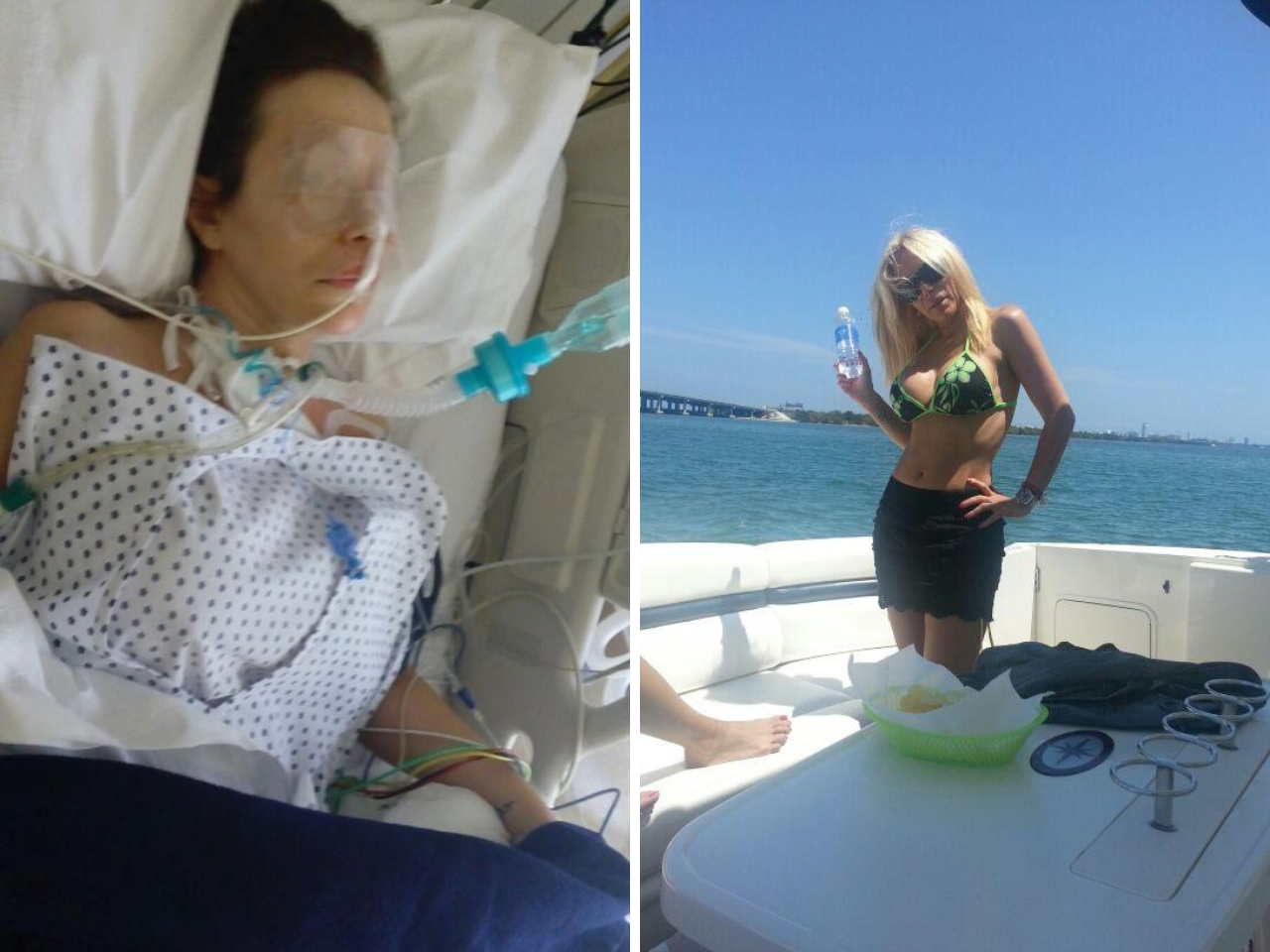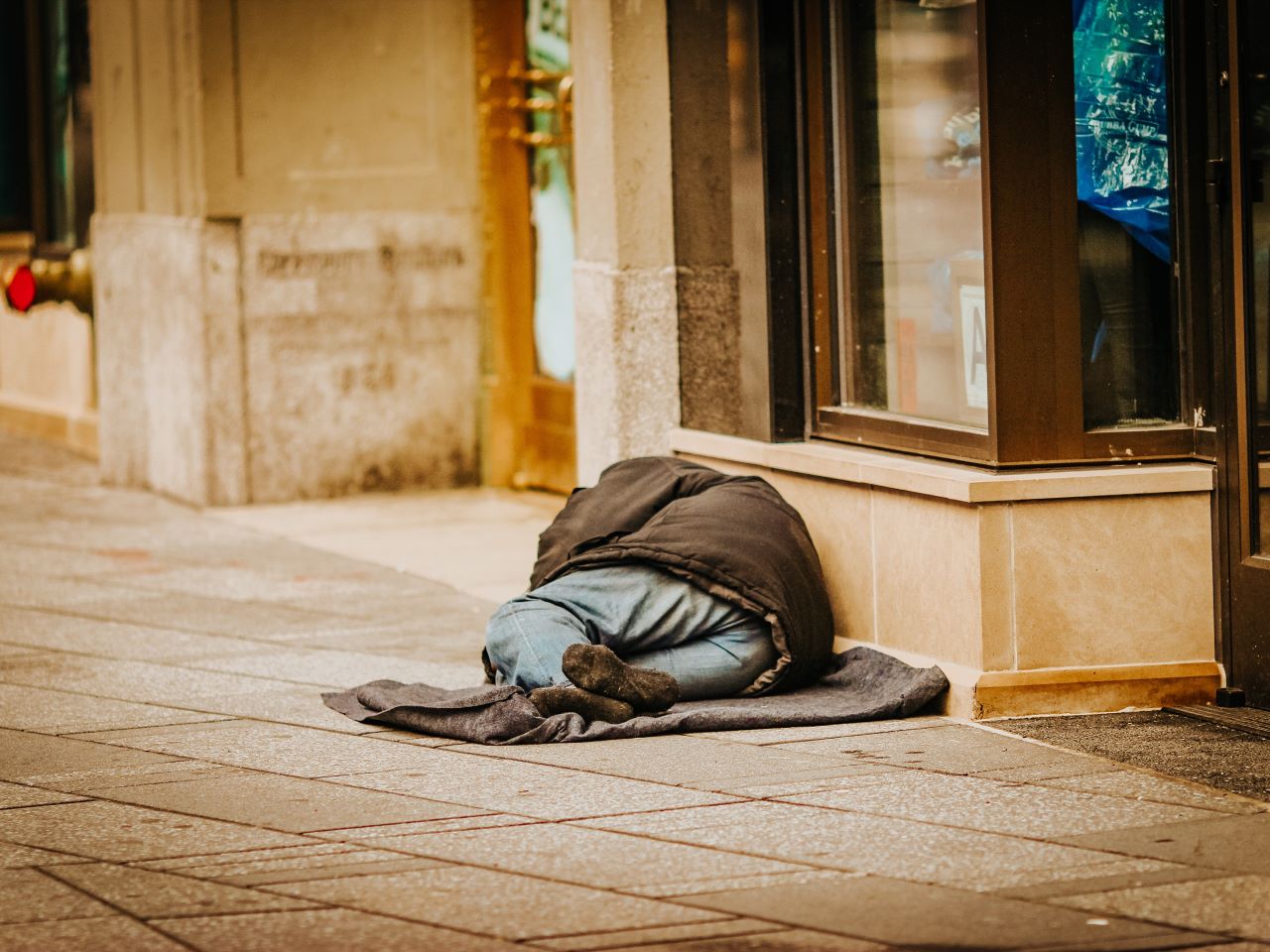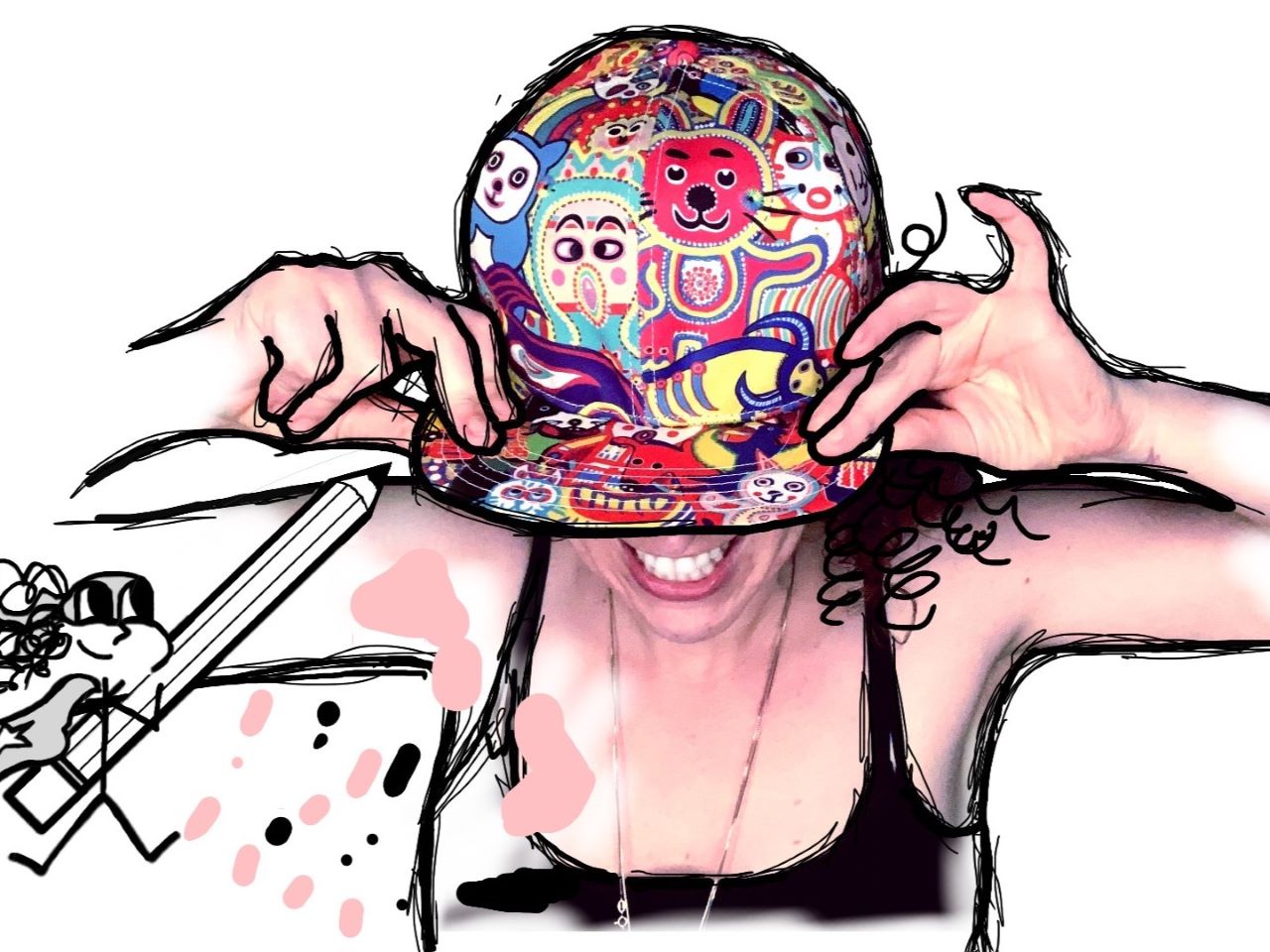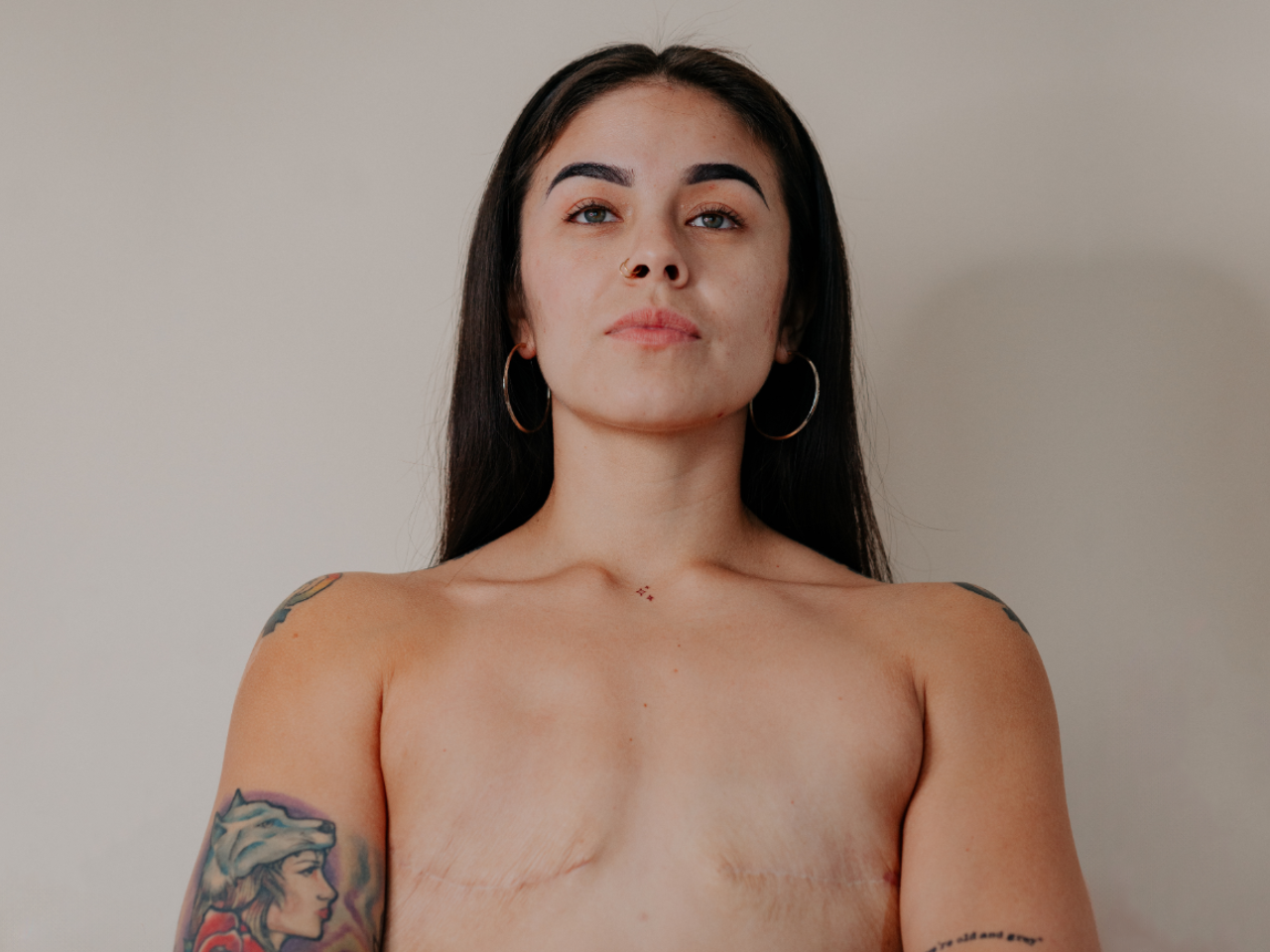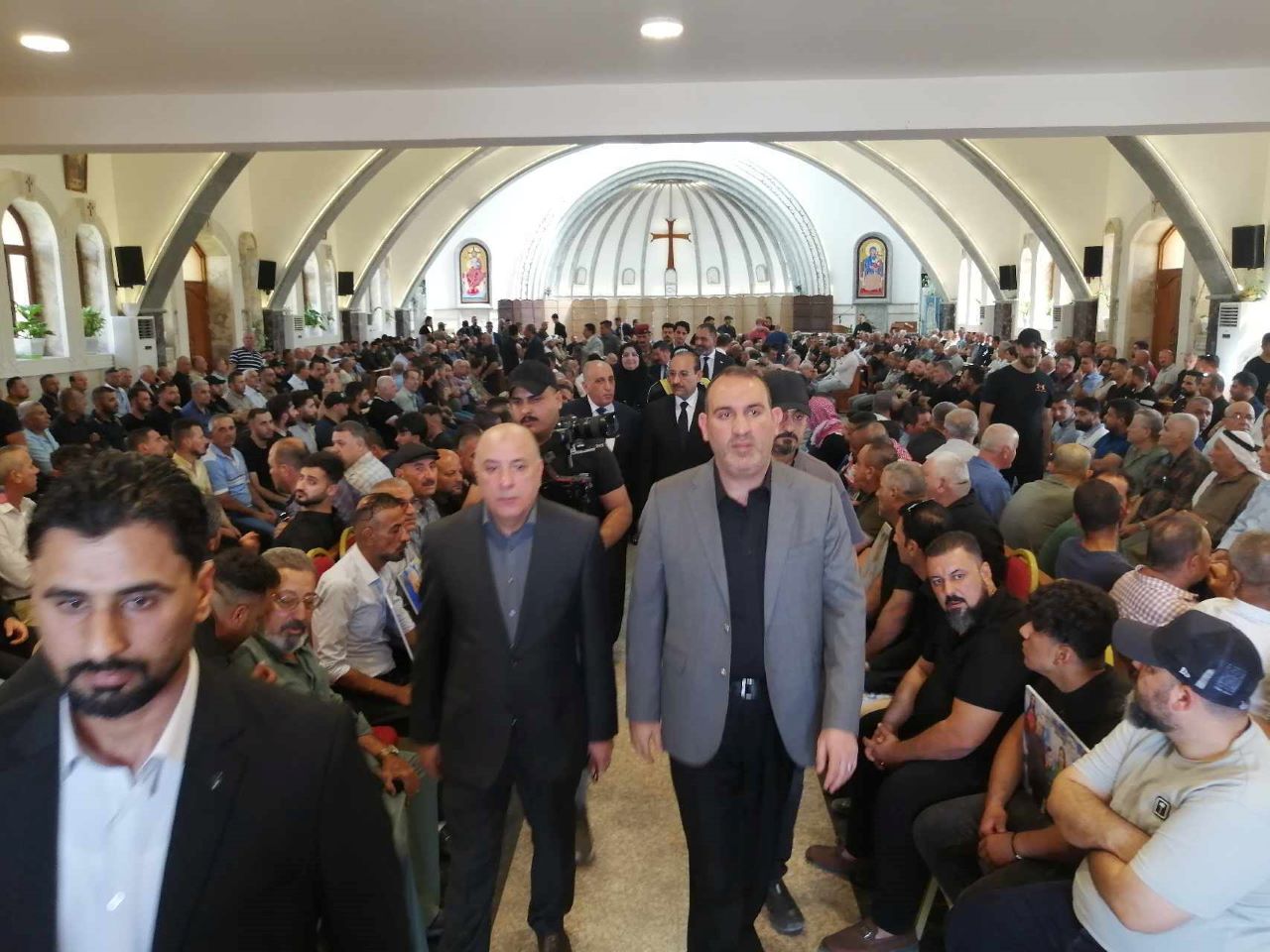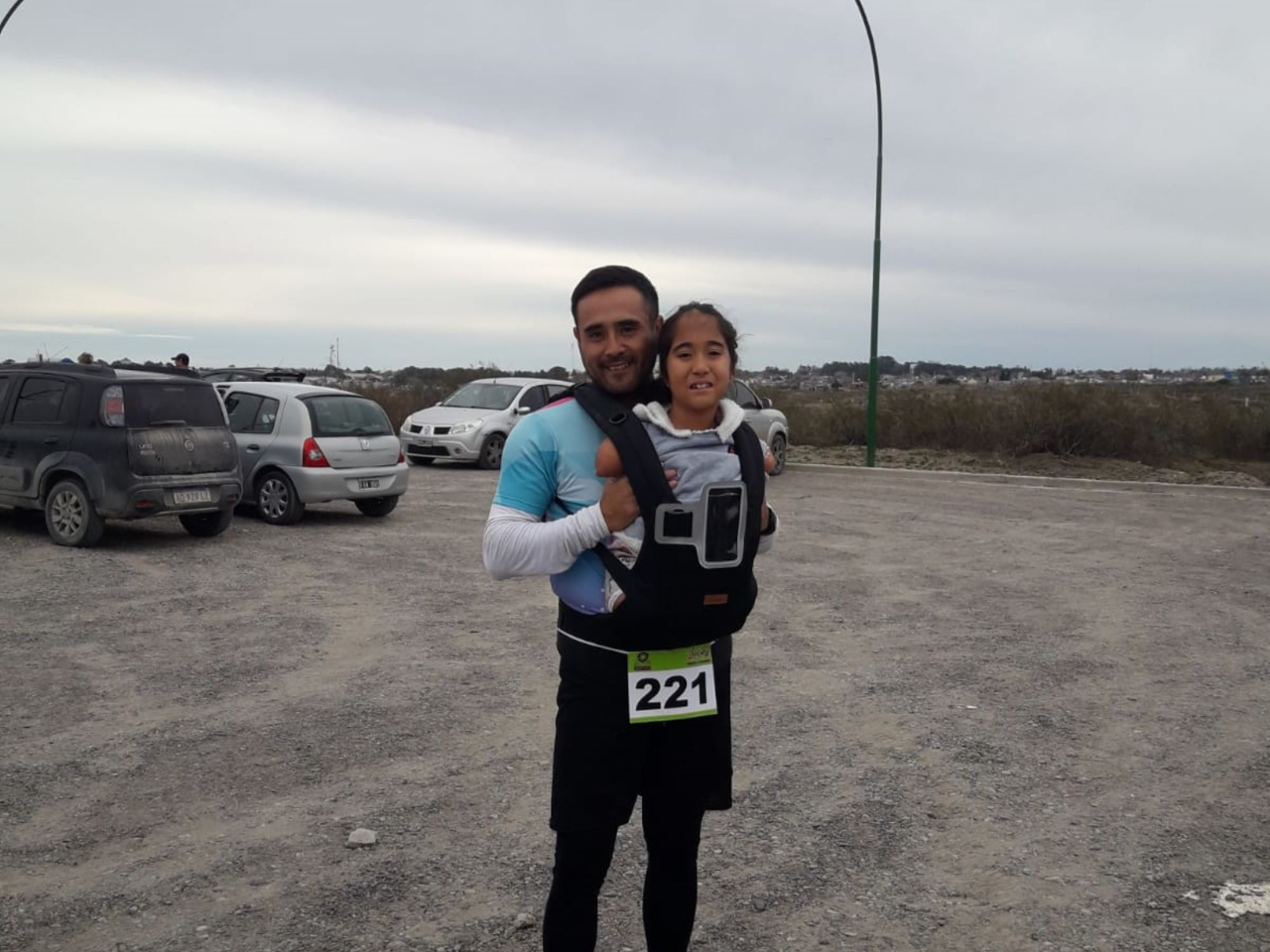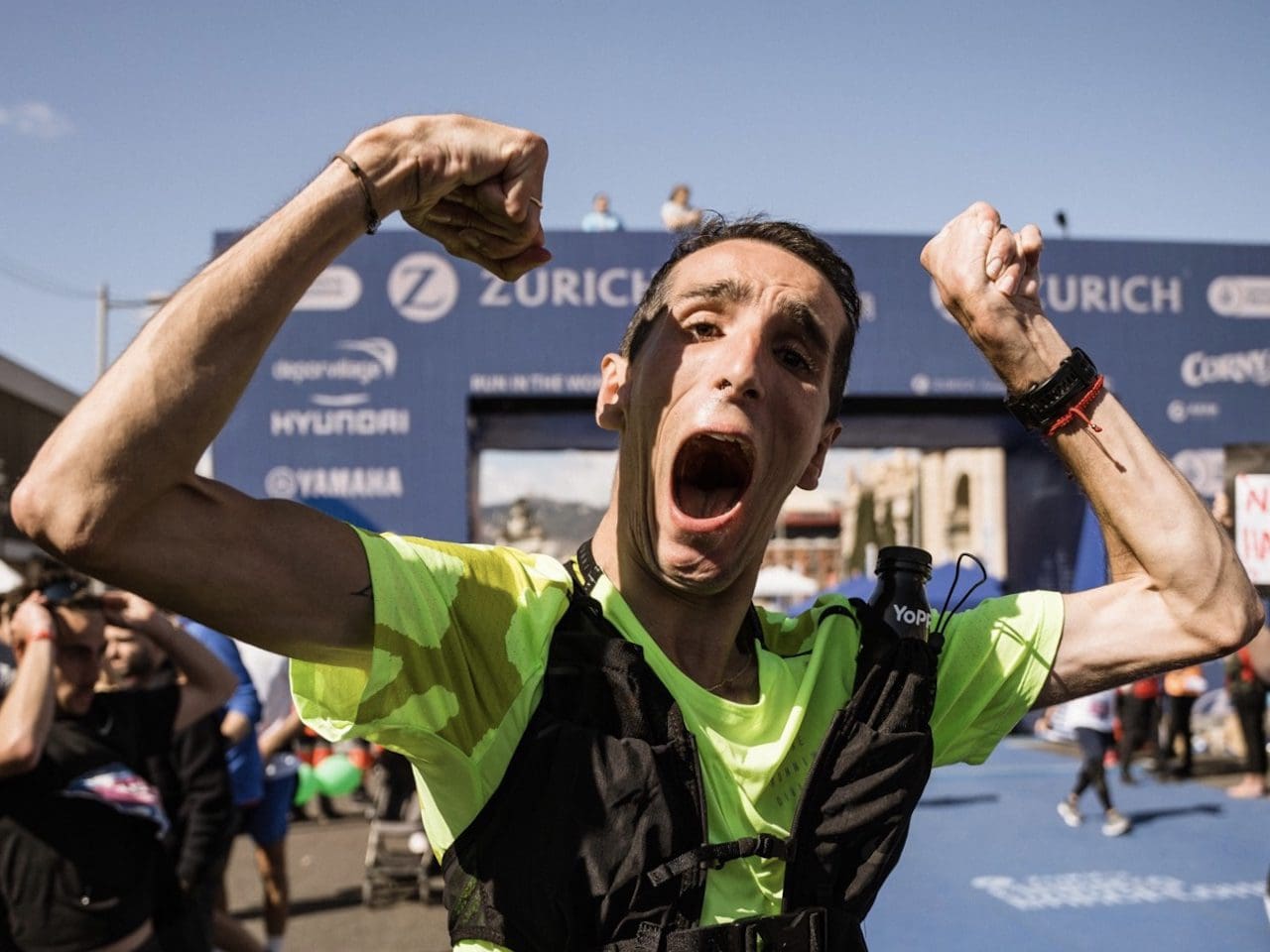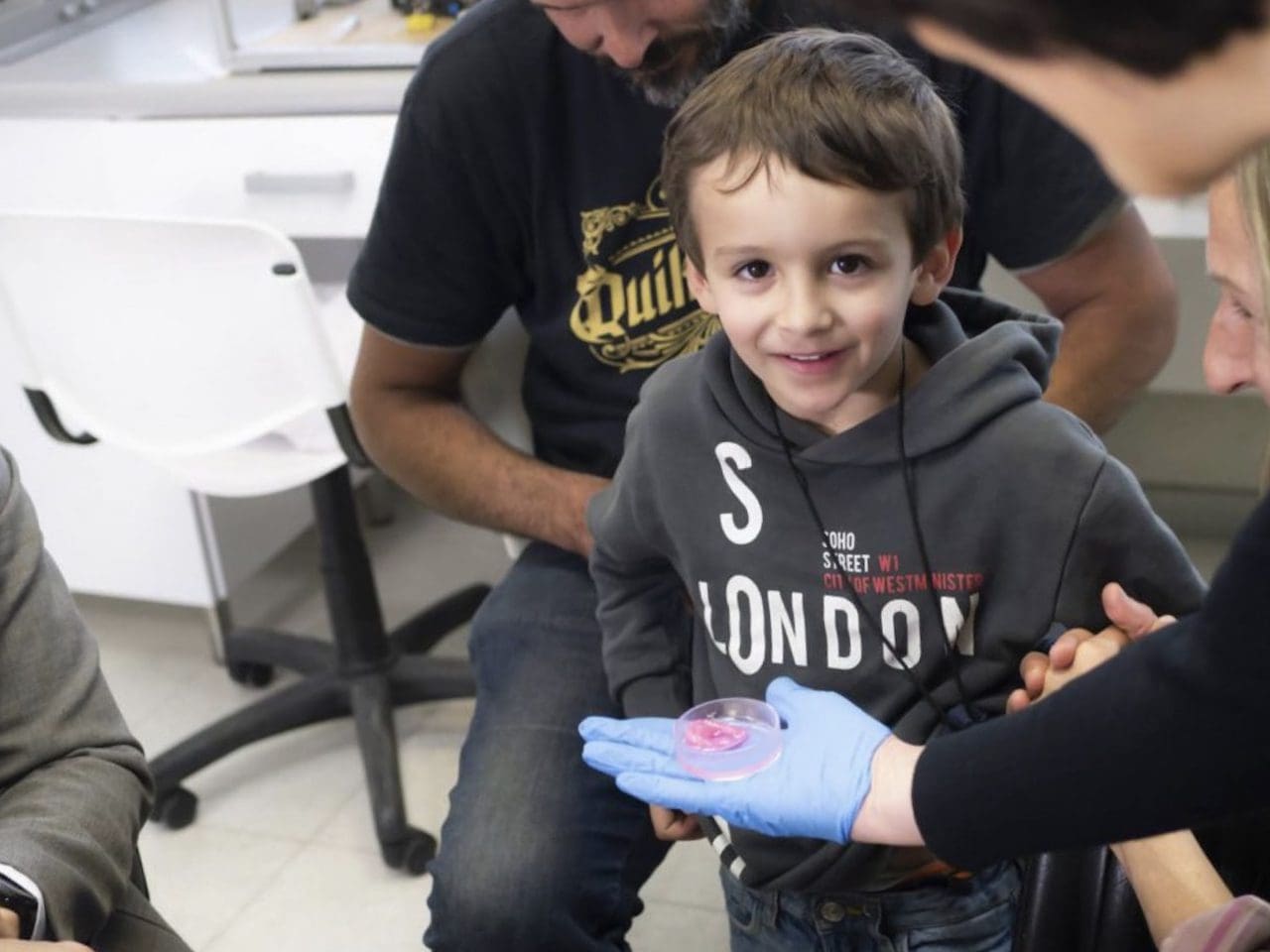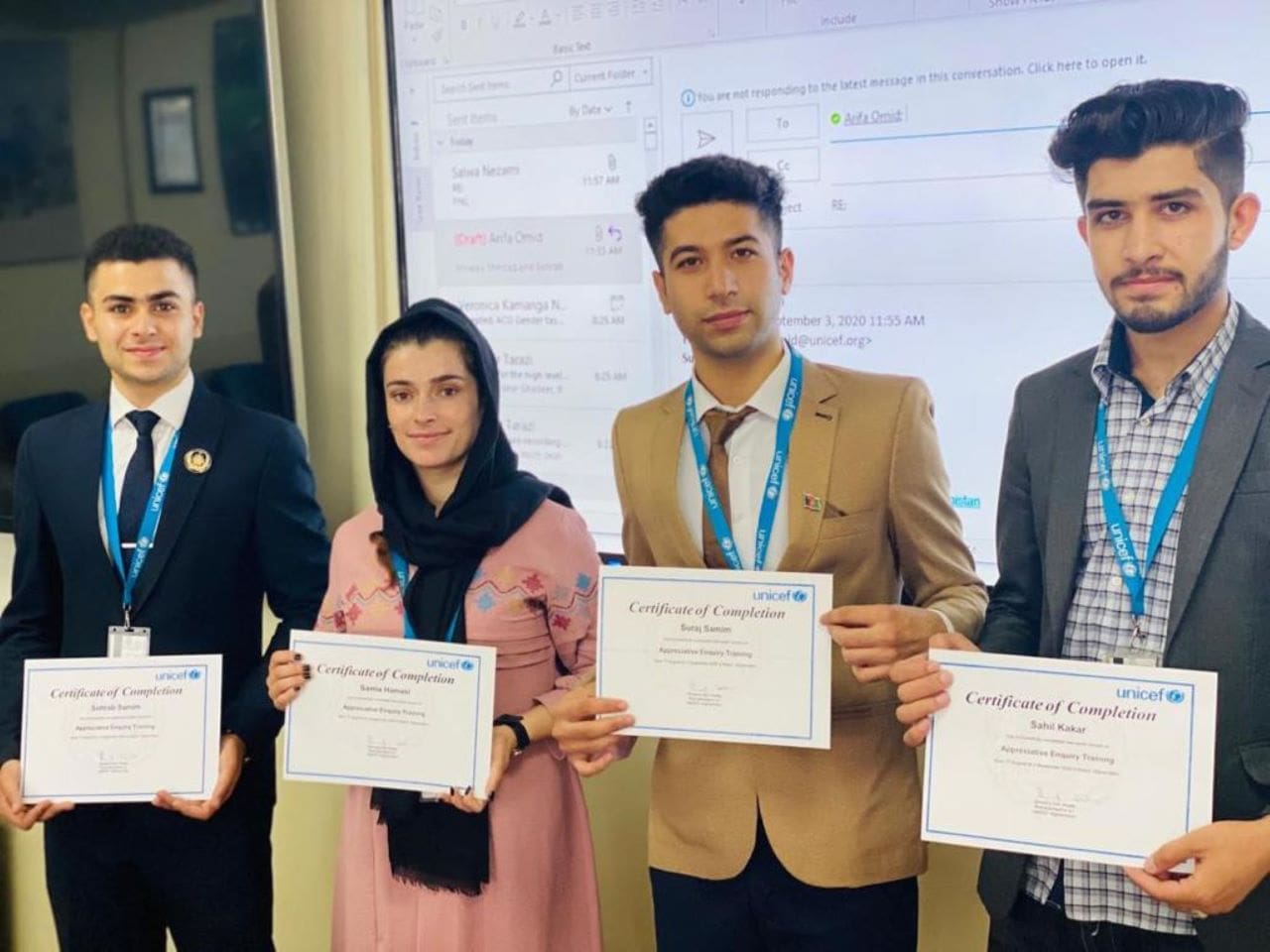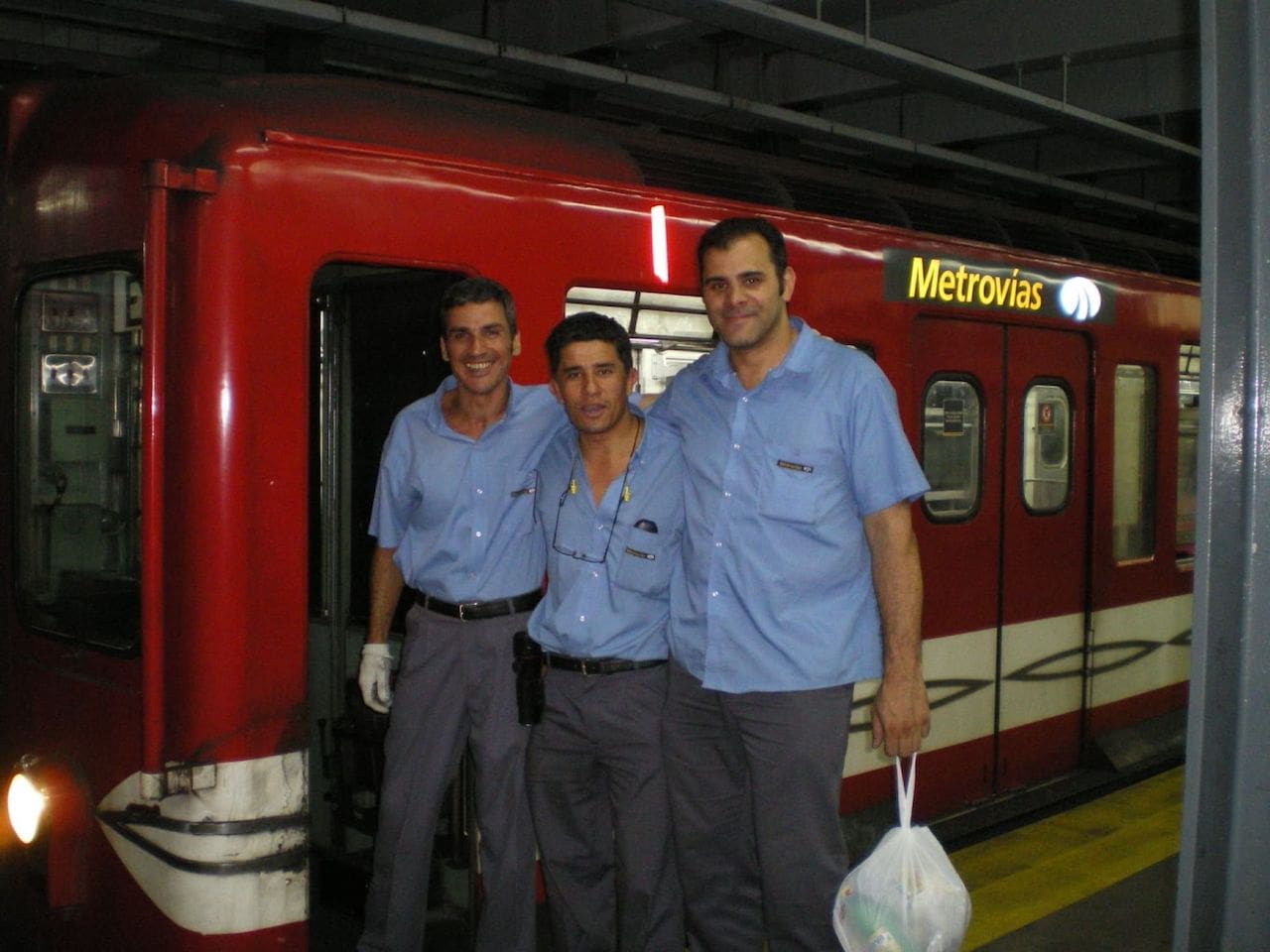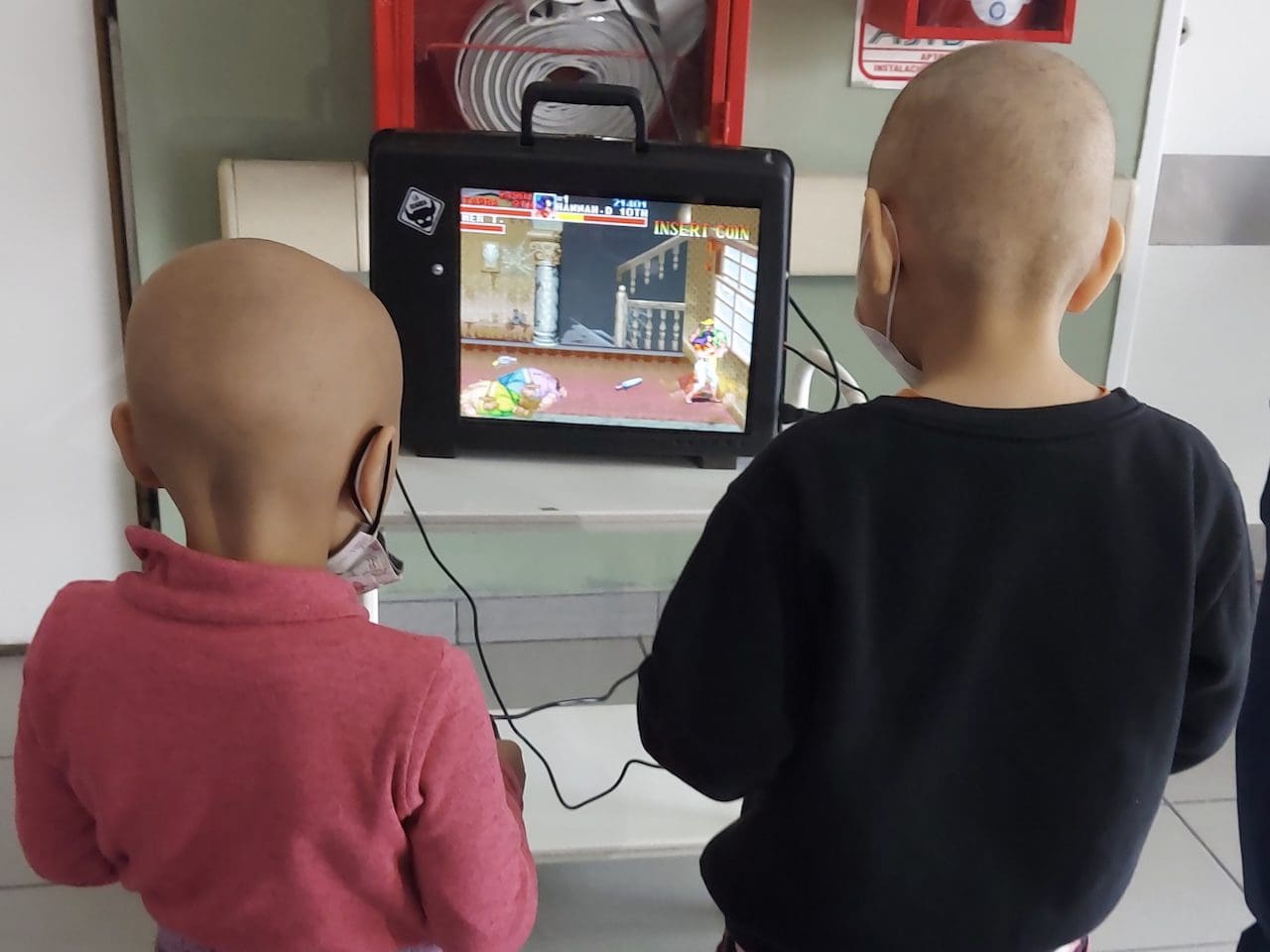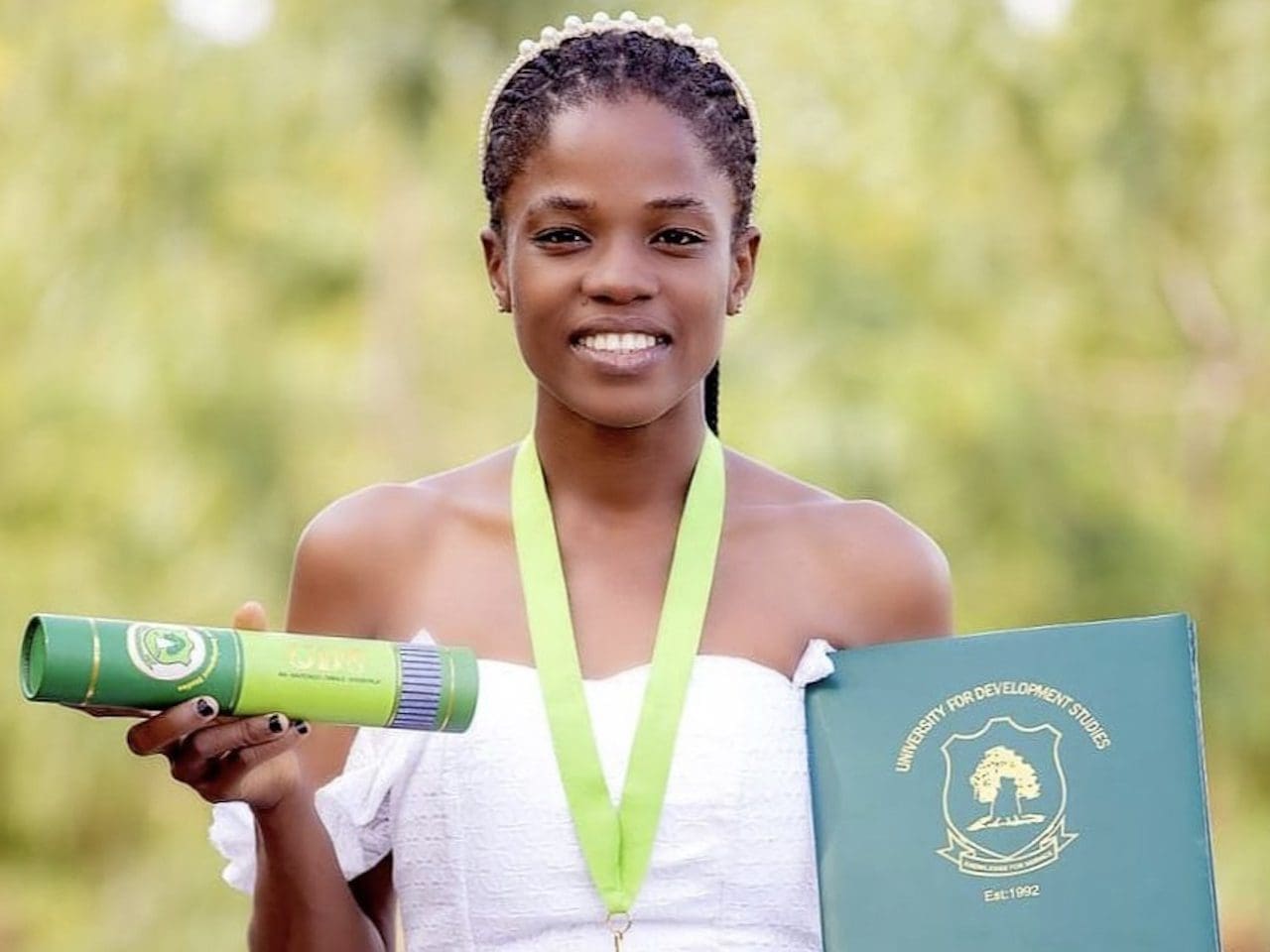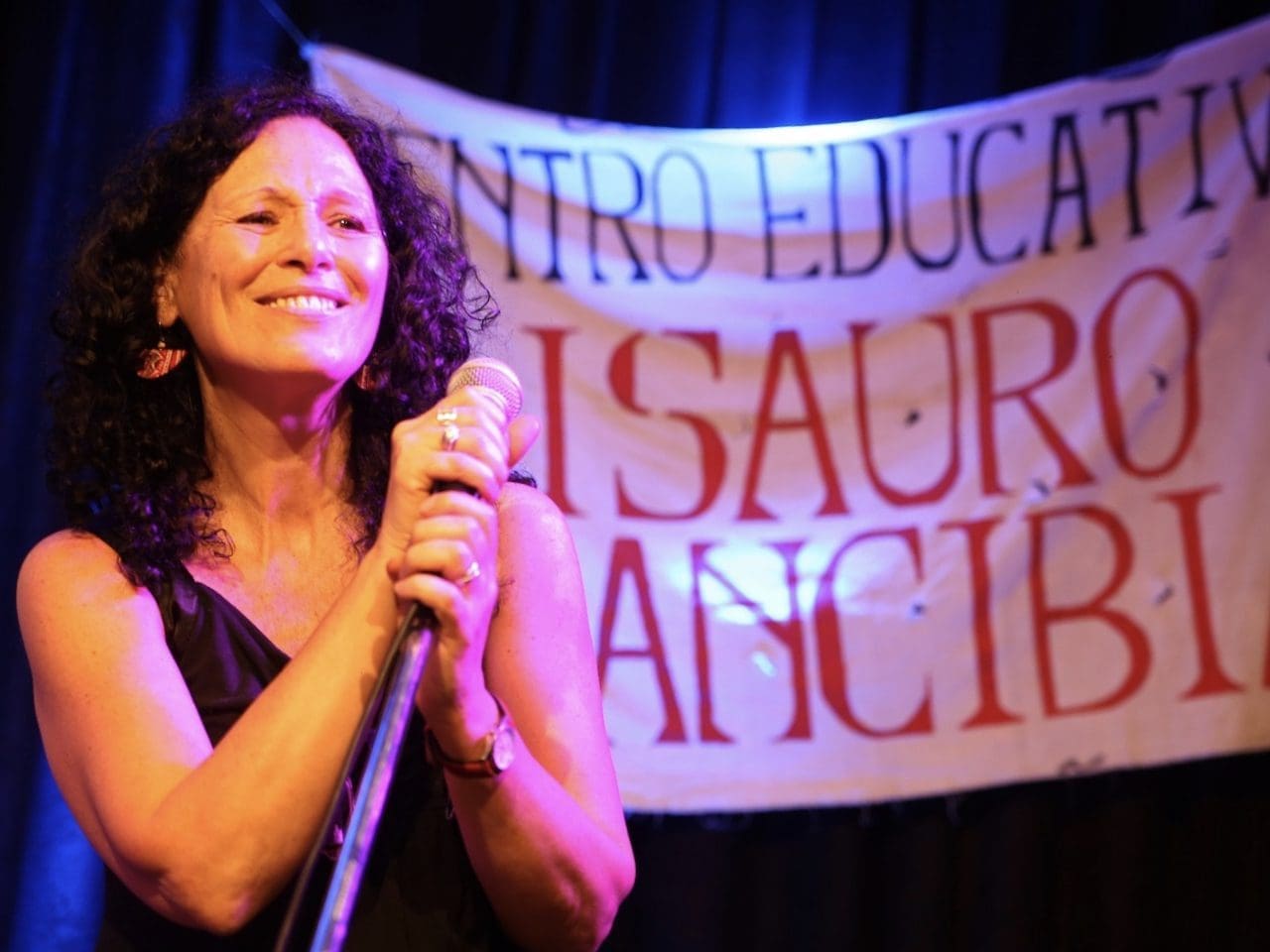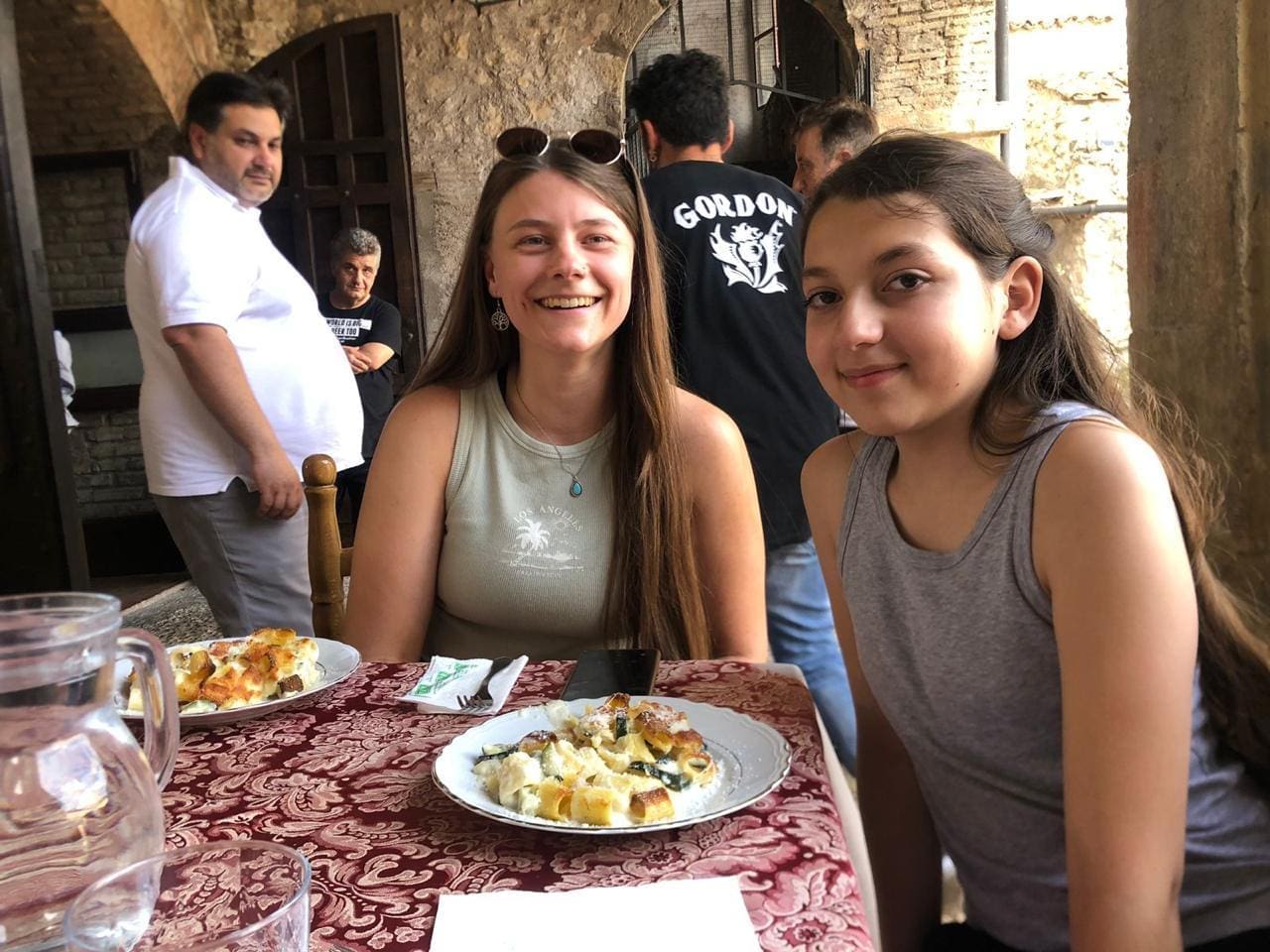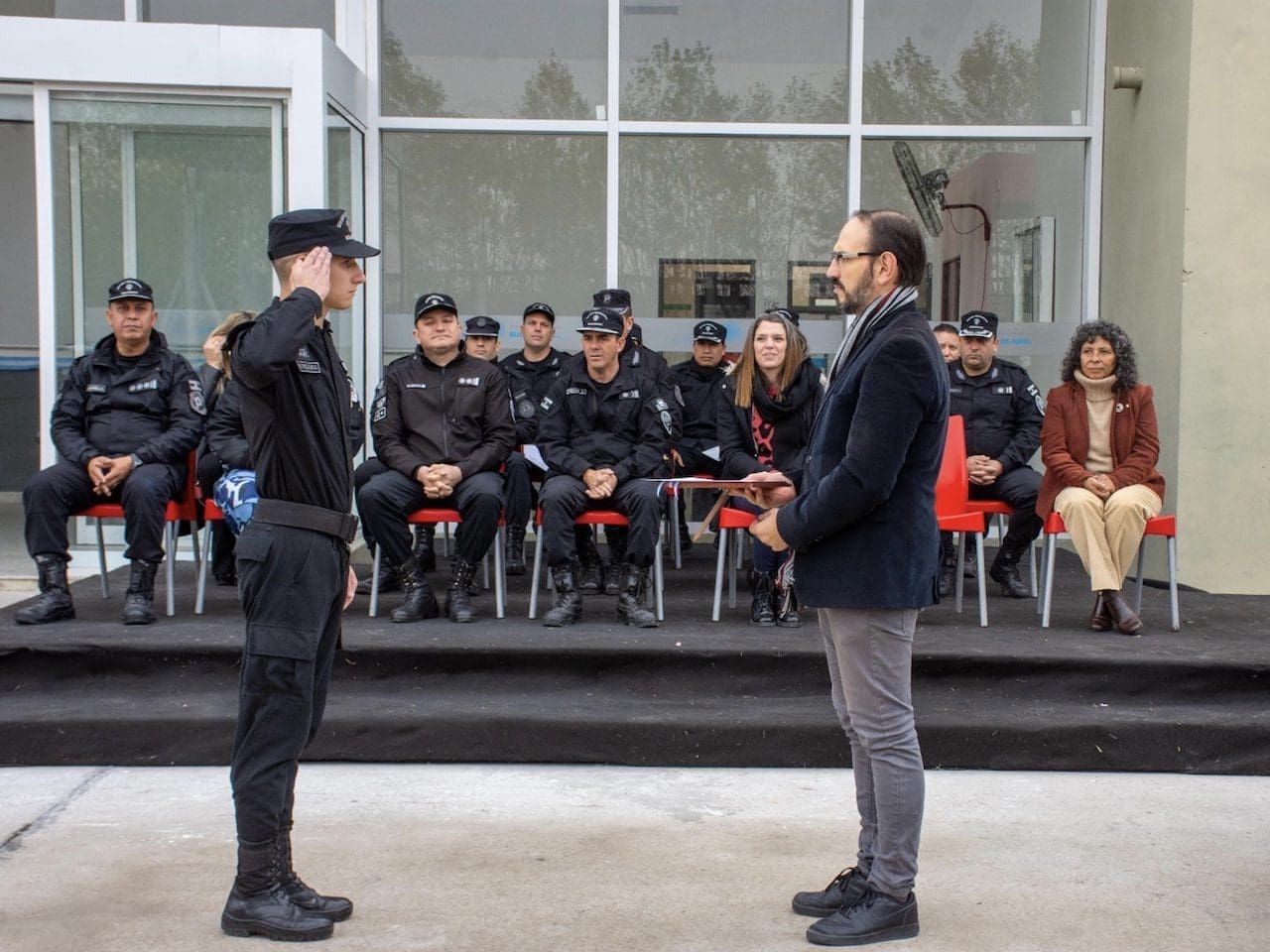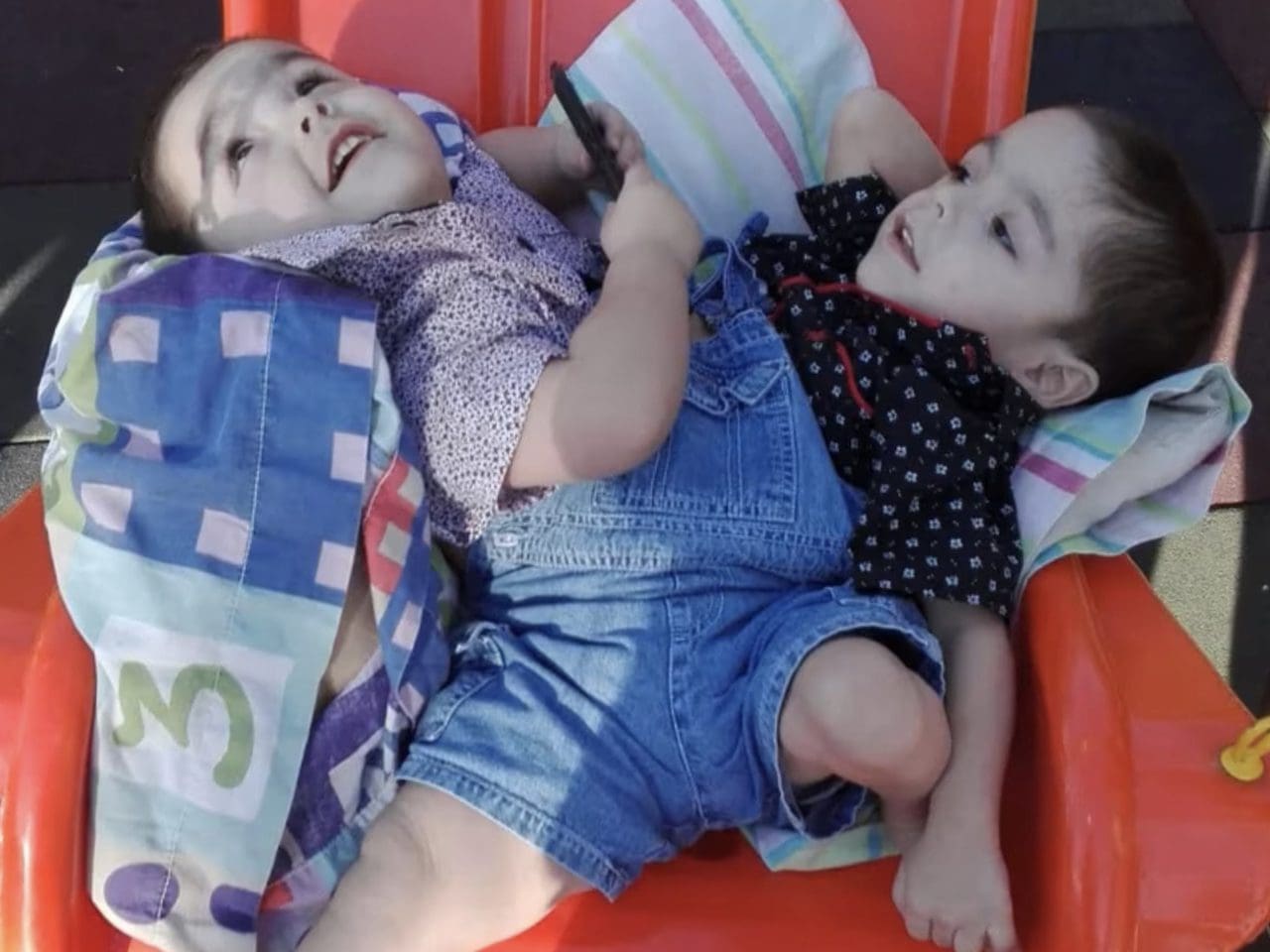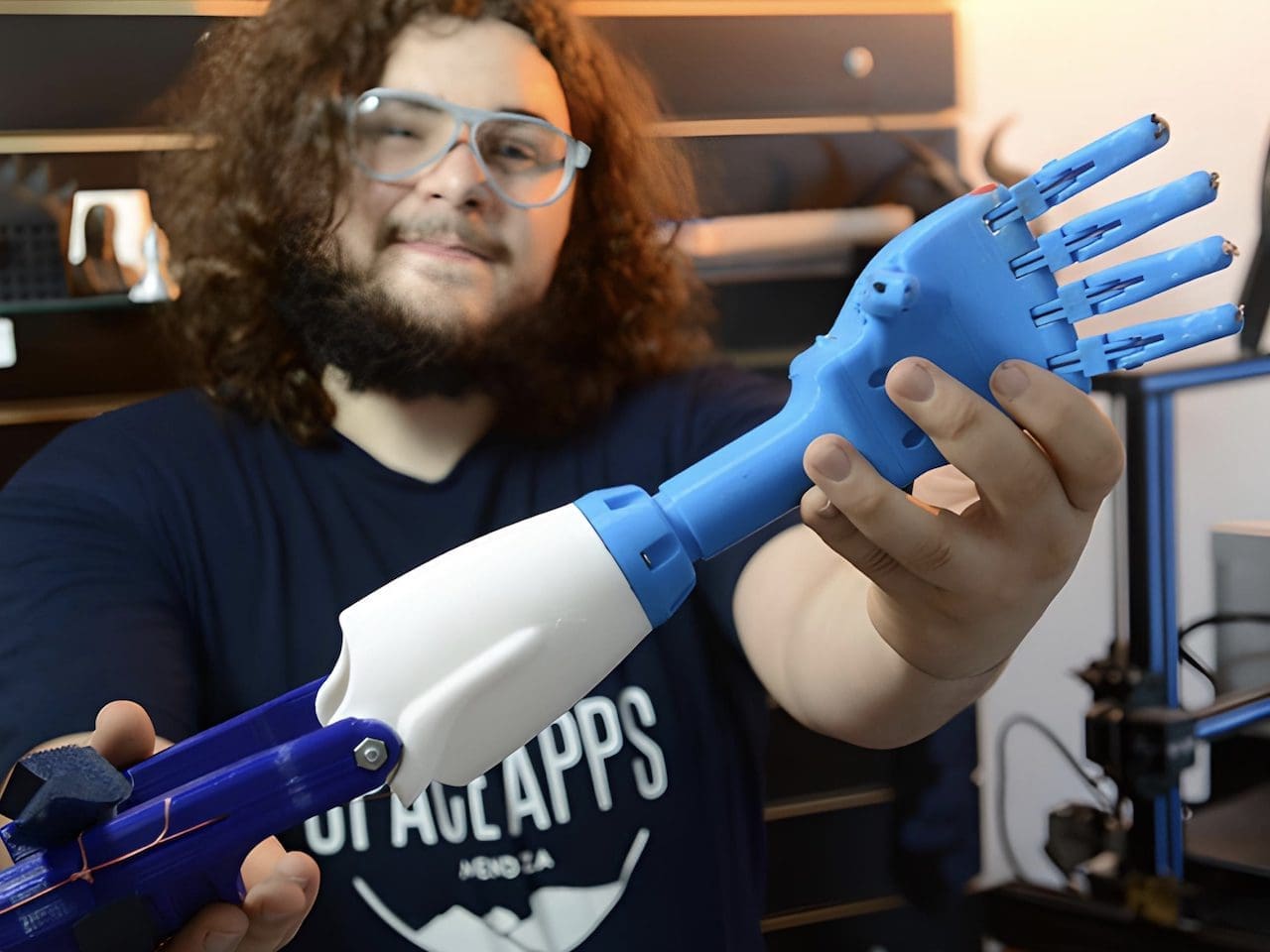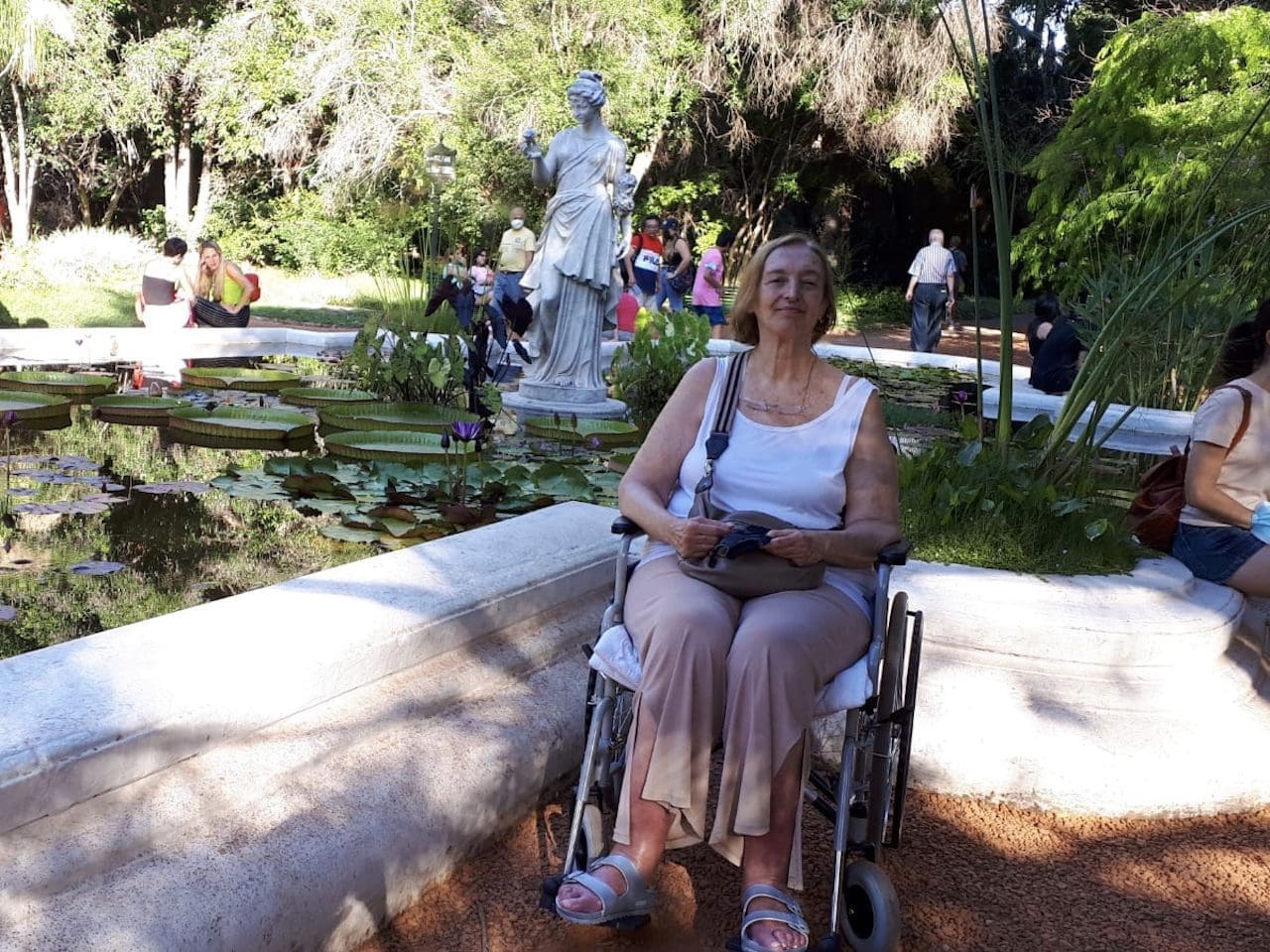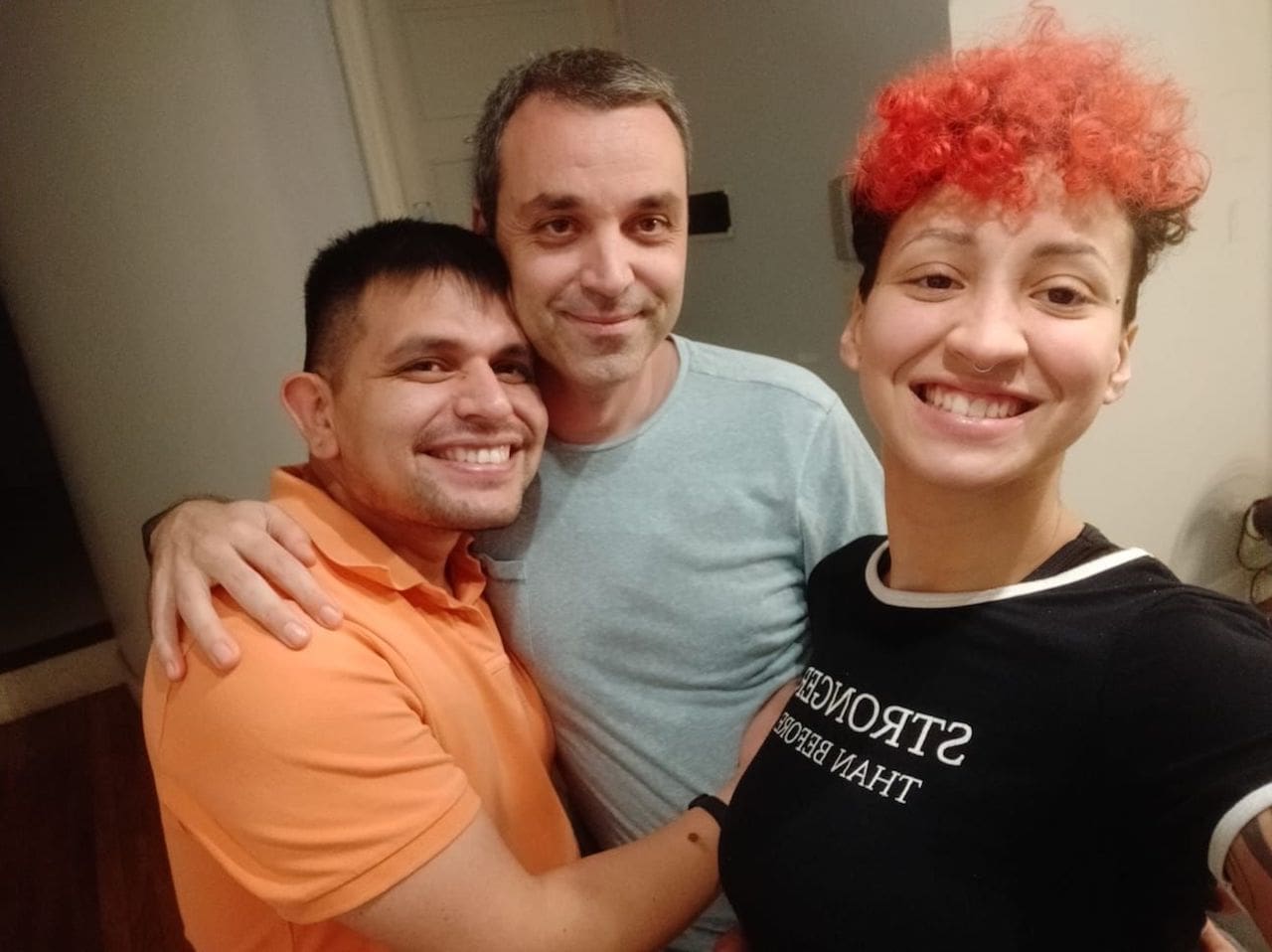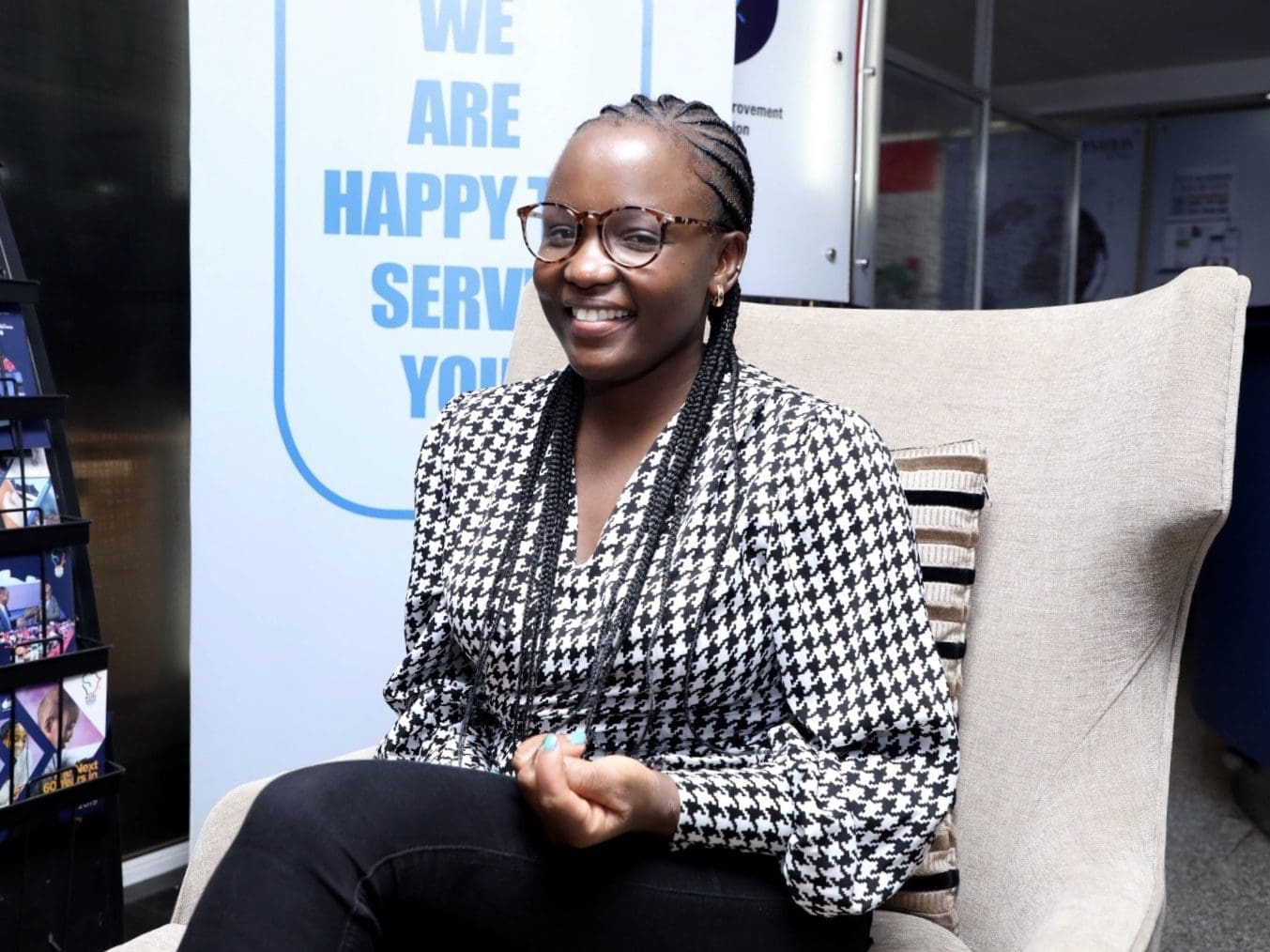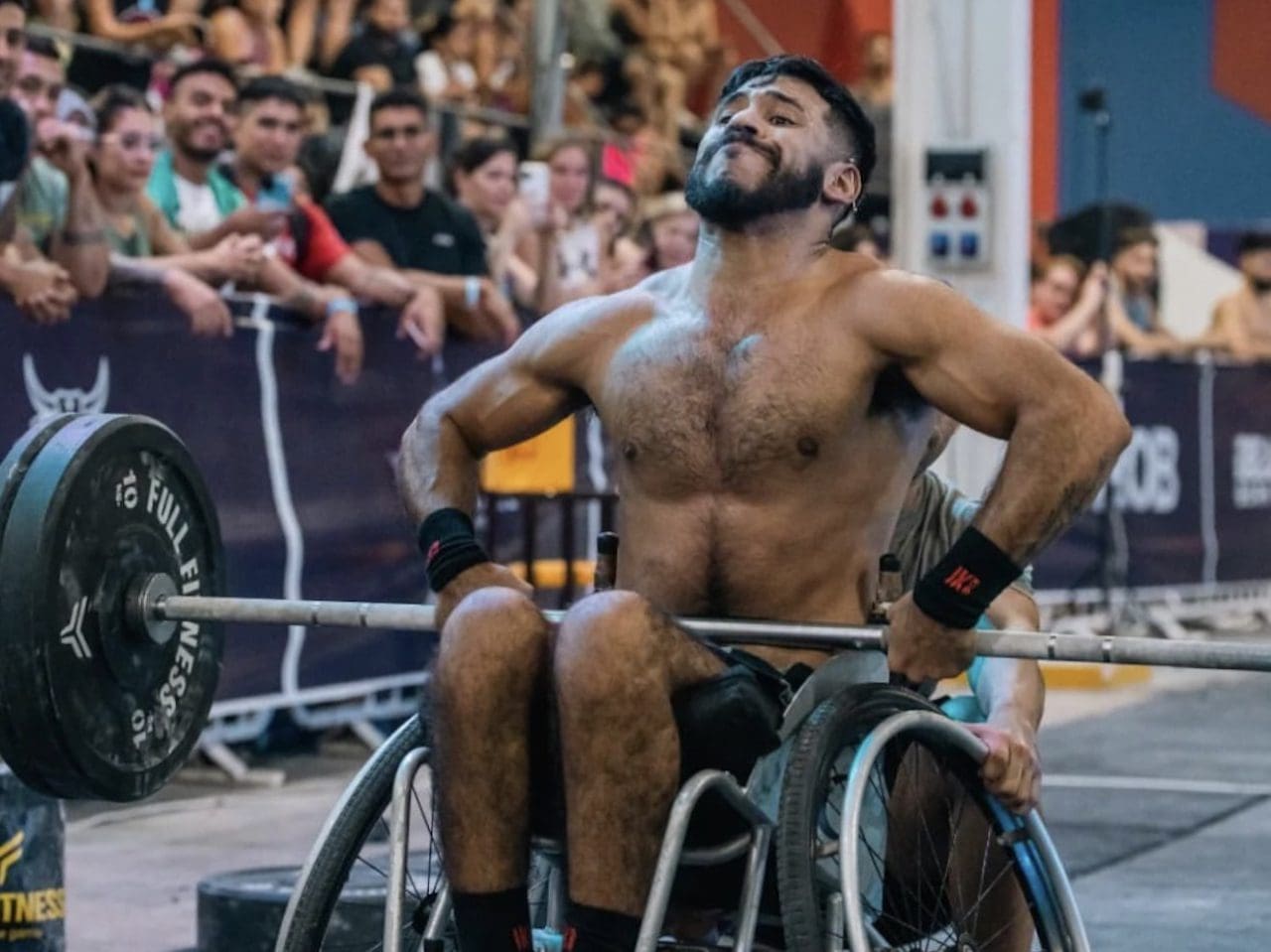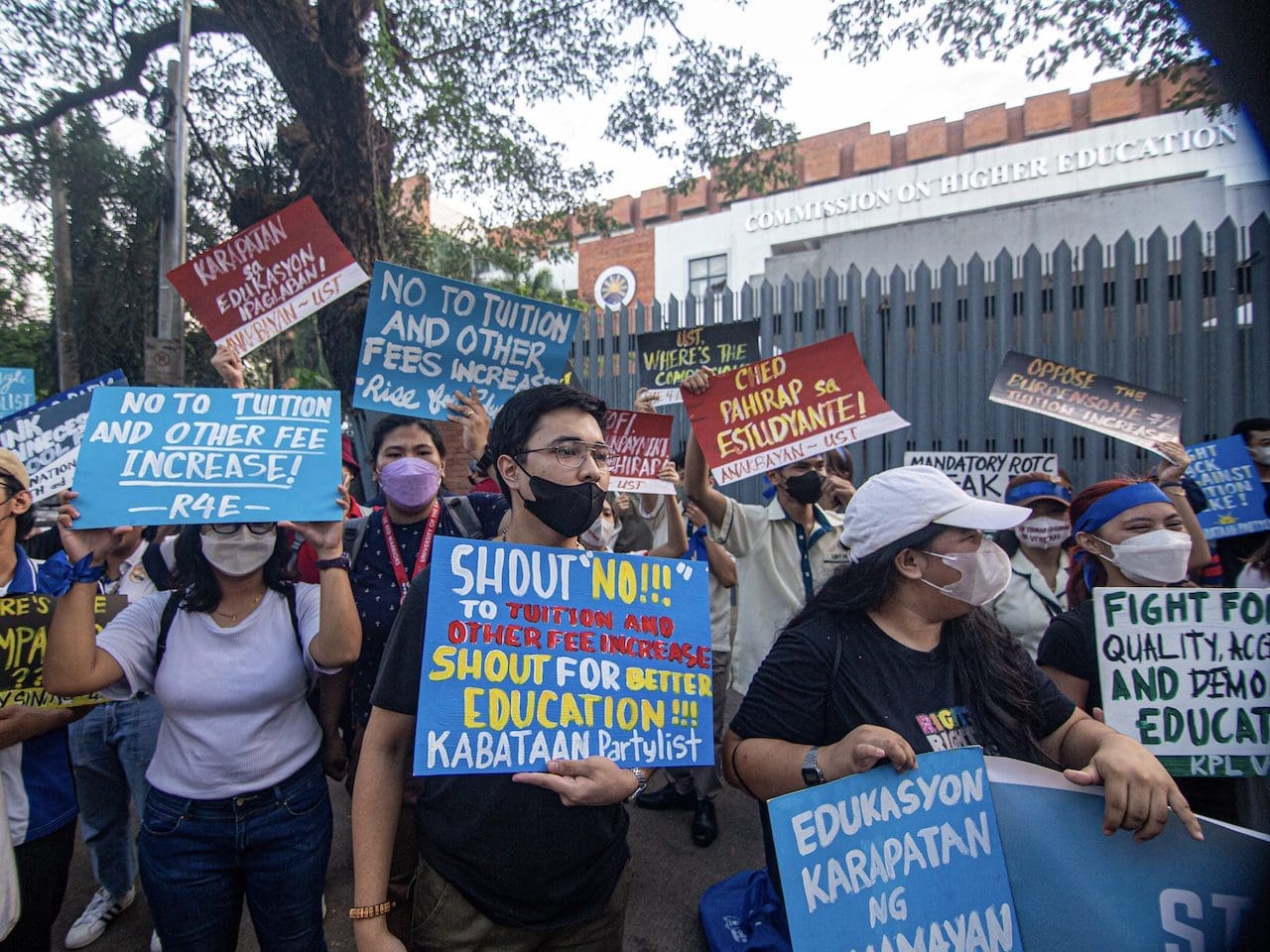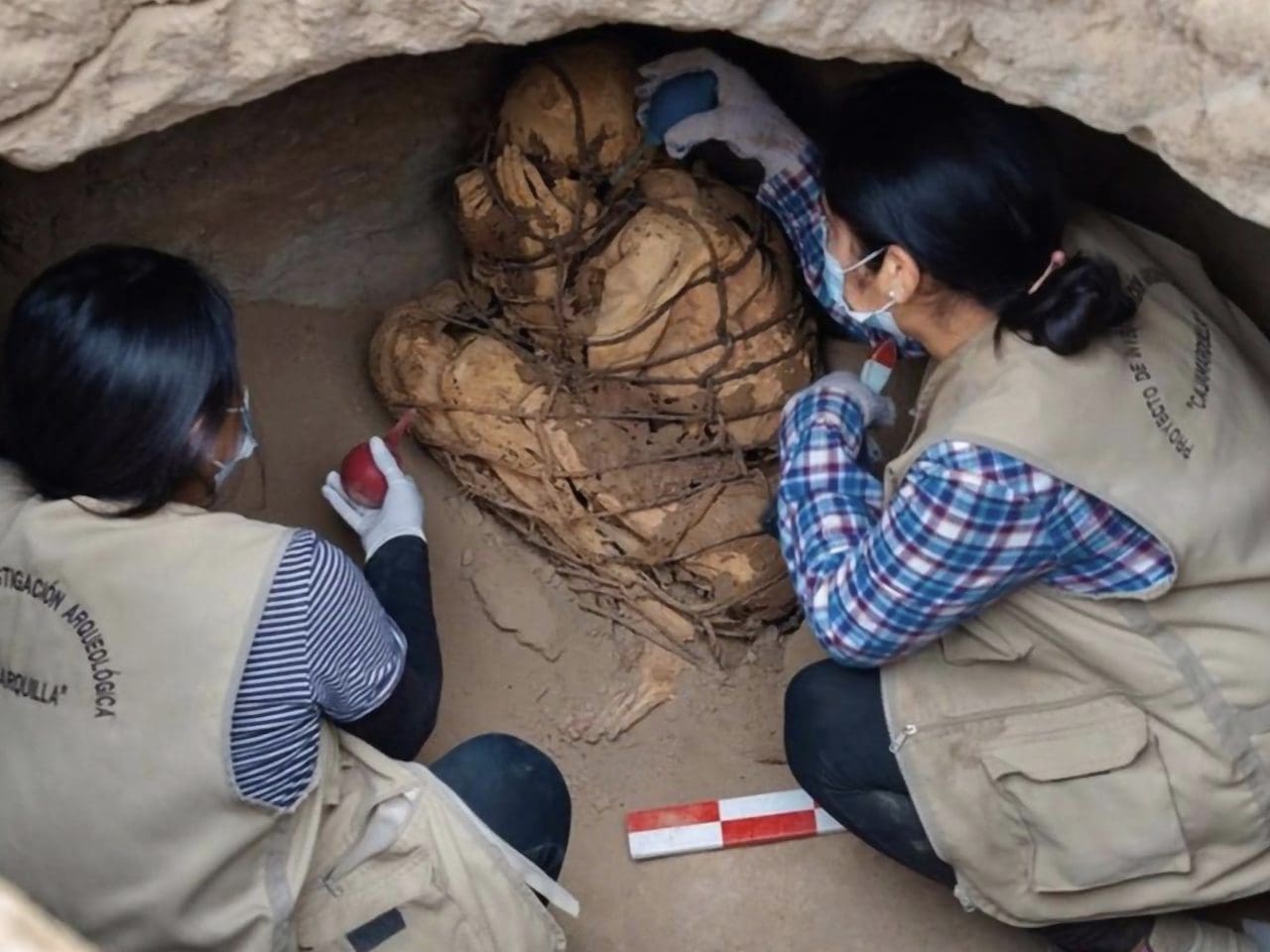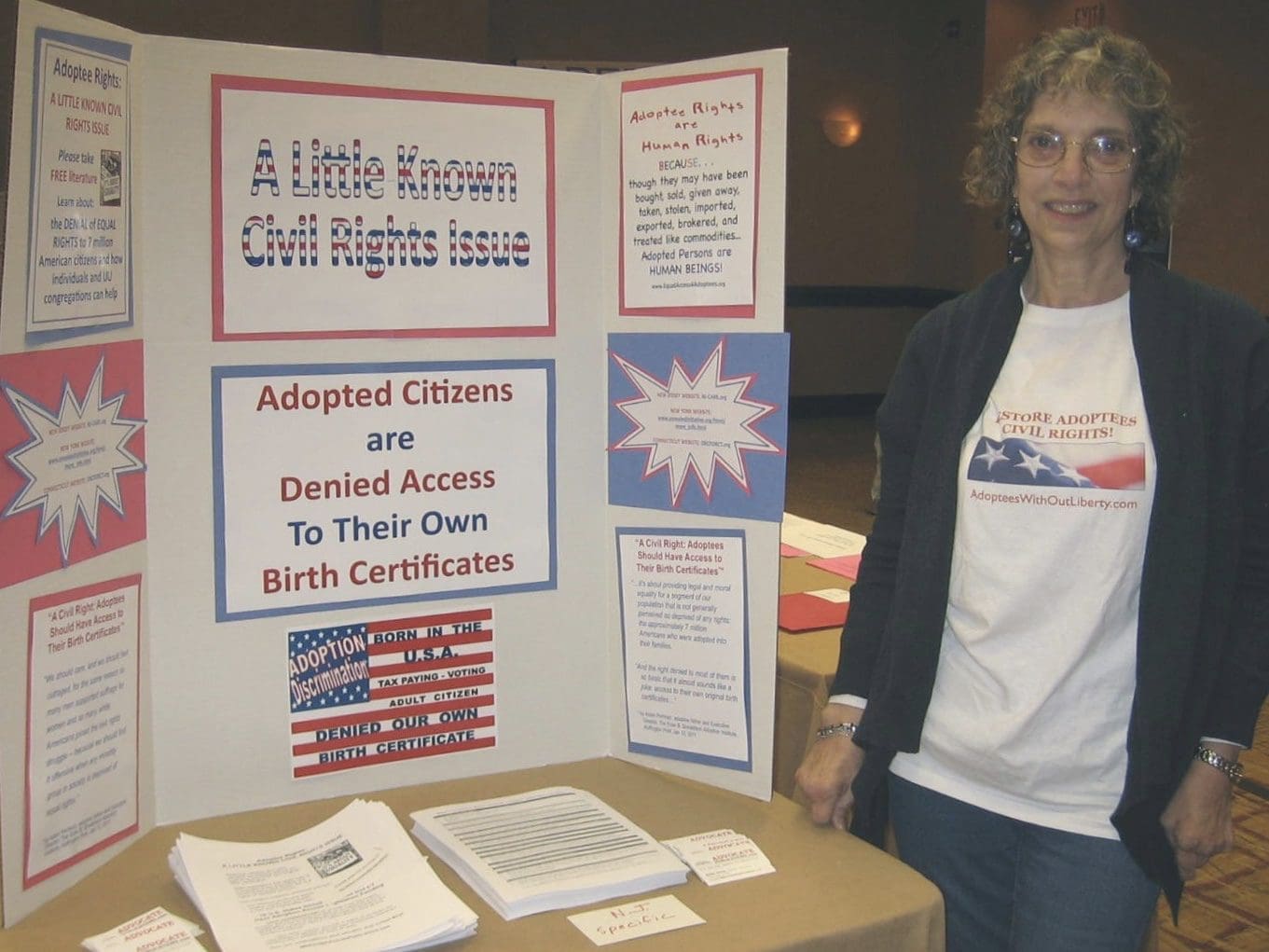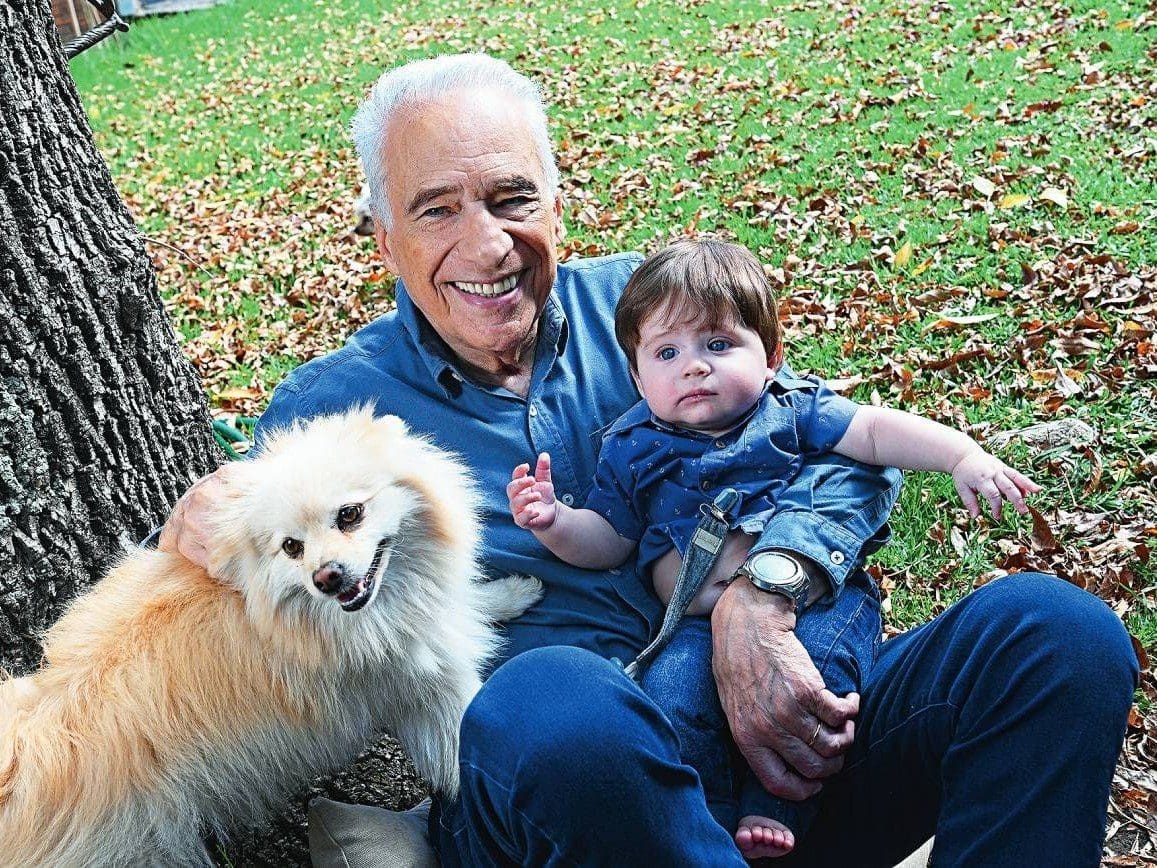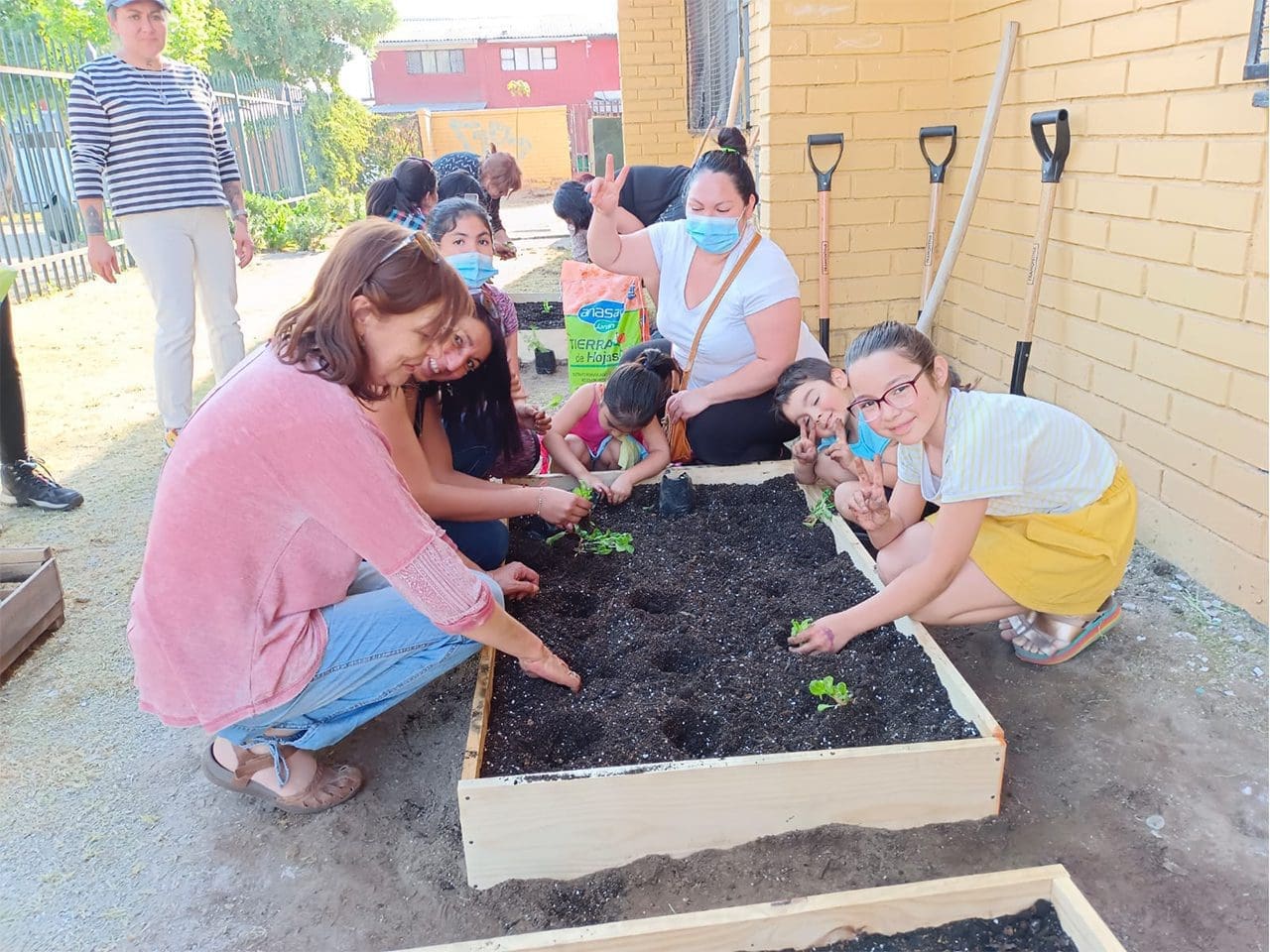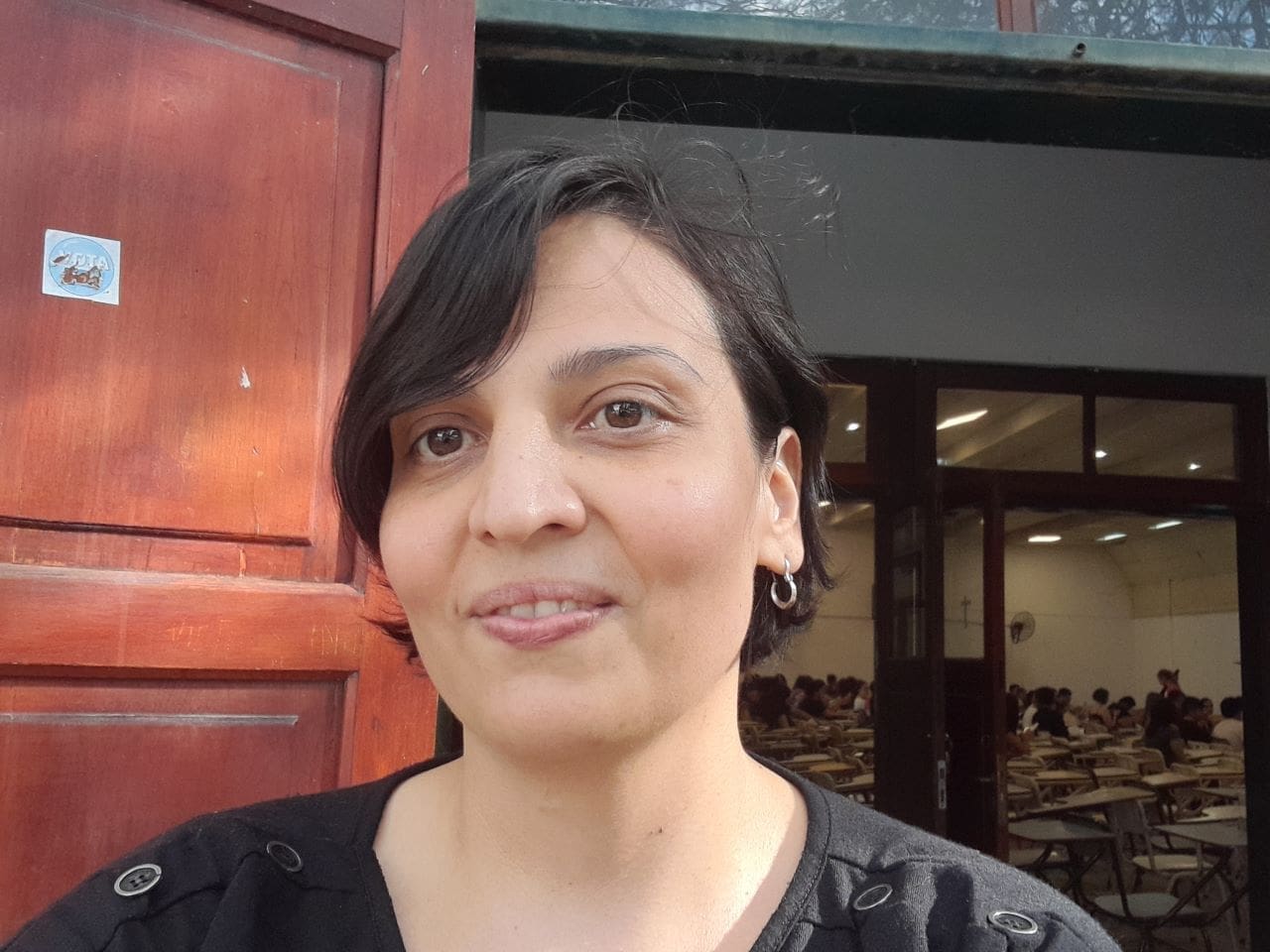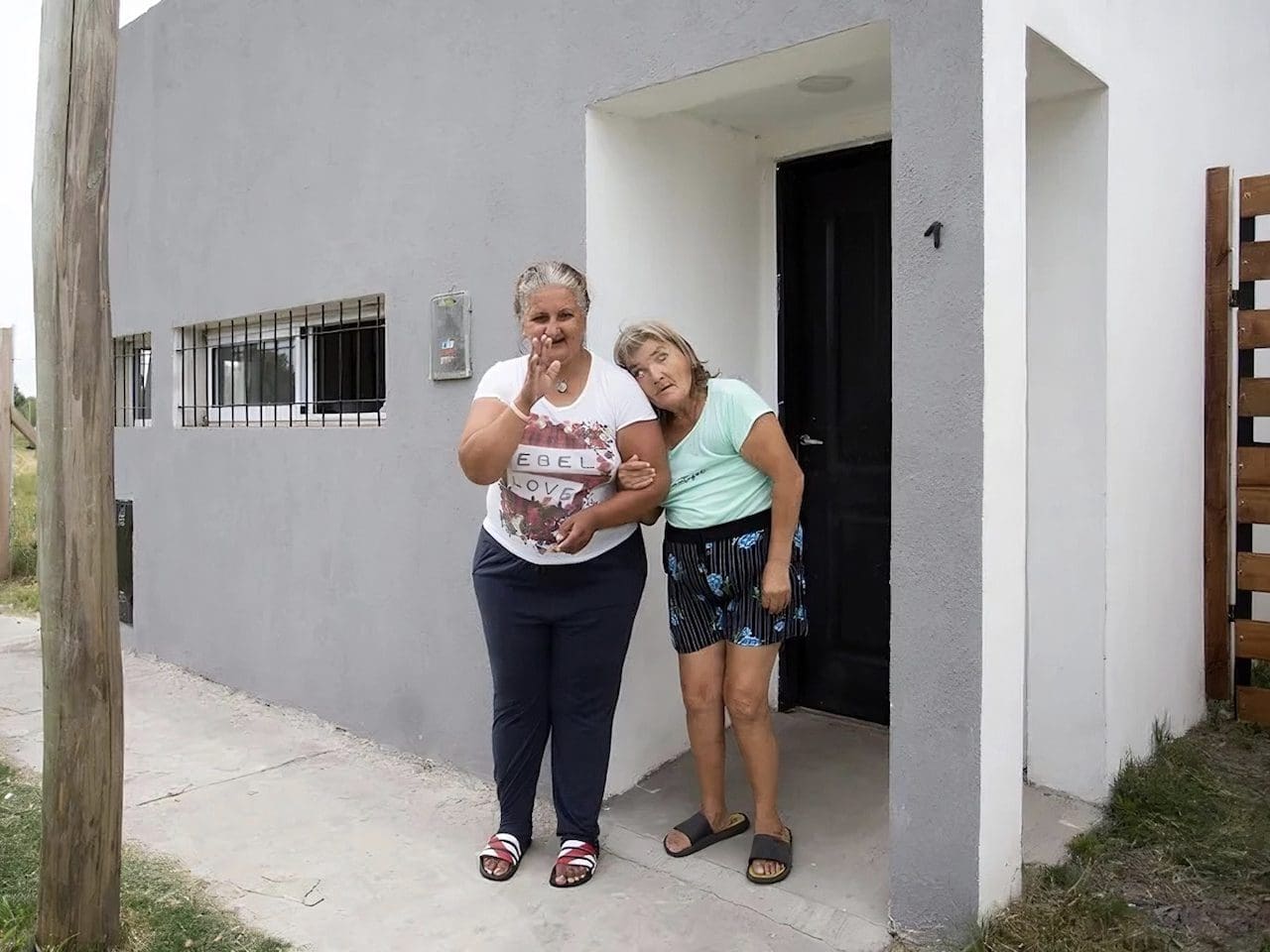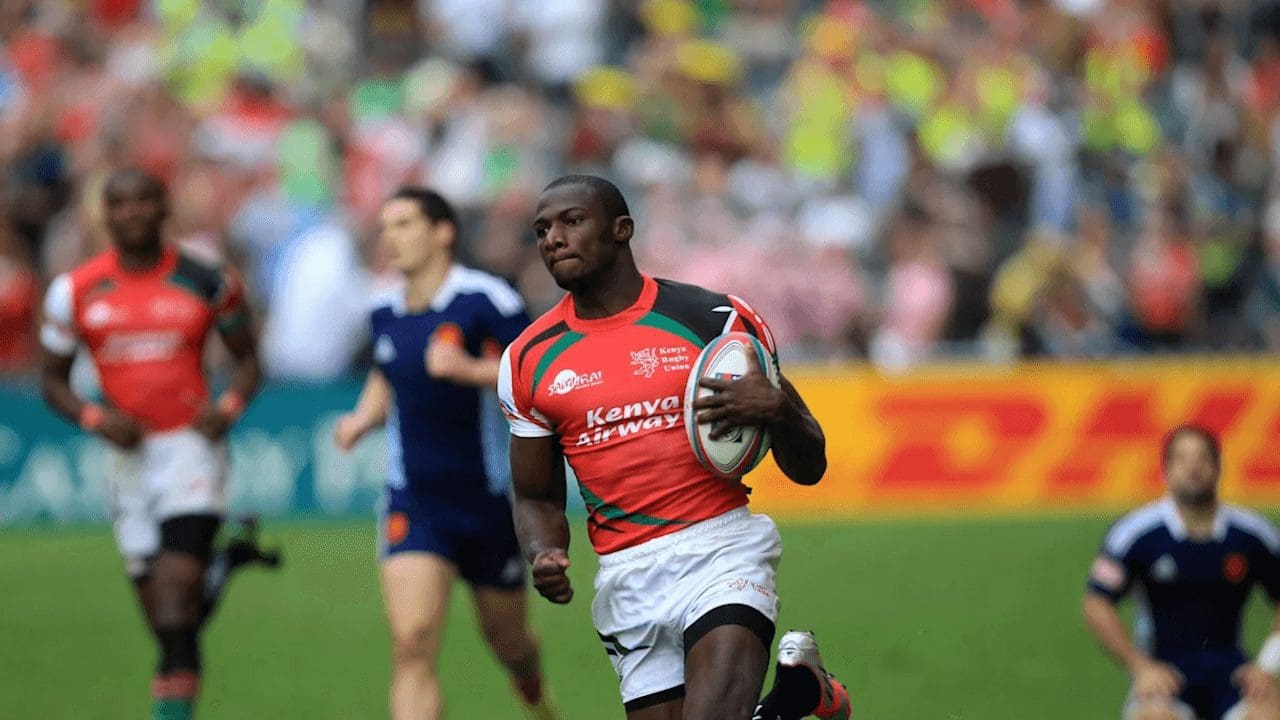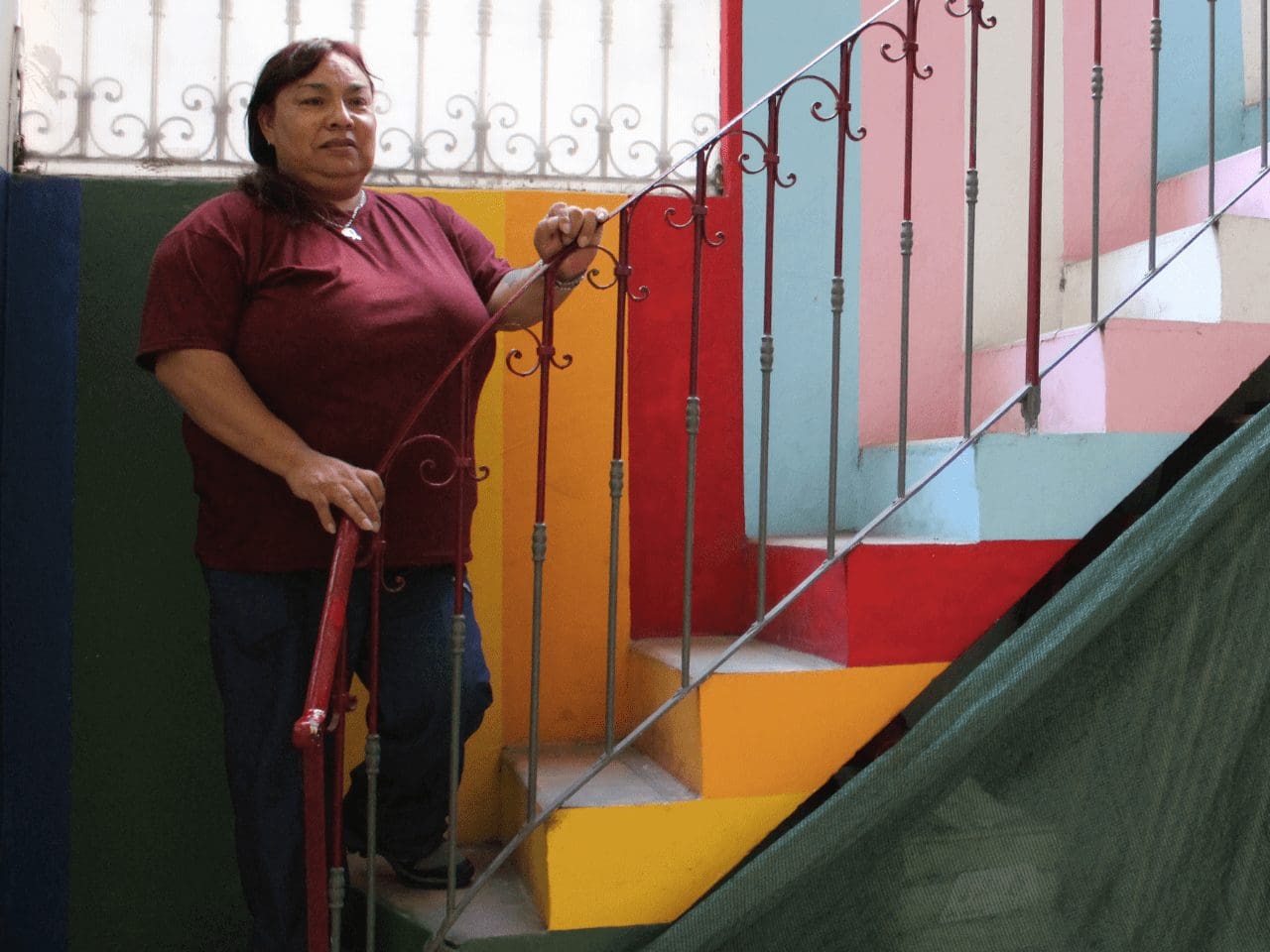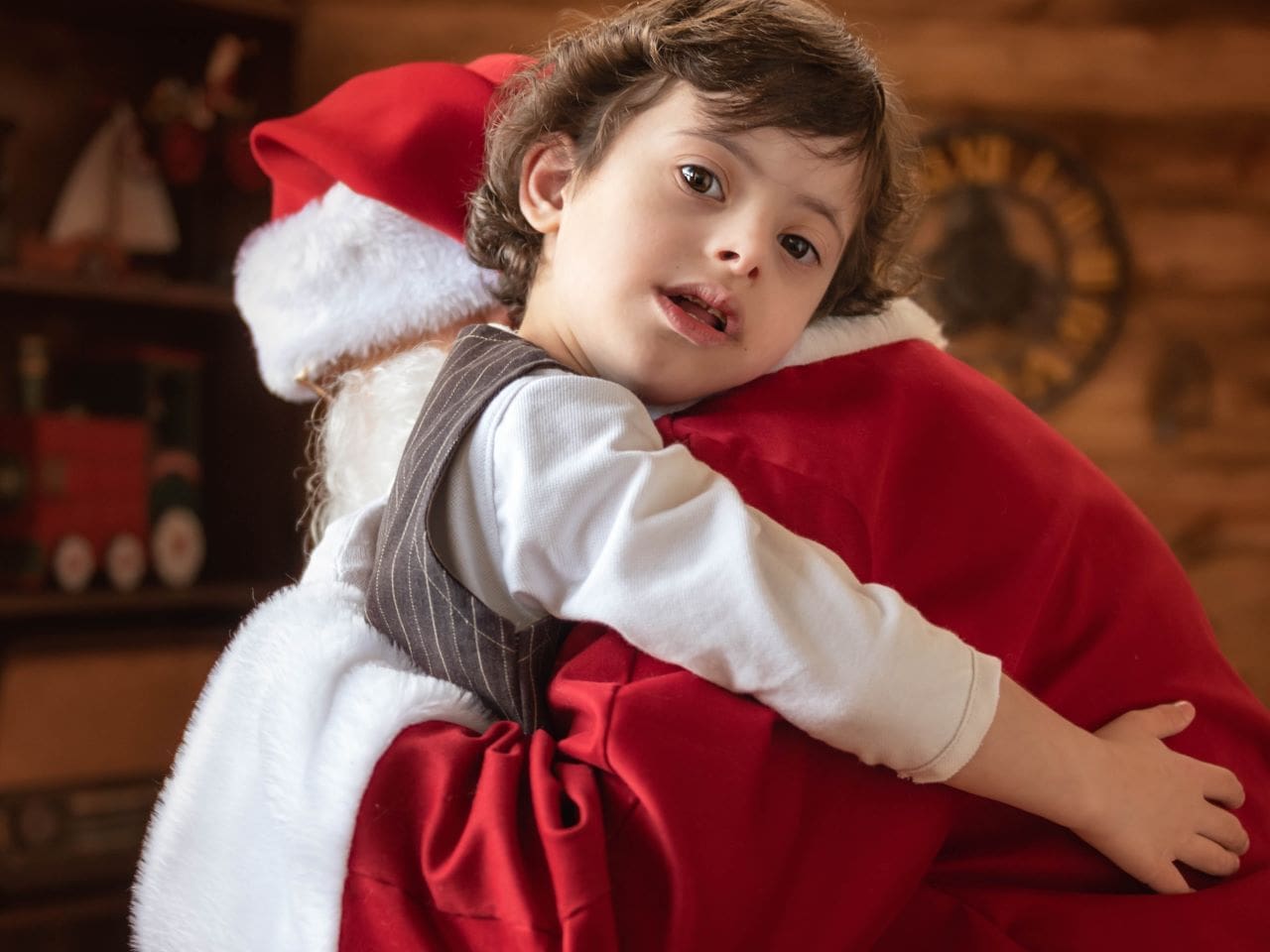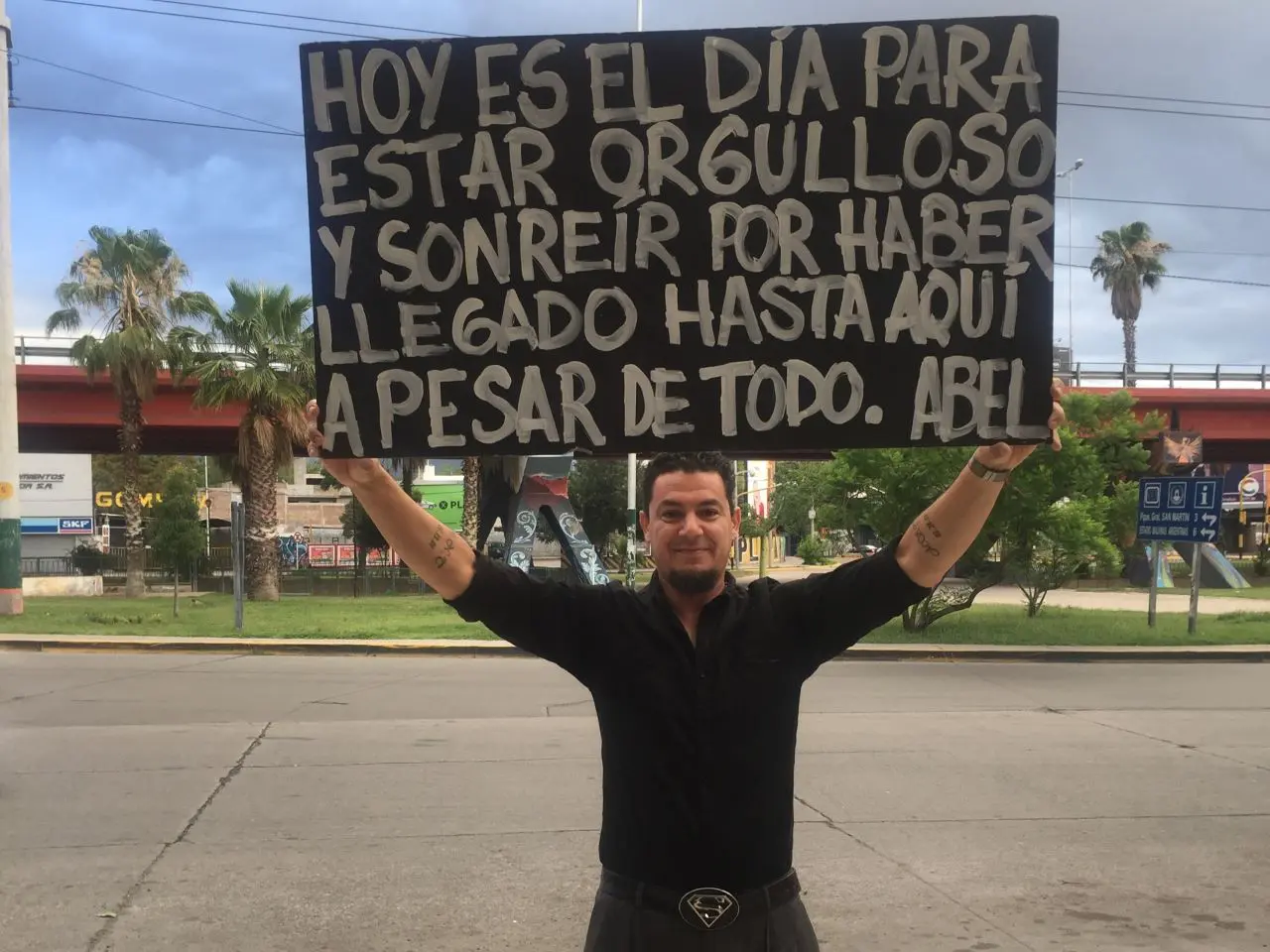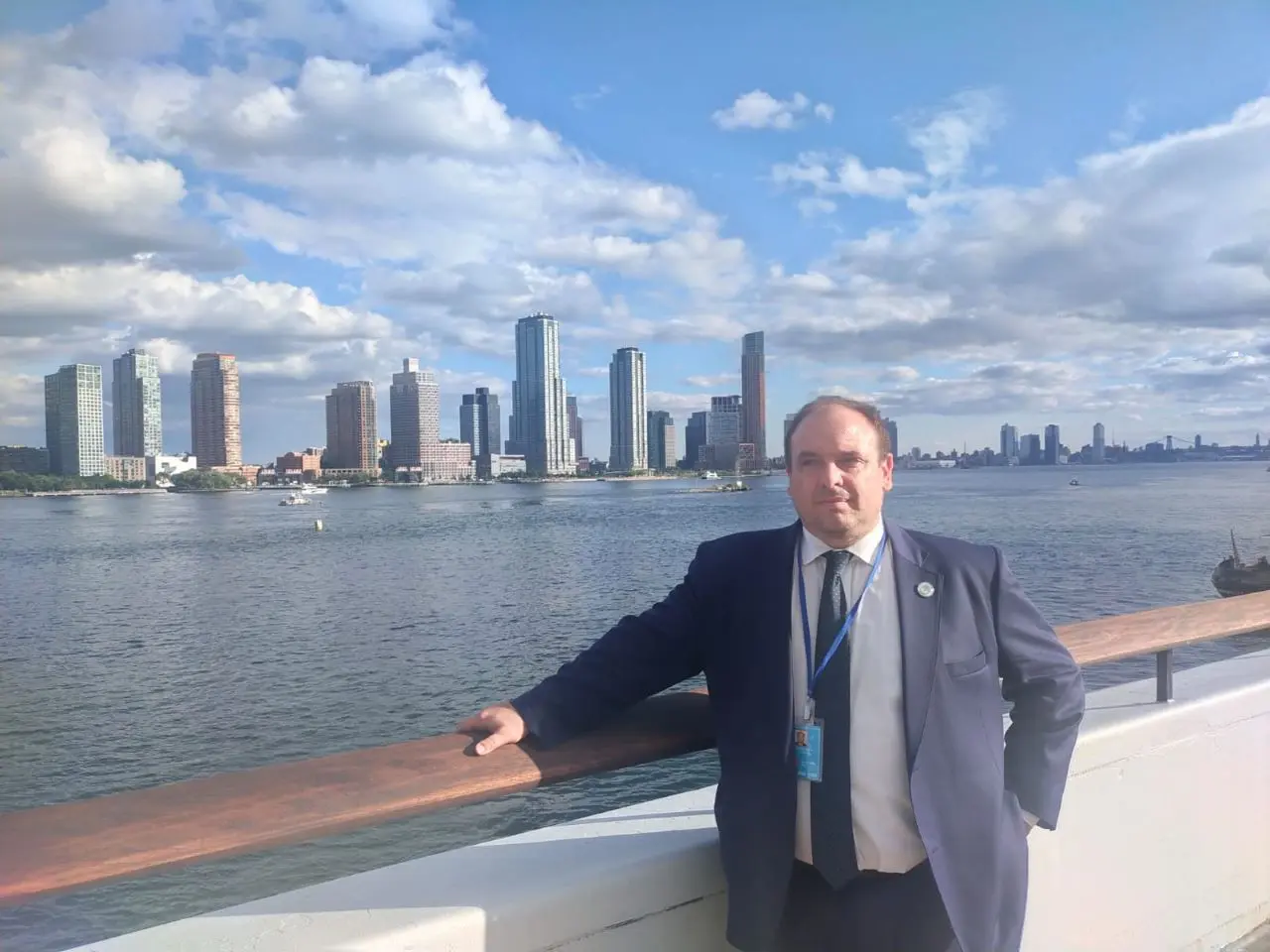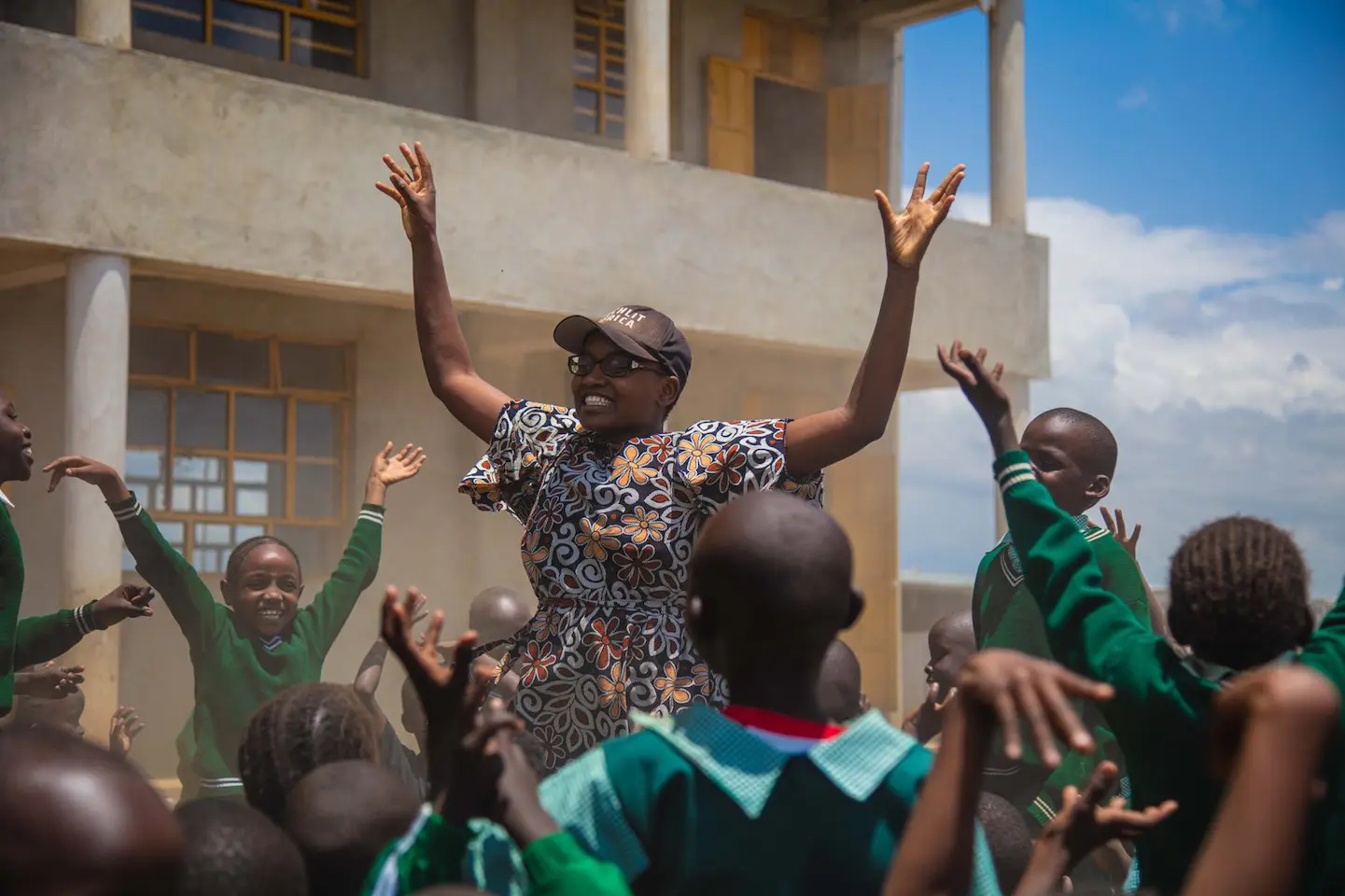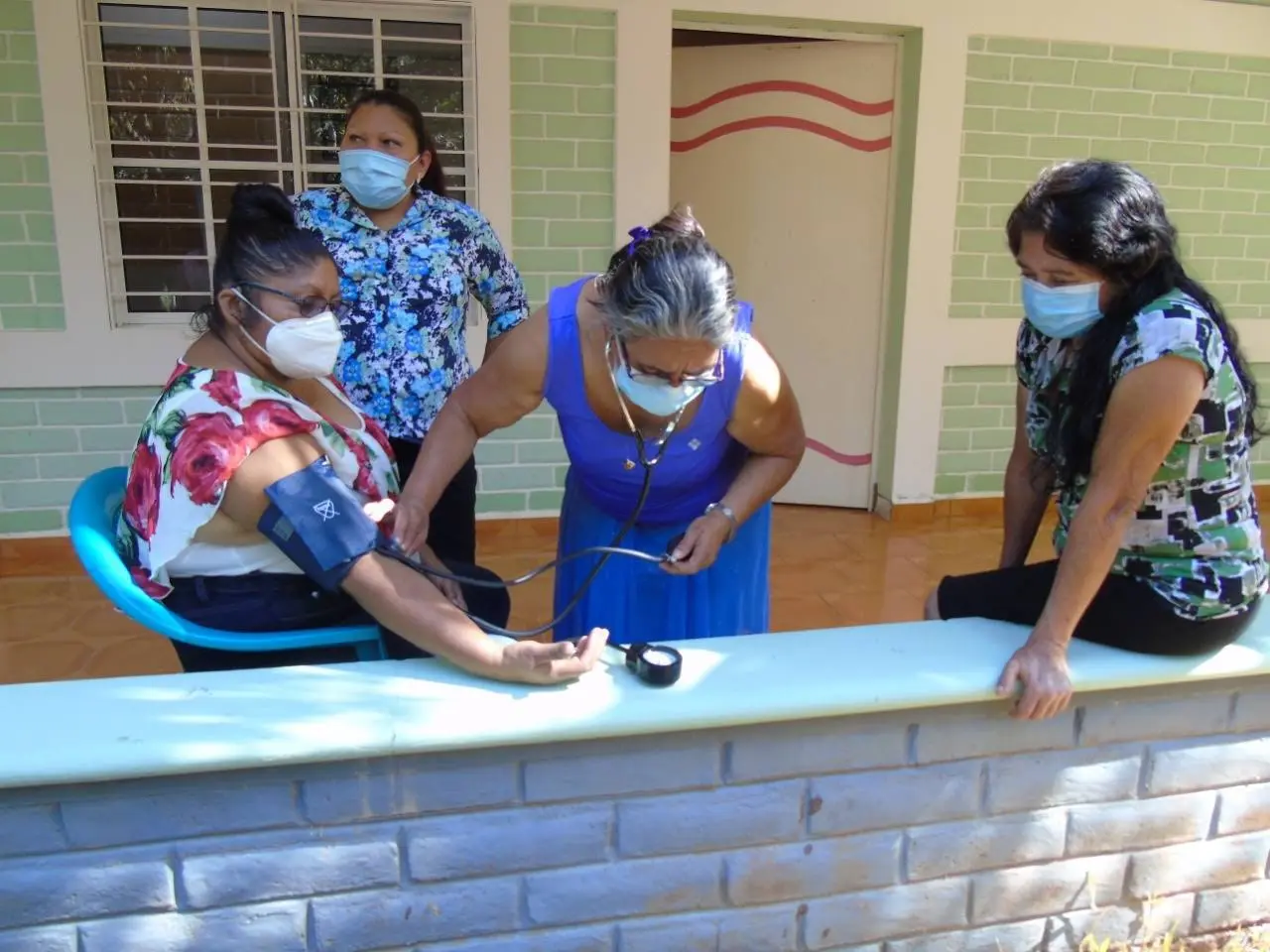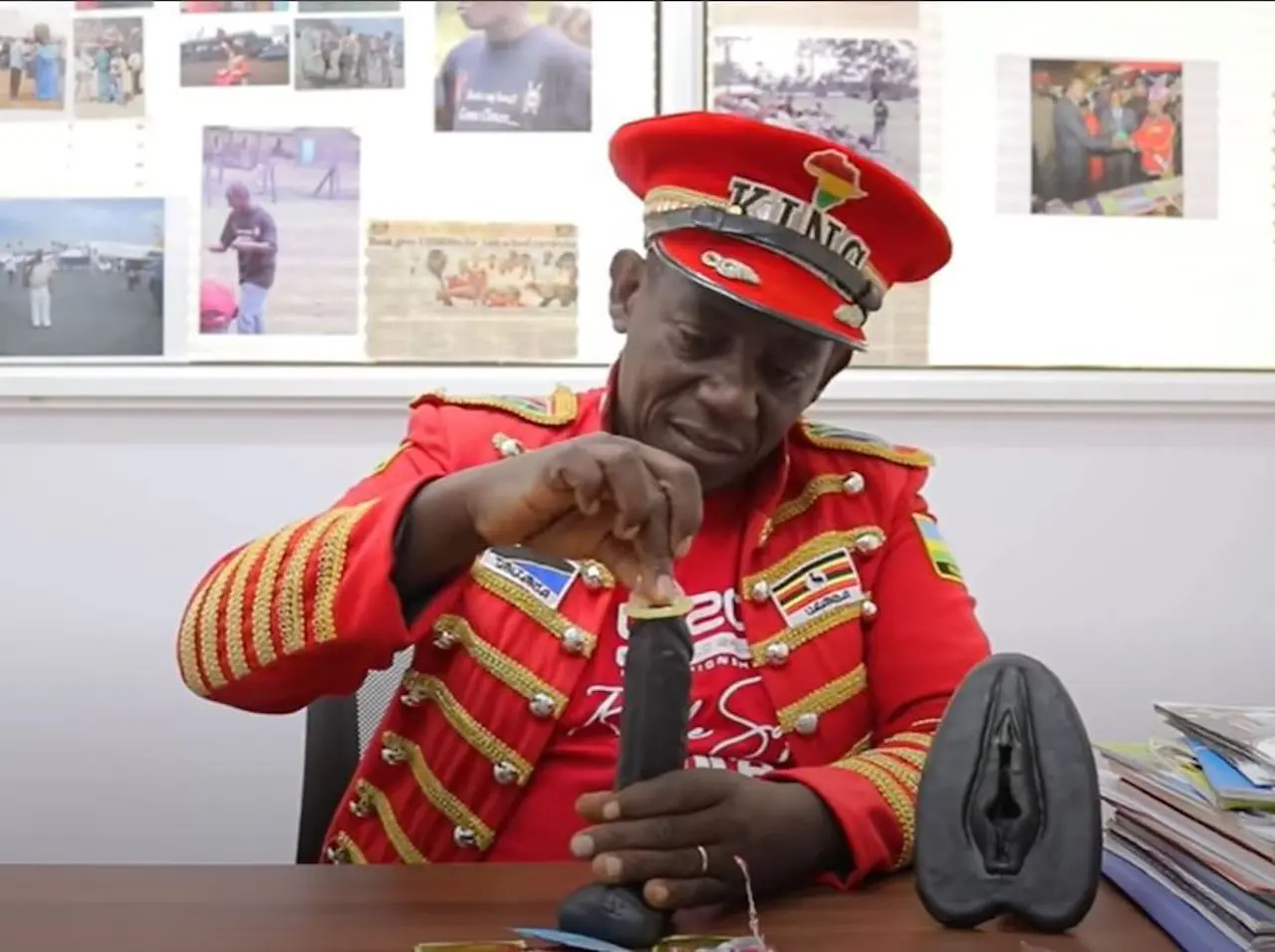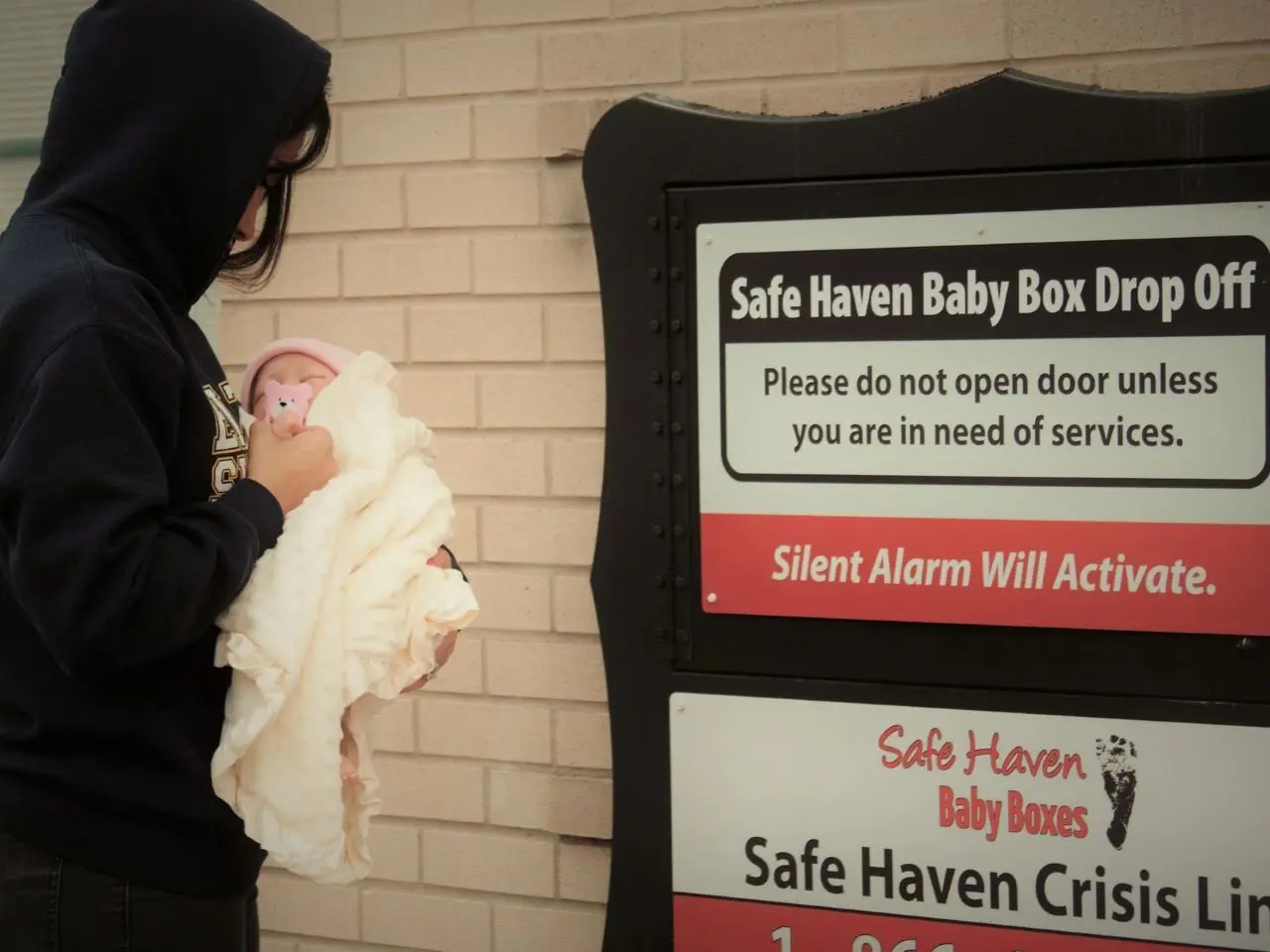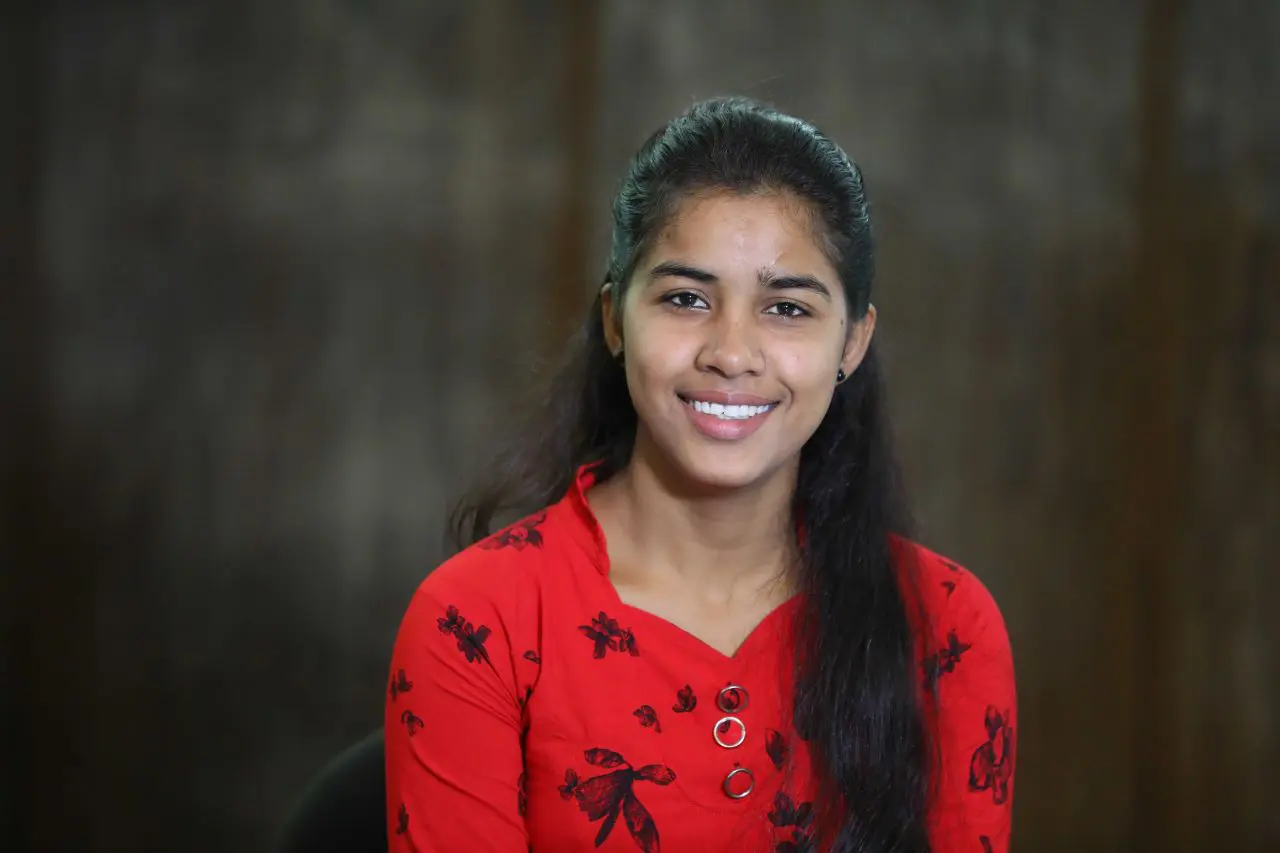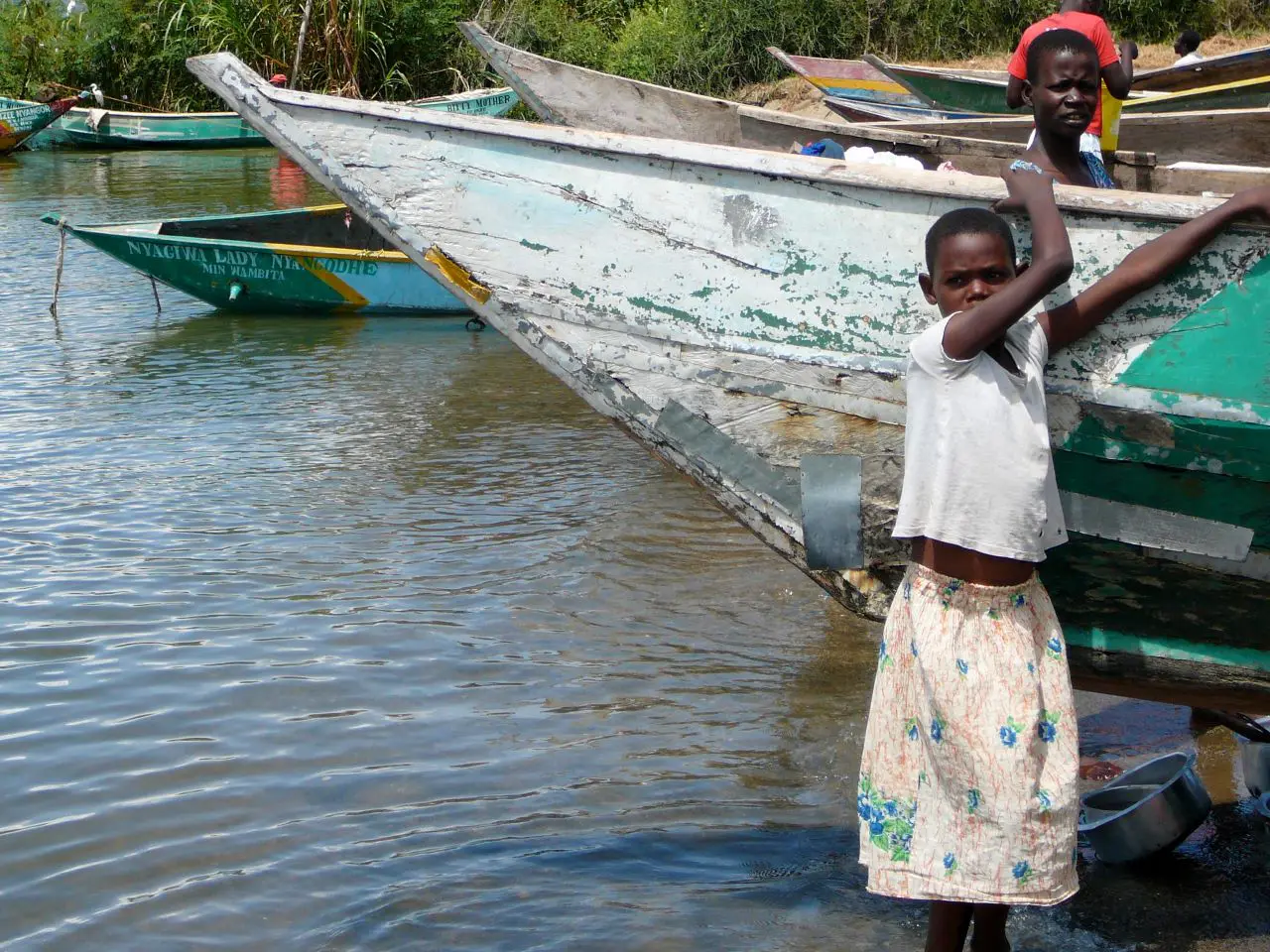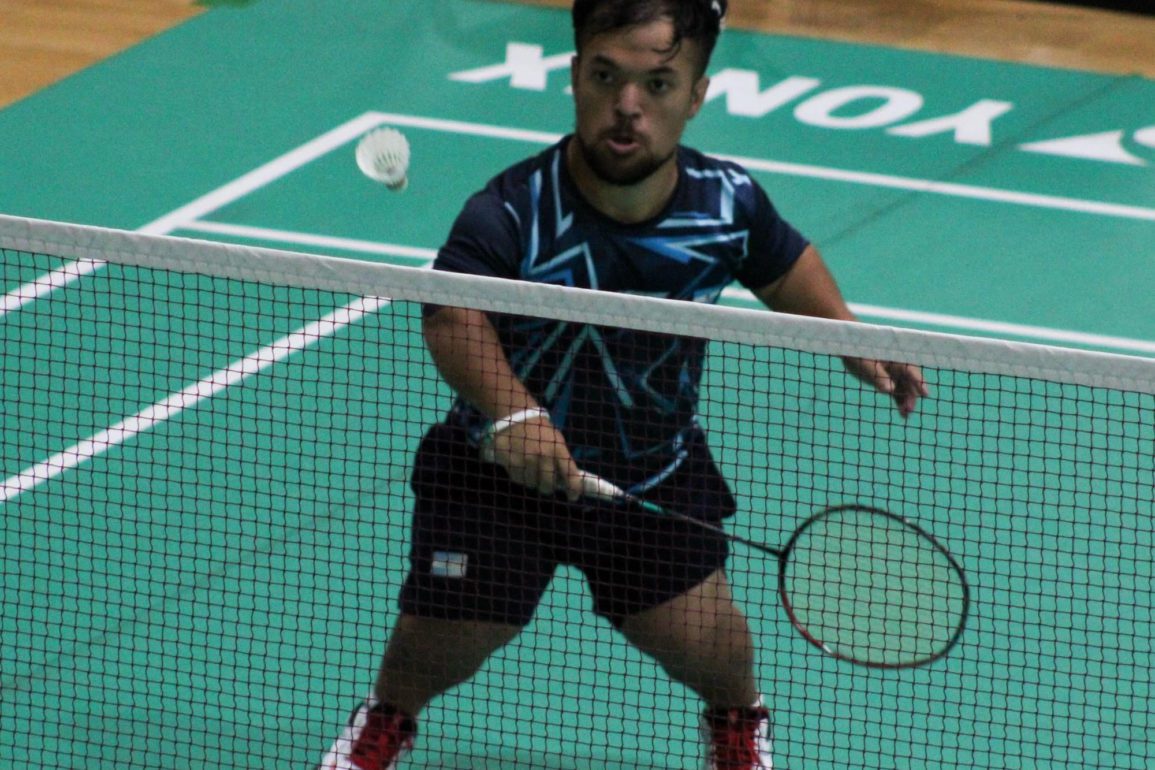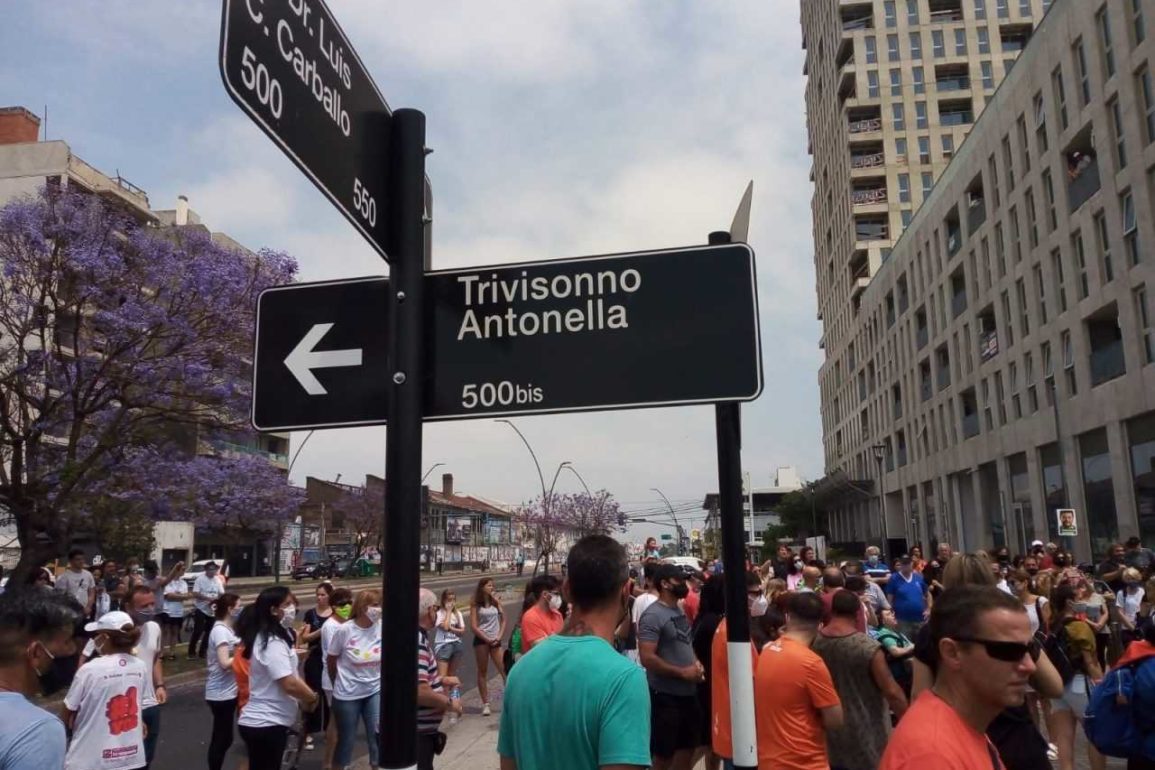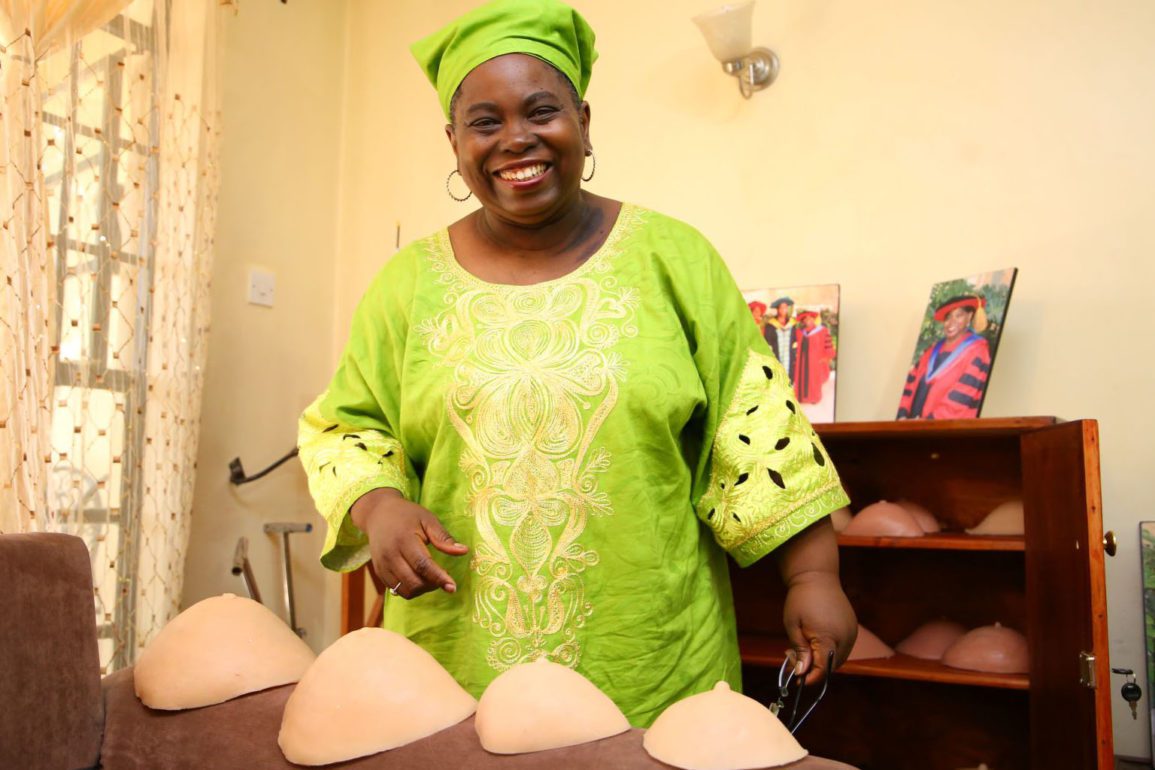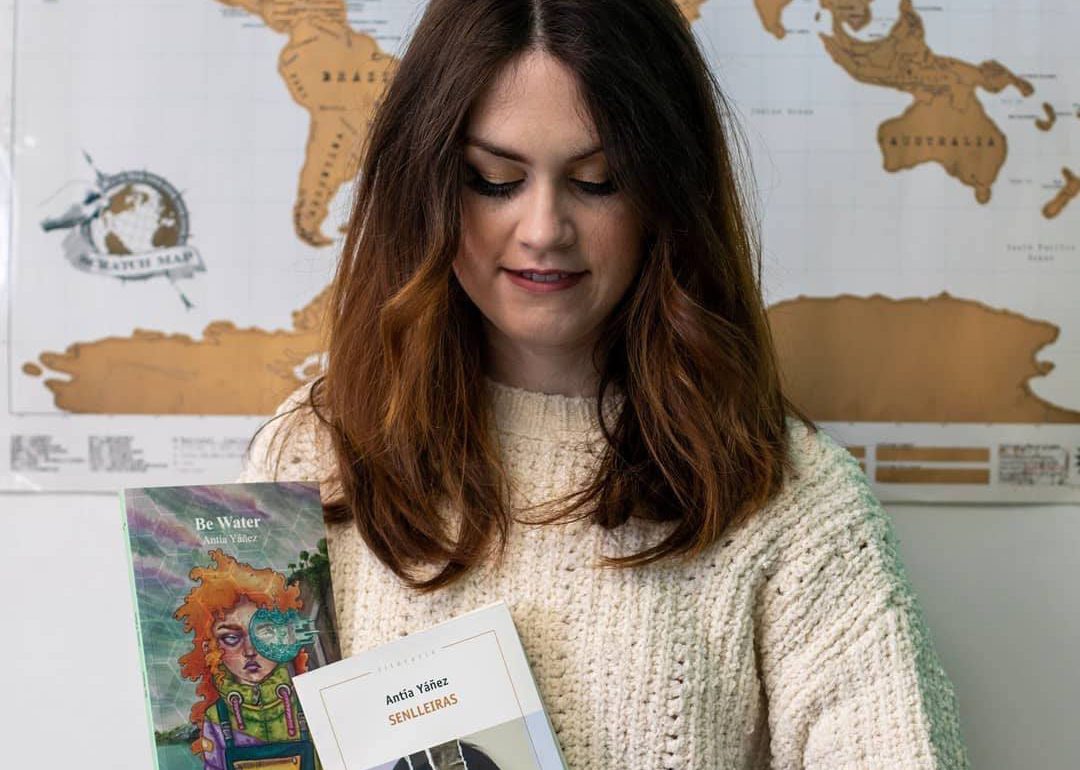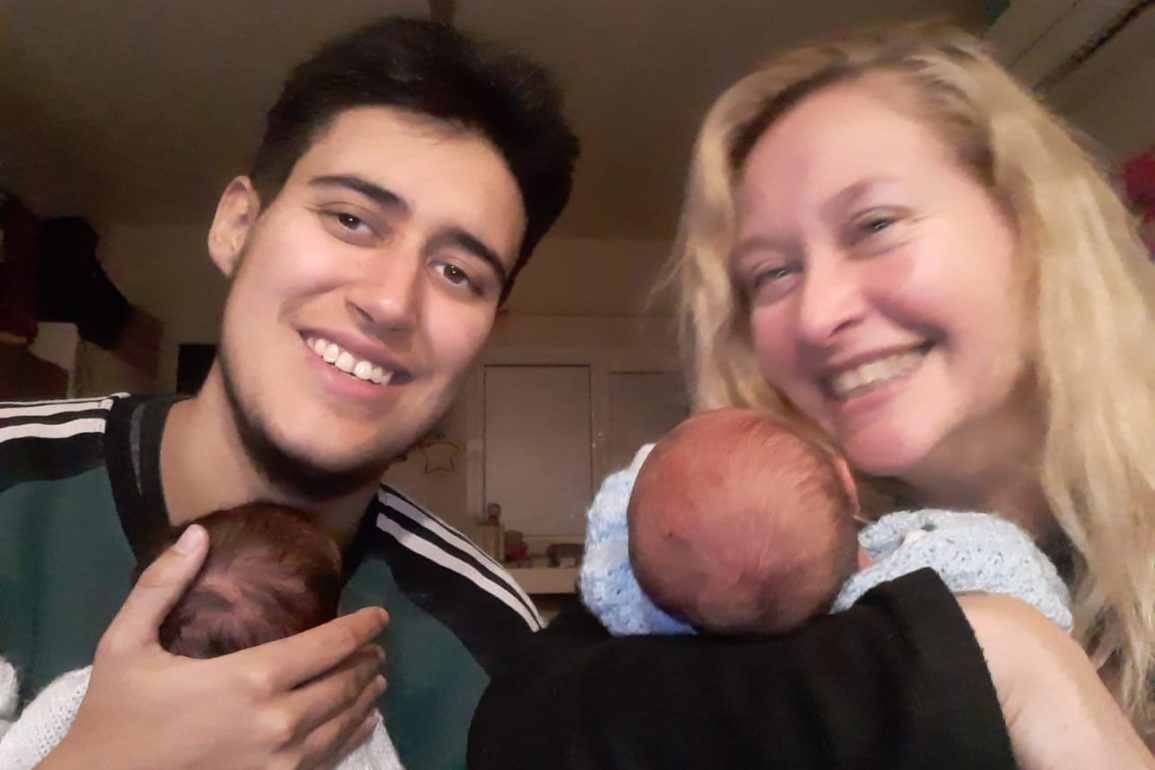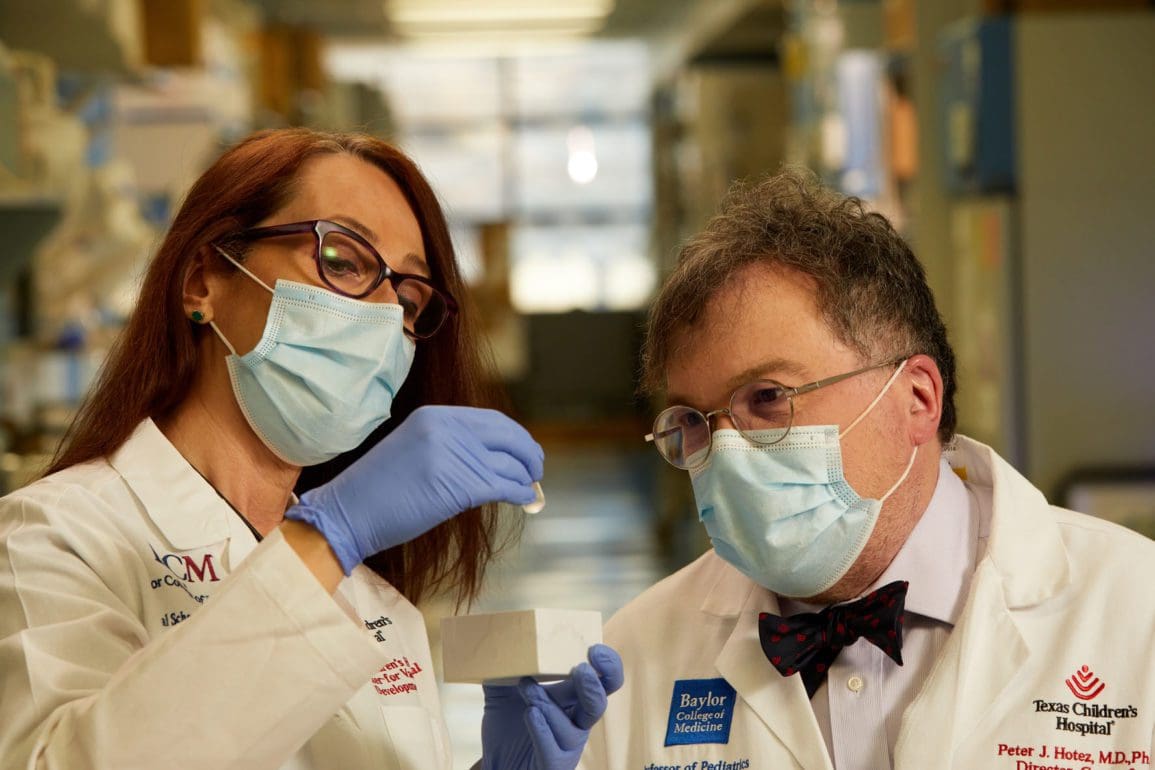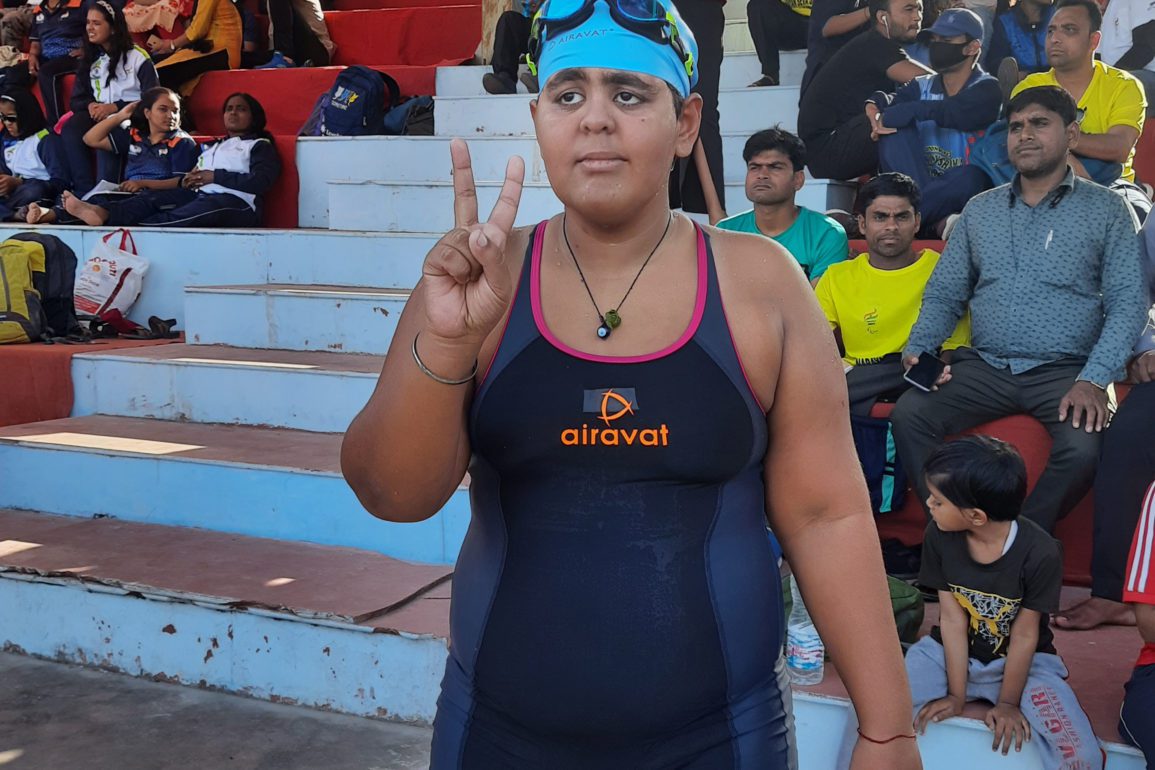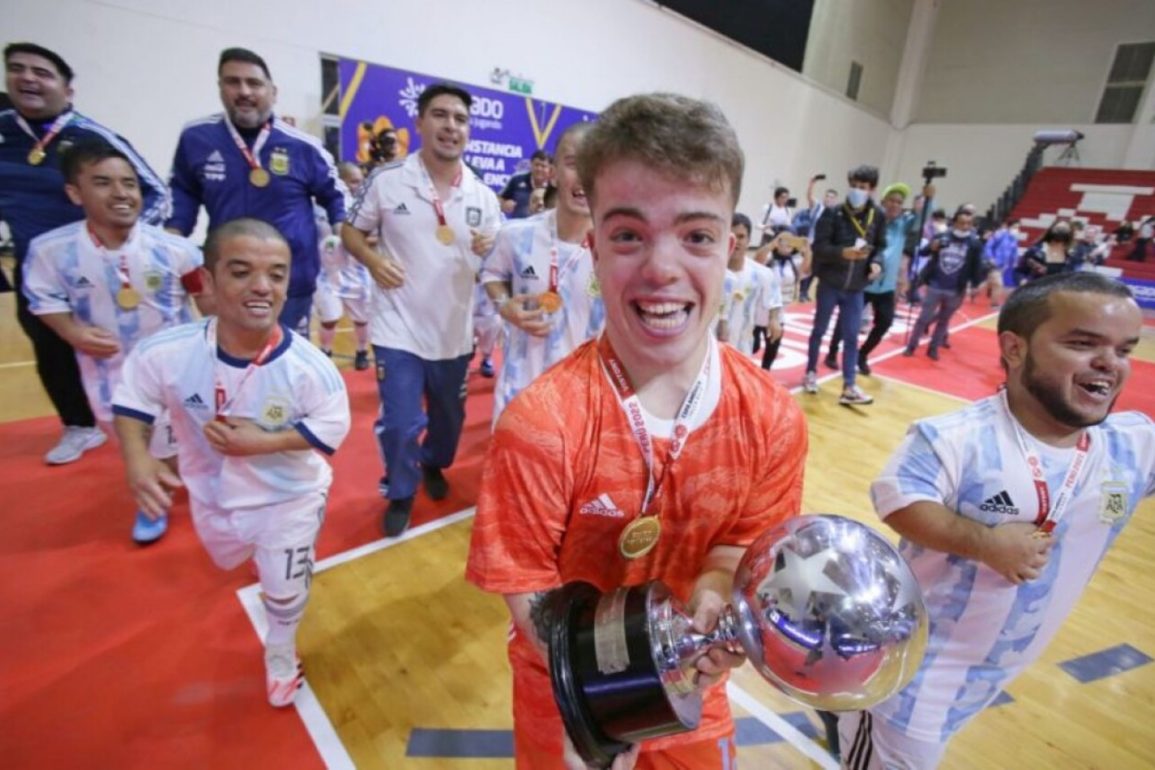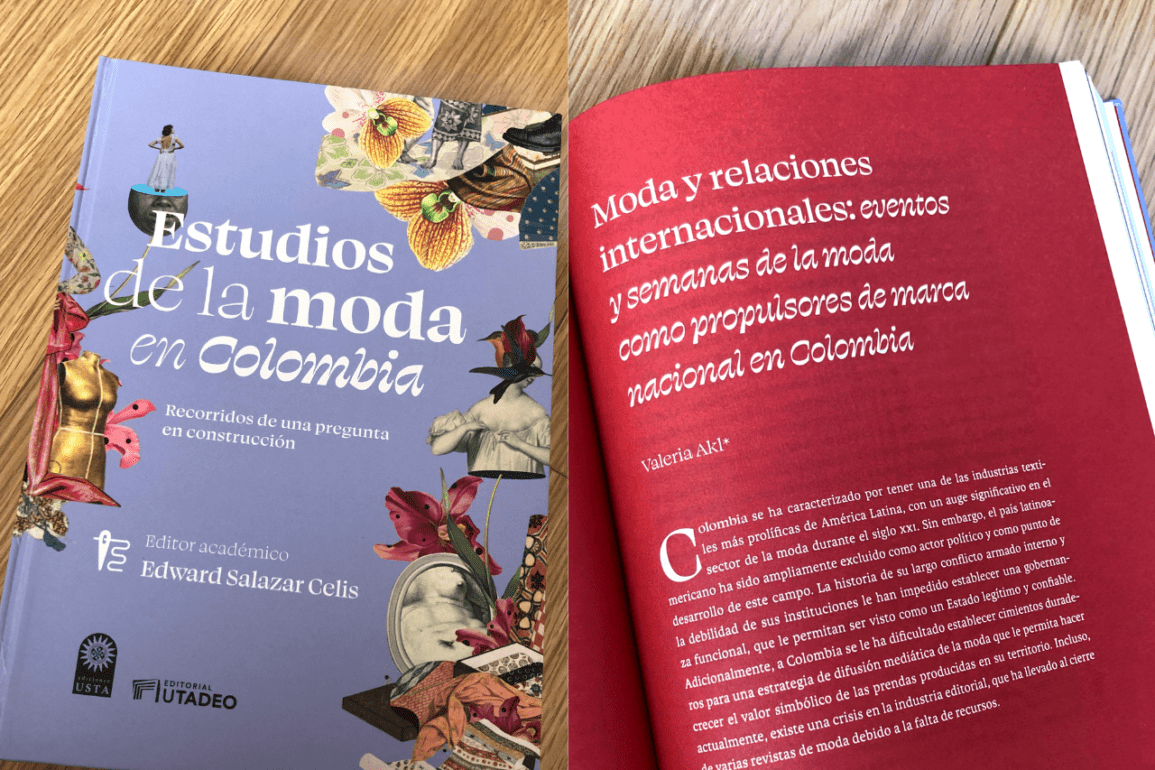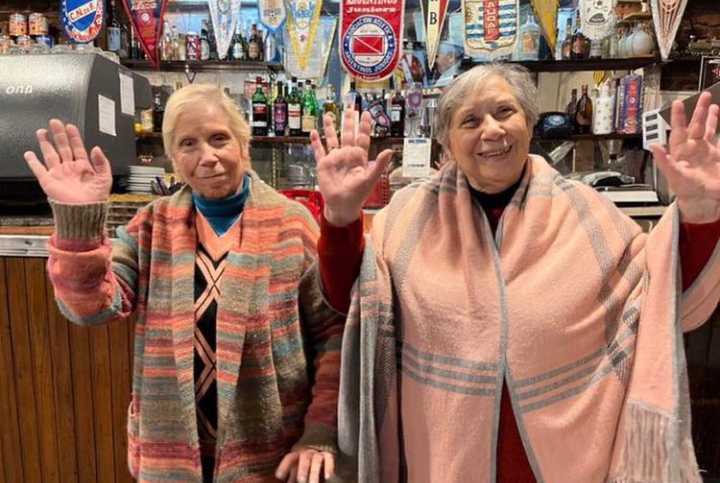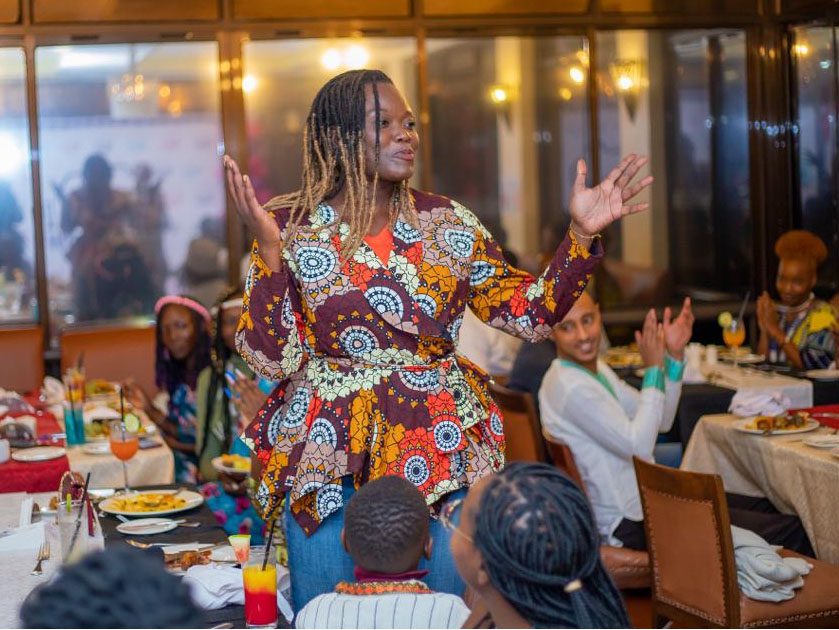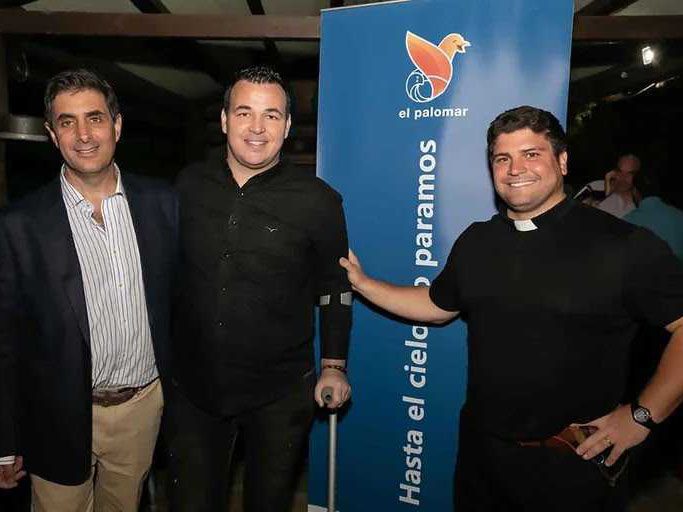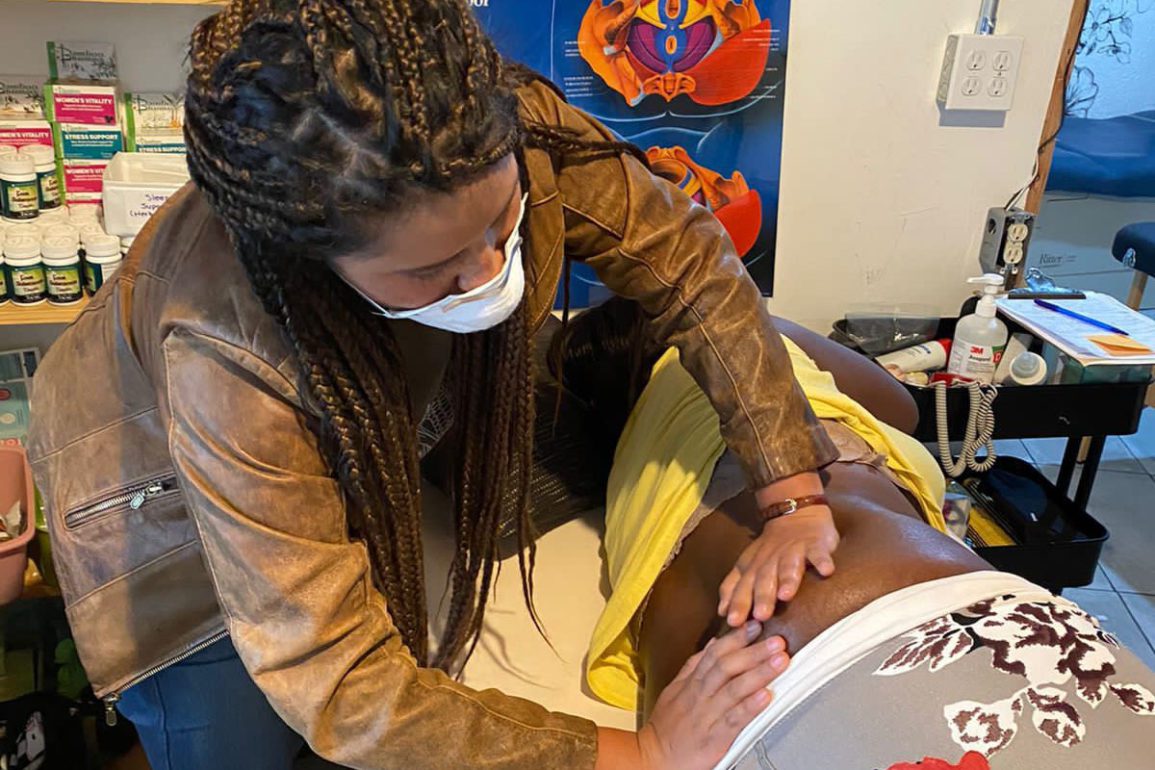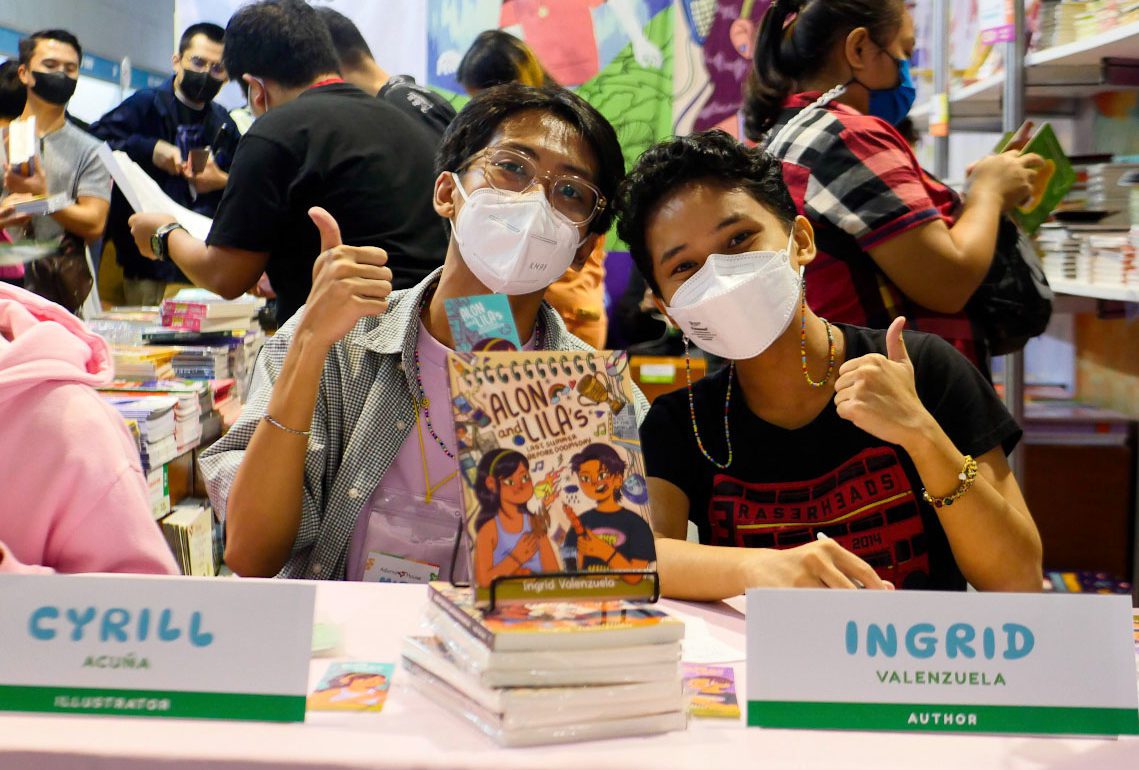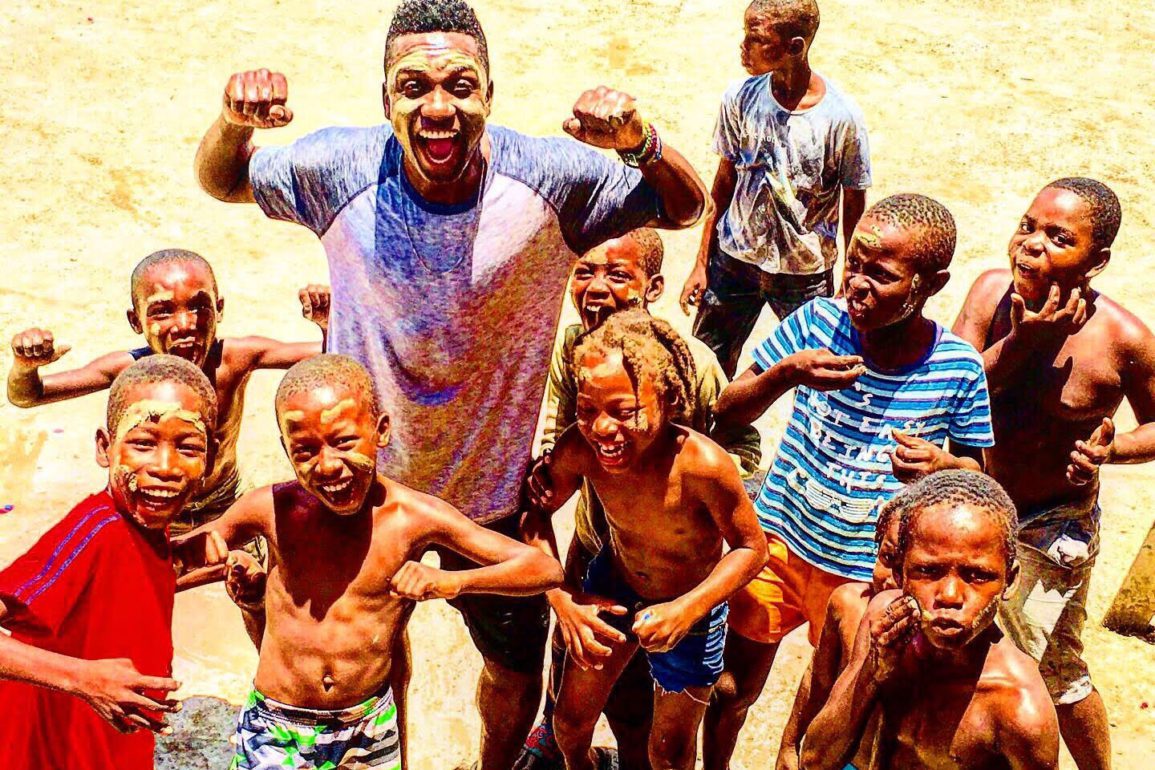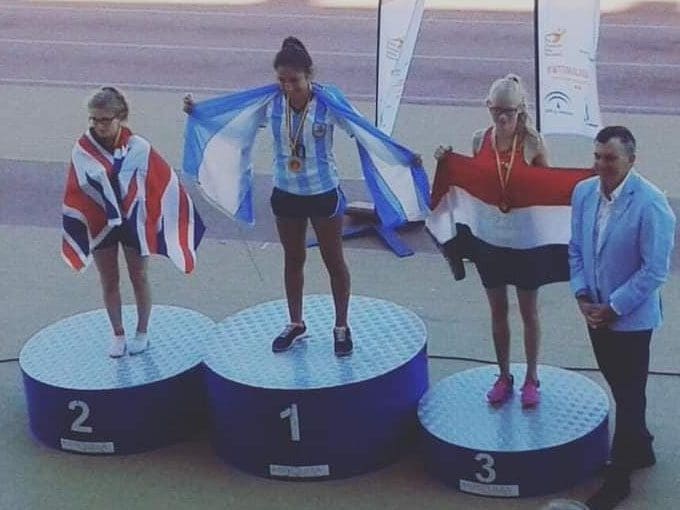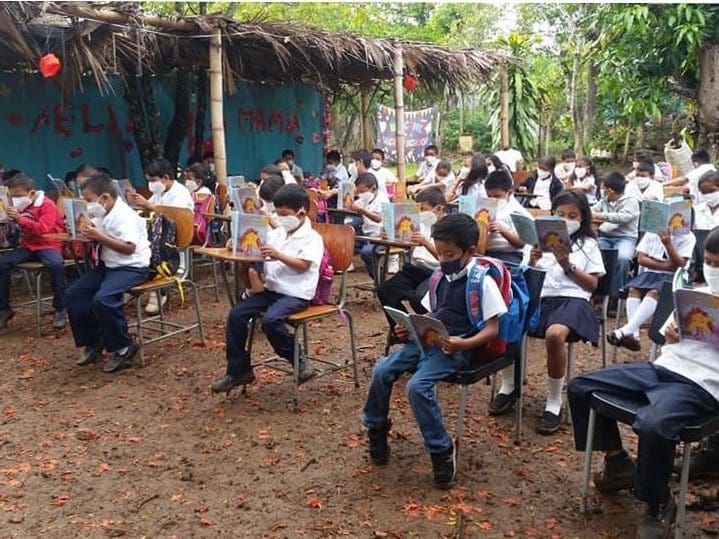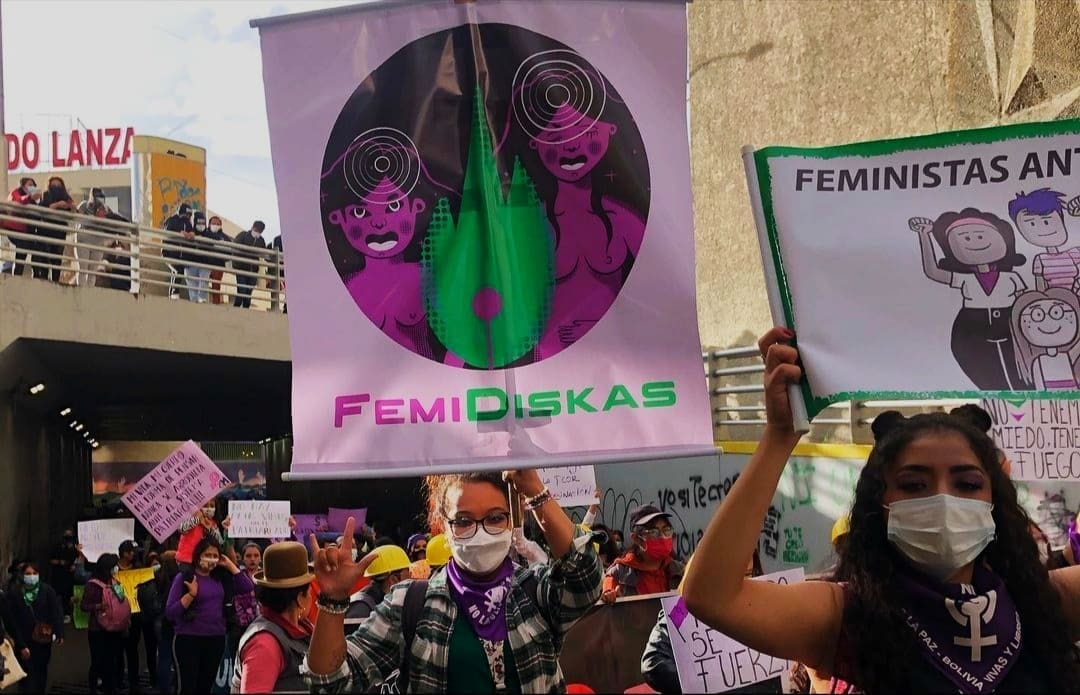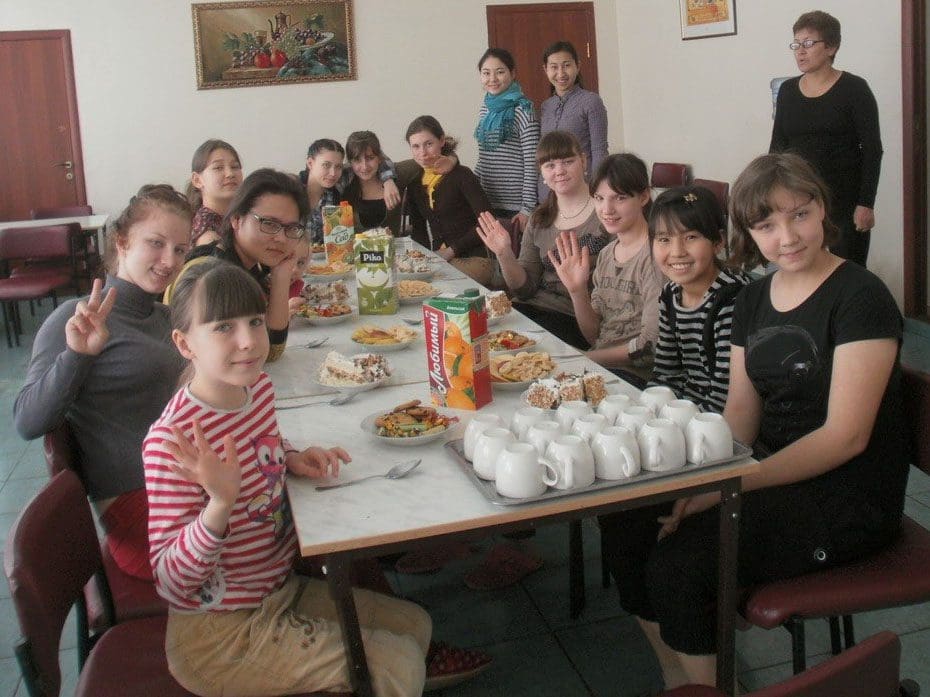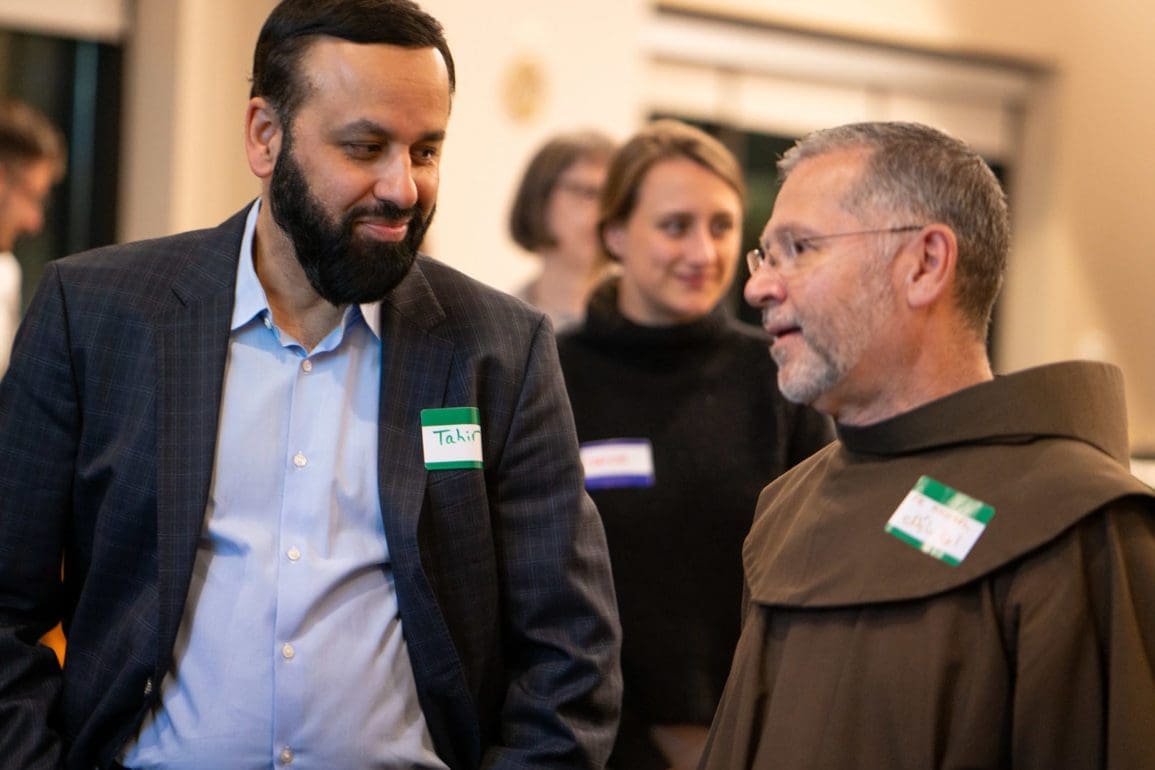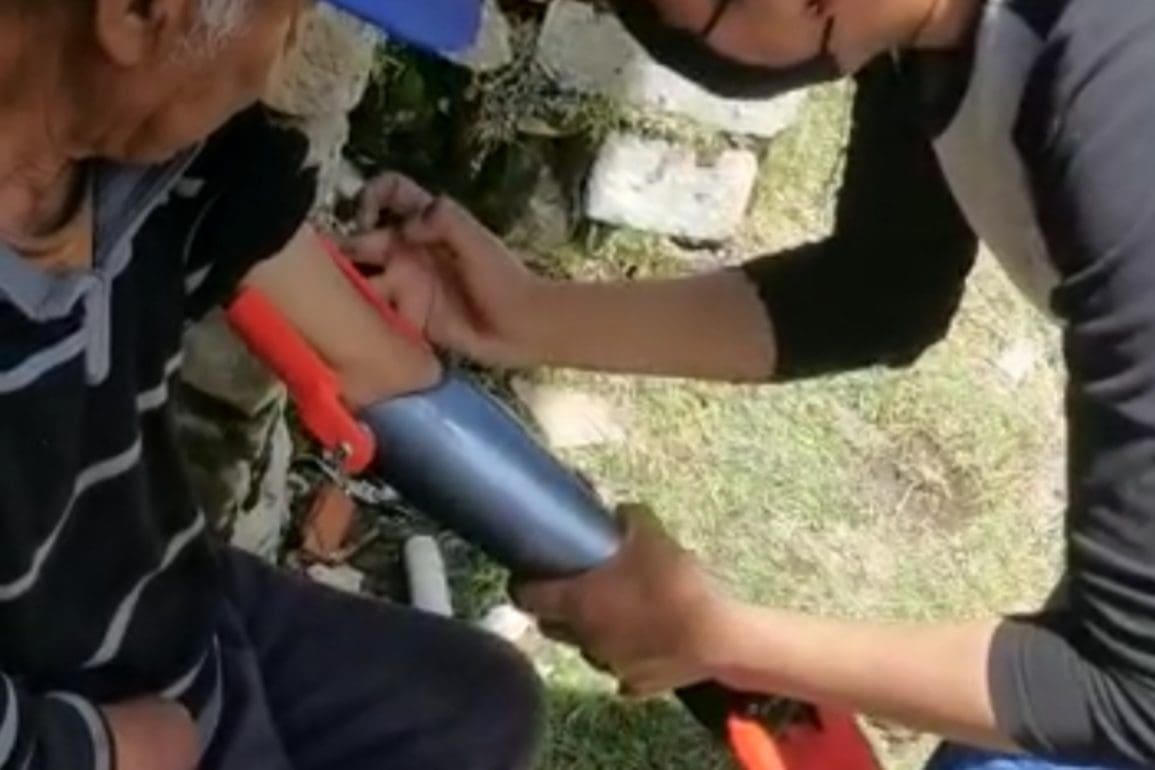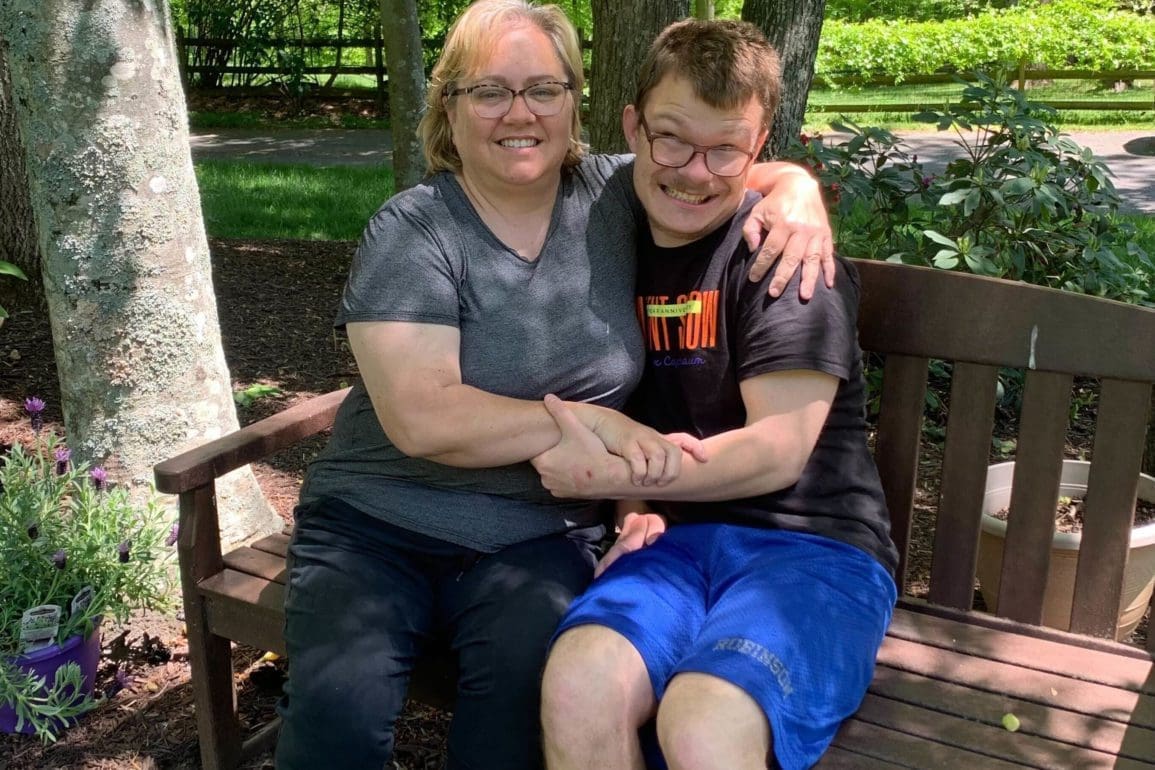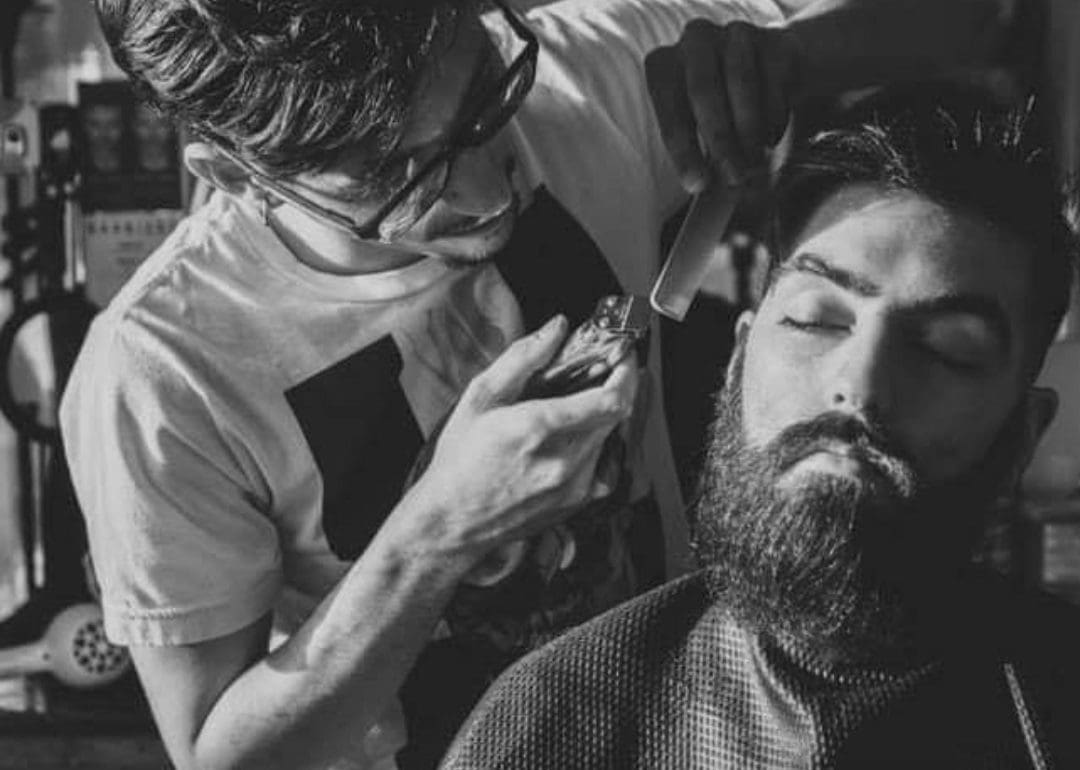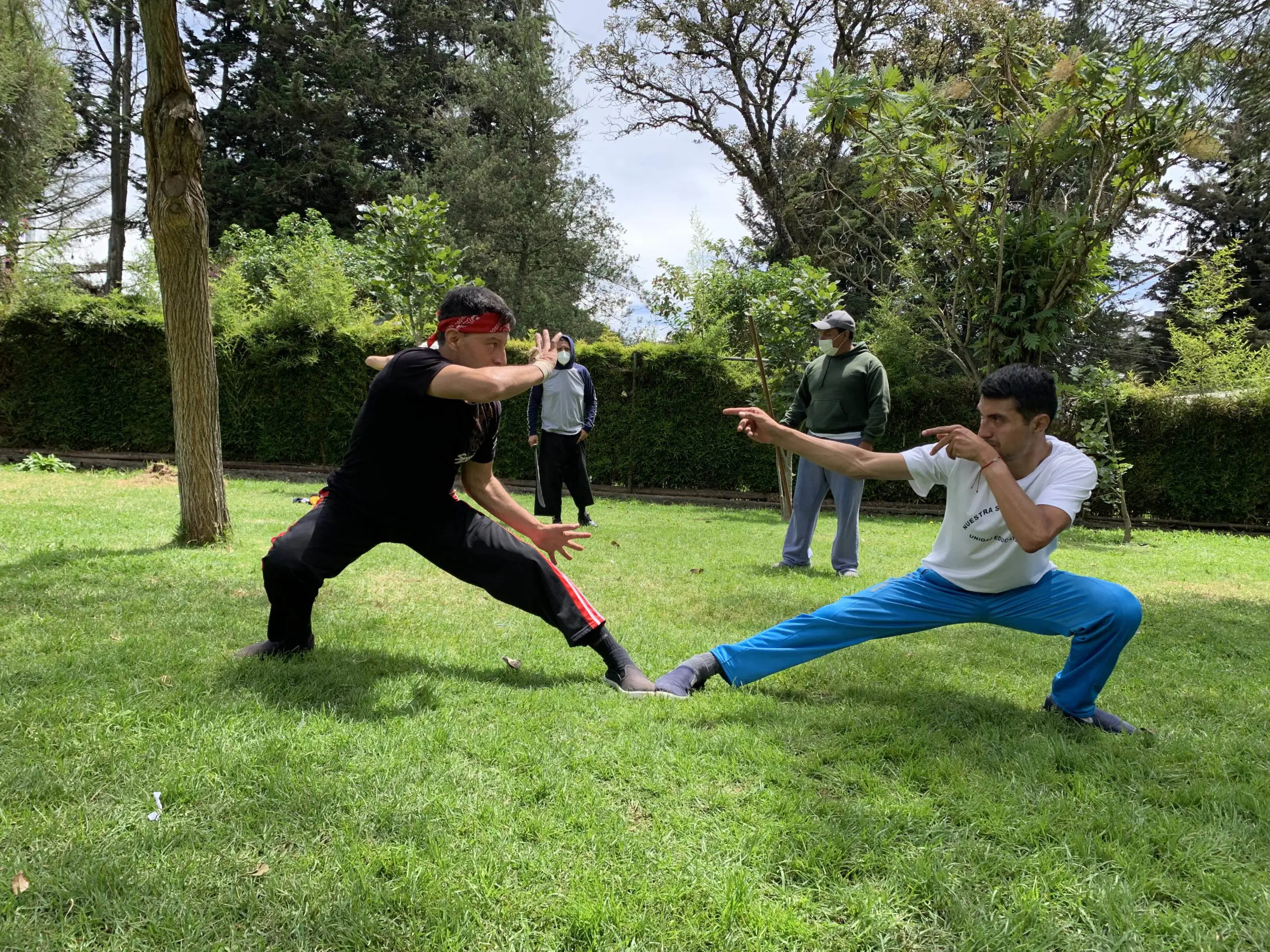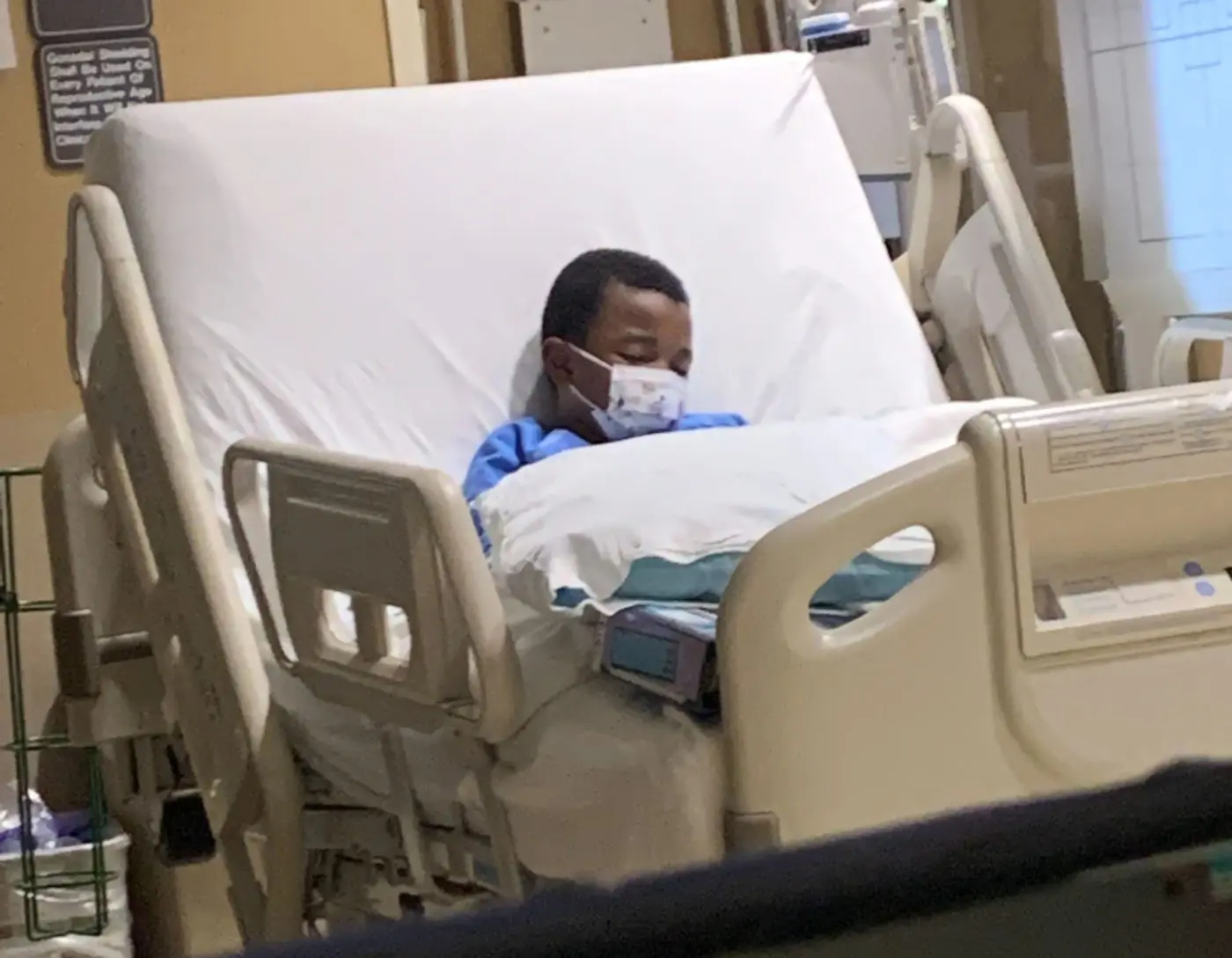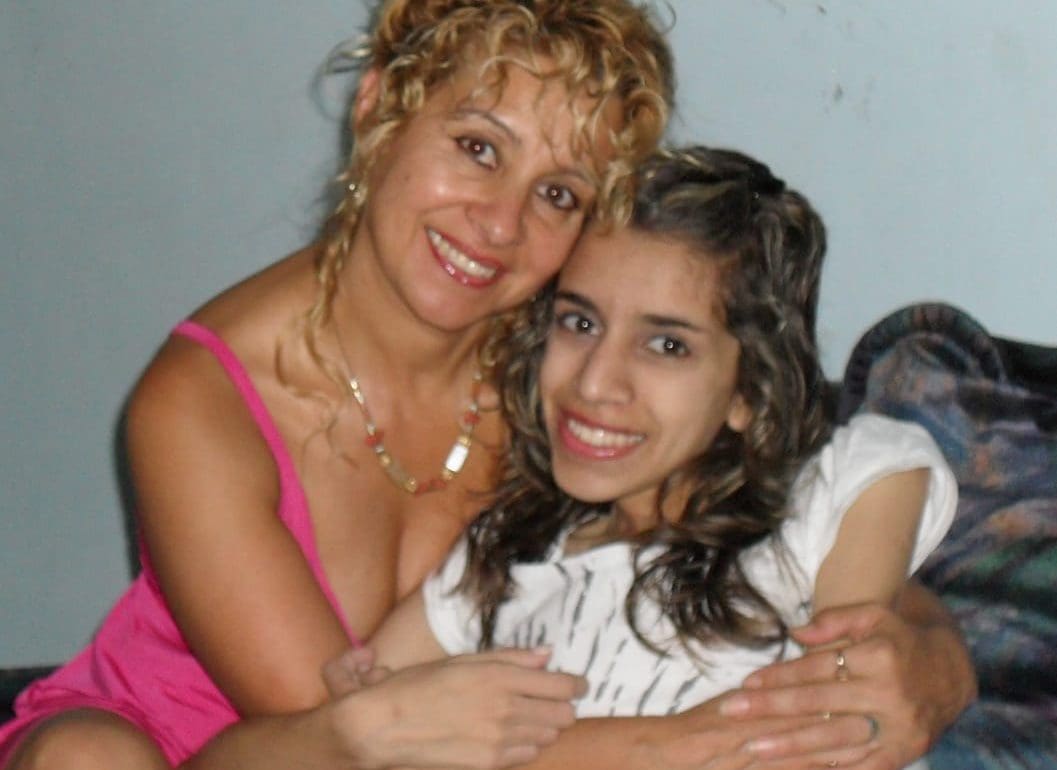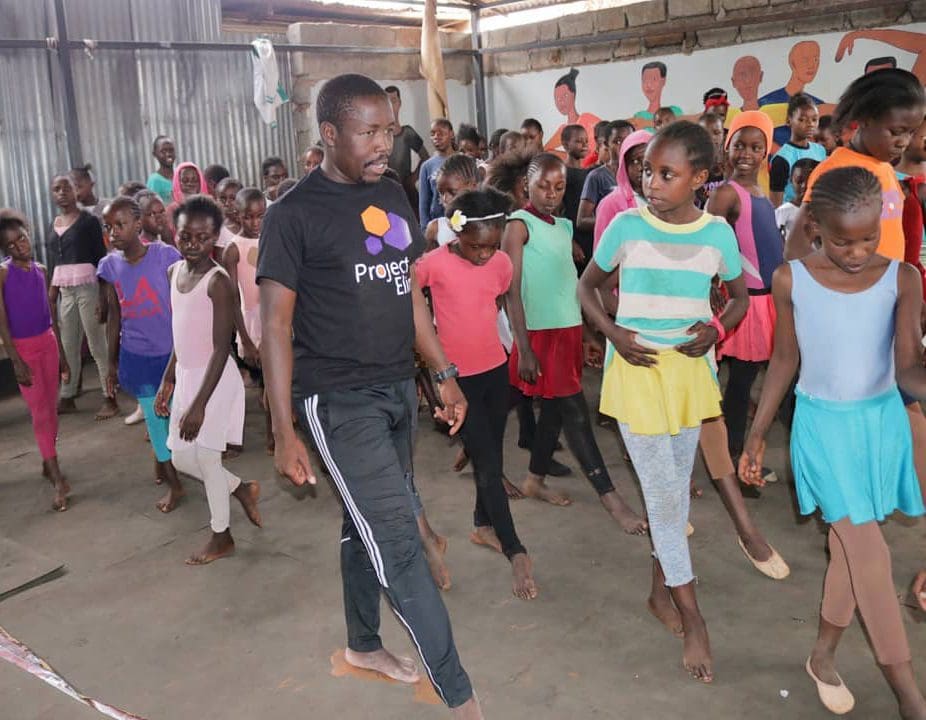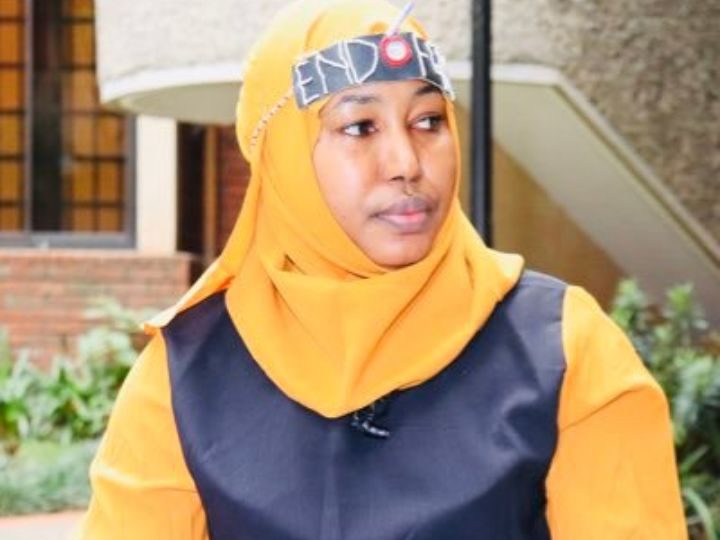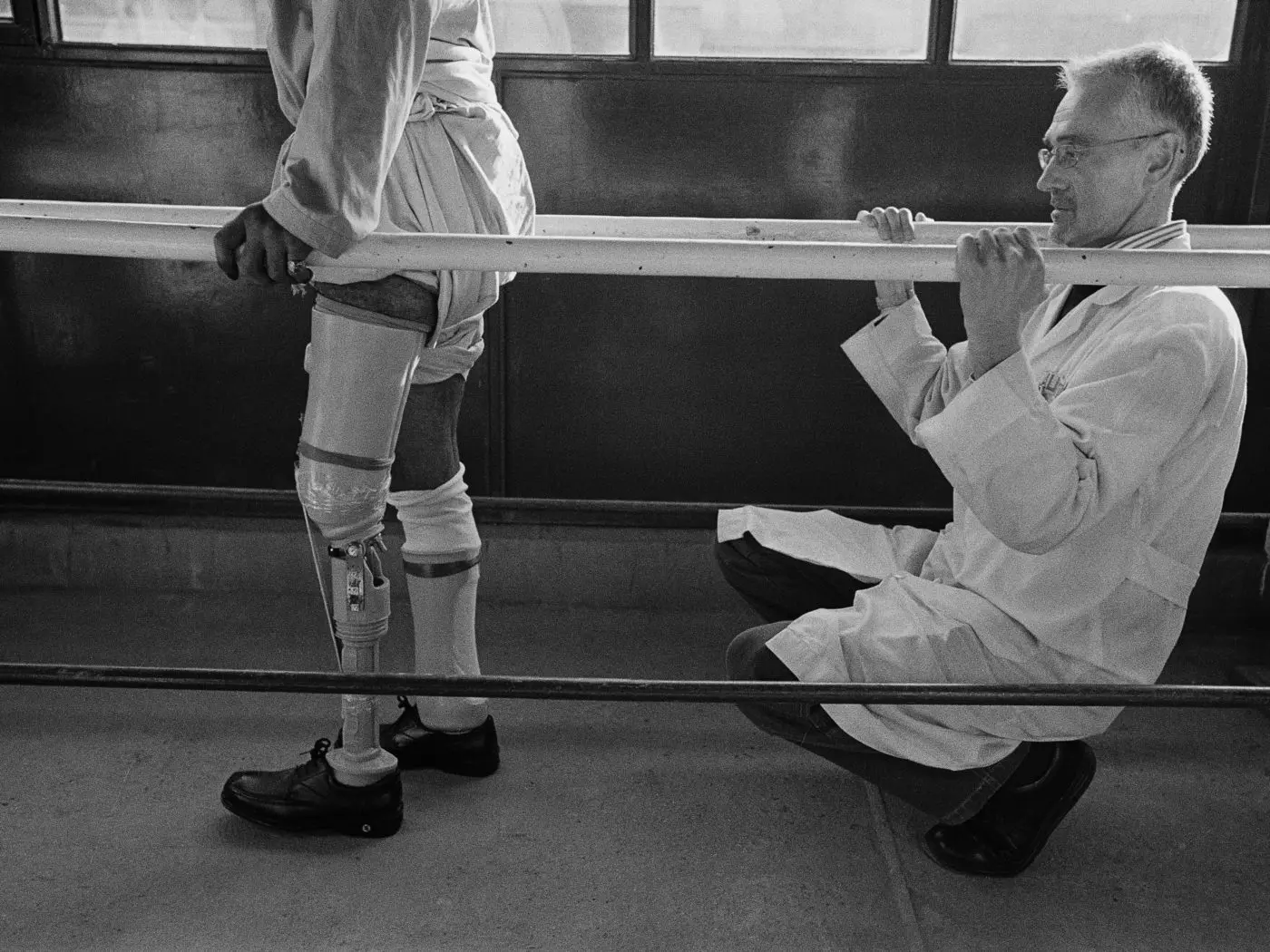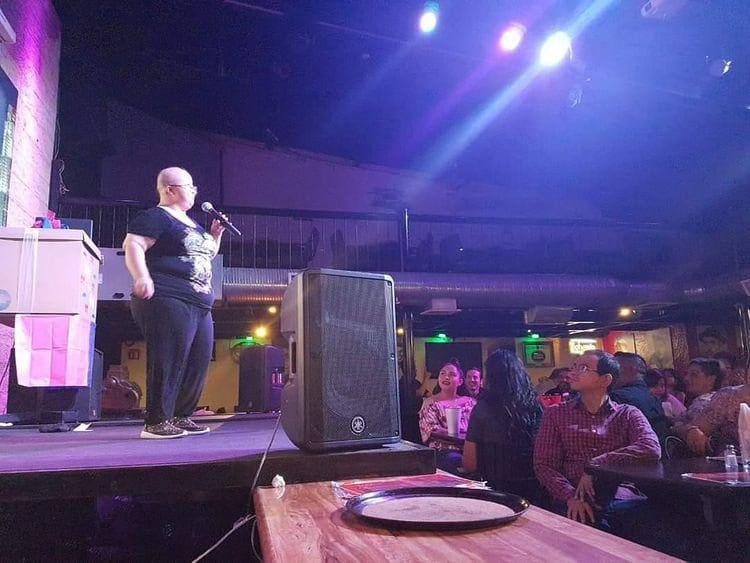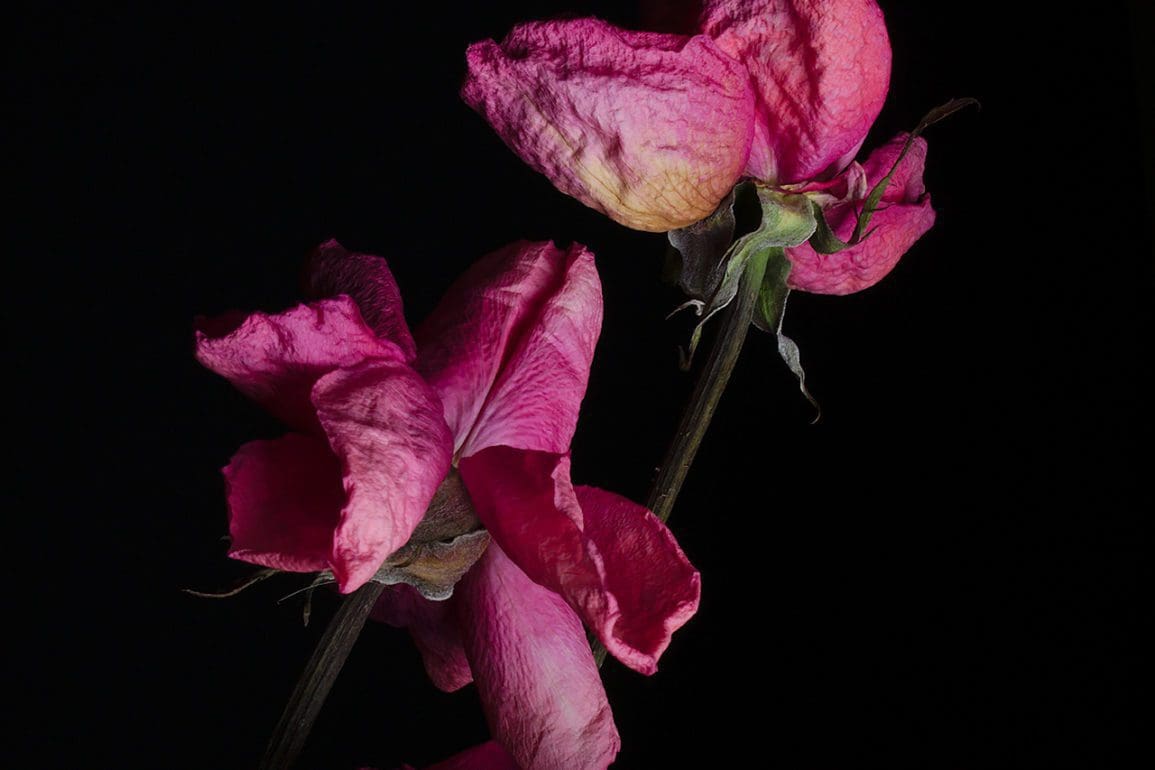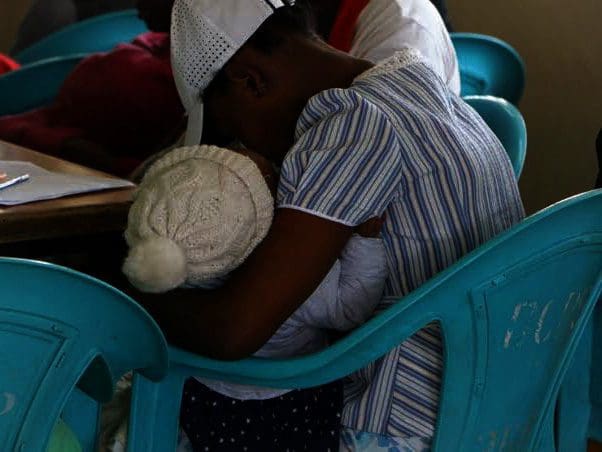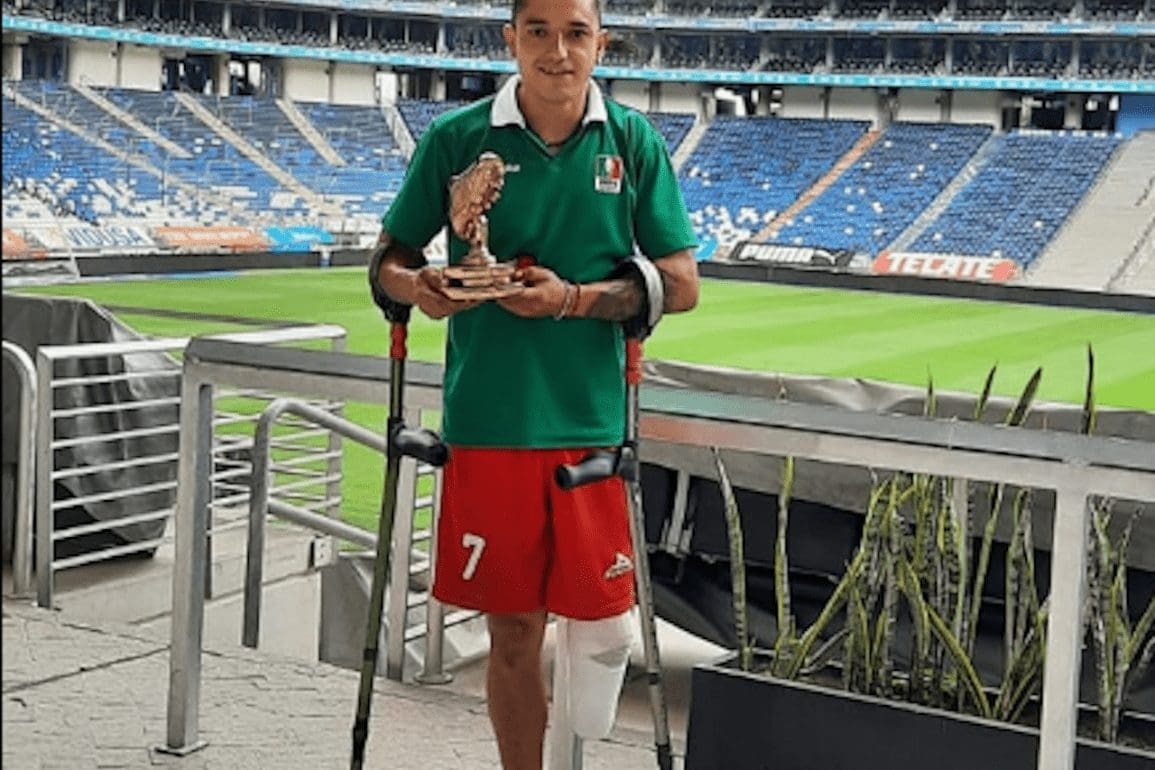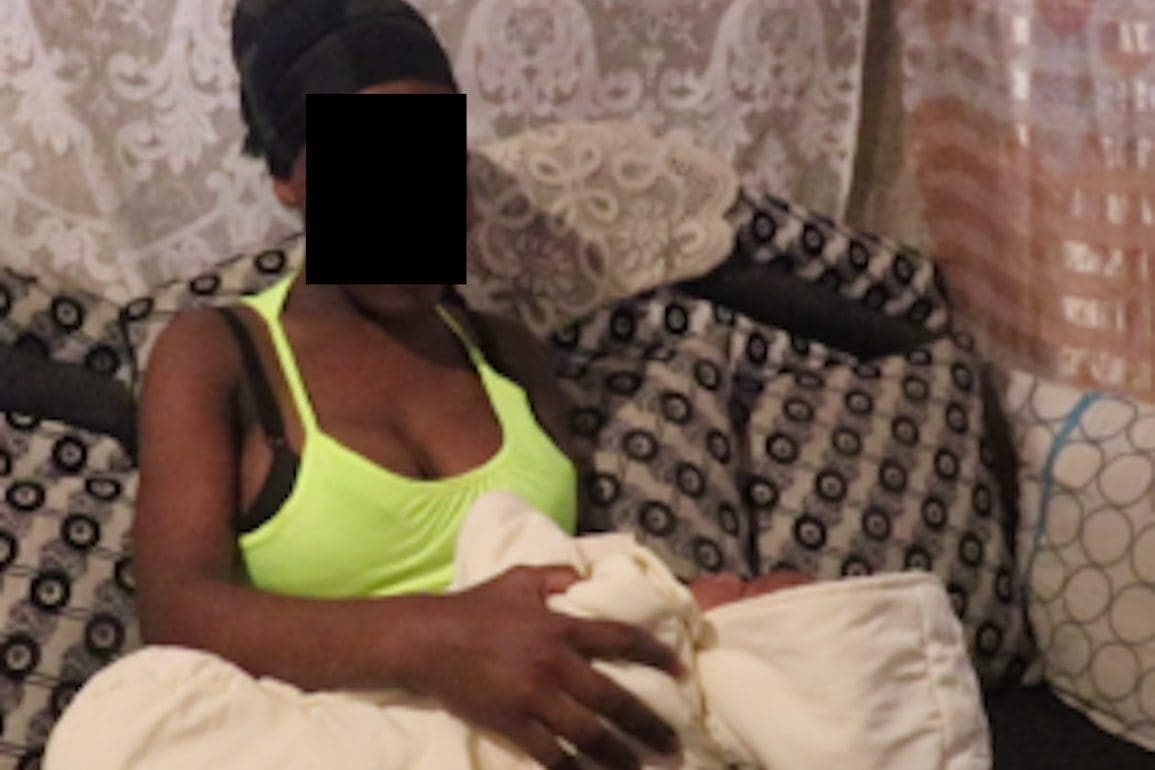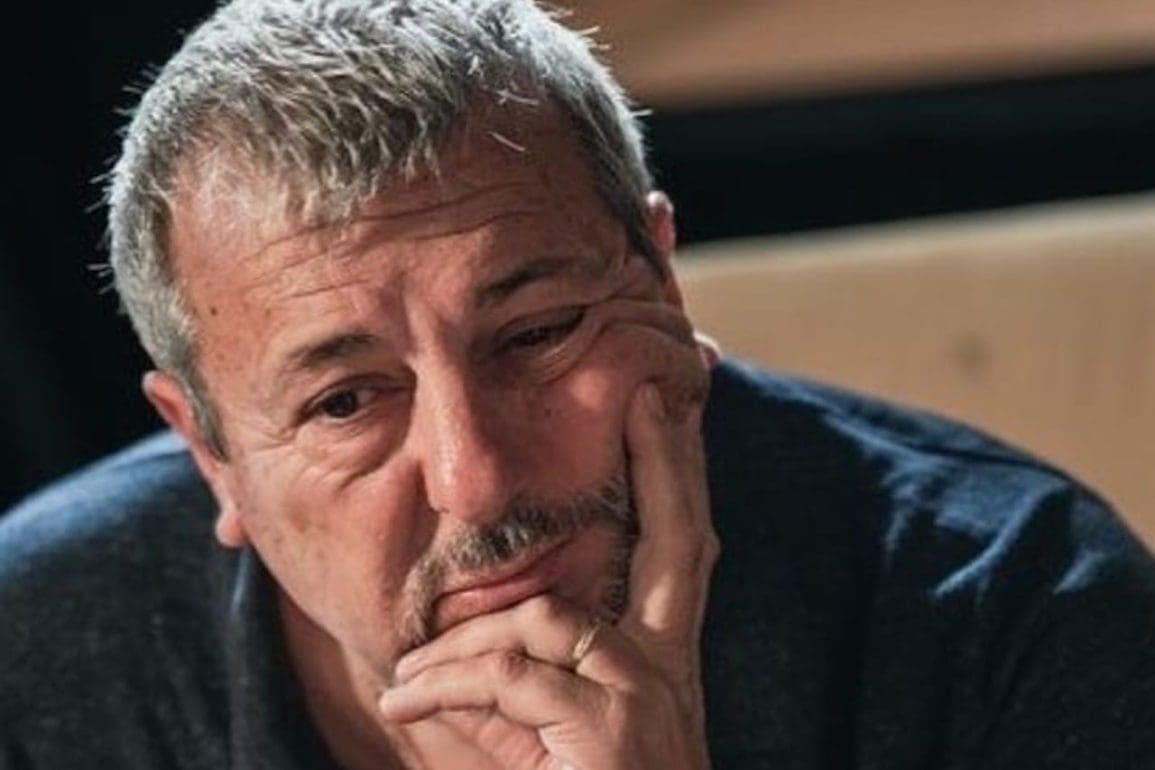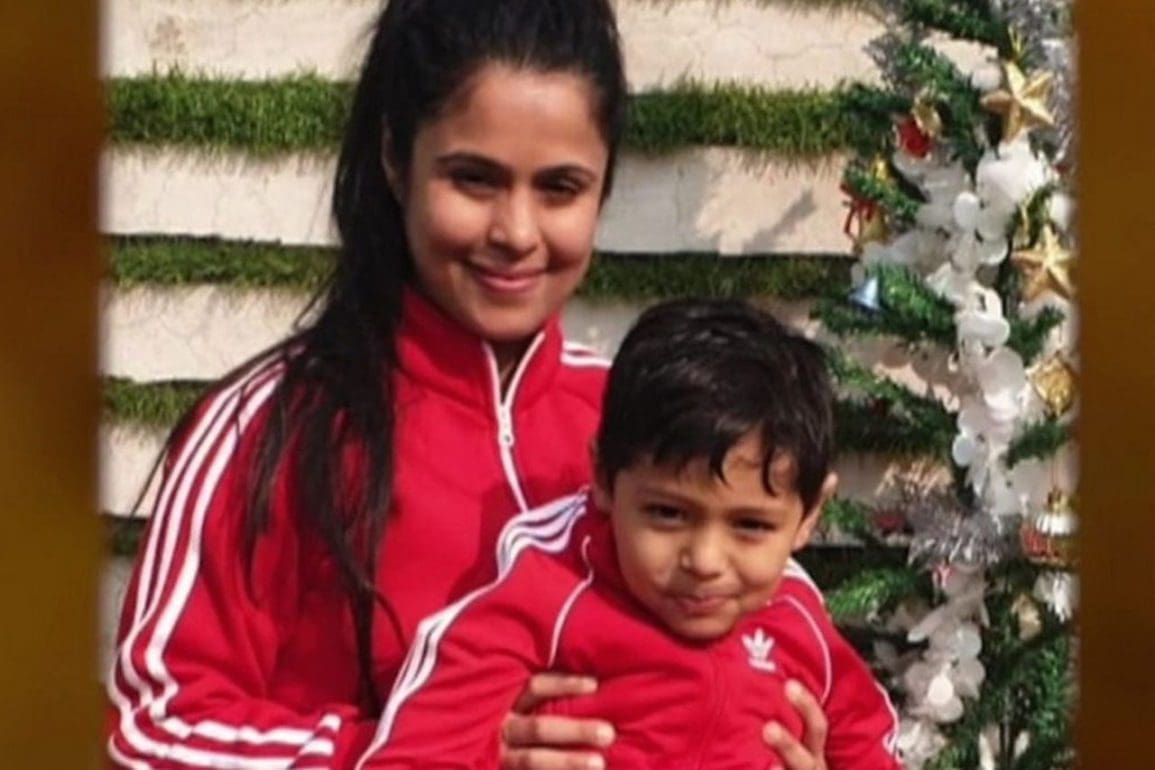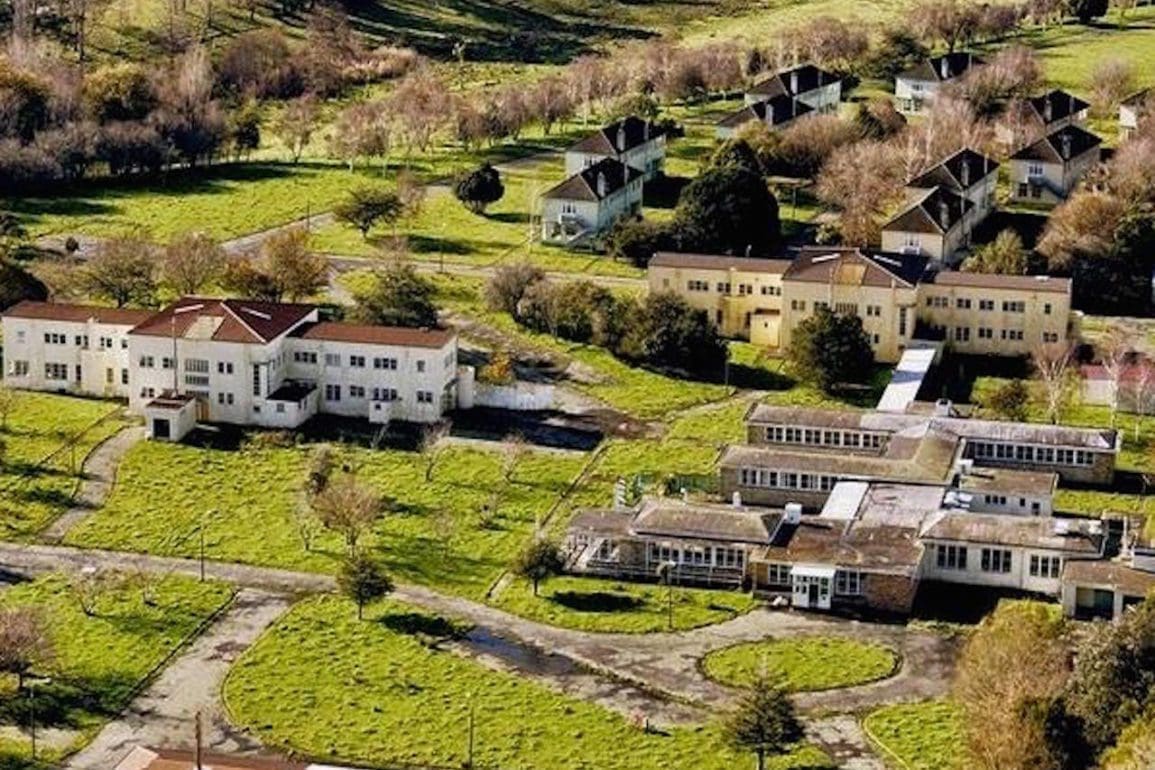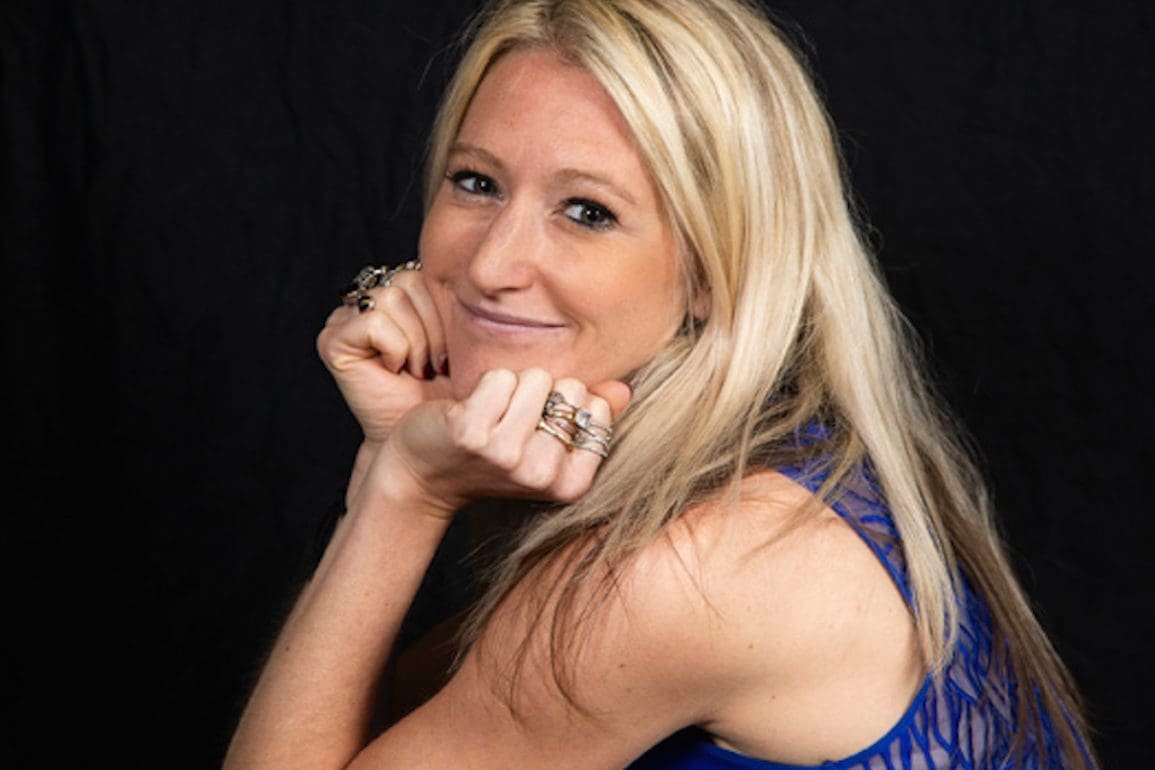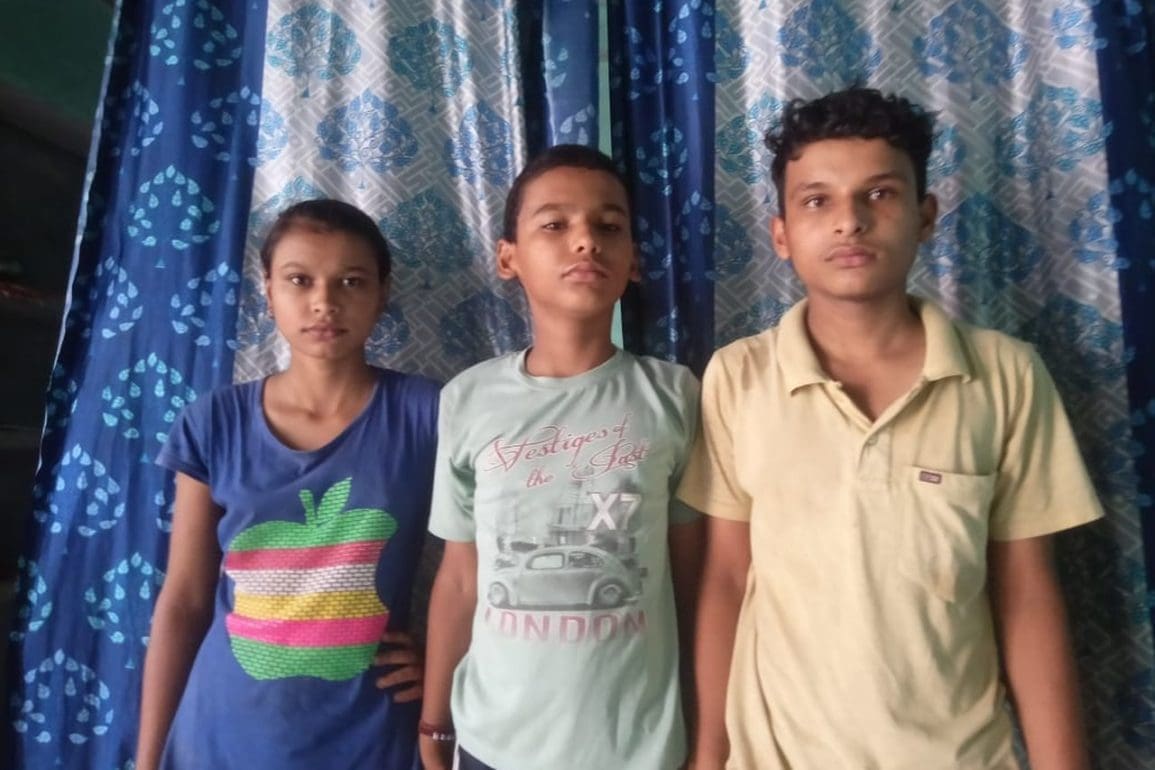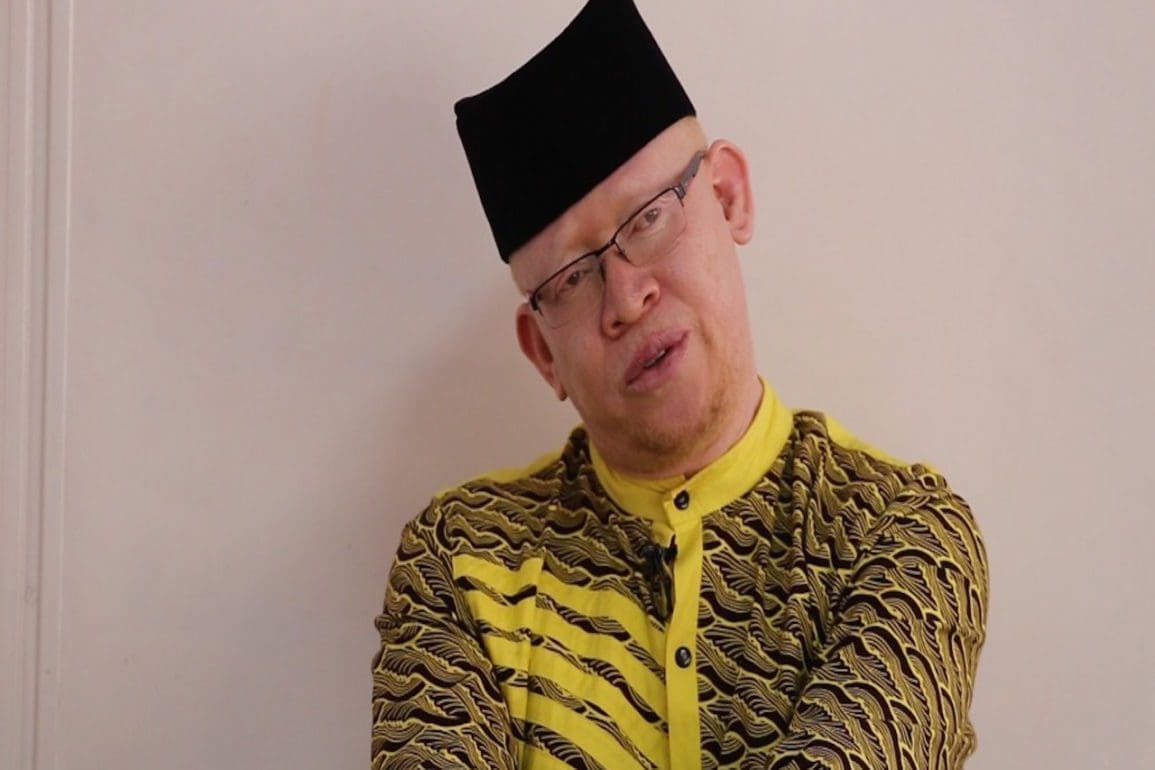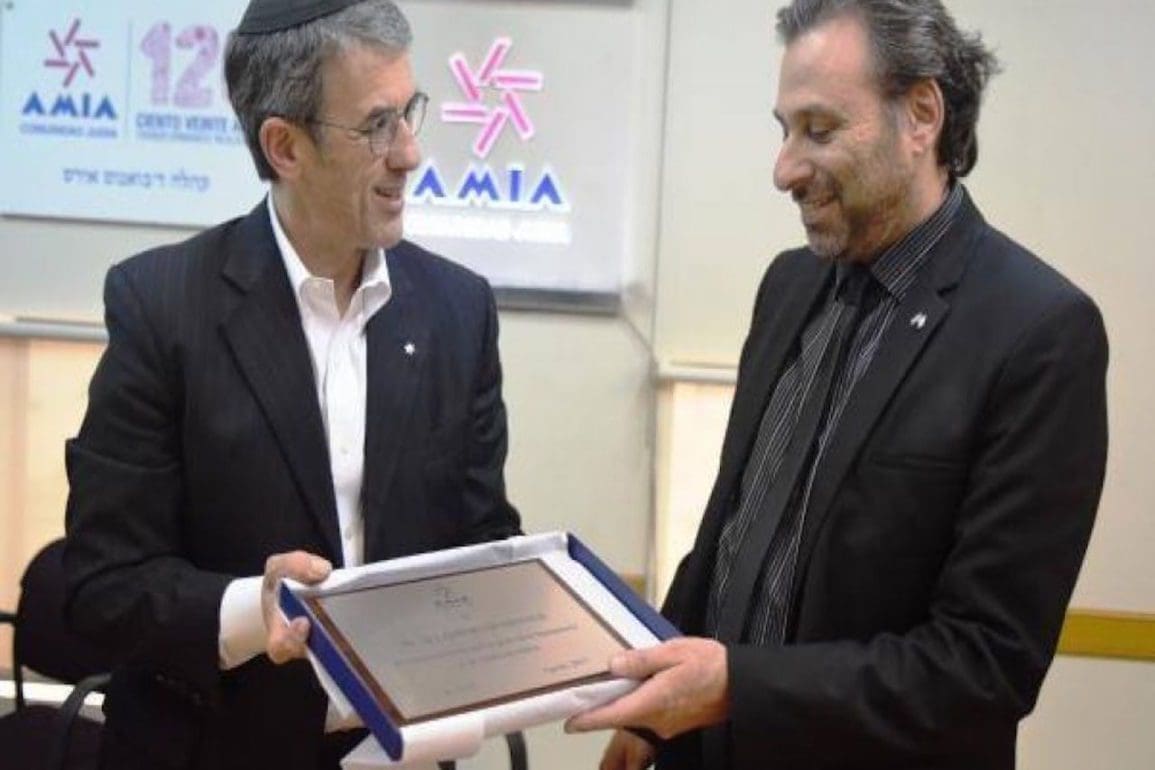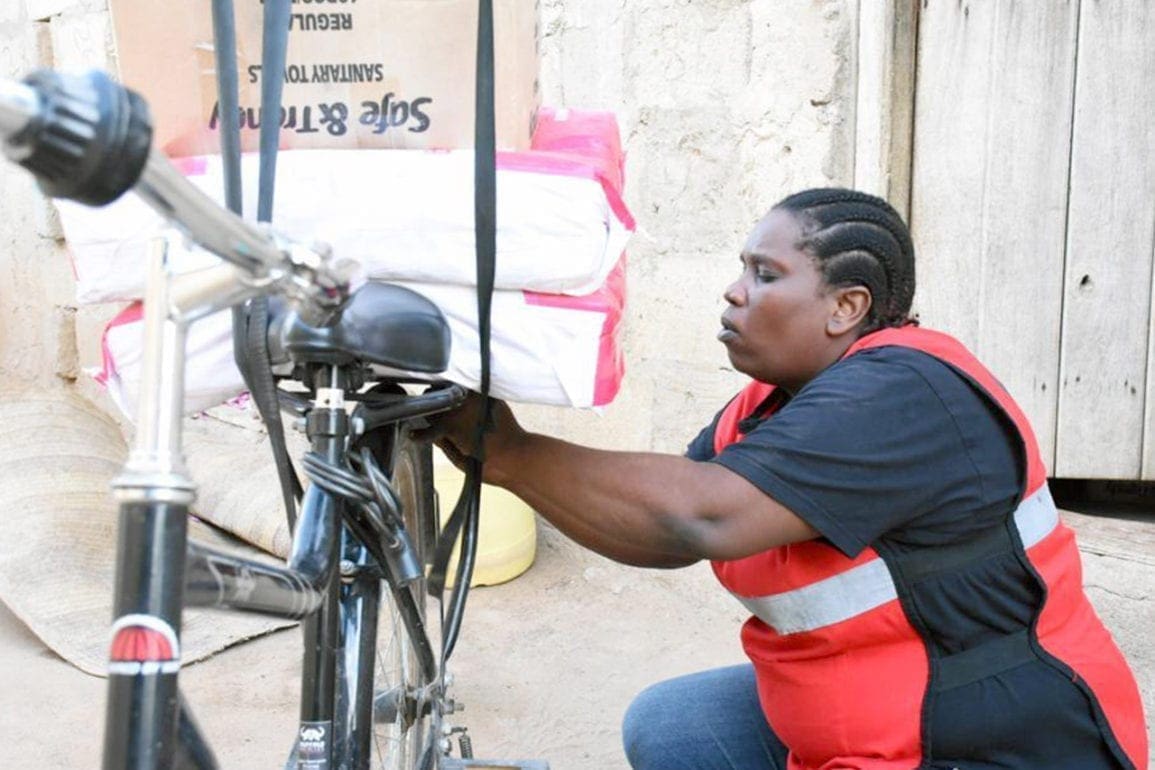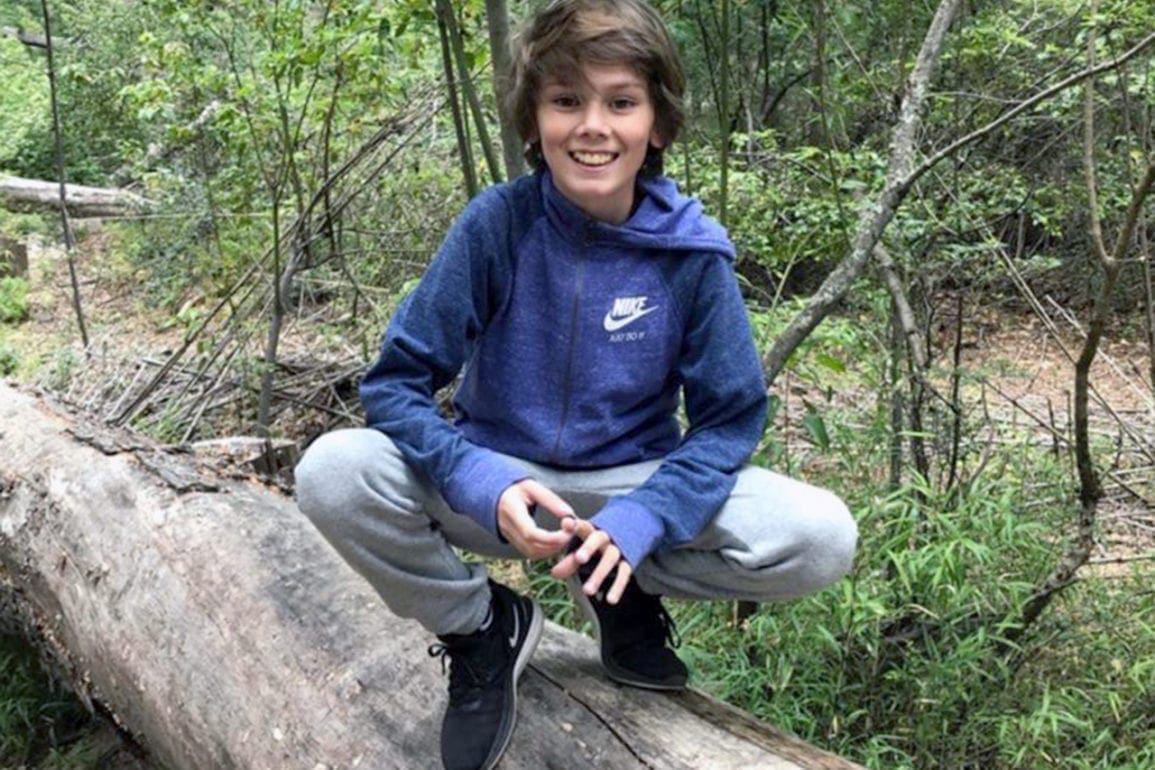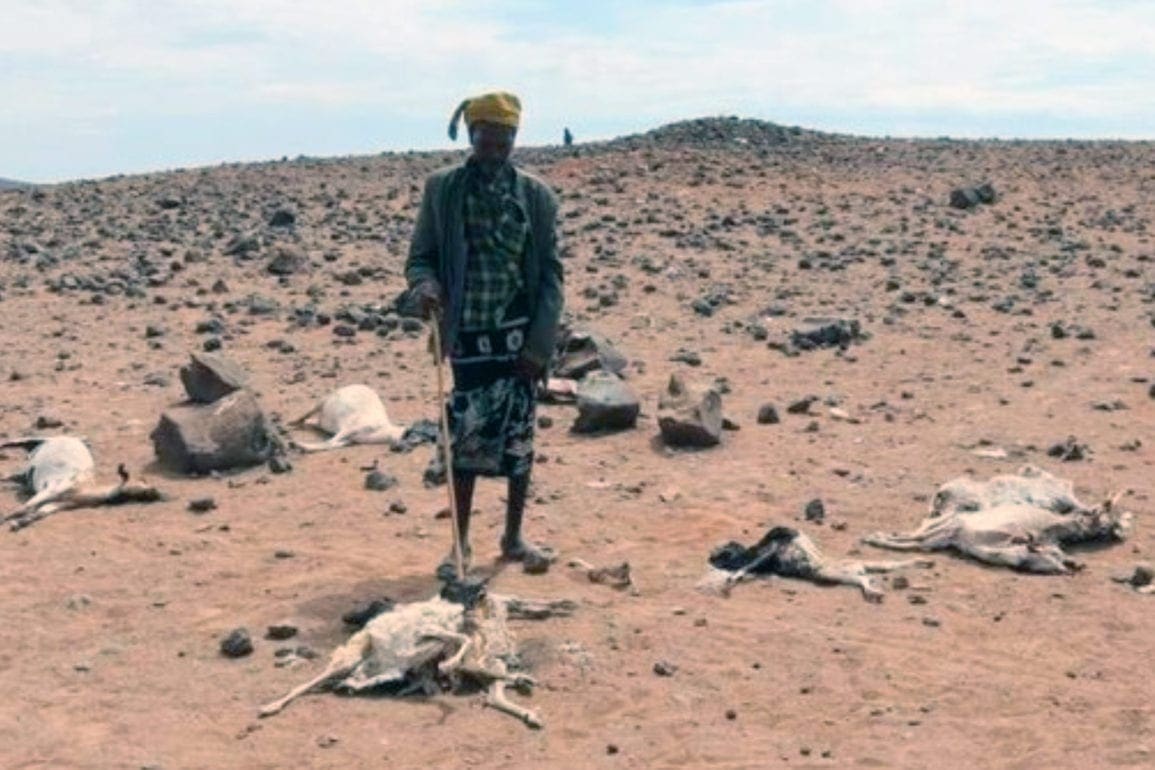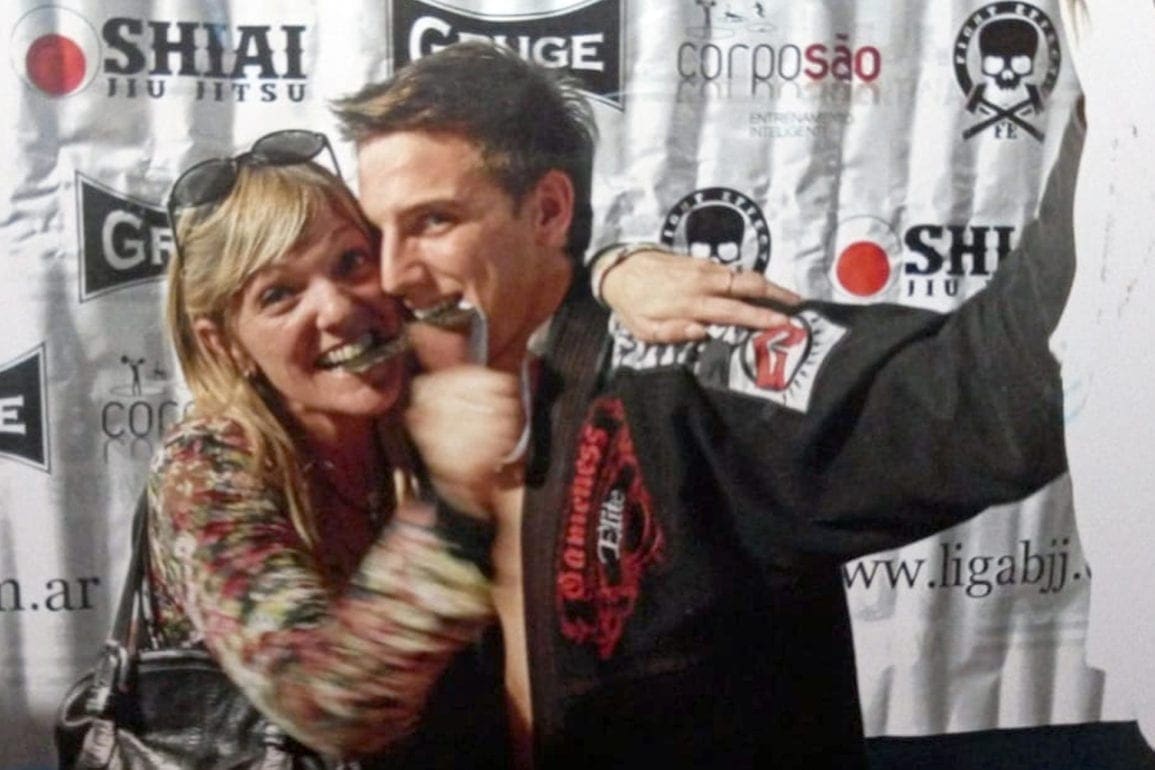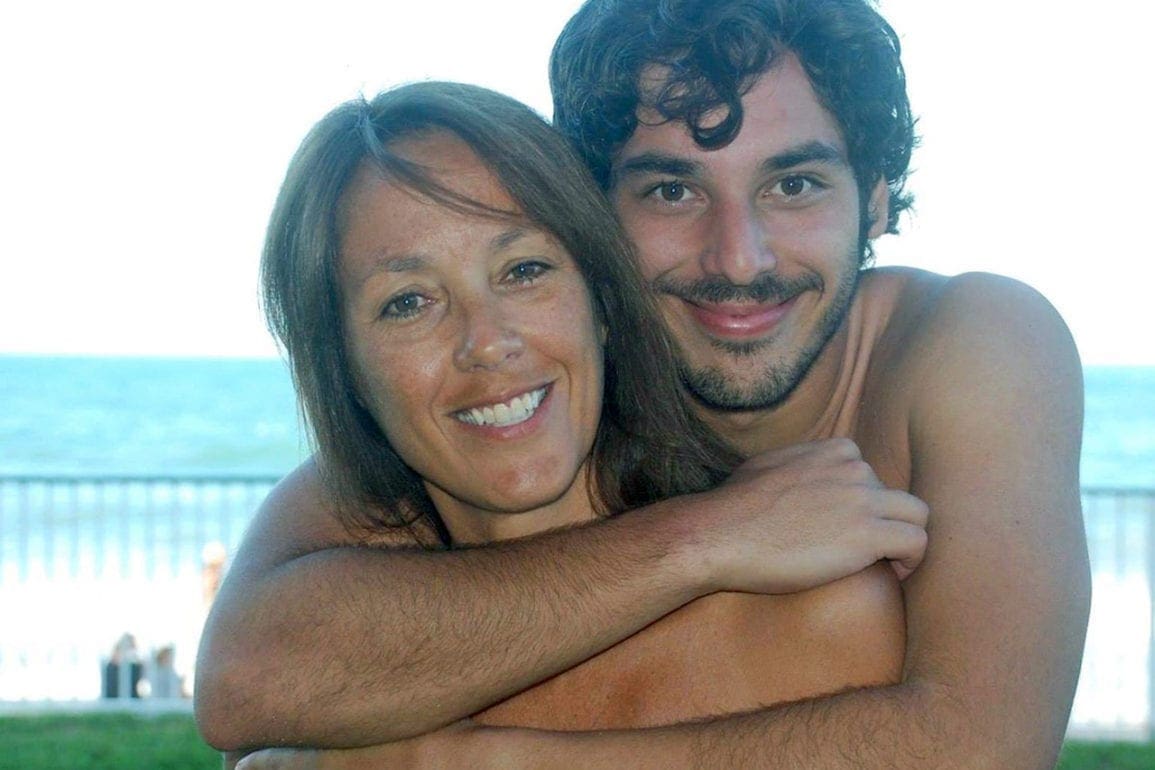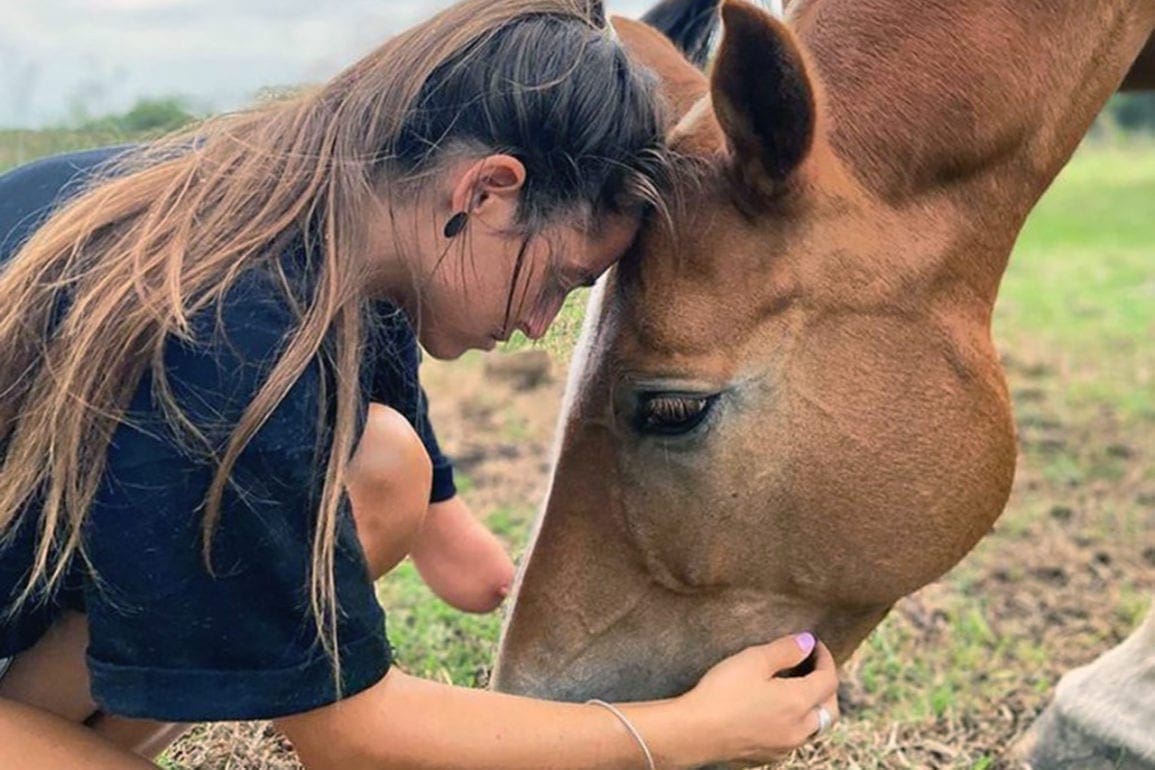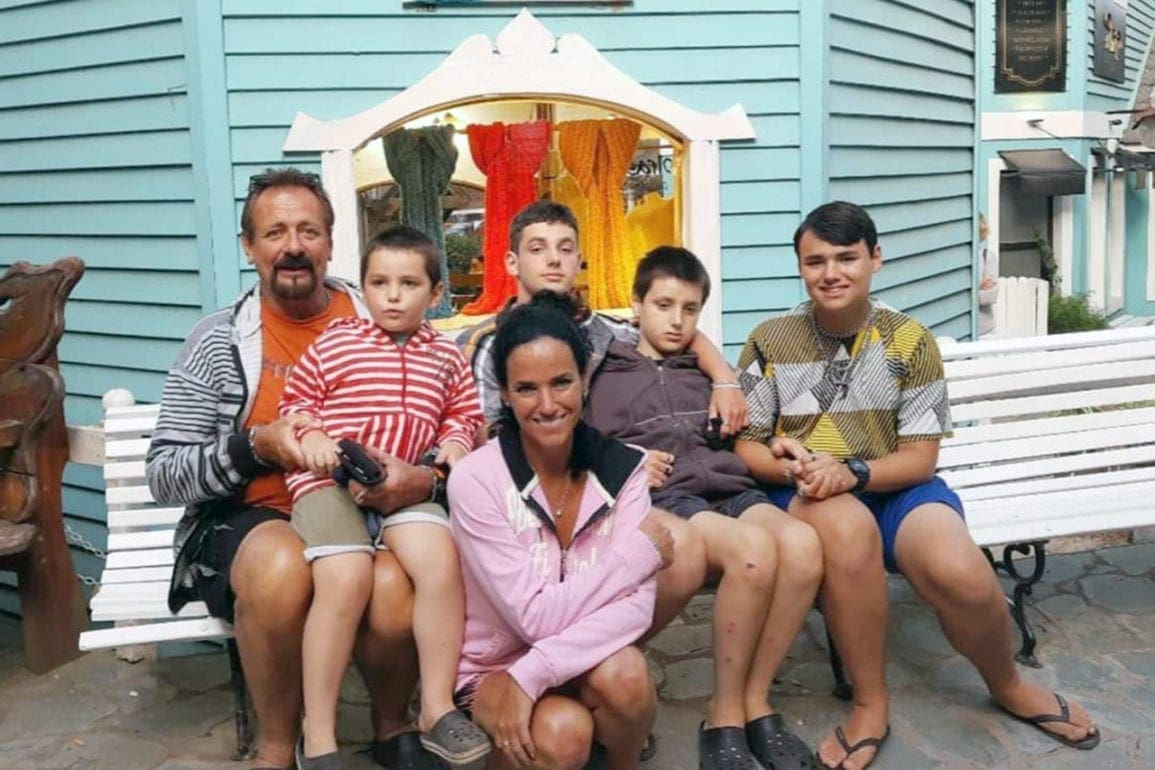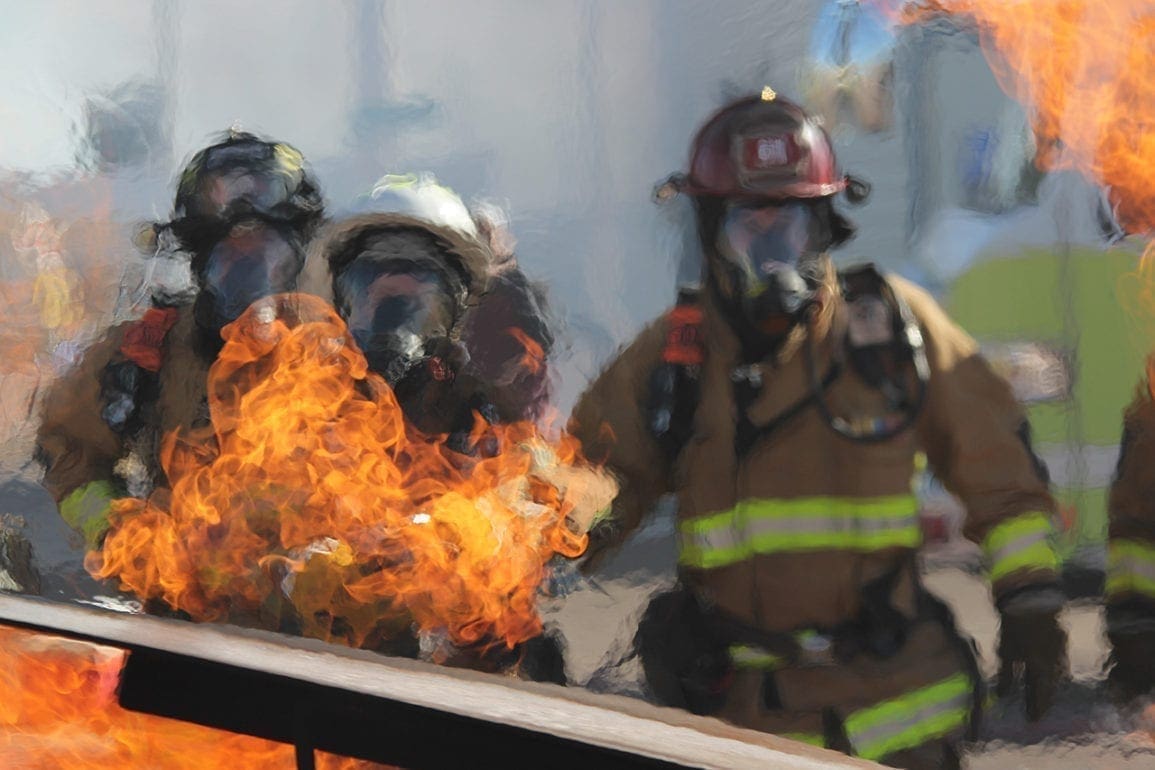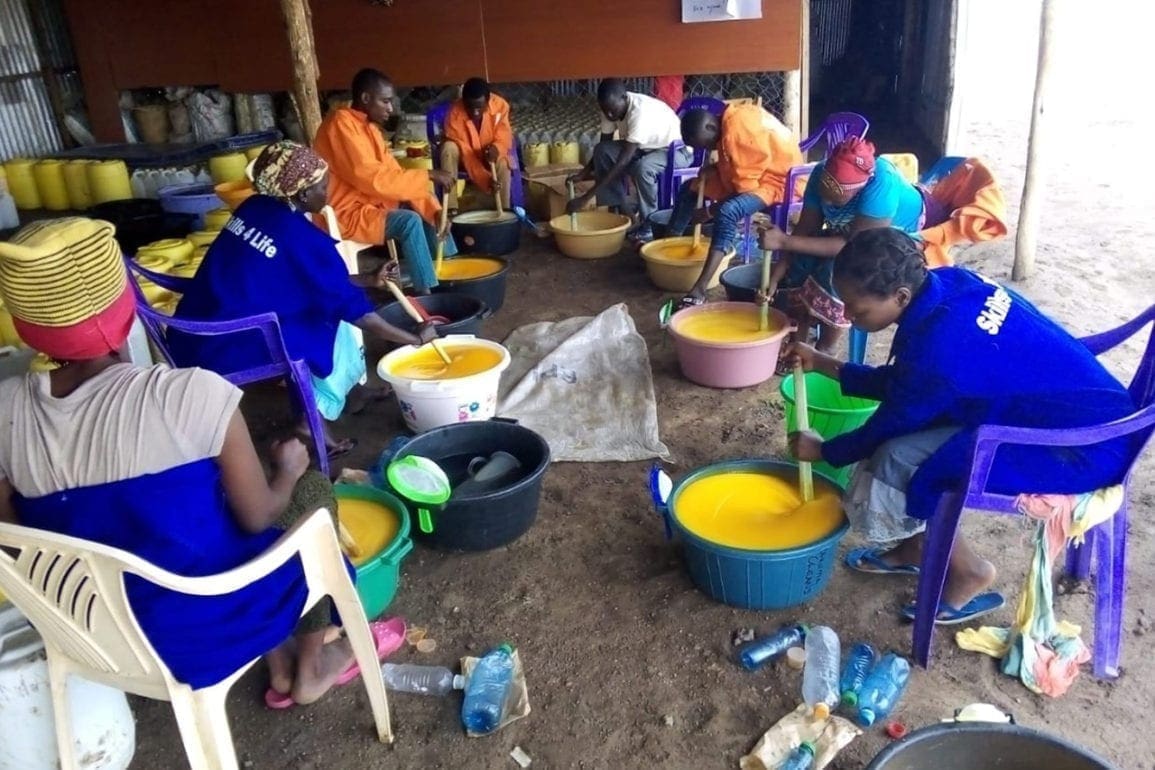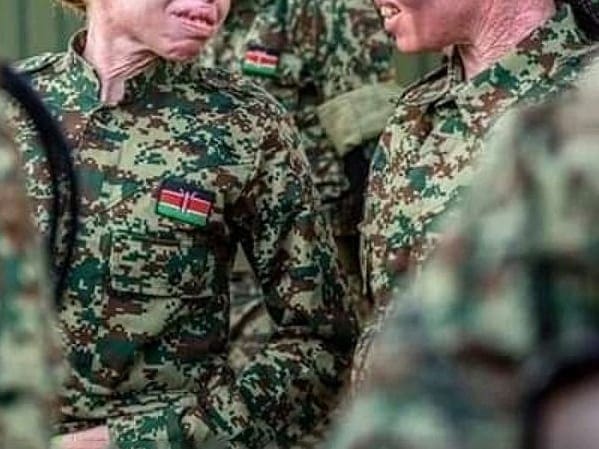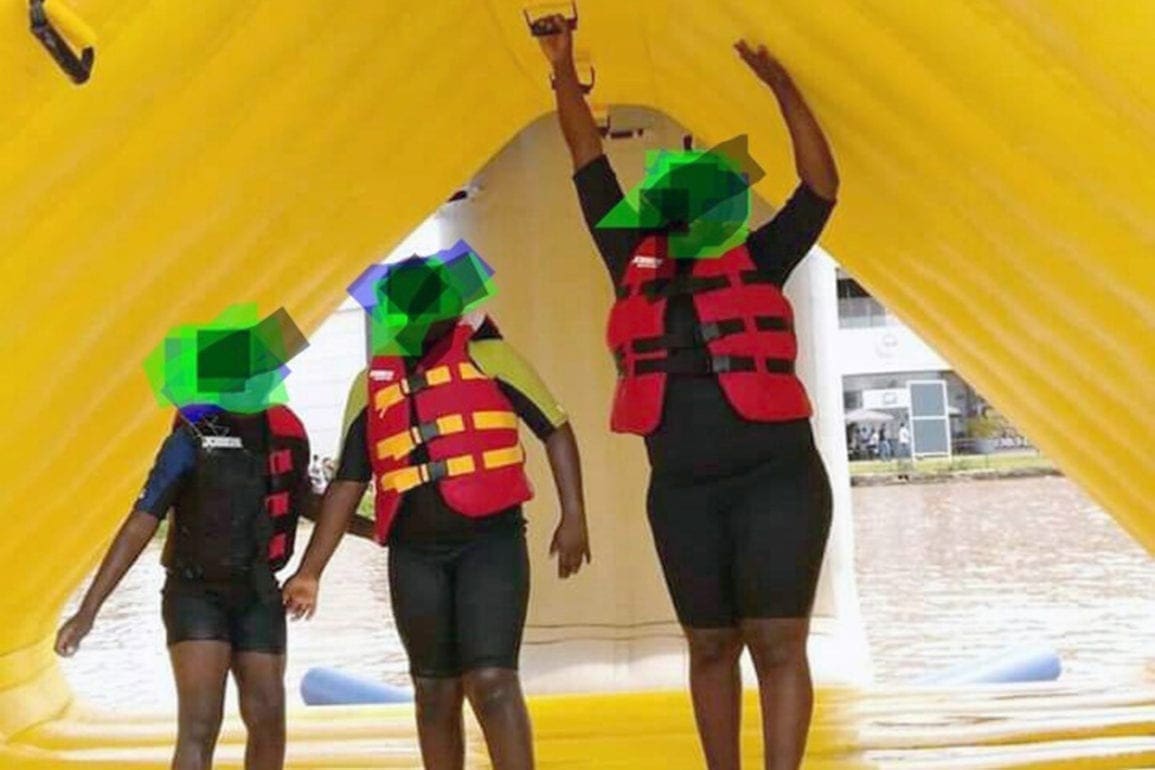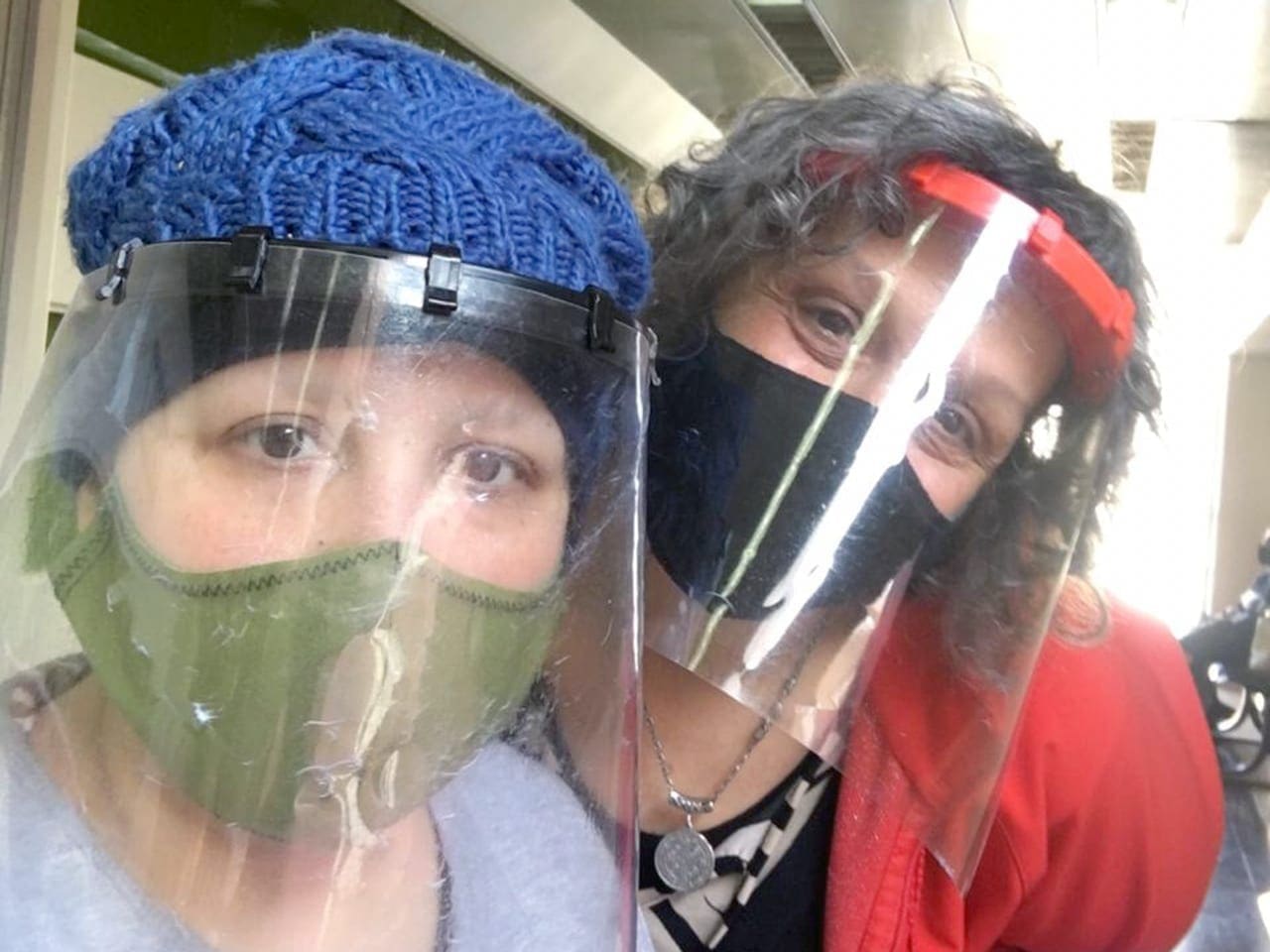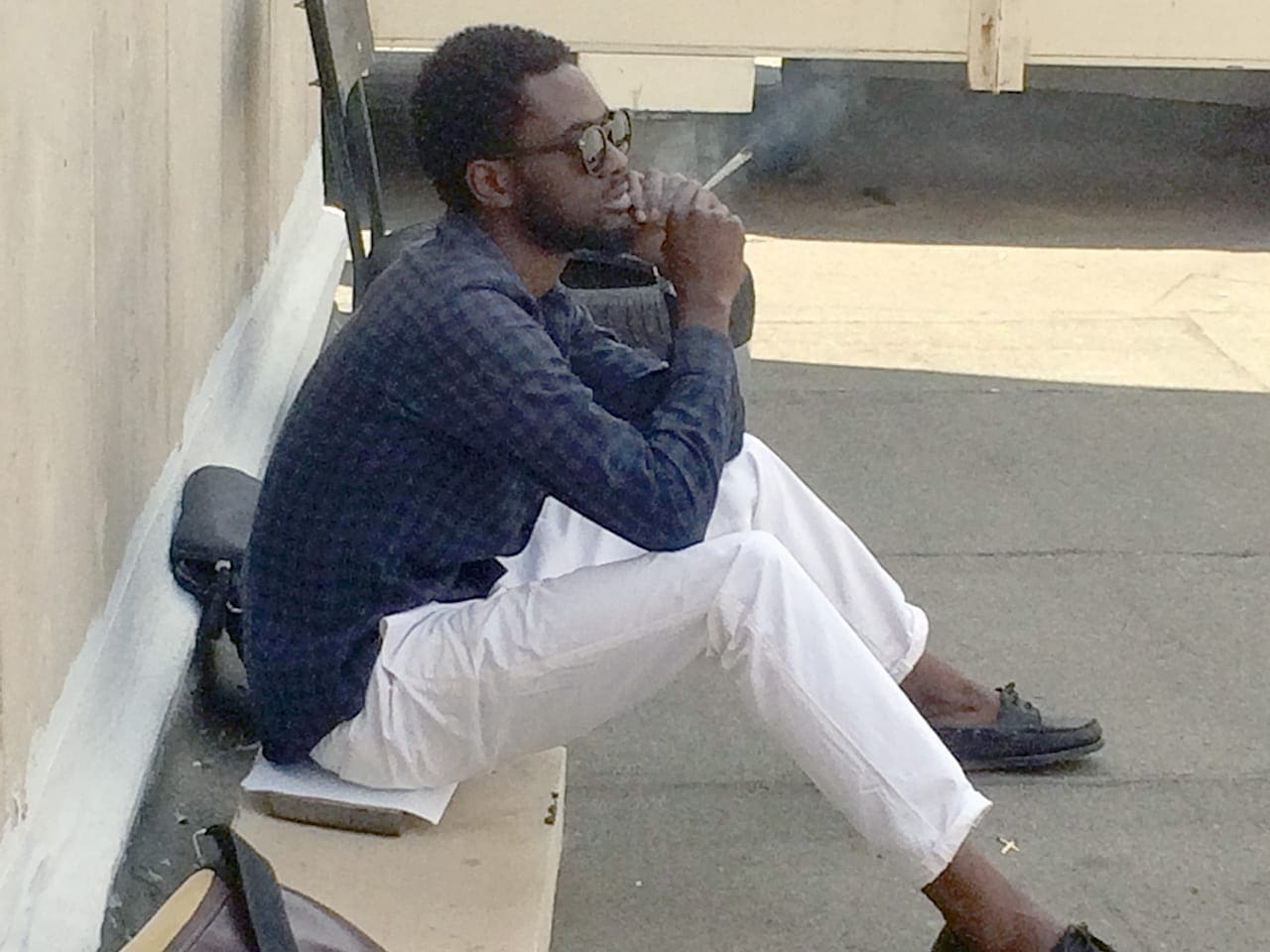A mother’s grief: how Maia’s suicide and a viral tweet created a support network for young people and grieving families
Alone with her in the hospital room, I removed my gloves and caressed her face, wondering what I could have done differently. On the fifth night I sensed her slipping away, and the doctors confirmed the worst. Maia’s condition was irreversible. I touched my daughter for the very last time and said goodbye to my little girl.
- 2 years ago
January 21, 2024
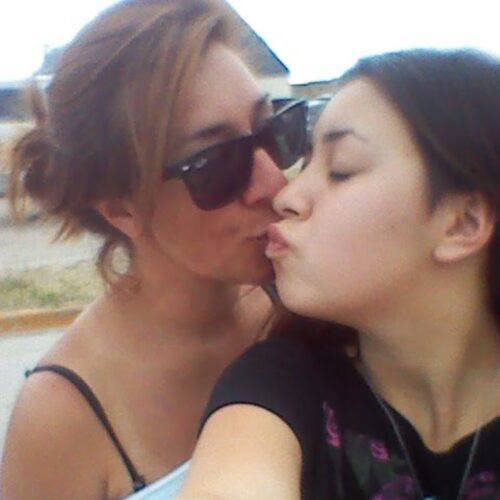
BUENOS AIRES, Argentina — From the moment of her birth, my daughter Maia captivated me. Her pink cheeks, bright eyes, and the sound of her babbling instantly filled me with love. Watching her grow felt like a magical experience. I remember her colorful costumes adorned with sequins and glitter, her playful drawings, and the sight of her singing and dancing.
Some of my fondest memories include our time at sea. I can still hear the echoes of laughter as the banana boat floated on the cool water. Her radiant smile is forever imprinted in my memory, but in her adolescence, things took a dark turn for Maia. My beautiful daughter committed suicide.
Read more mental health stories at Orato World Media.
From a warm and loving summer visit to the depths of depression
The signs of impending problems emerged in Maia’s adolescence. I noticed setting boundaries and managing social interactions became increasingly difficult for her. The problems escalated when I divorced Maia’s father, and my relationship with her became strained and distant. At 16 years old, she left home to move in with her maternal grandmother. Maia found solace there. She and my mom became close confidants, and when her grandmother passed away, it devastated Maia.
For a list of suicide hotlines around the world, click here.
At 18, she moved in with her dad, alternating between his house and her aunt’s. She put heavy demands and high standards upon herself, striving for achievement. My attempts to reconnect never materialized. Then, Maia met her boyfriend, and everything changed. A look of happiness spread across her face and our relationship improved.
In January 2022, Maia arrived in Necochea for a visit. My heart soared as we shared precious moments – the kind I had deeply missed. We walked along the shoreline, talking, and dreaming about her future. When I looked over at her, I saw peace, and it filled me with contentment. Little did I know that summer visit would be a farewell rather than a fresh start.
After a fight with her boyfriend, Maia became isolated and sunk into an abyss of sadness. She started psychological treatment but in a moment of despair, she attempted suicide by overdosing on pills. Unable to travel due to financial constraints, I relied on her father and aunt to care for her in the hospital. Evicted from my home, that period in my life felt like a nightmare.
I touched my daughter’s face for the last time
Maia left the clinic after her suicide attempt while I managed to secure a new home, hoping Maia might come live with me, but she refused. Then, Maia disappeared for three days. We discovered she had been hiding on the terrace of her house. In a heart-wrenching phone call, I listened as my daughter told me goodbye.
Desperately trying to dissuade her, I felt like I held onto my daughter’s life by a fragile thread. Surprisingly, she agreed to come home, and a moment of relief washed over me, but my hope would be short-lived. Two days later, on November 6, I received a devastating phone call. Maia attempted suicide again by jumping from her father’s balcony and suffered severe brain damage.
Listening to the news, images formed in my mind of Maia’s final moments. I pictured the view from the balcony and the street below. Haunted by the thought of her leaping into the void, my heart shattered into a million pieces.
Questions pummeled my mind: What transpired in those final moments? Did Maia regret her decision? I felt tormented, traveling urgently to the hospital where she spent her last six days of life. What did my daughter feel? It was like she was trapped in the mouth of a beast.
Alone with her in the hospital room, I removed my gloves and caressed her face, wondering what I could have done differently. One the fifth night I sensed her slipping away, and the doctors confirmed the worst. Maia’s condition was irreversible. I touched my daughter for the very last time and said goodbye to my little girl.
Building a community for people struggling with suicidal thoughts and families who lost loved ones
The next morning, Maia passed away from suicide. Overwhelmed by grief, I called my husband. The journey back to my house was a blur of tears and wrenching pain. I felt a part of me detach and never return. While the embrace of my husband and children brought some relief, the pain remained indescribable.
After Maia’s tragic decision to take her own life, I turned to X [formerly known as Twitter] to express my grief and connect with people in similar situations. Unexpectedly, my tweet went viral – resonating with so many who shared this horrible experience of losing a loved one to suicide. The platform became a space for support during painful times.
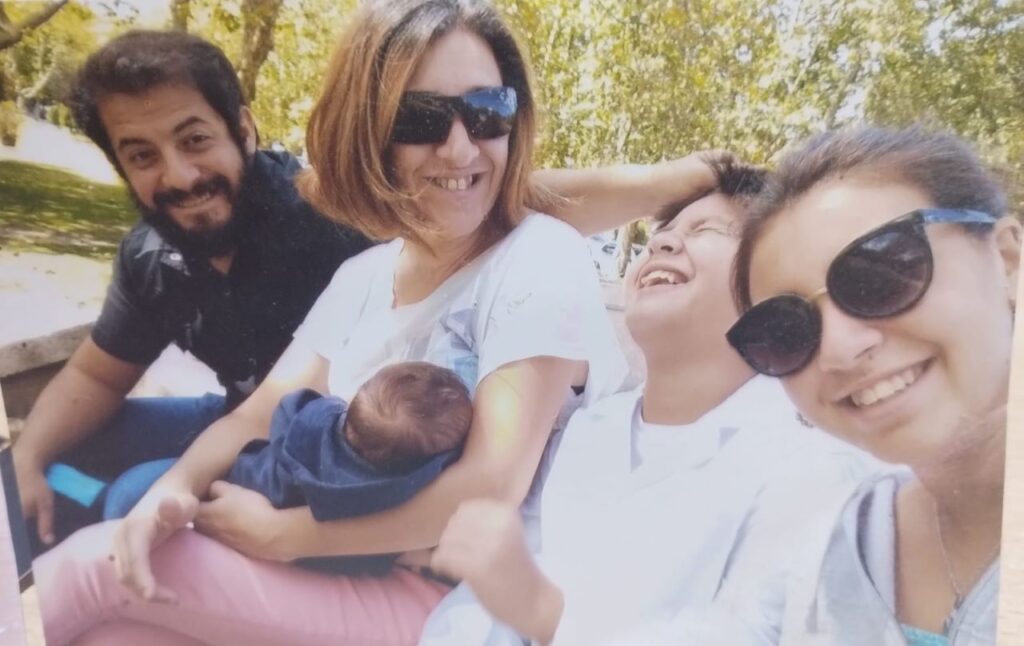
When I encounter parents enduring the grief of losing children to suicide, I deeply empathize with their anguish. Before Maia died, when she was struggling with depression, I wondered what it would feel like to lose her – the fear forever present in my mind. When Maia died, the enormity of pain experienced by those left behind became crystal clear.
I continue to struggle, but rely on the support of family, friends, and professionals. My social media inbox overflows with messages, especially from young people. I hear echoes of Maia in their words; their stories giving me purpose to continue to speak out about suicide.
At times, the grief overwhelms me. While writing has become a form of breathing for me, when I find myself in the depths of anguish, even this becomes impossible. In those moments, I remind myself, “this too shall pass.” I give myself time to feel and heal.
Finding purpose in the tragic suicide of my daughter Maia
As the puzzle of my life slowly comes together, I know one piece will always be missing. At times, that piece obscures the entire picture, but other times it fades to the edges, allowing me to see the whole. Mourning the loss of a child remains difficult to describe. Sometimes, I look through her childhood belongings – her t-shirt, teddy bear, baby clothes, cards she received, and photos.
This box represents a world of grief, but when I close it, I remember how fortunate I am to have known Maia; to share a part of life with her. That thought keeps me going, despite missing her every day. In my network on X, we share our thoughts and discuss questions like who to talk to when a loved one dies from suicide.

Receiving this support, helping others, and bringing visibility to our experiences with suicide remain vital to surviving such a tragedy. Each day, I raise my voice to say, “Suicide is not a solution.” I extend my hand as a listener, ready to wipe away the tears from the faces of those who are struggling with suicidal thoughts and those who have endured the loss of a loved one.
In the wake of Maia’s passing, I found a platform on X to advocate for openness in times of sadness and anxiety. This unexpected platform became a beacon of light for many – particularly for young people struggling like Maia did. While I face overwhelming sorrow, I draw comfort from my community and I cherish every moment I shared with my beautiful daughter.

